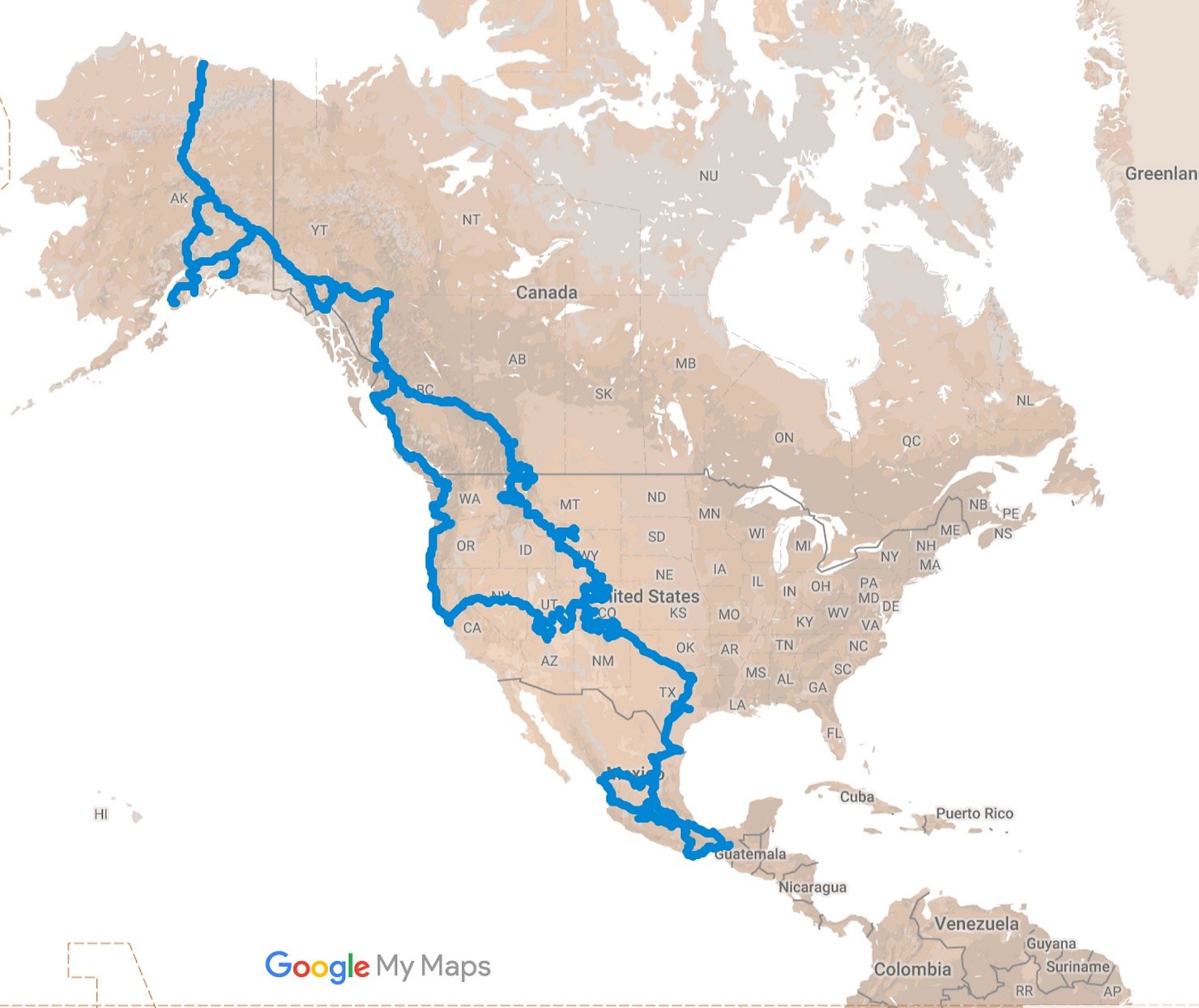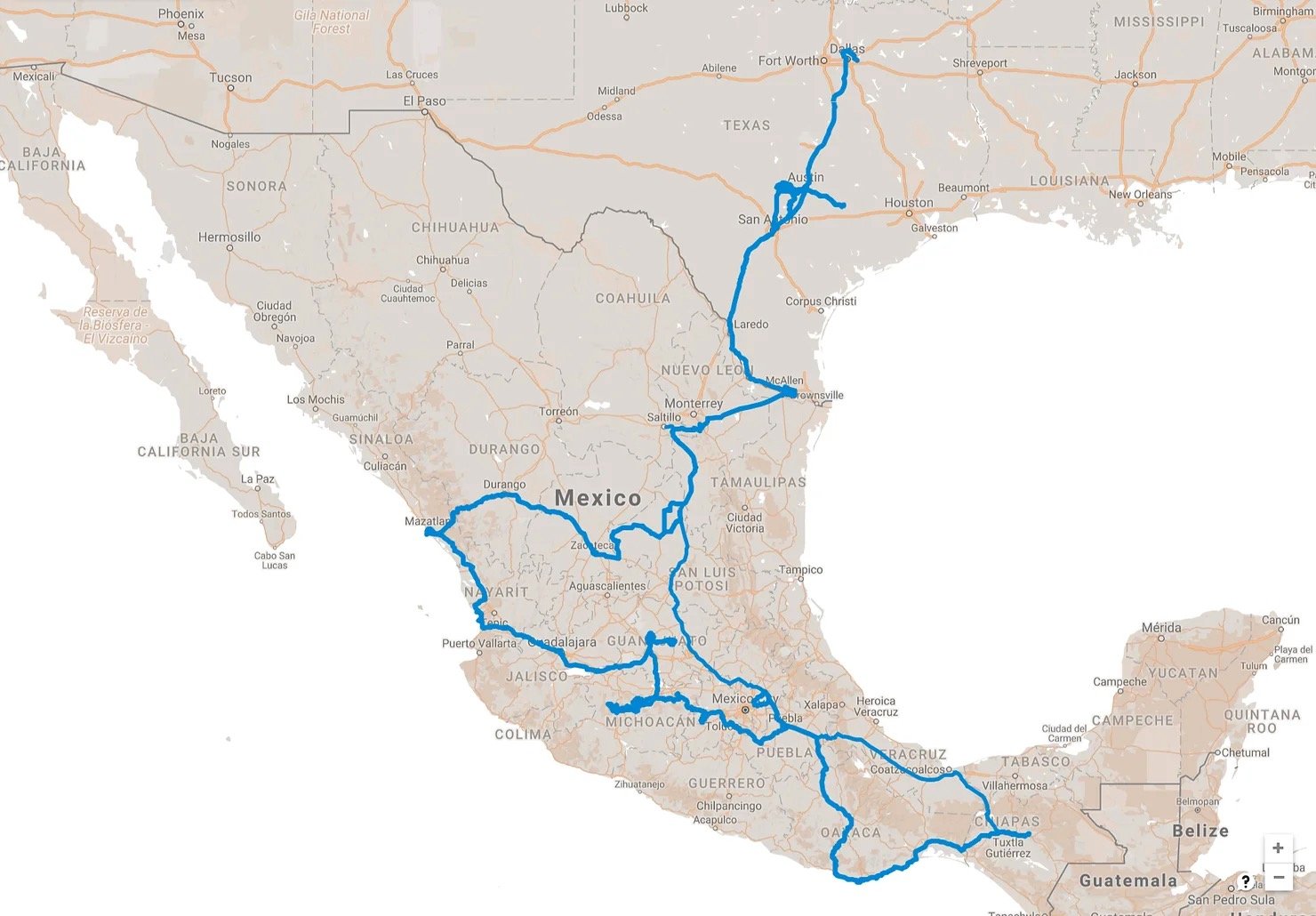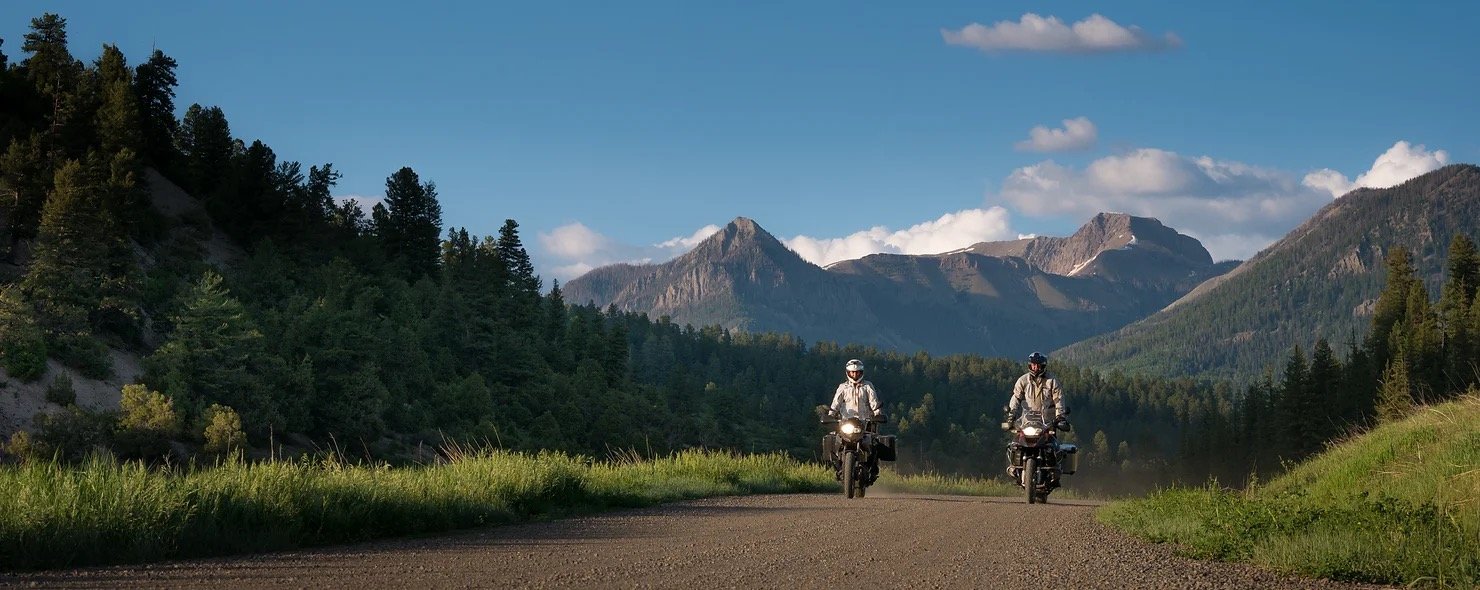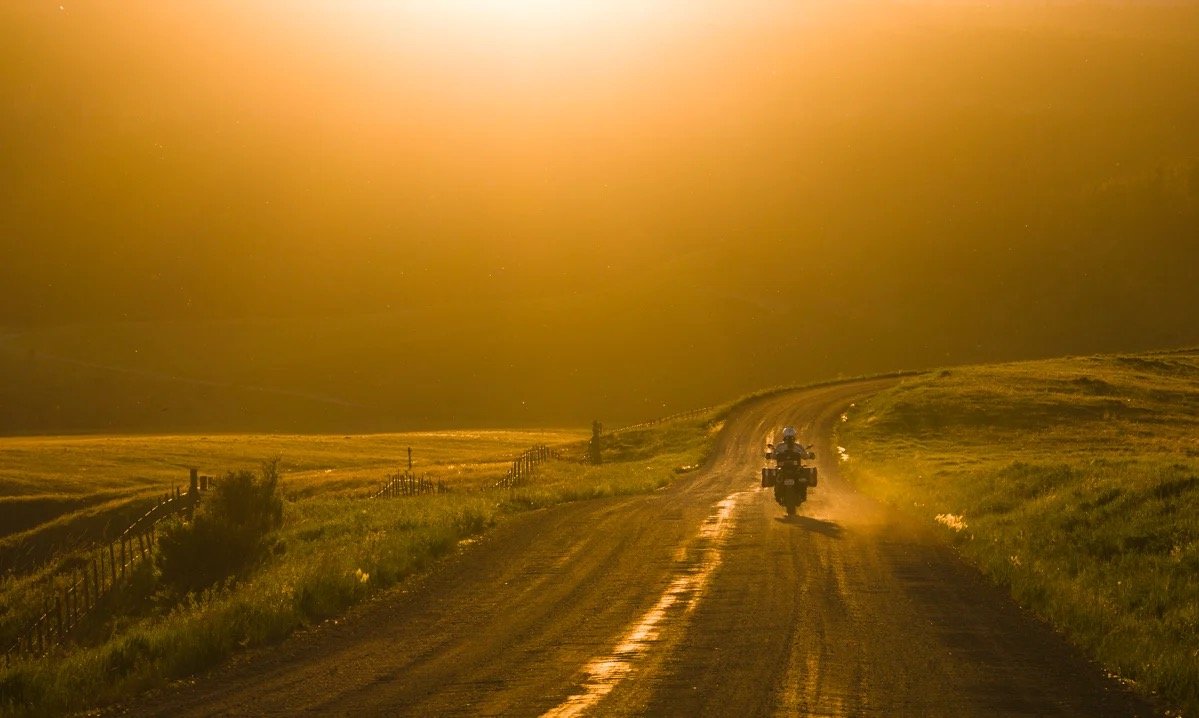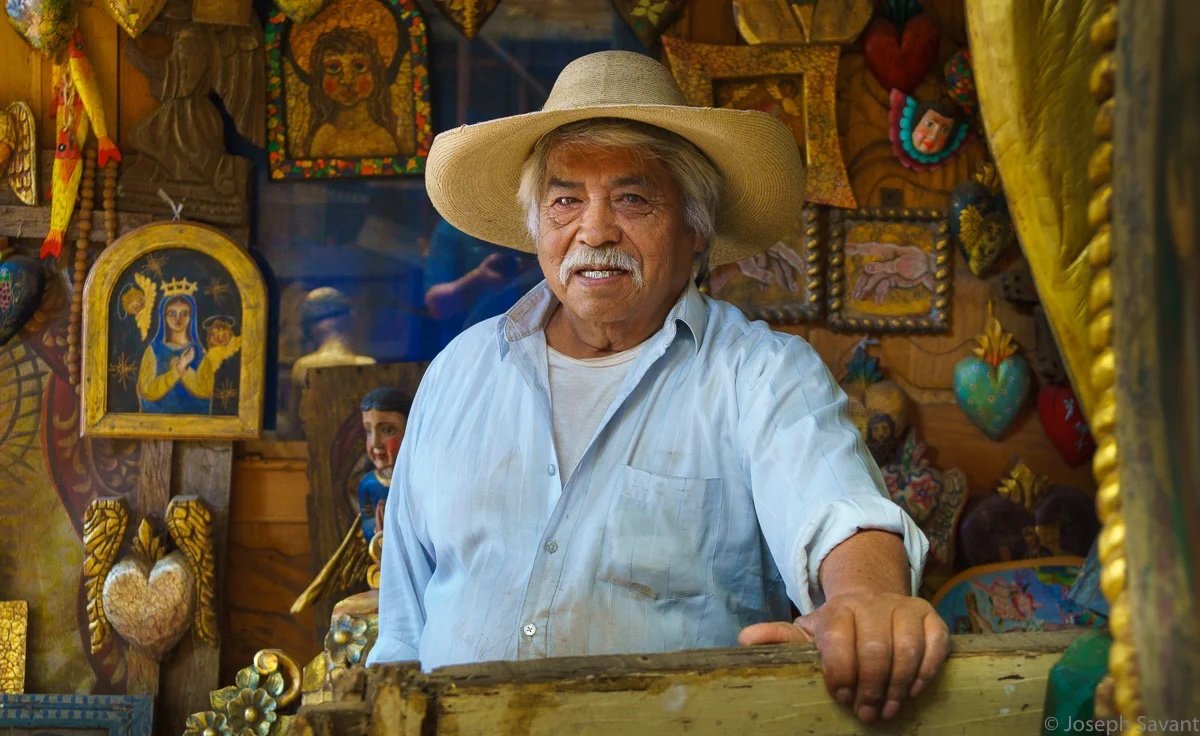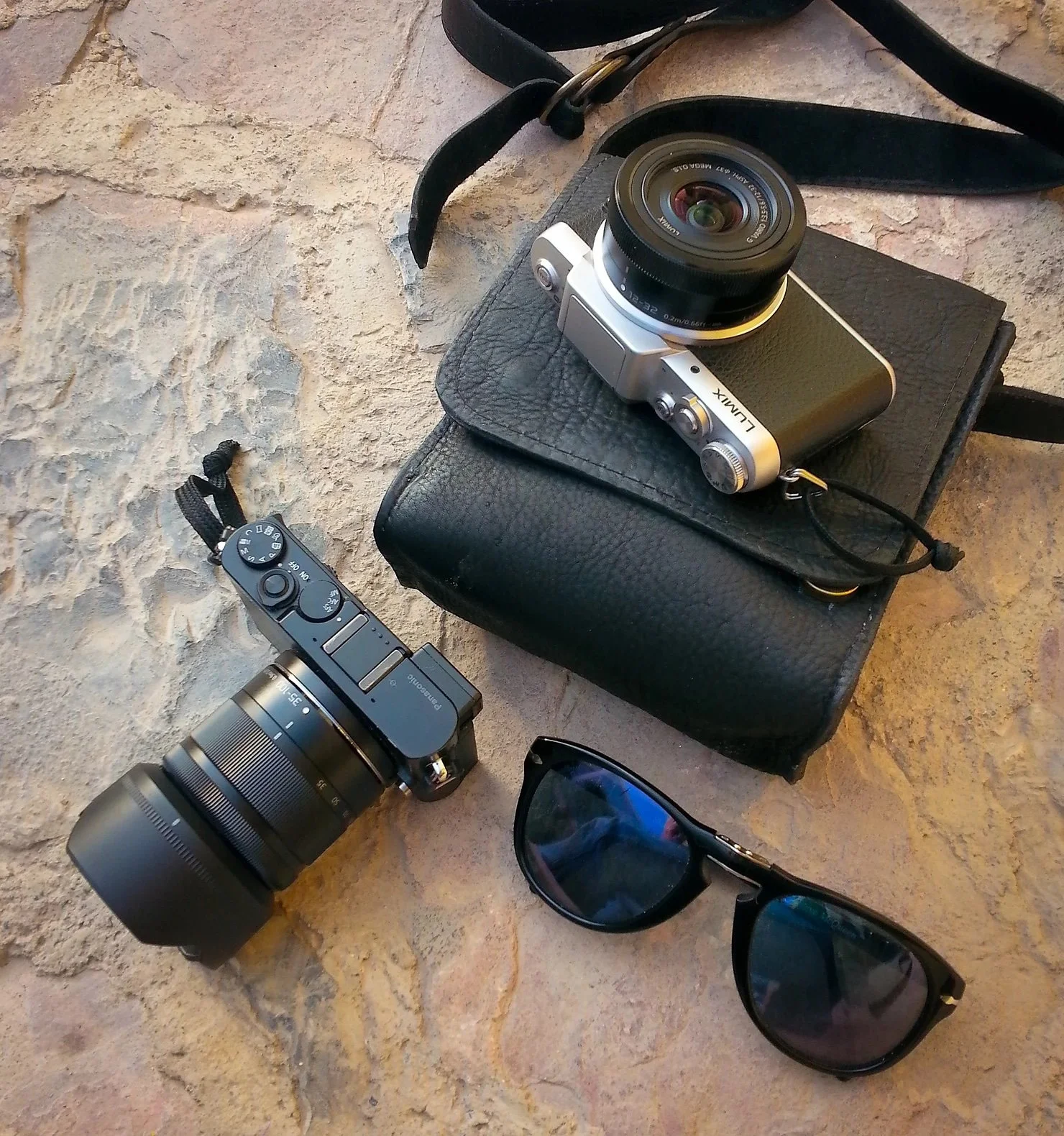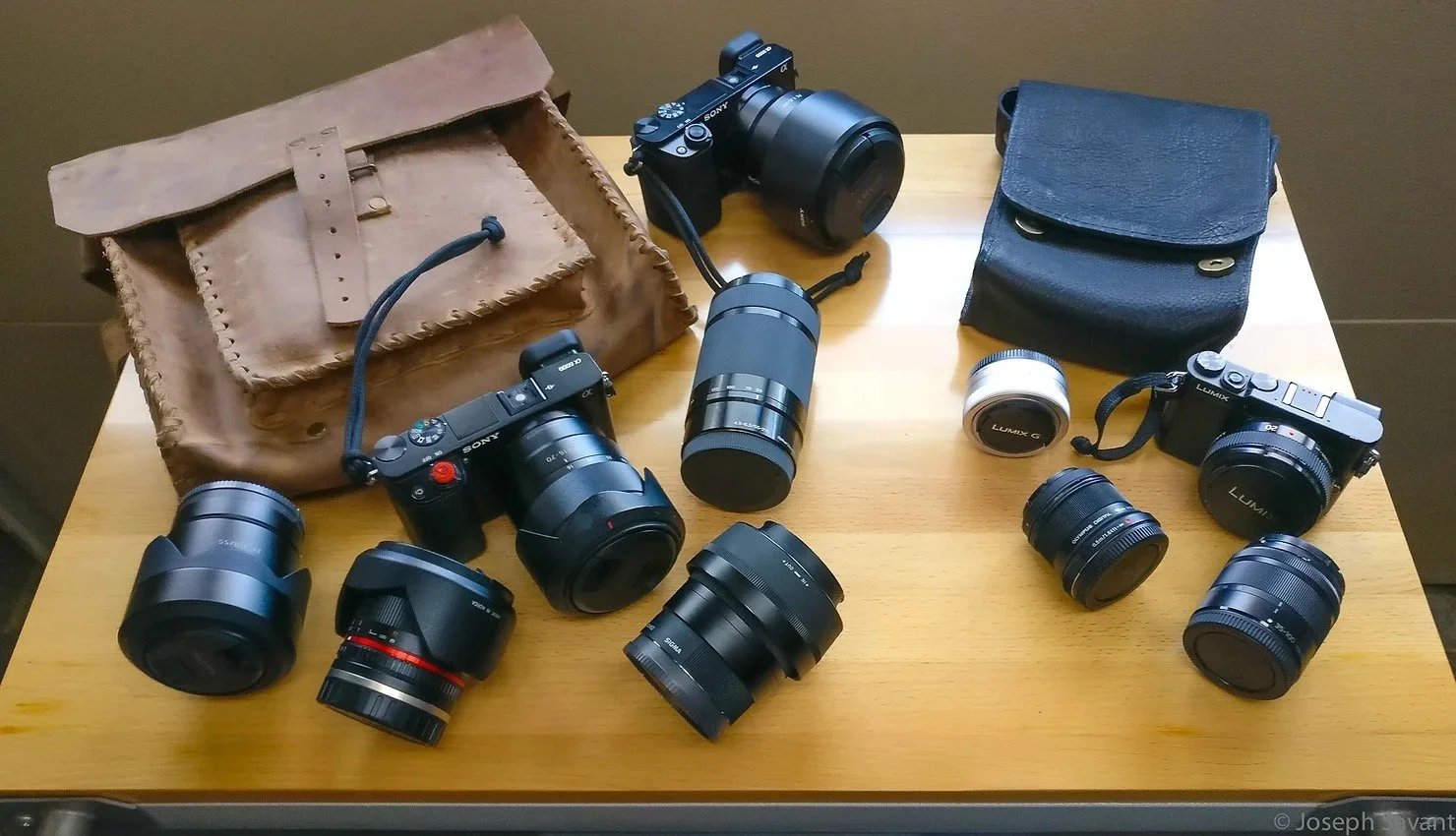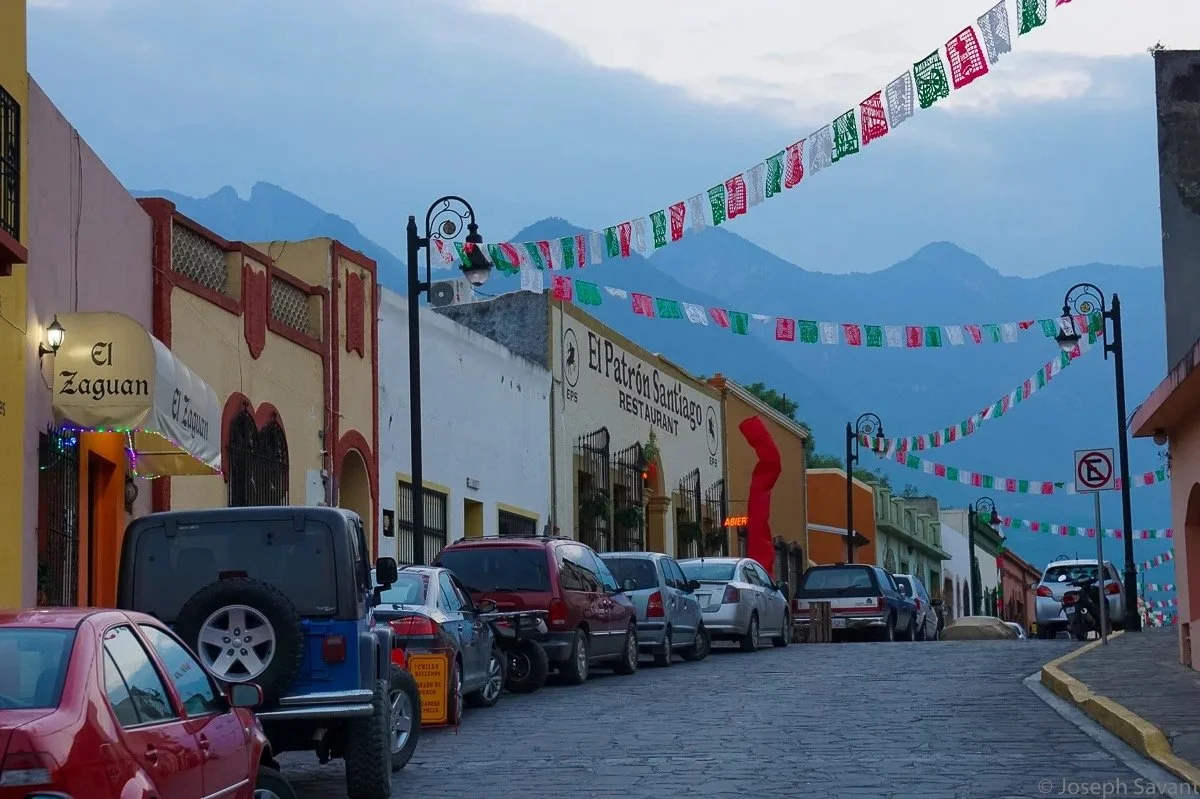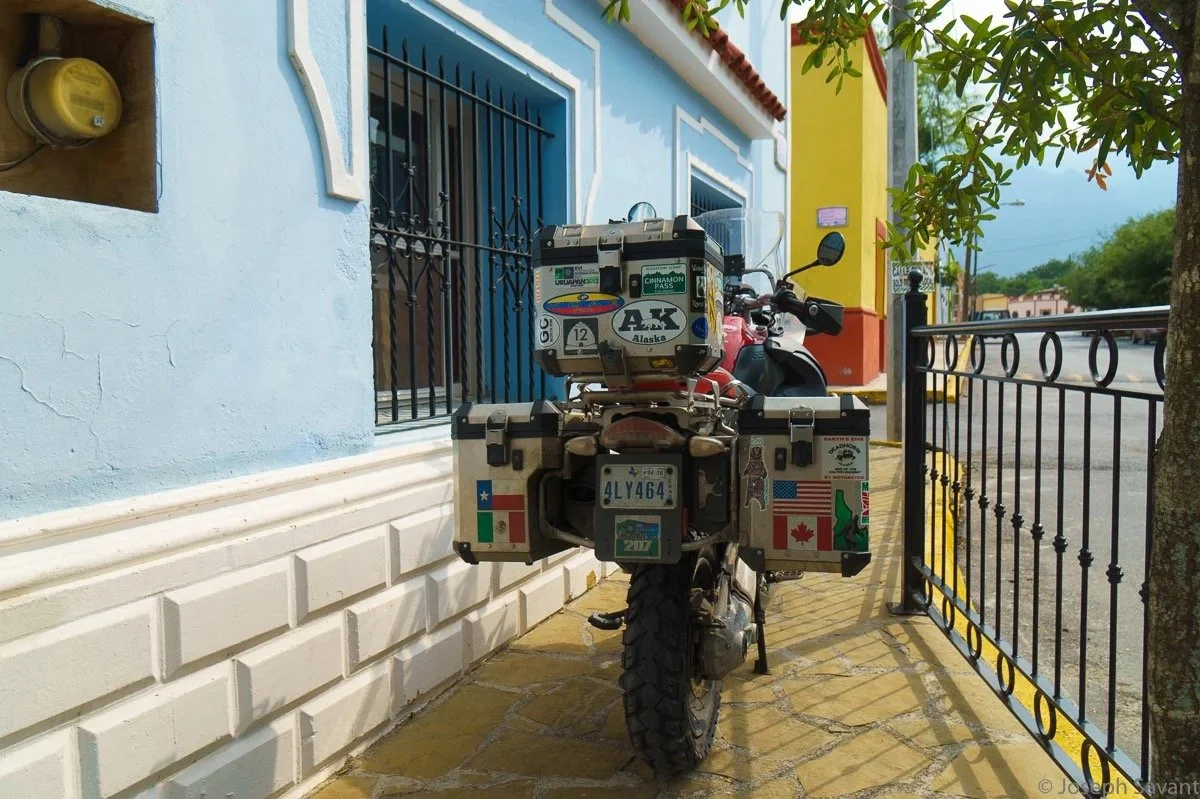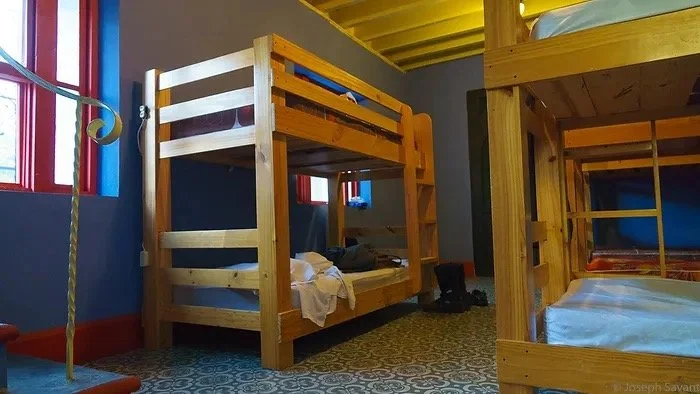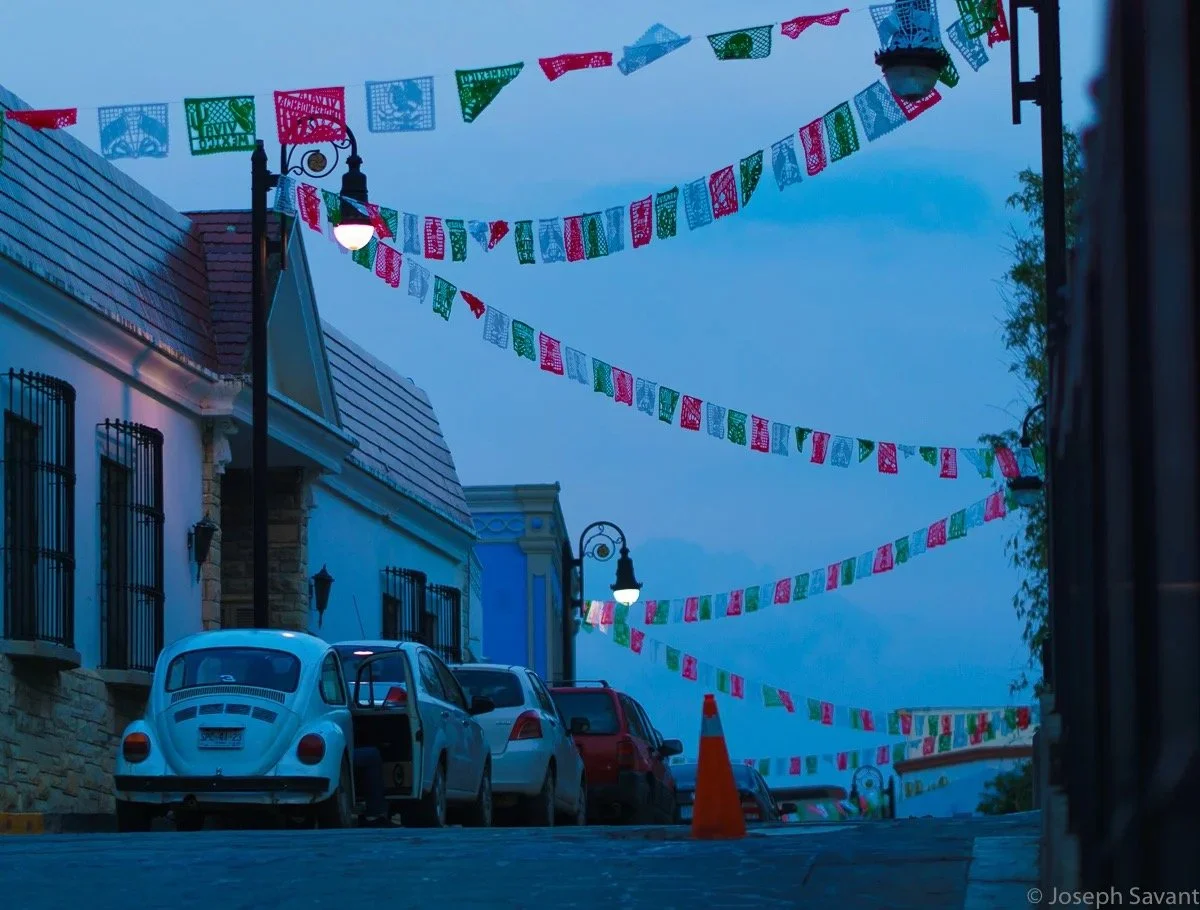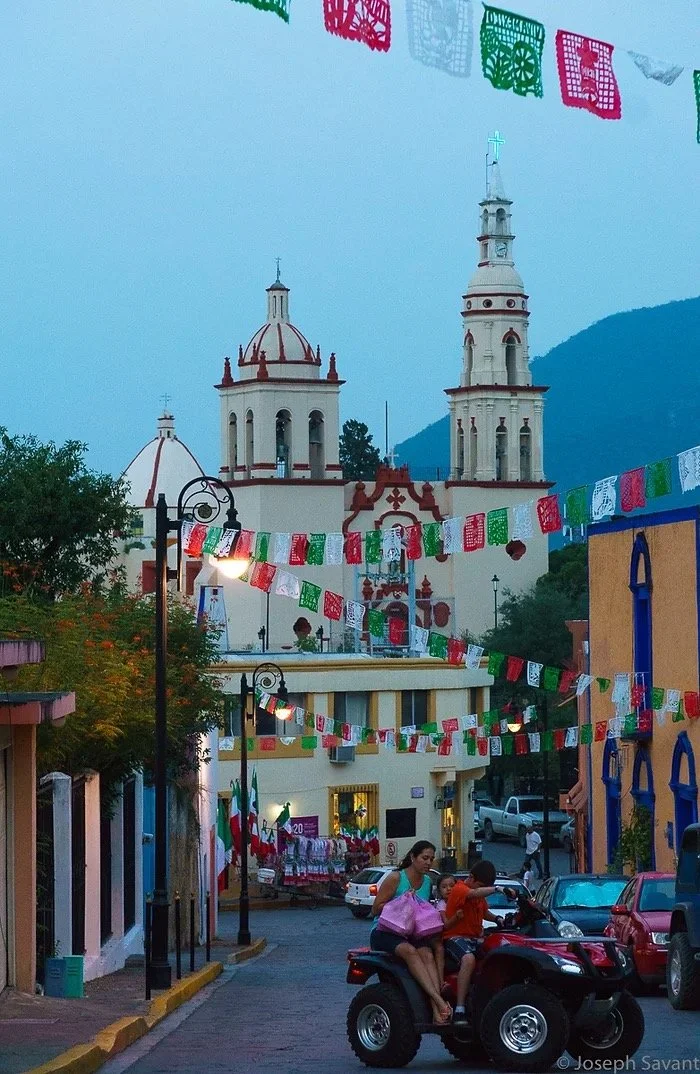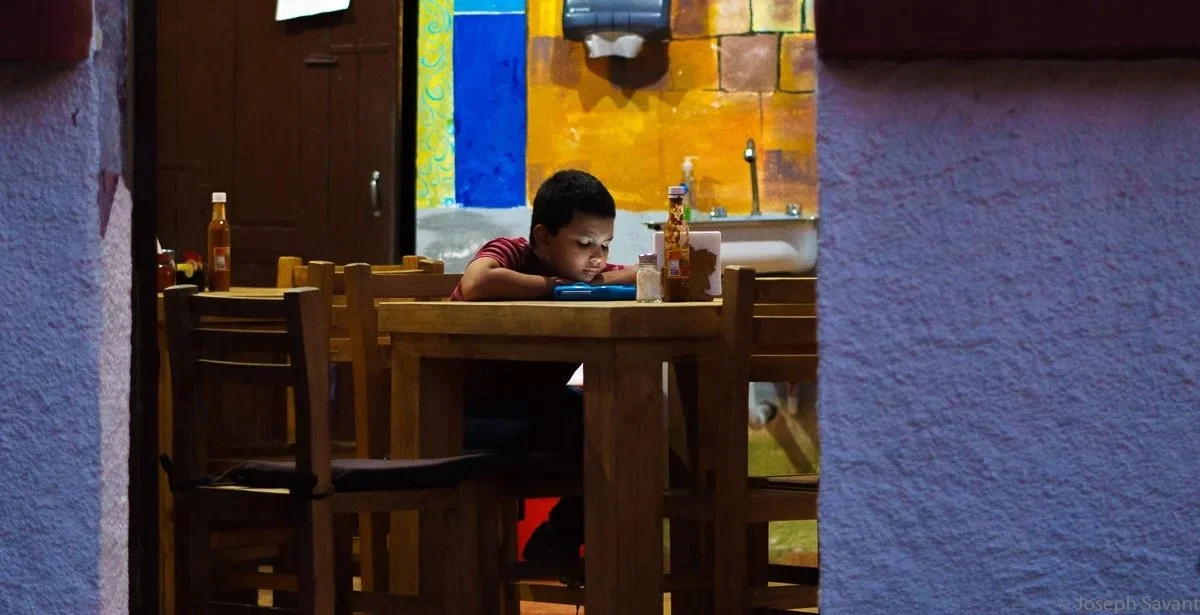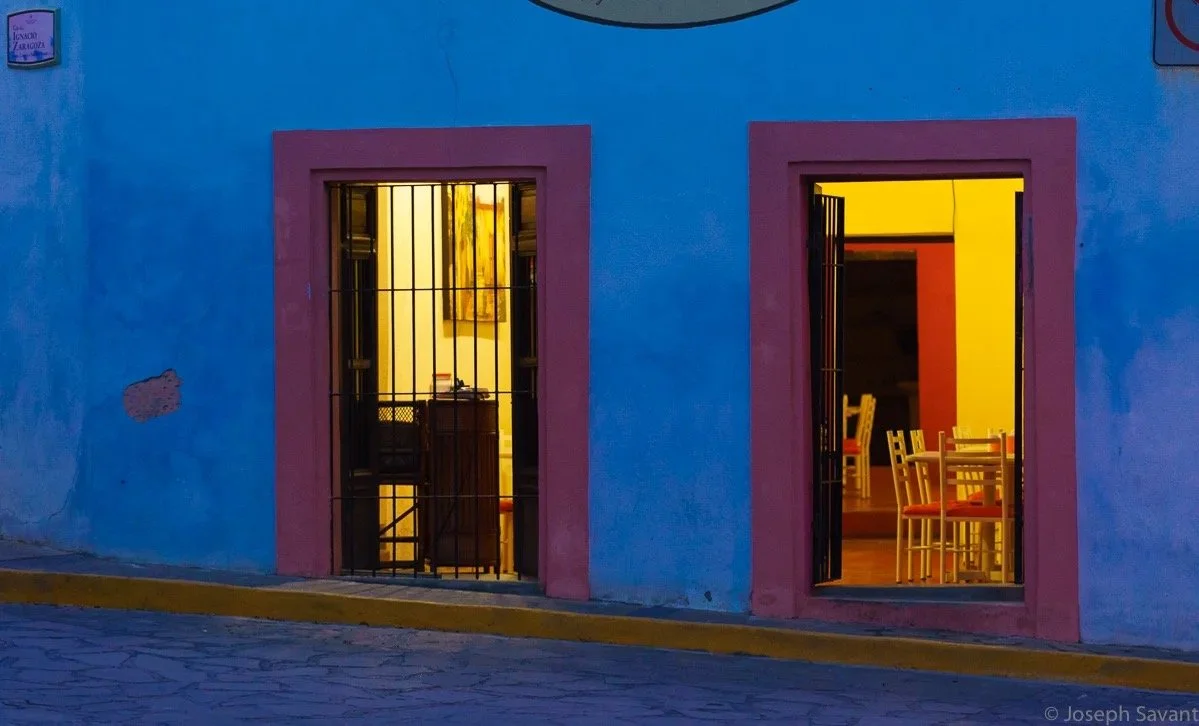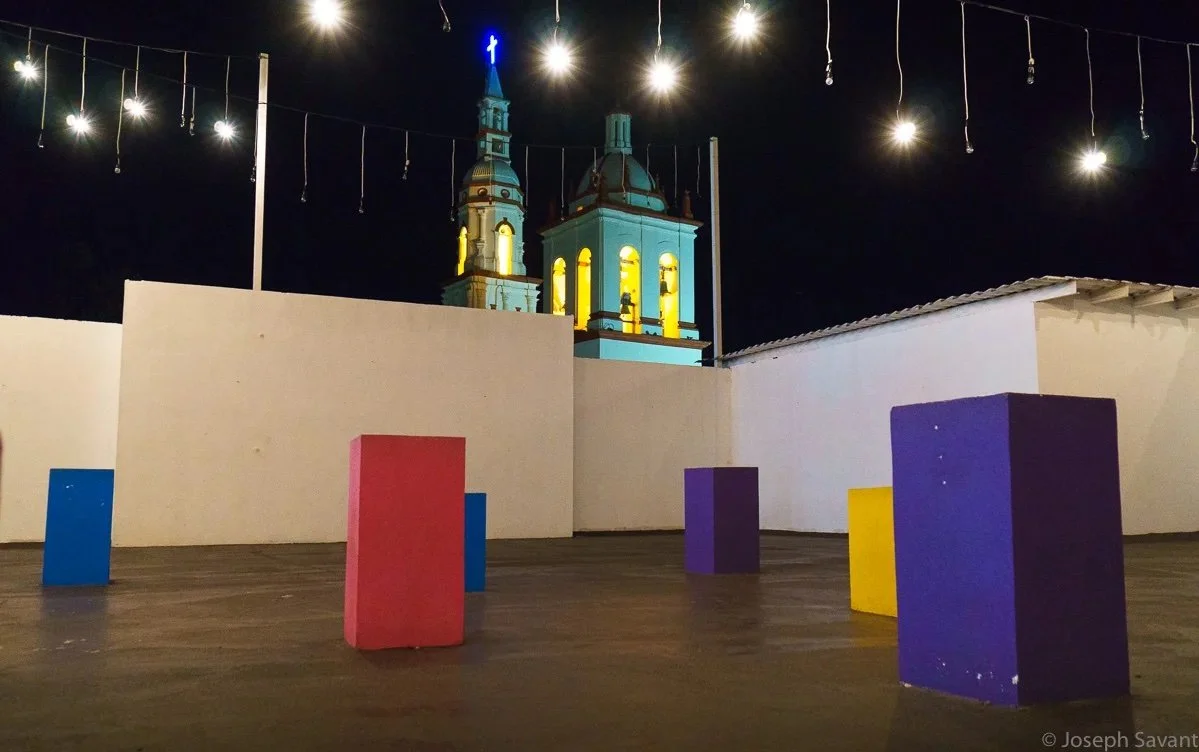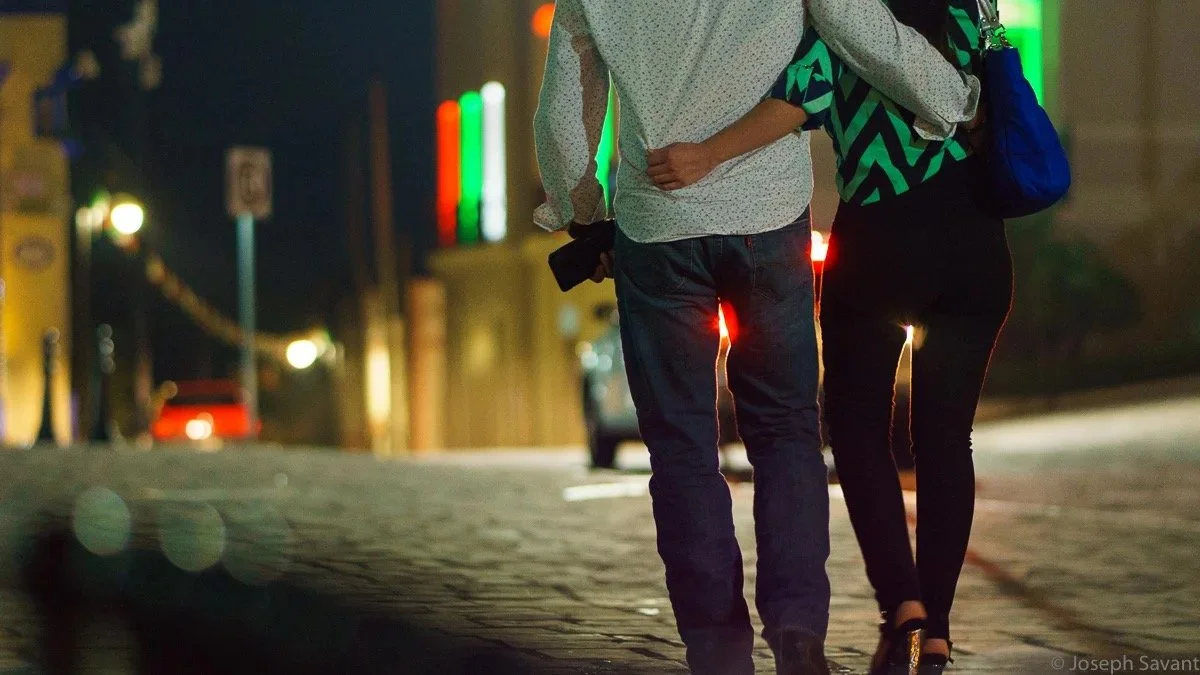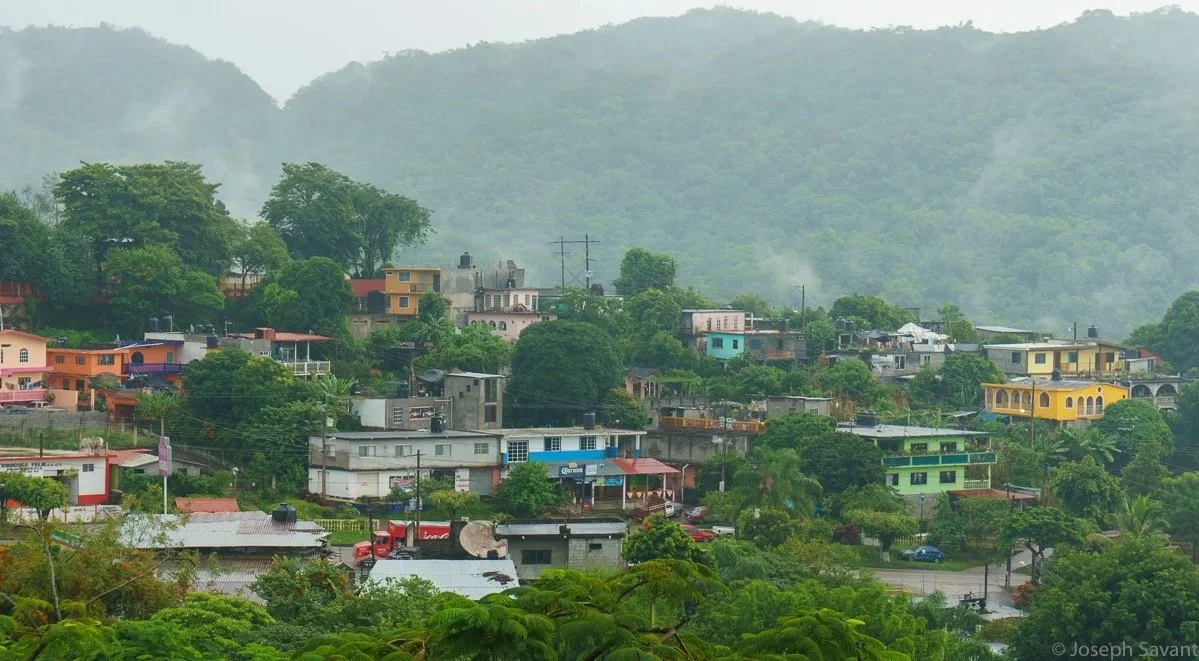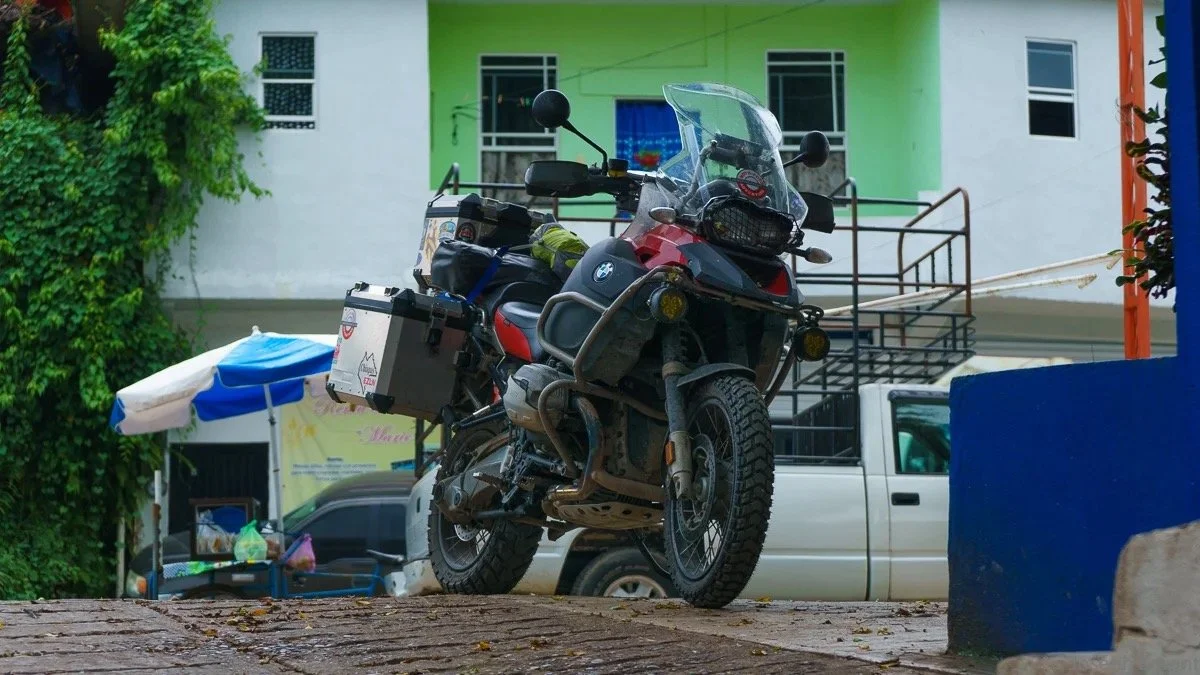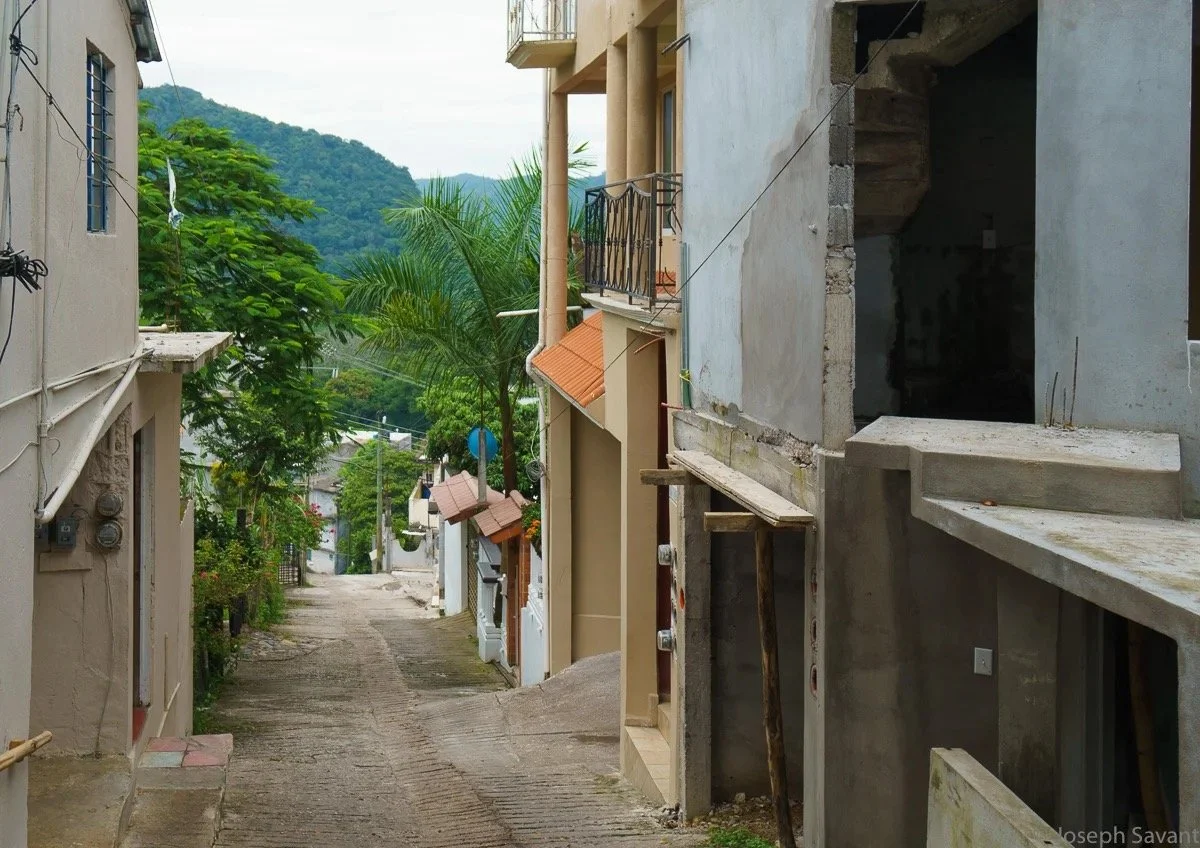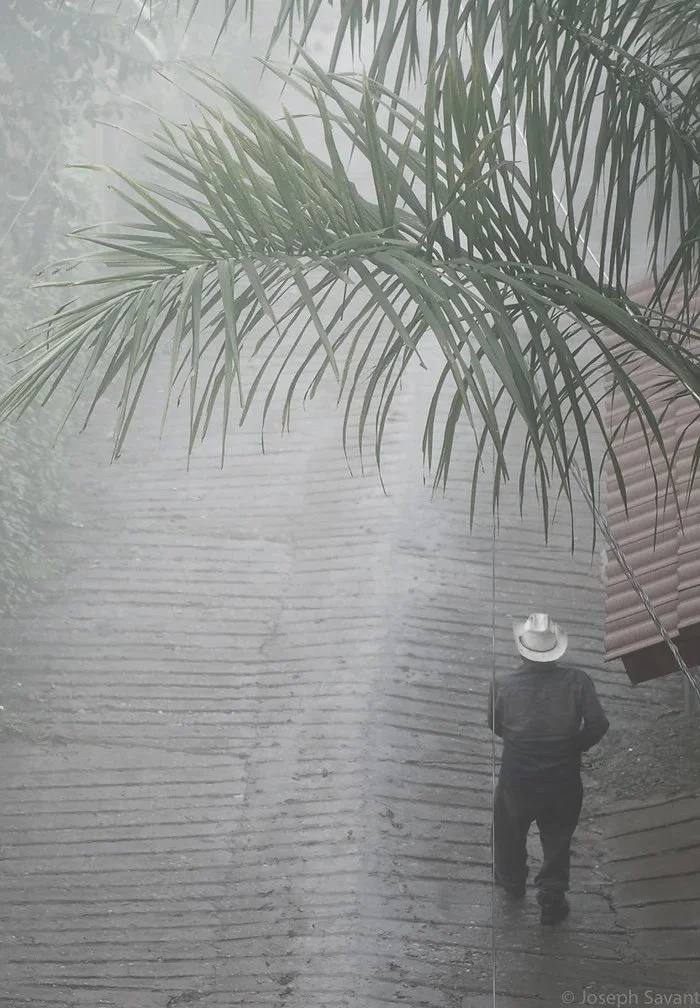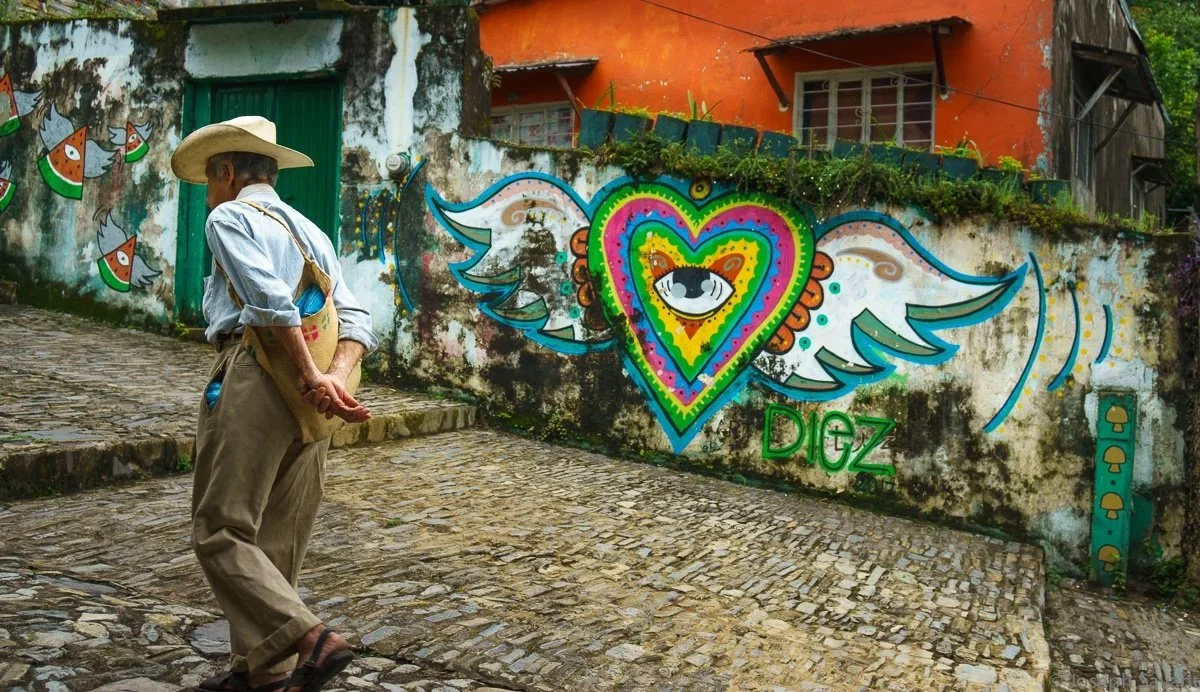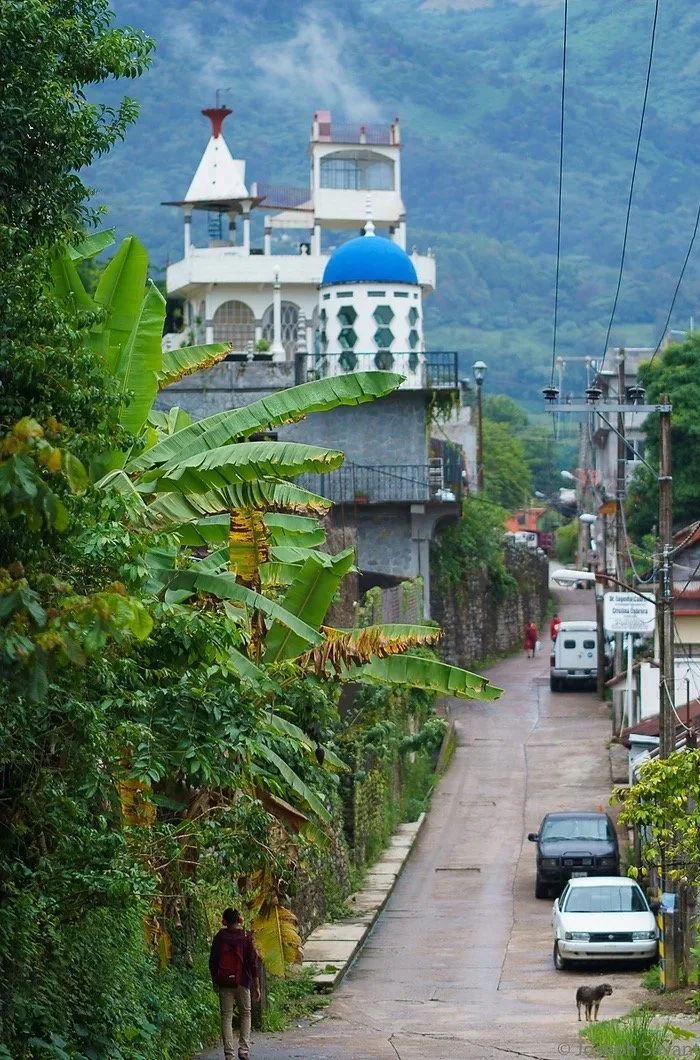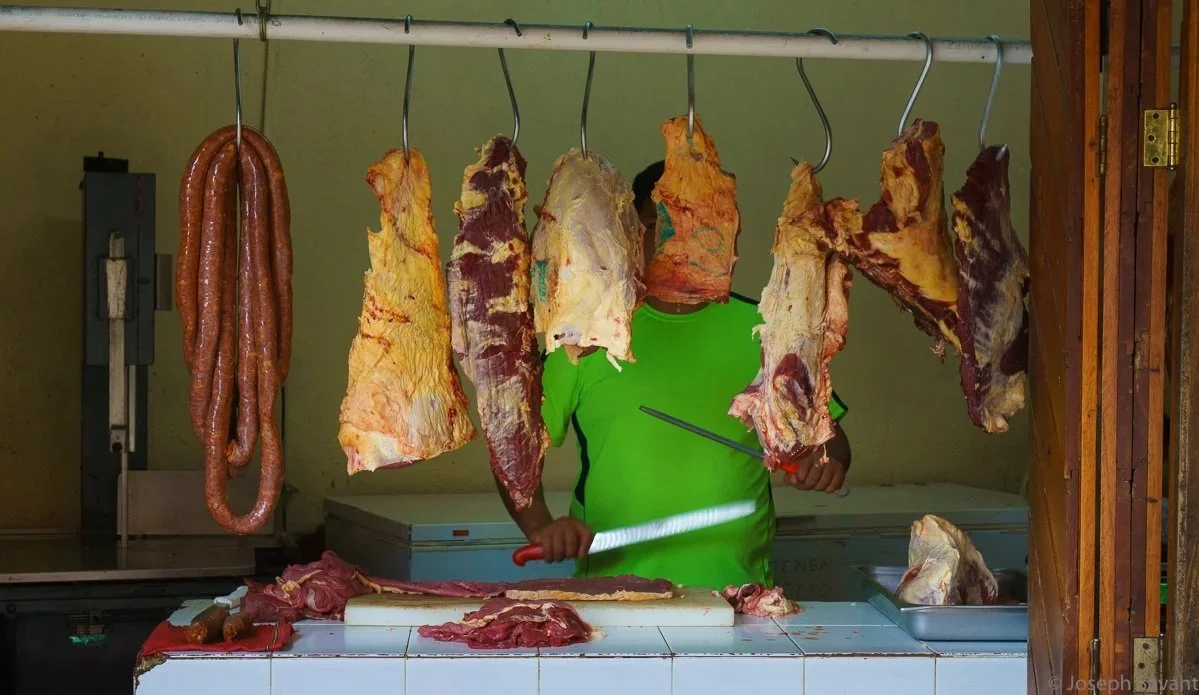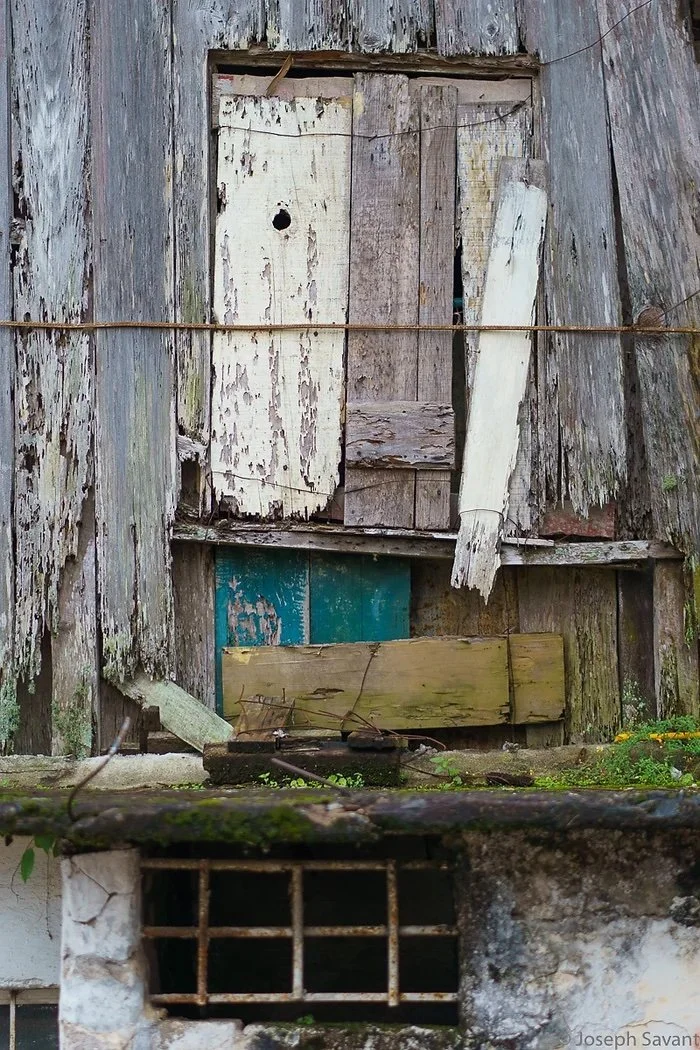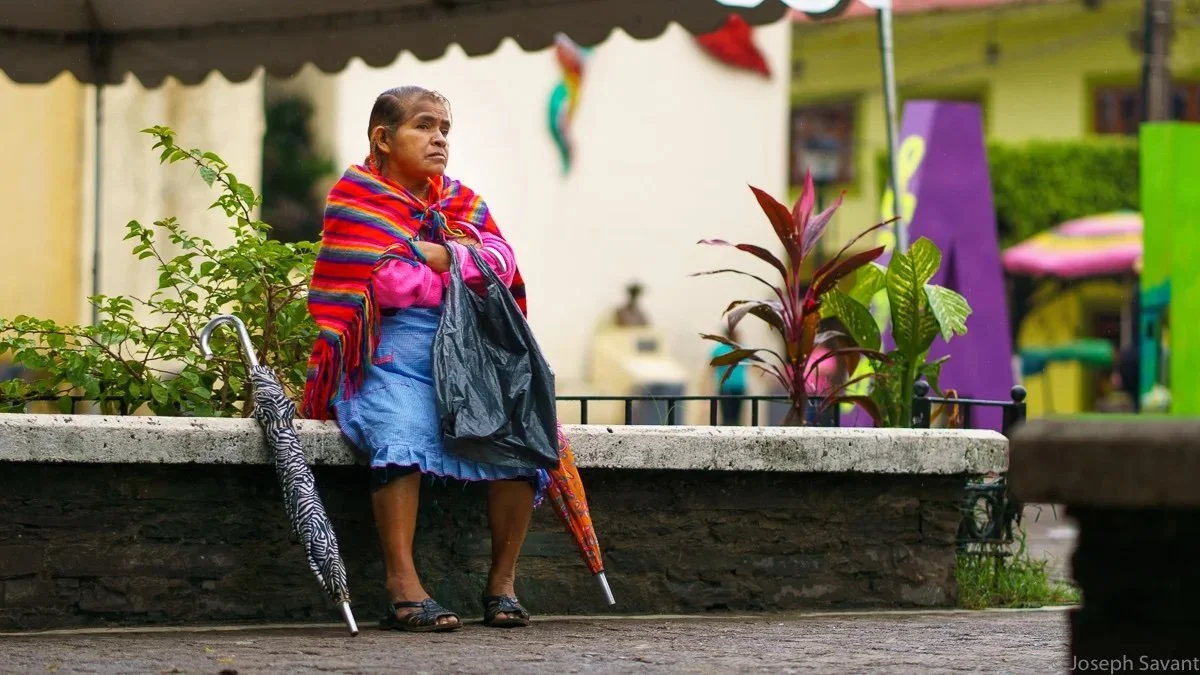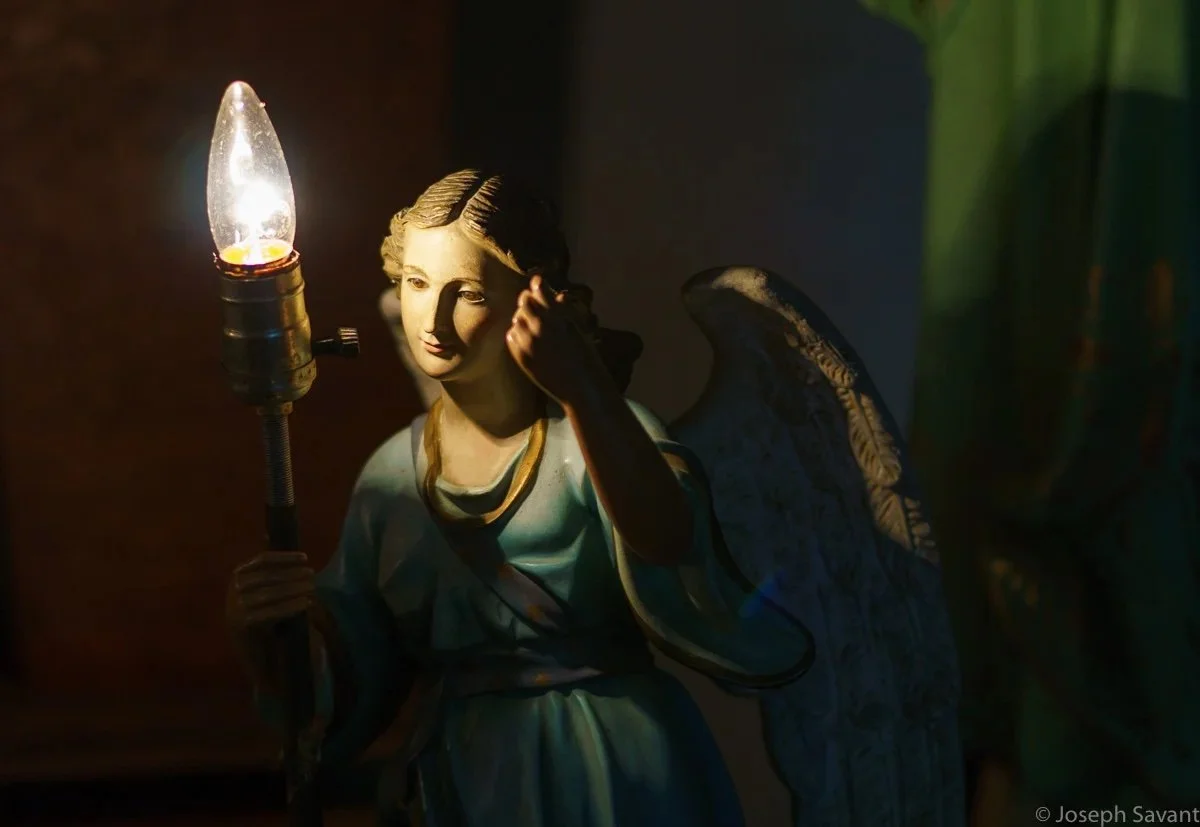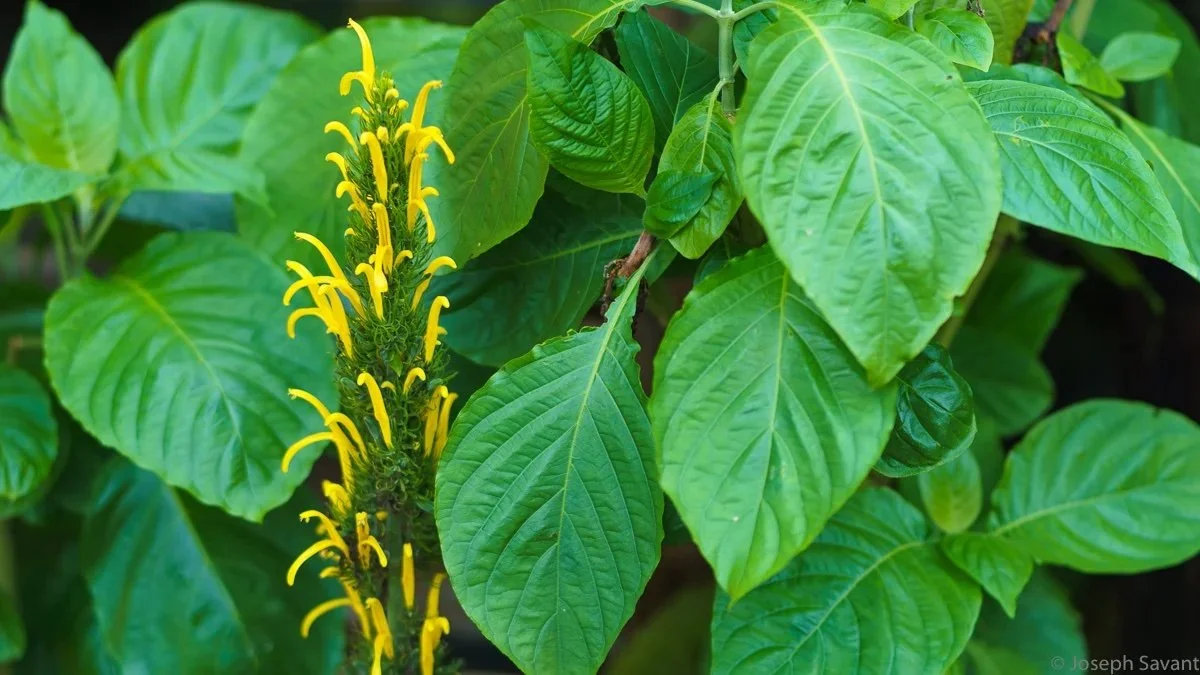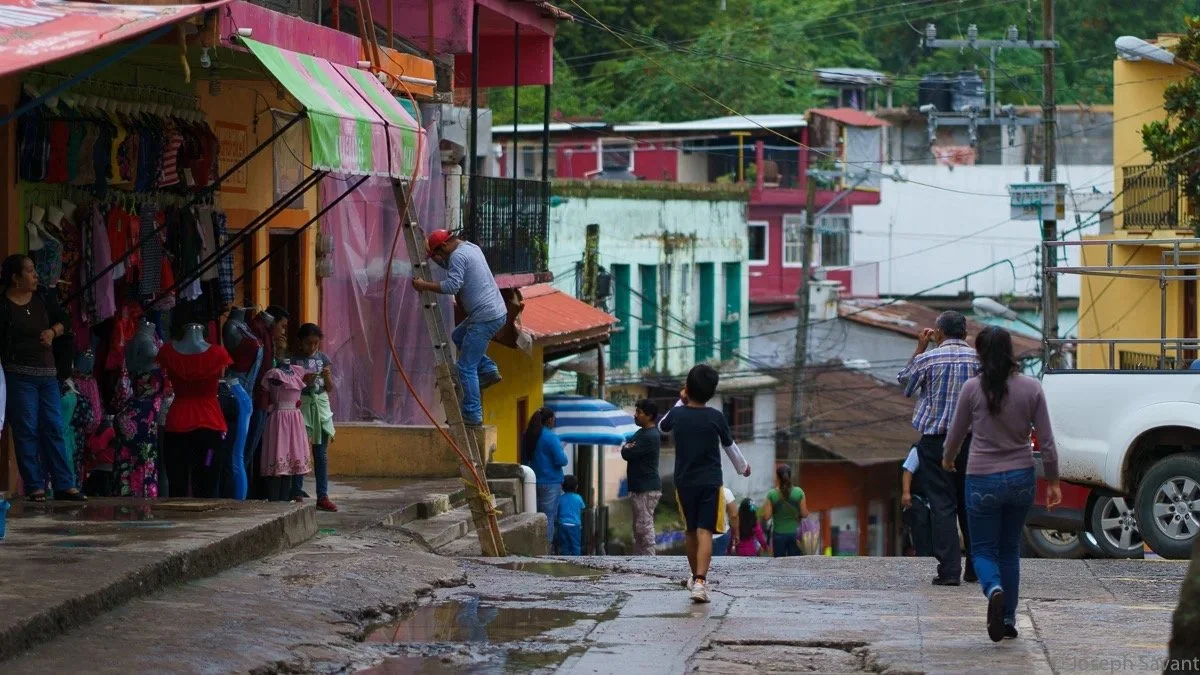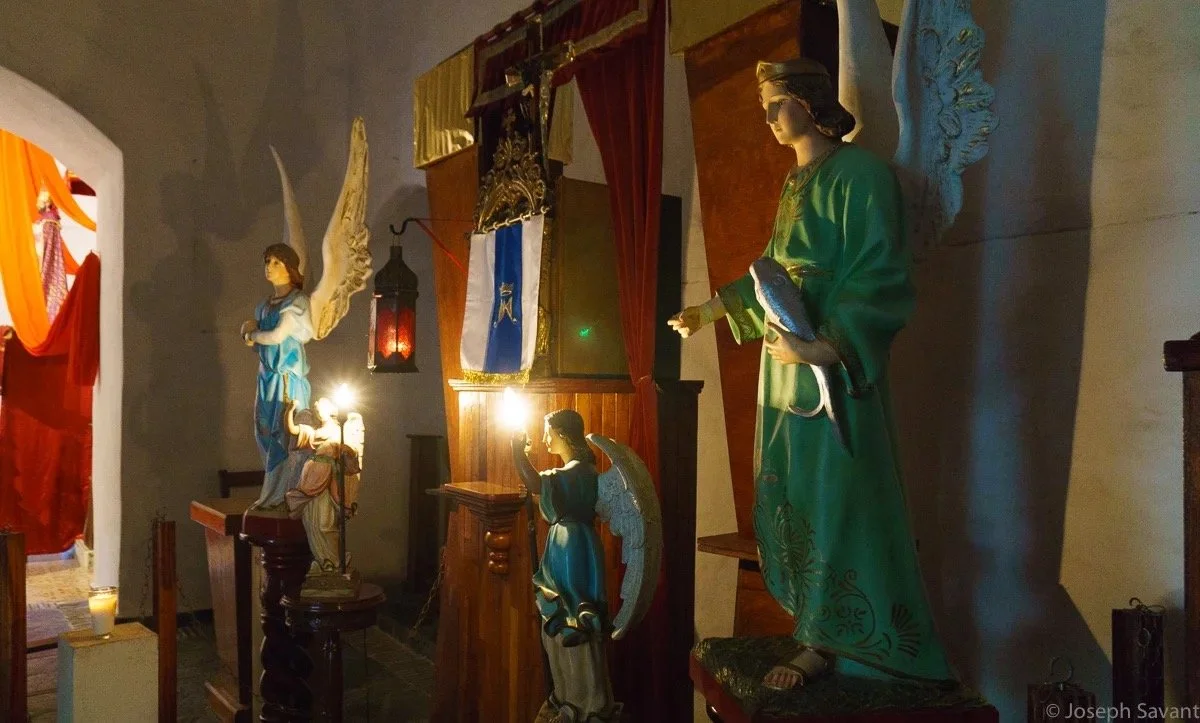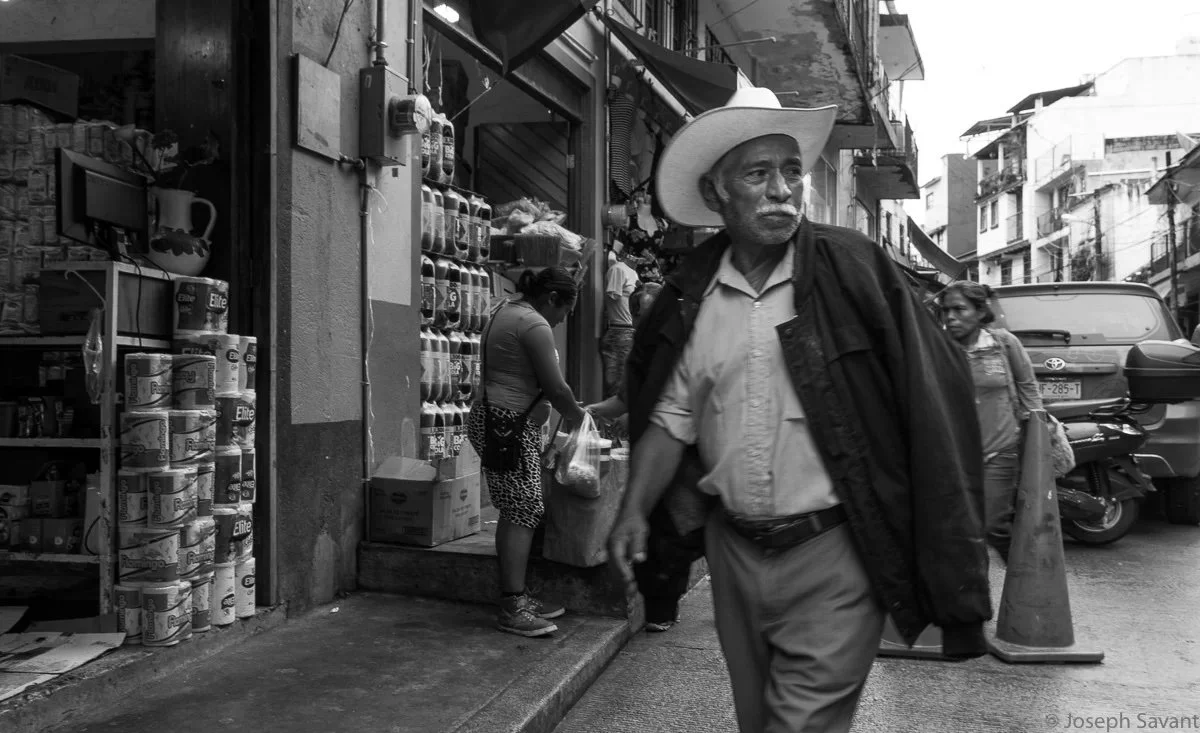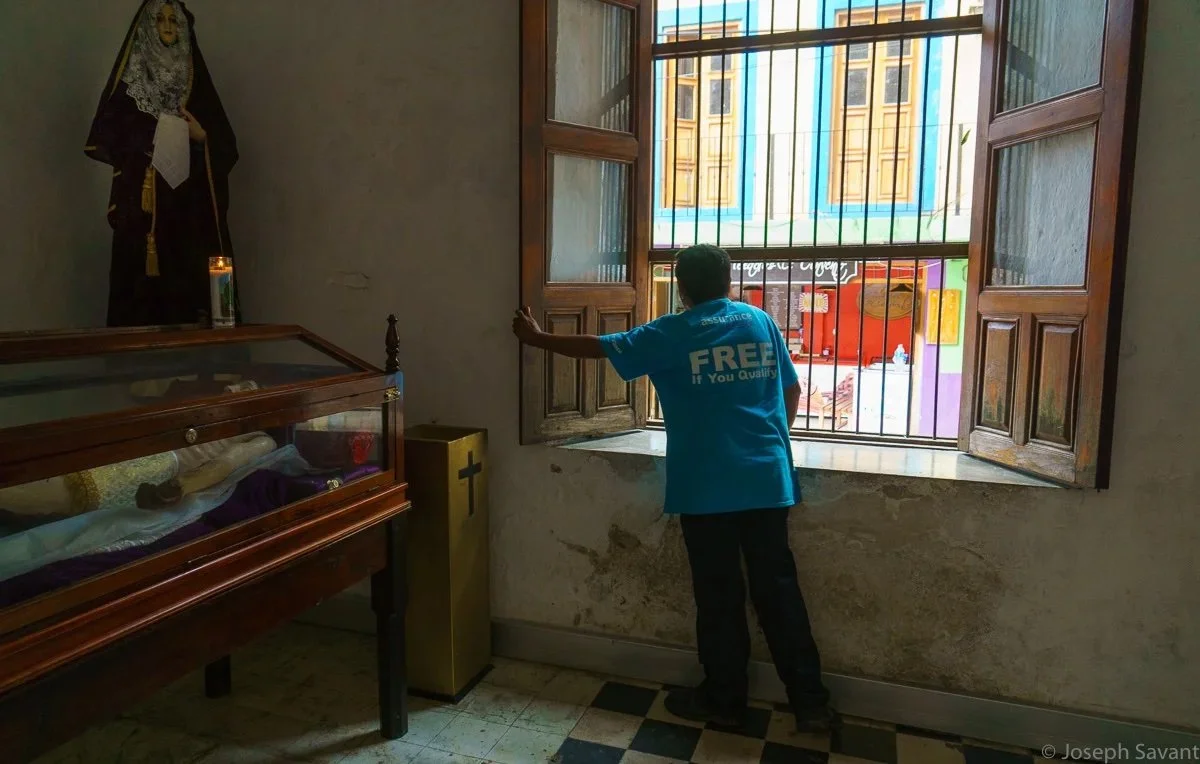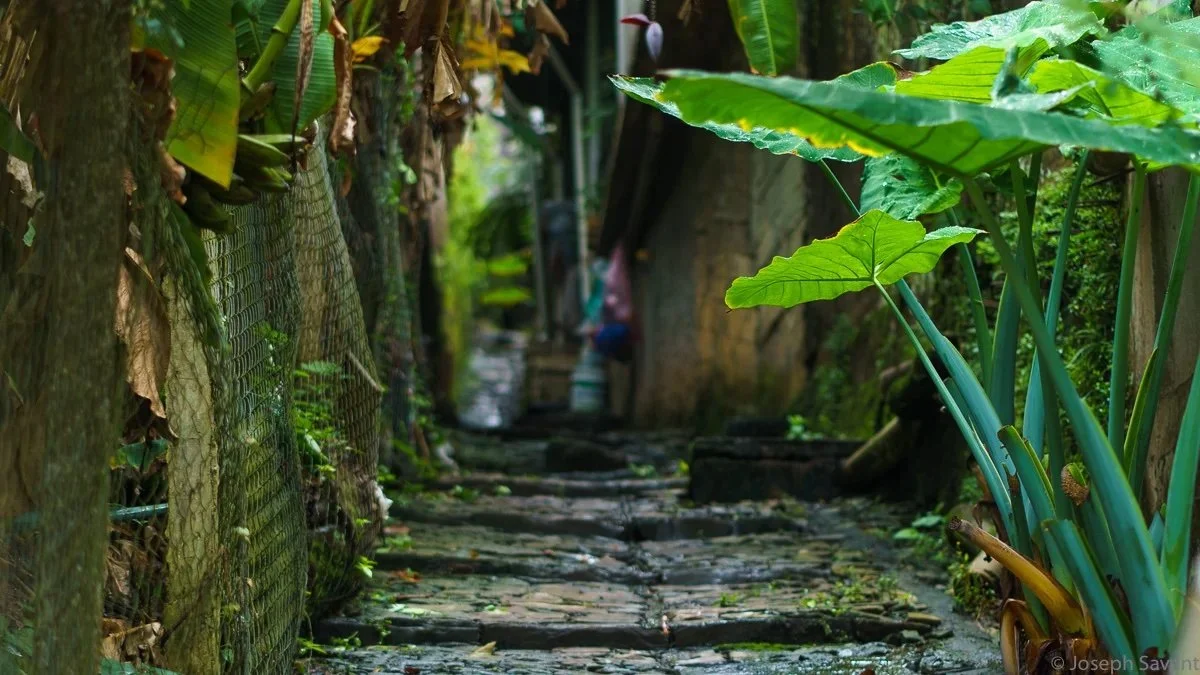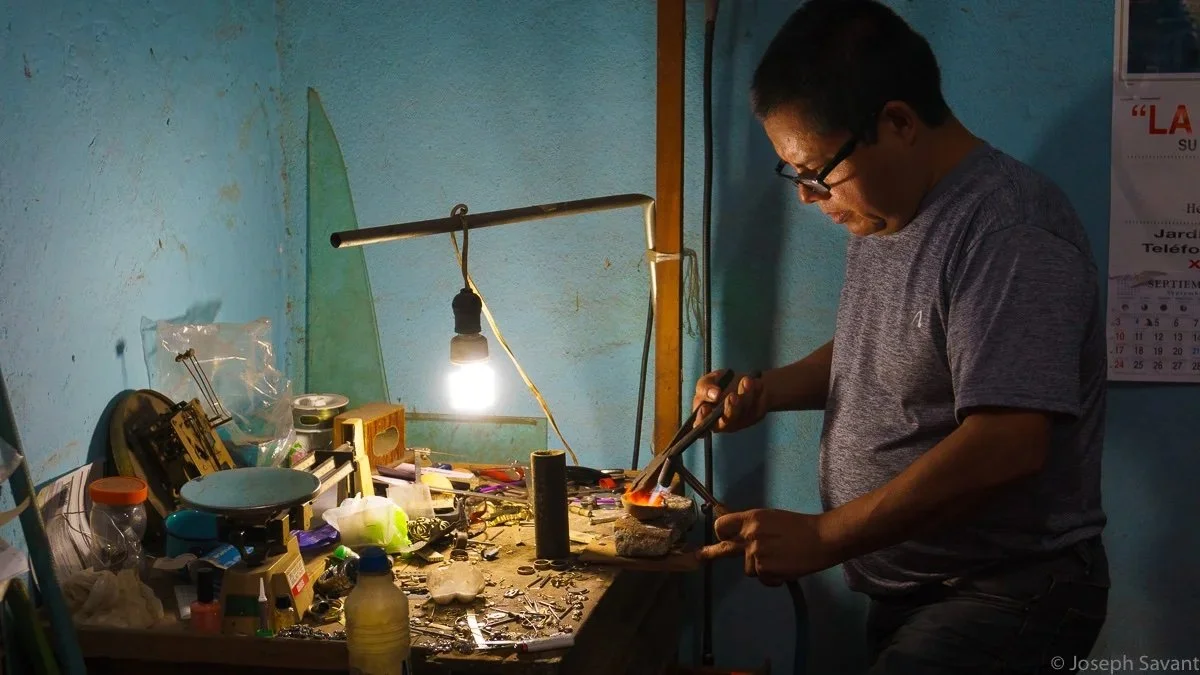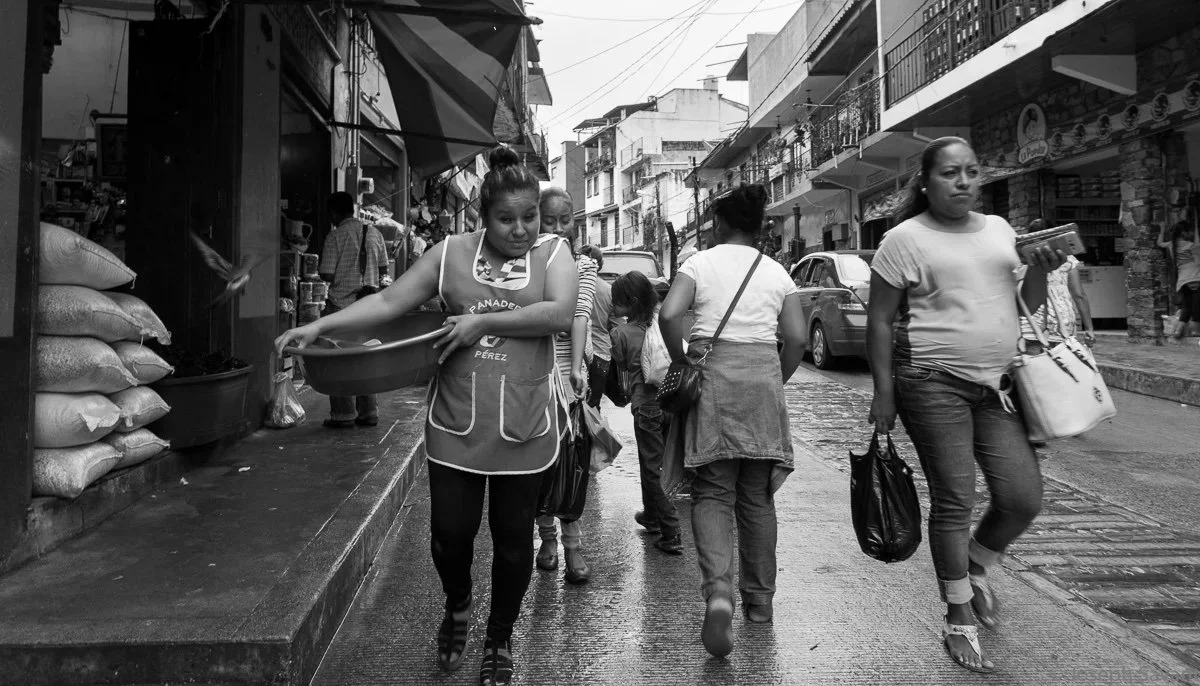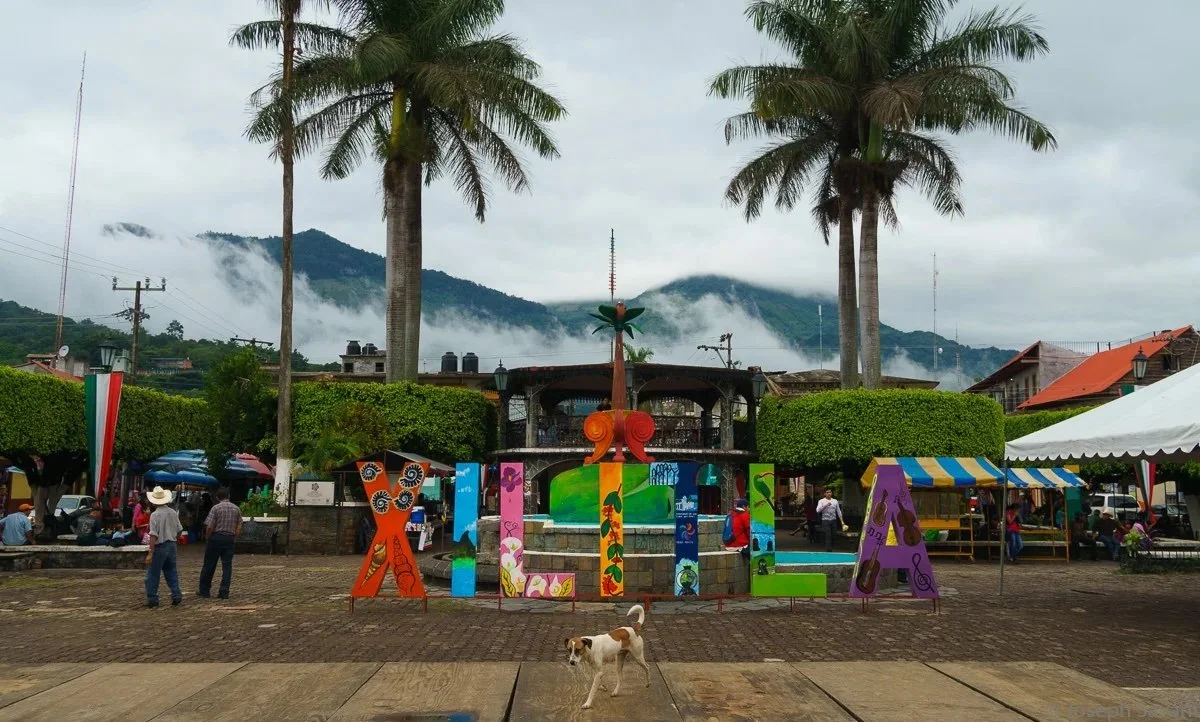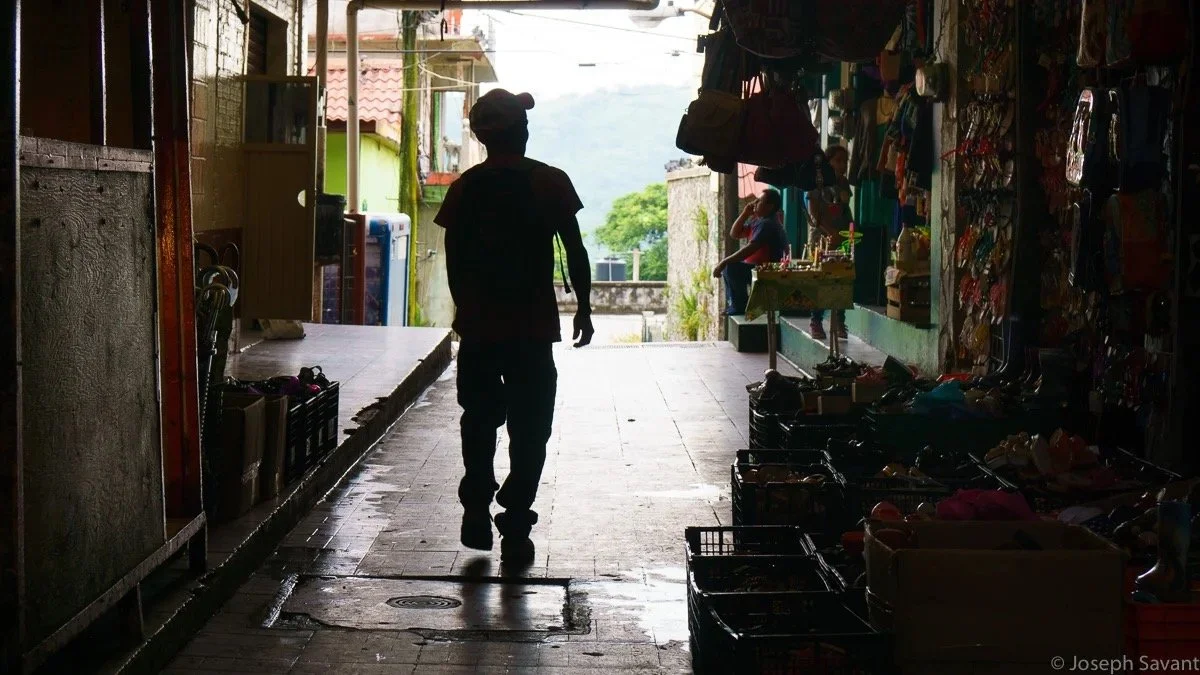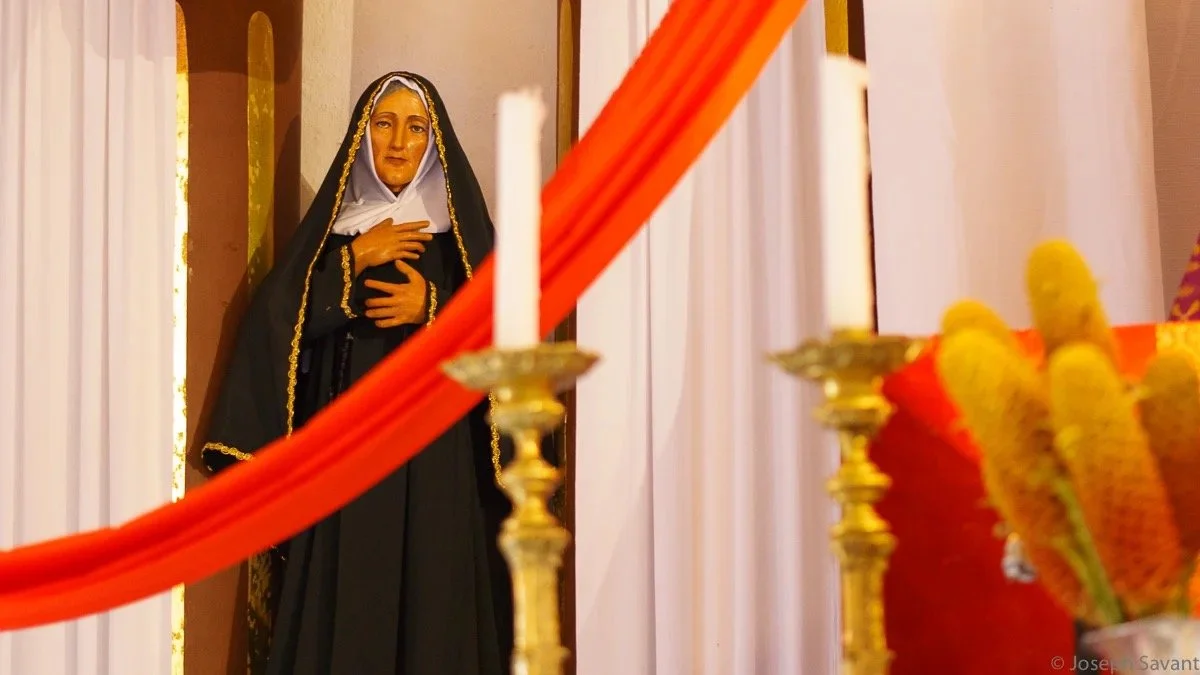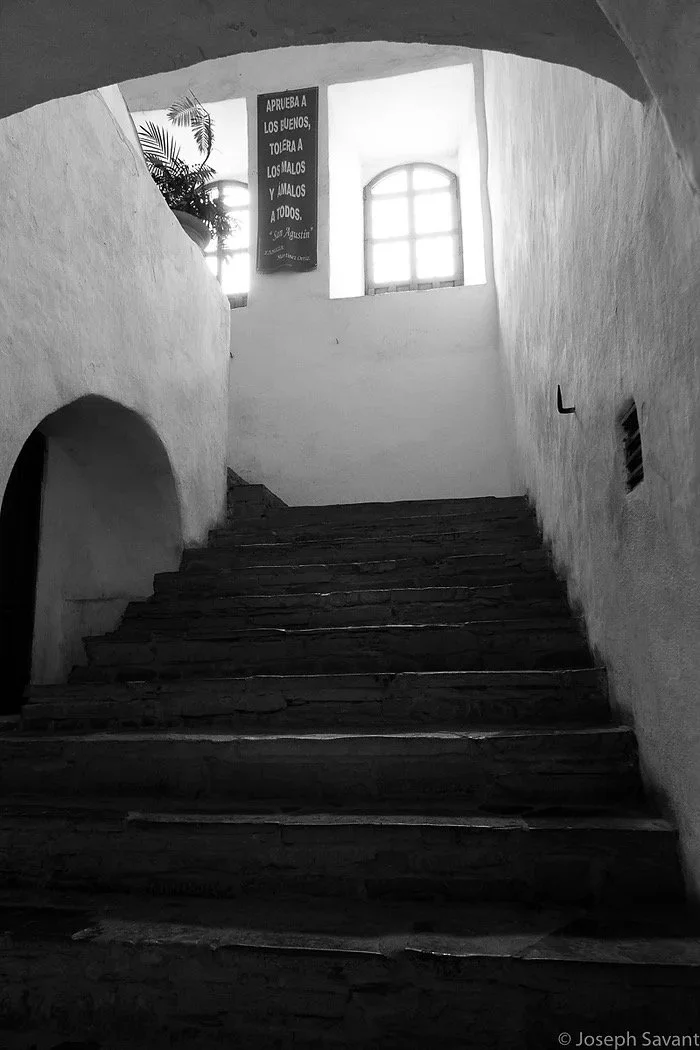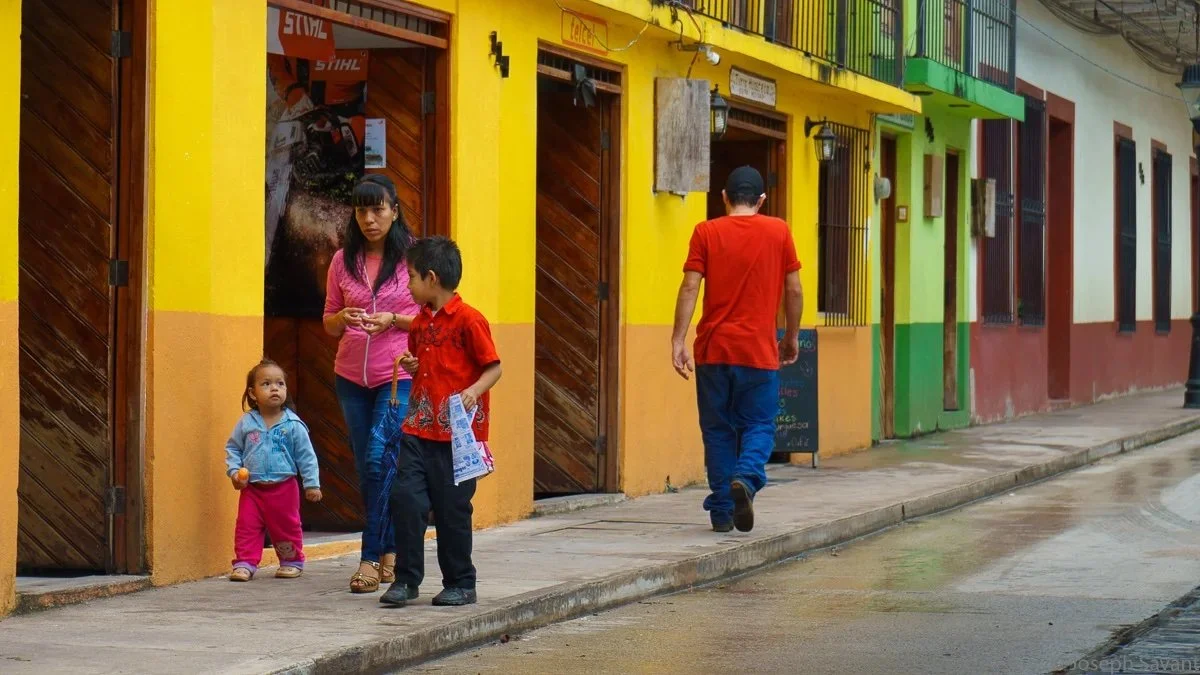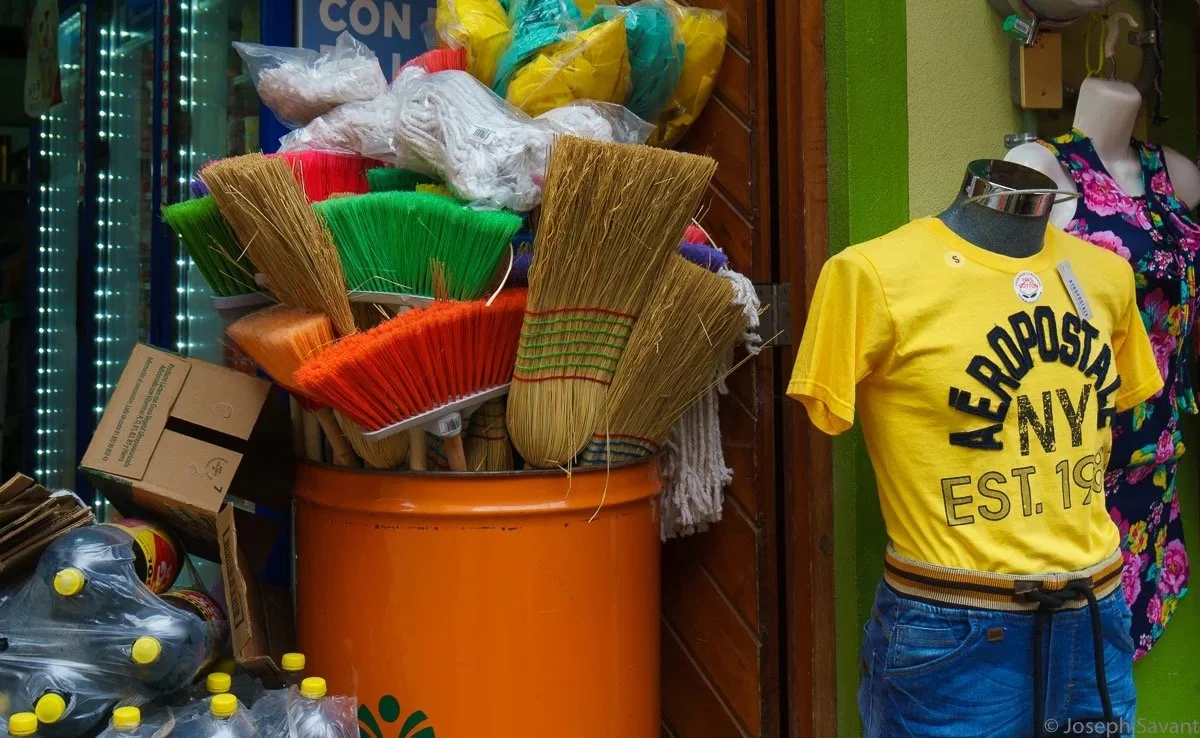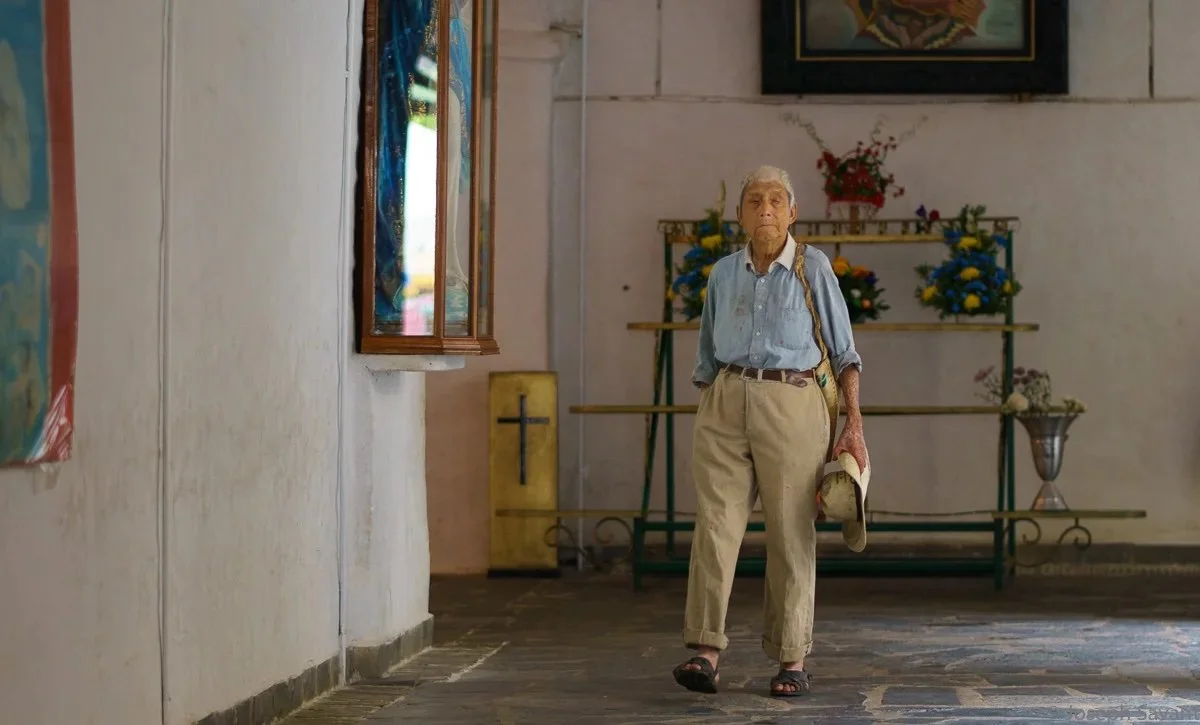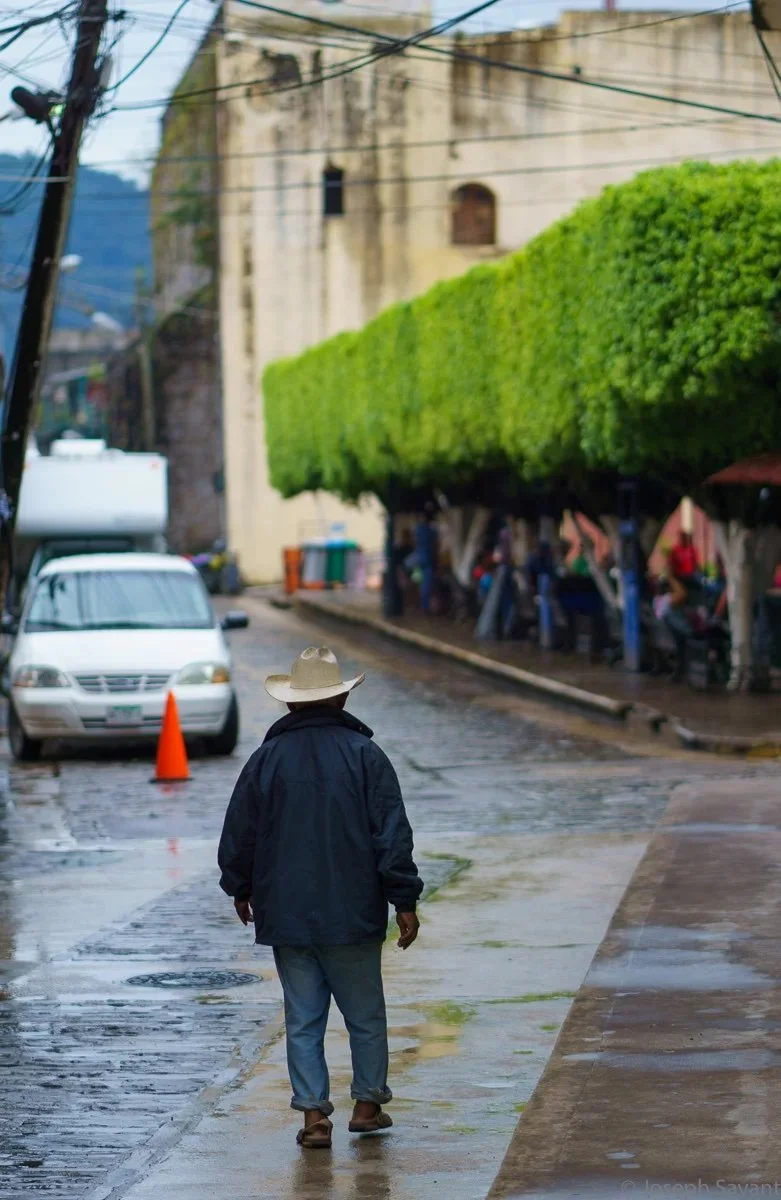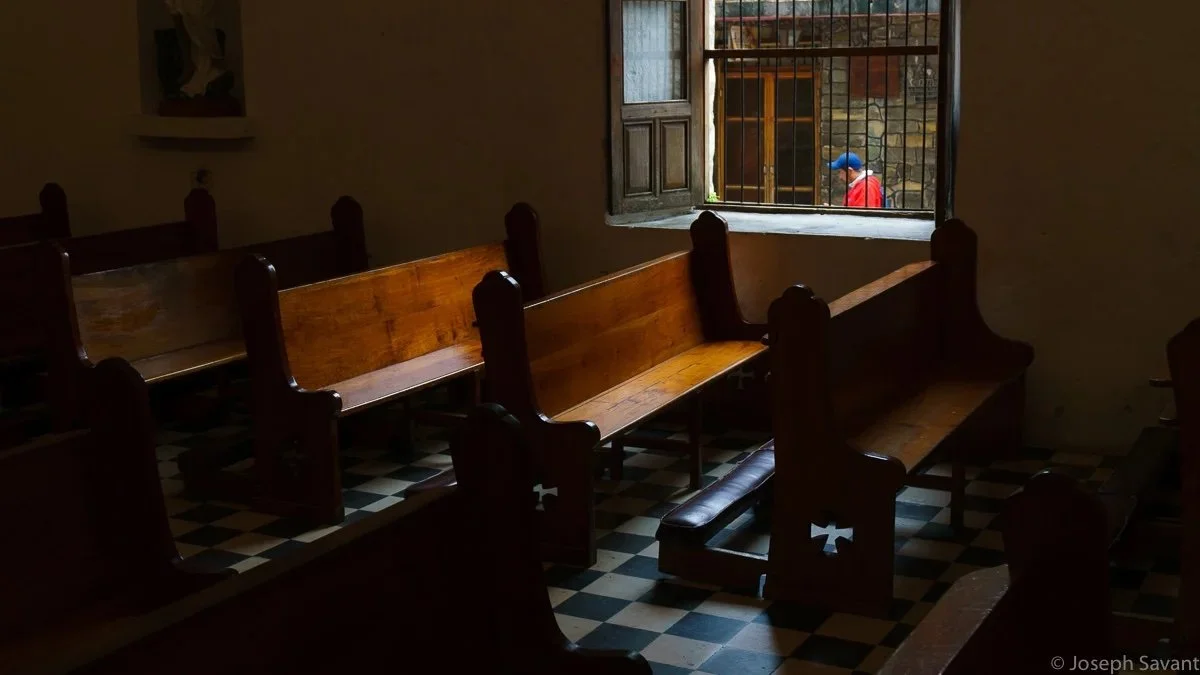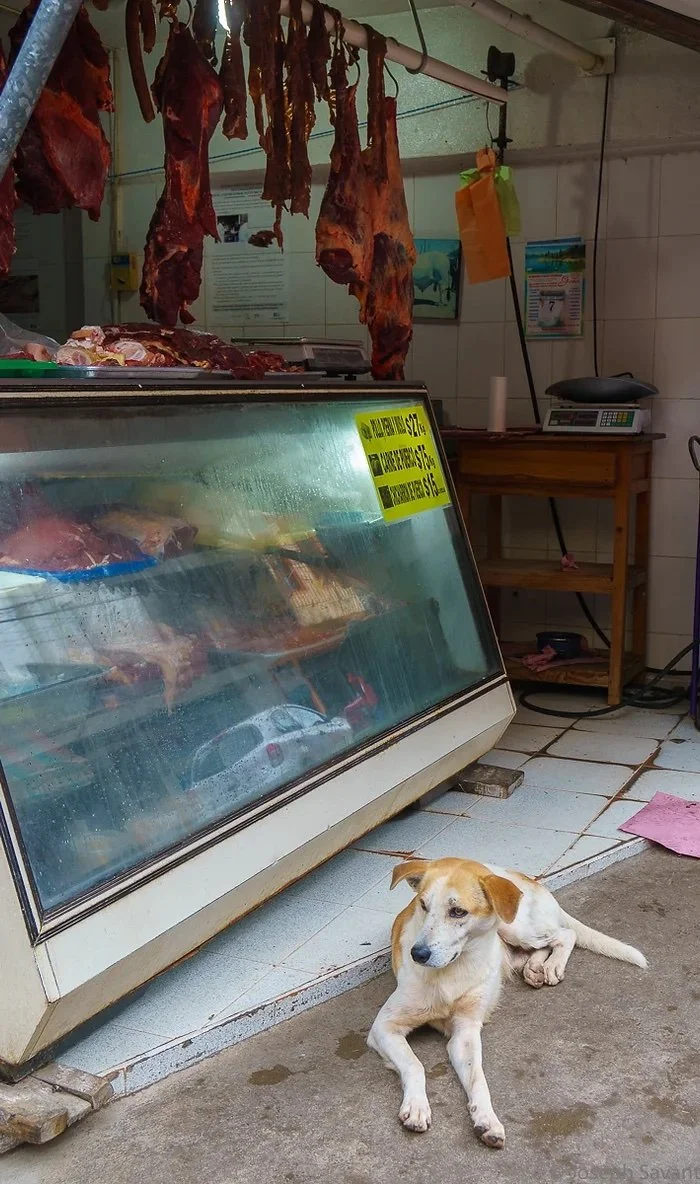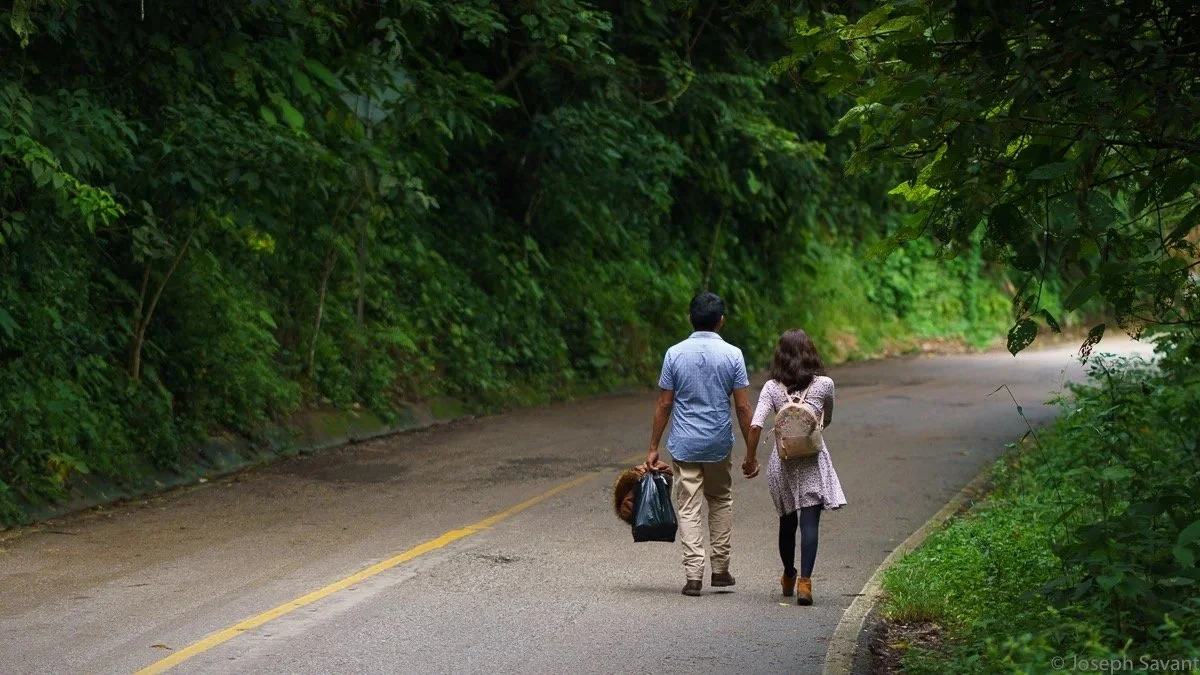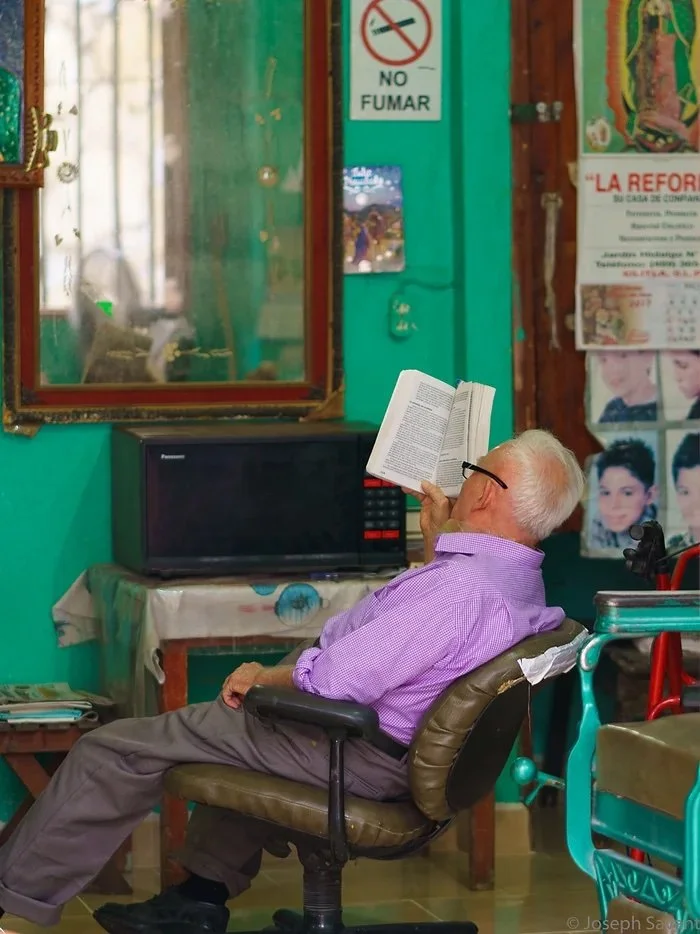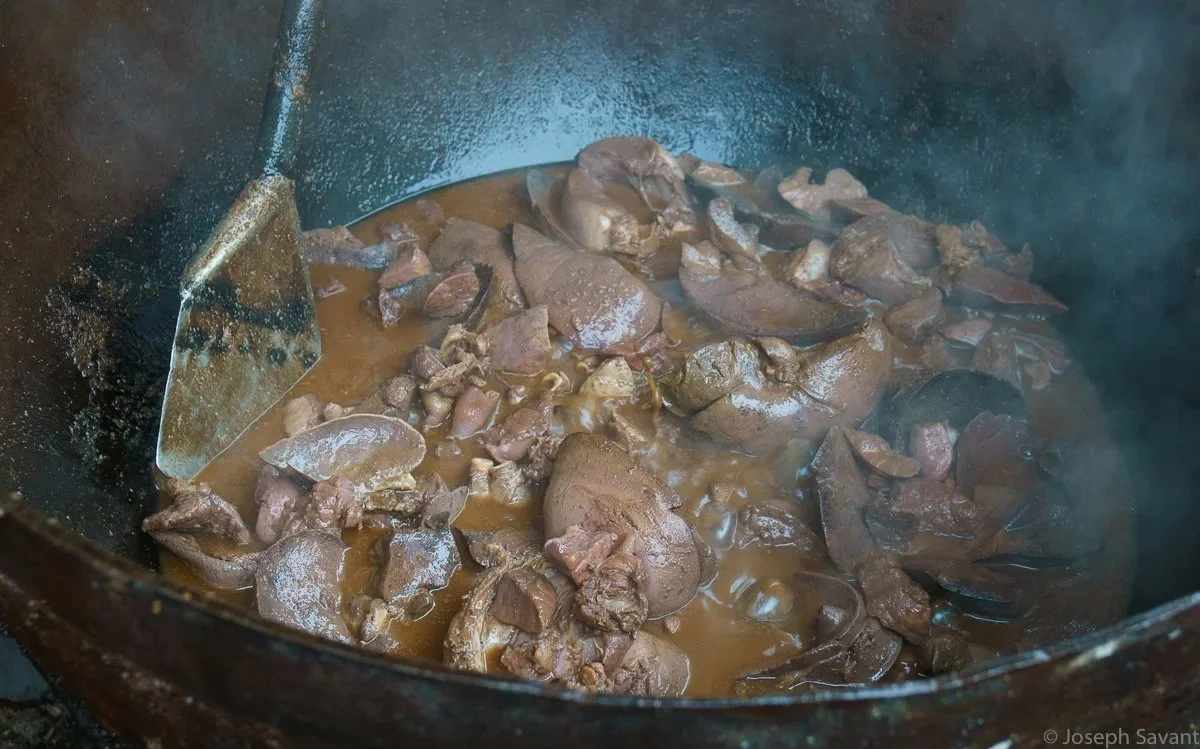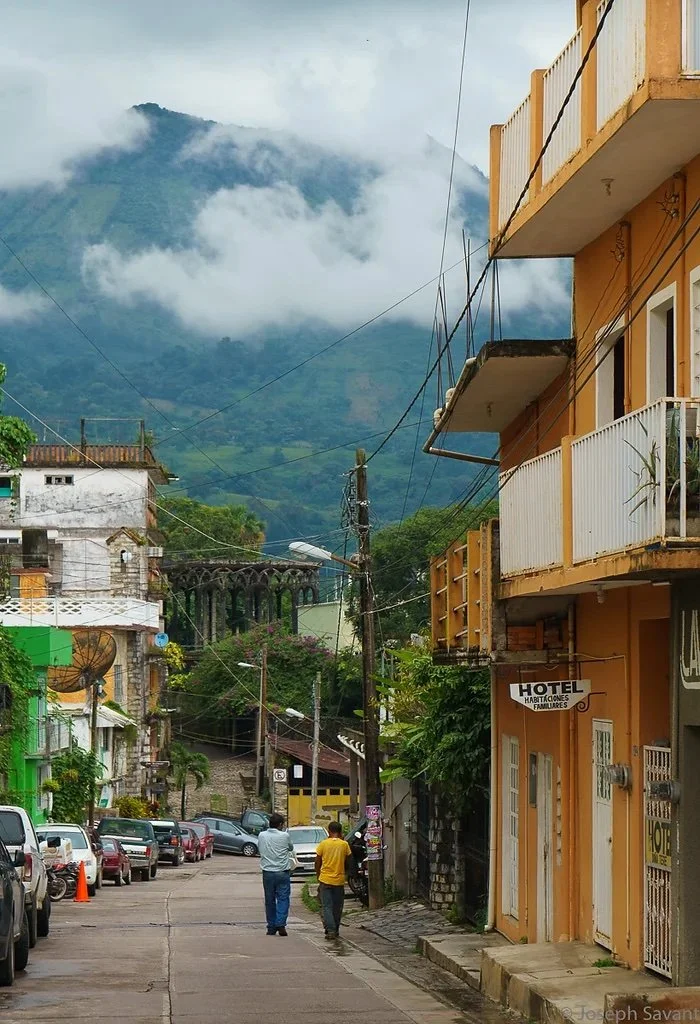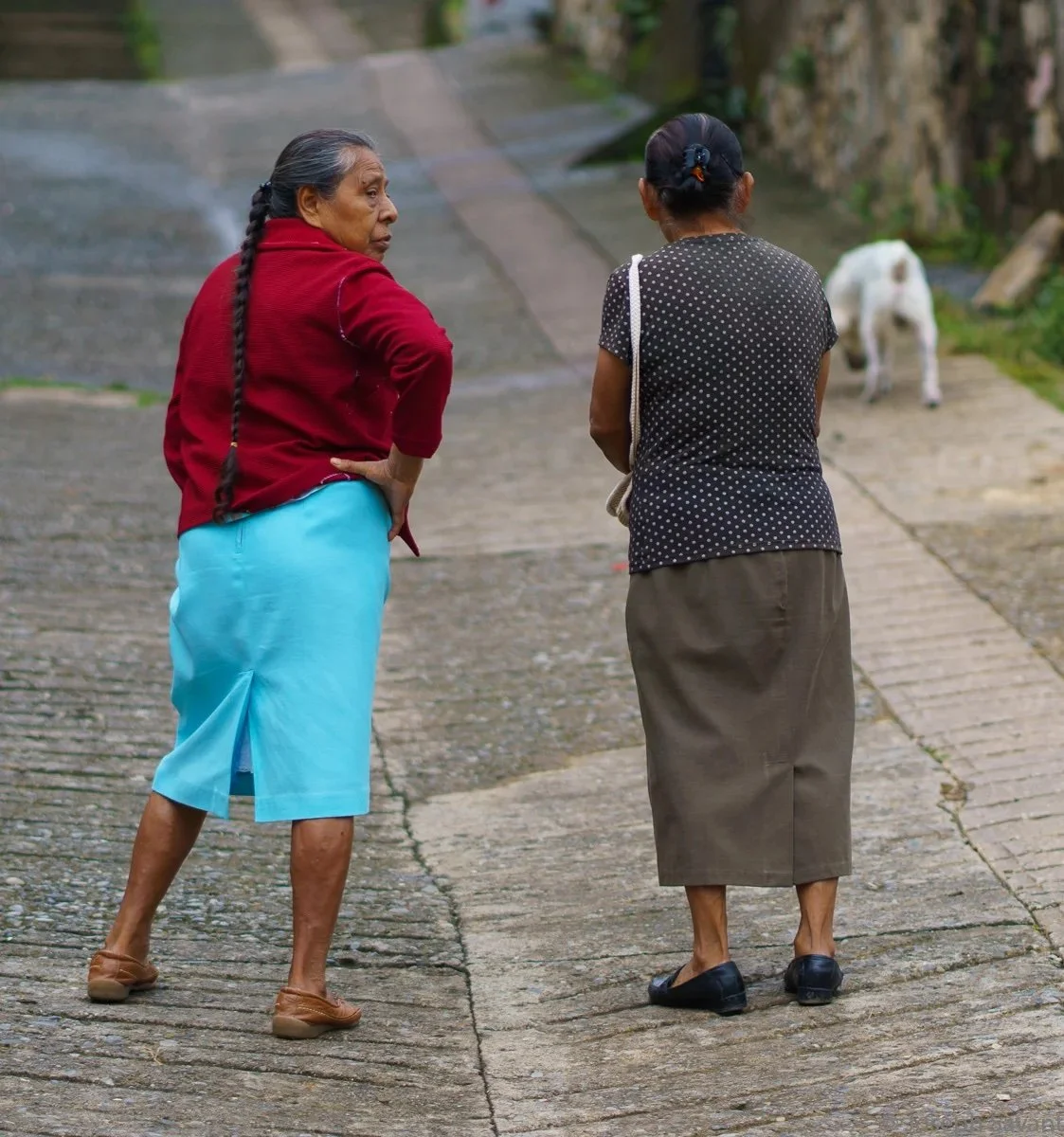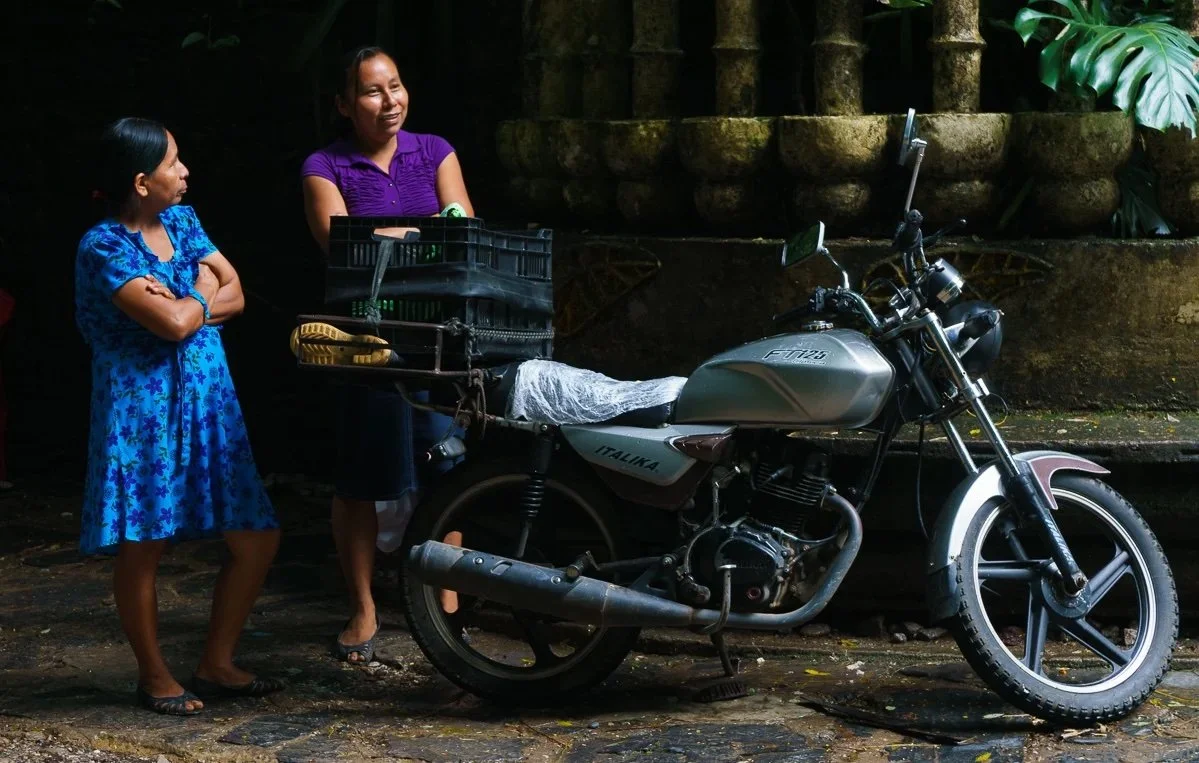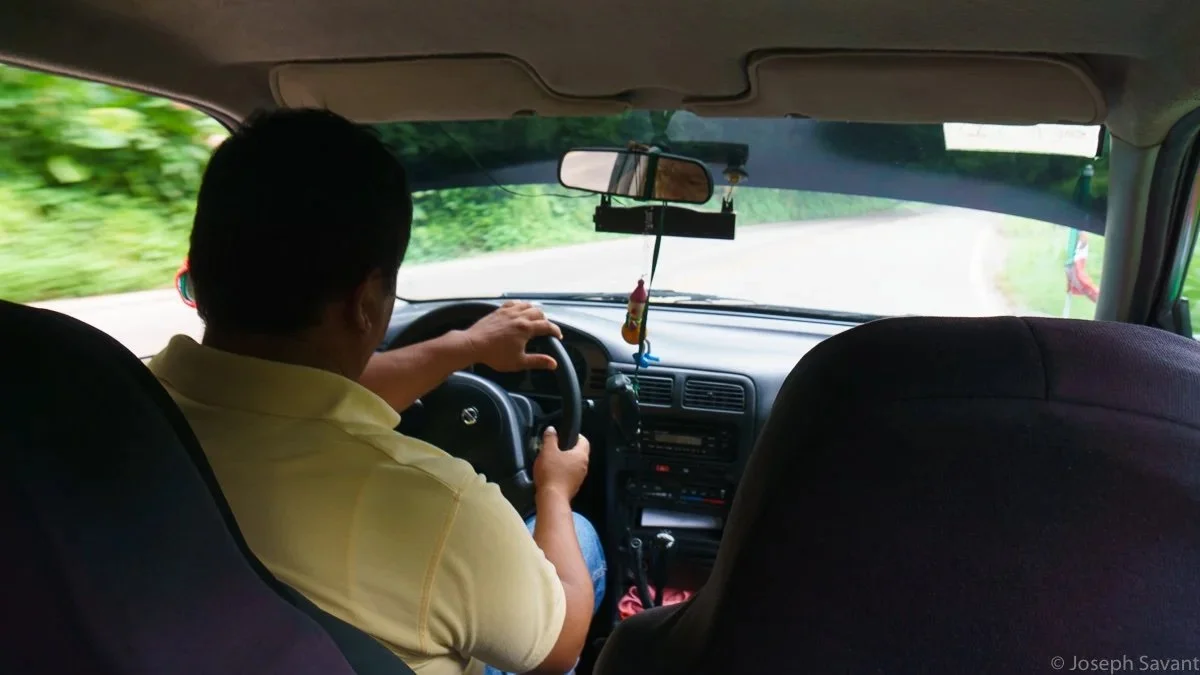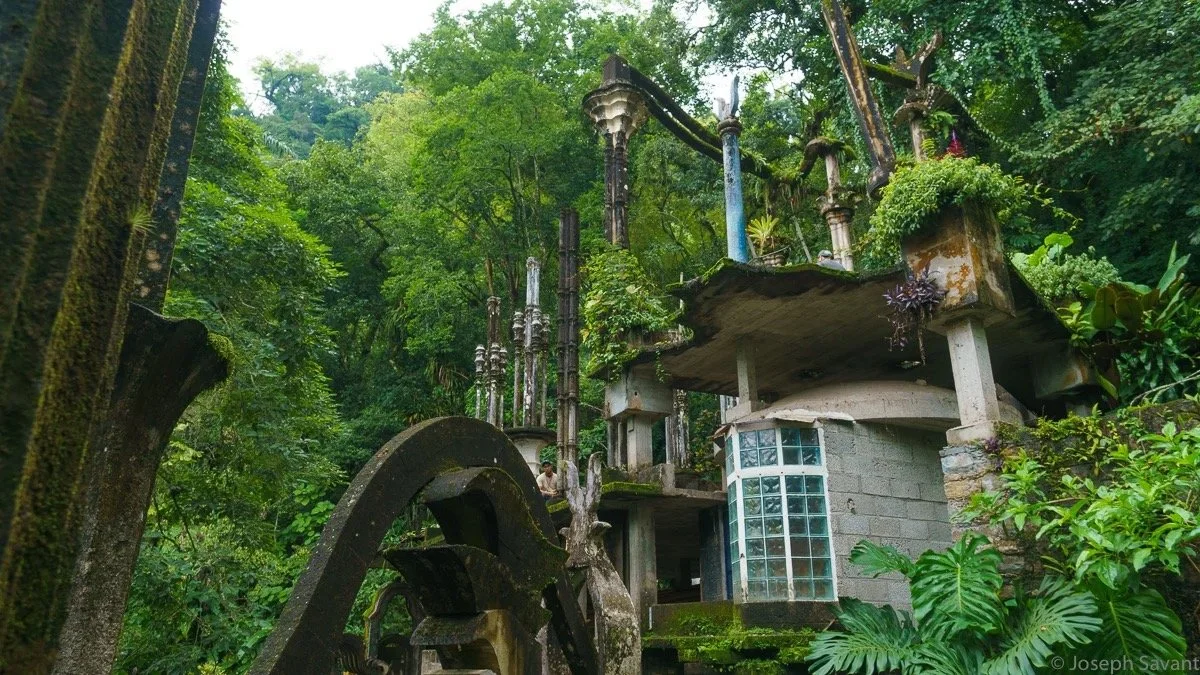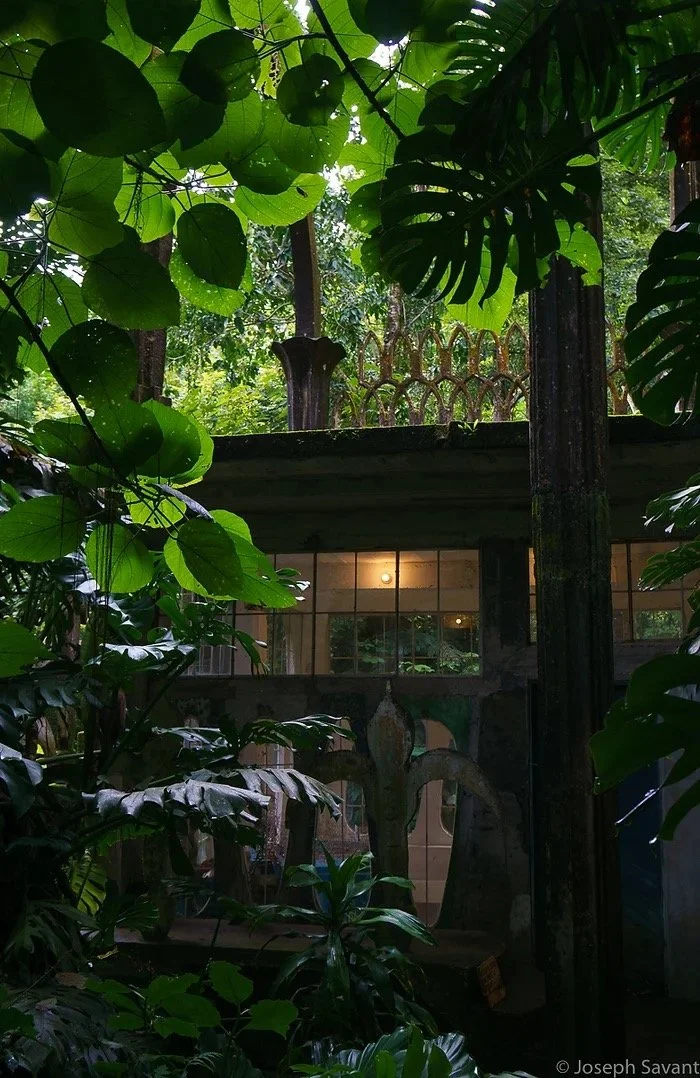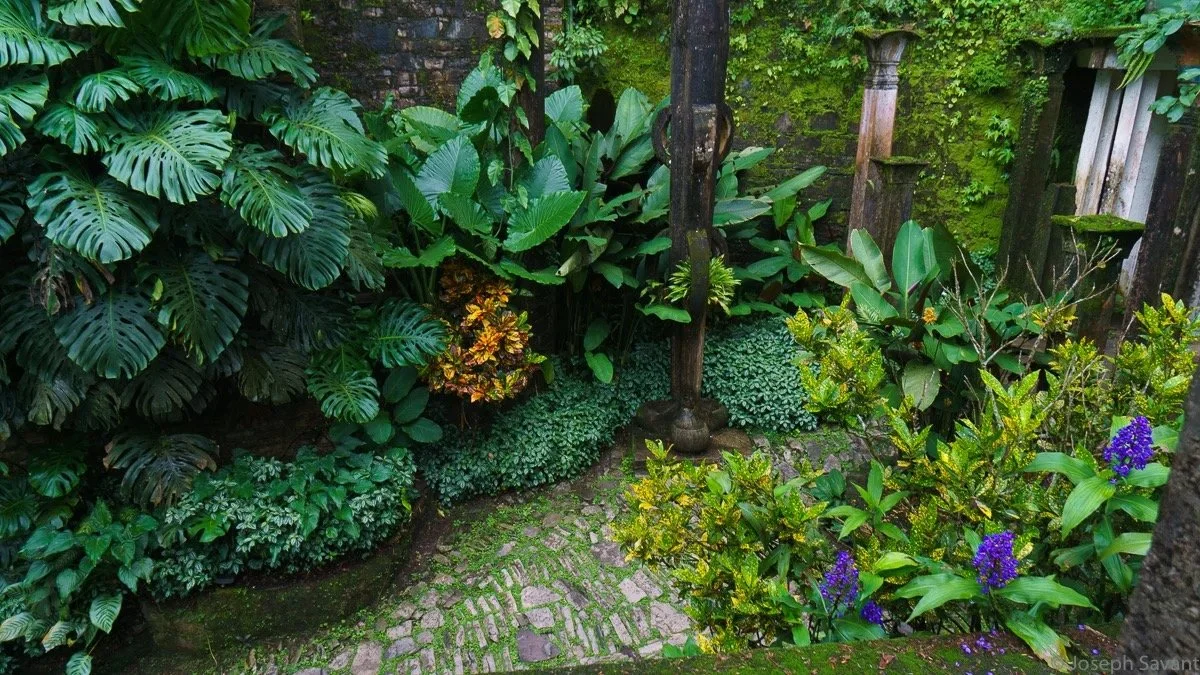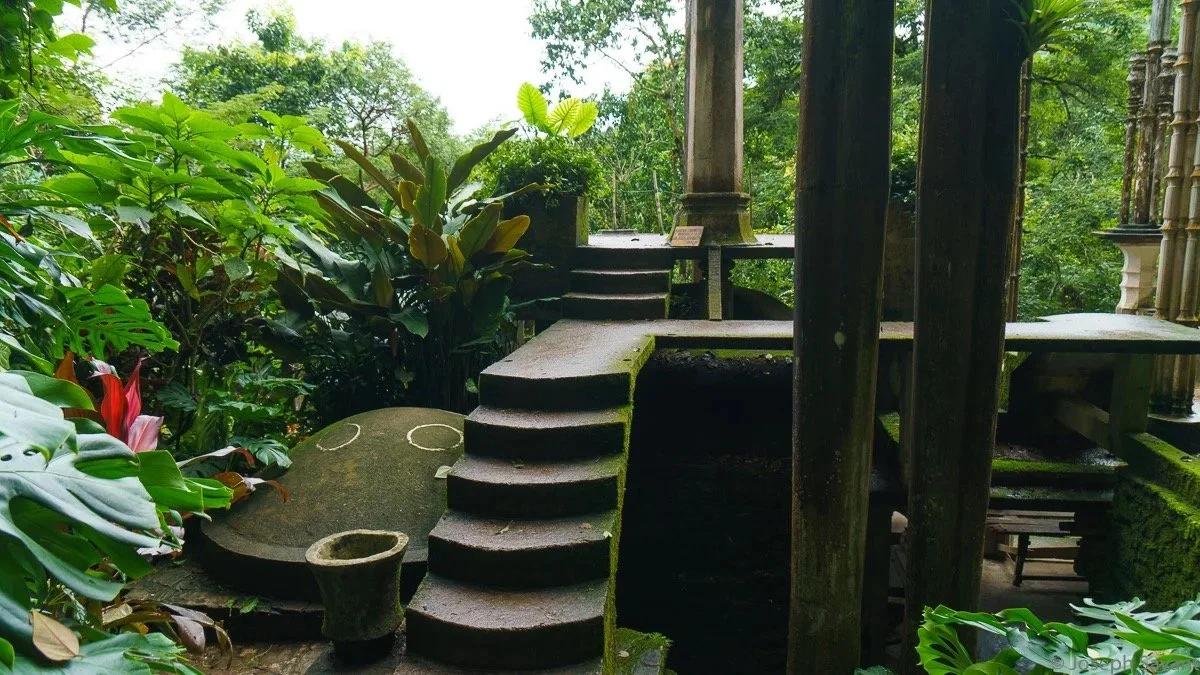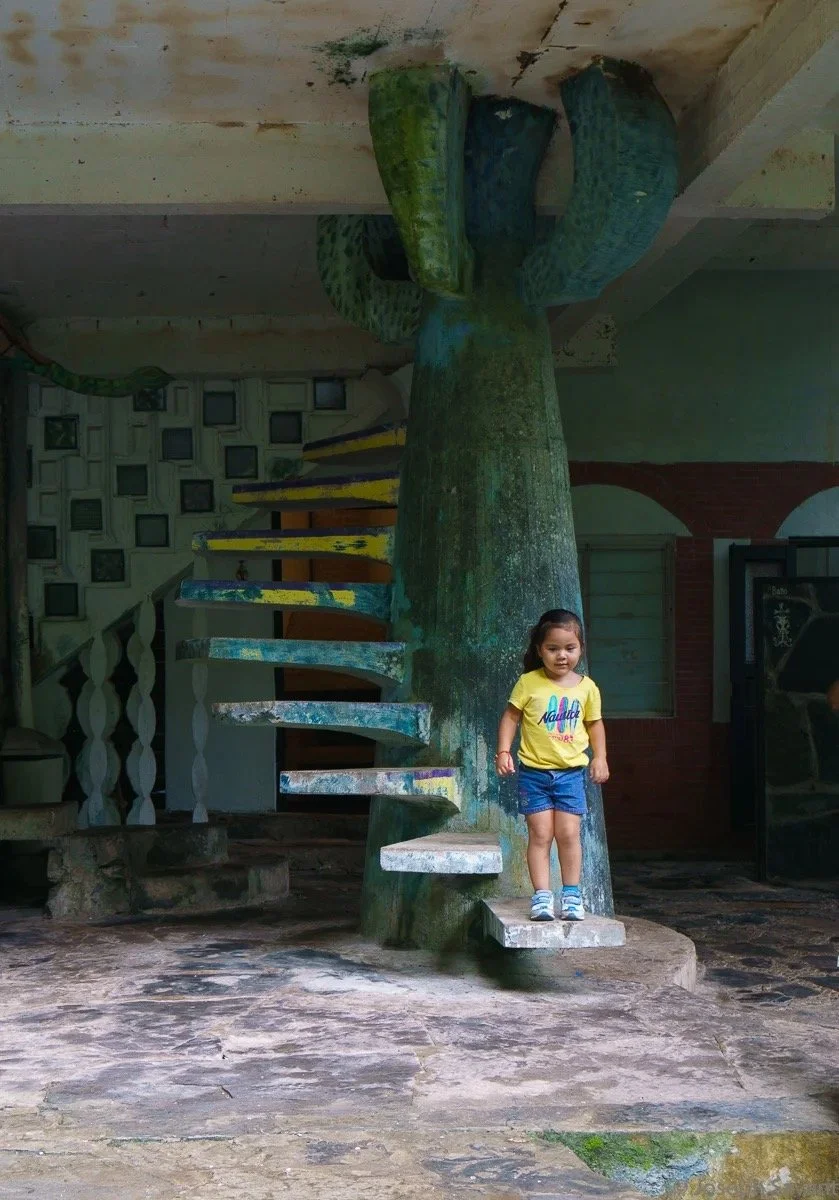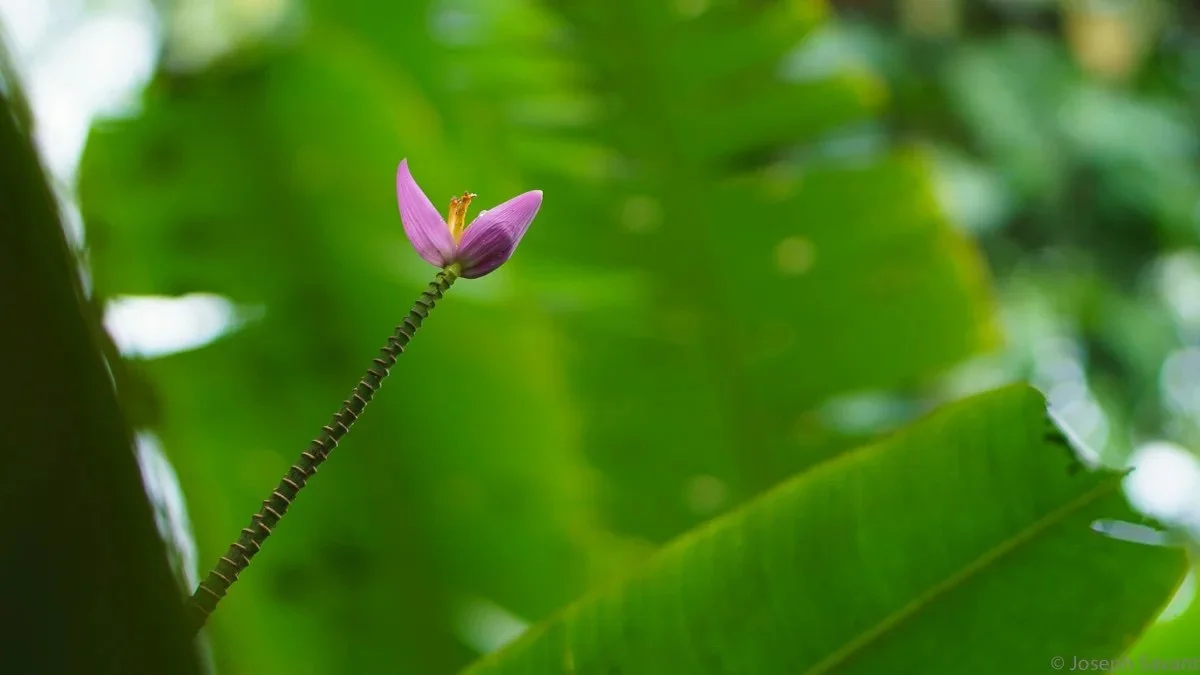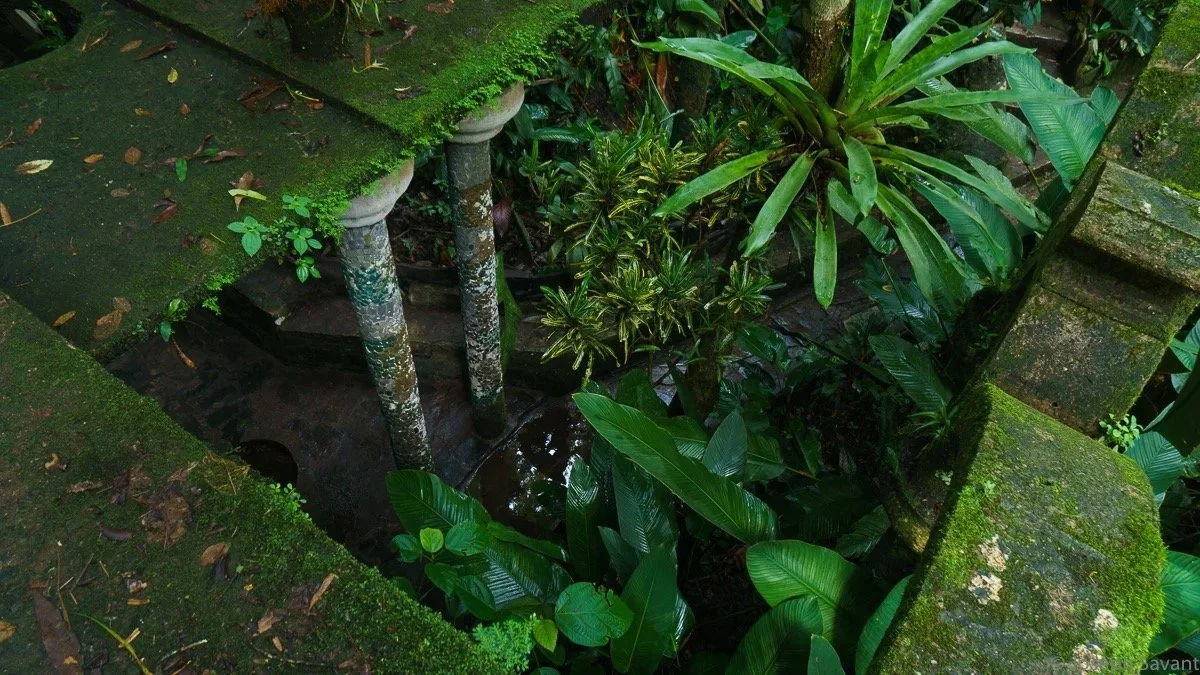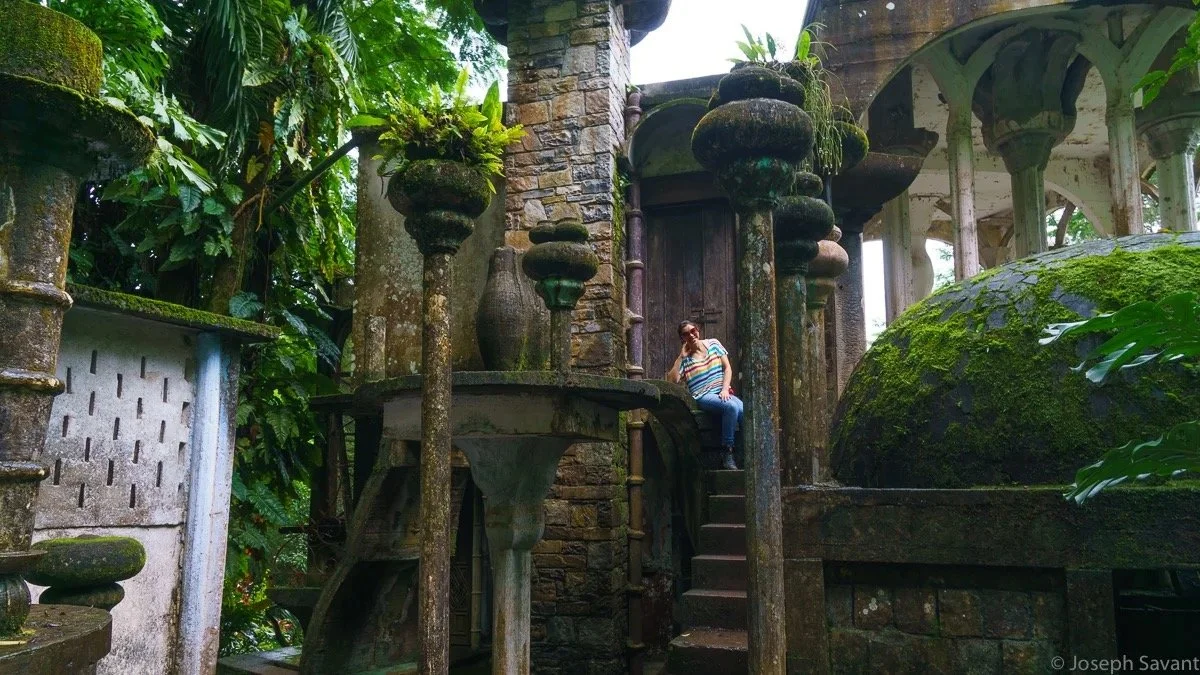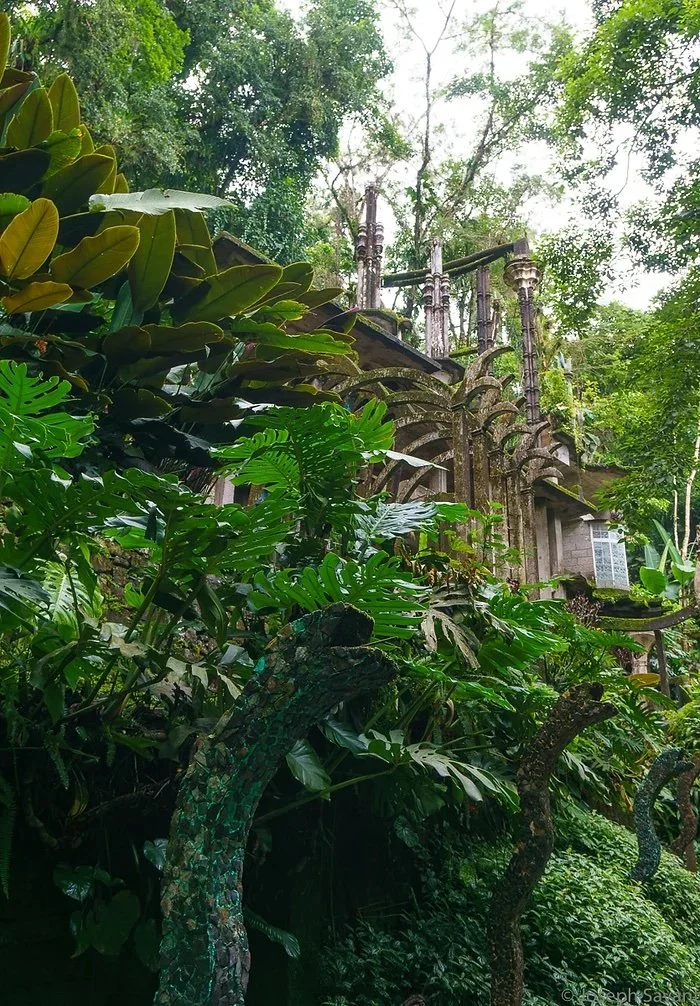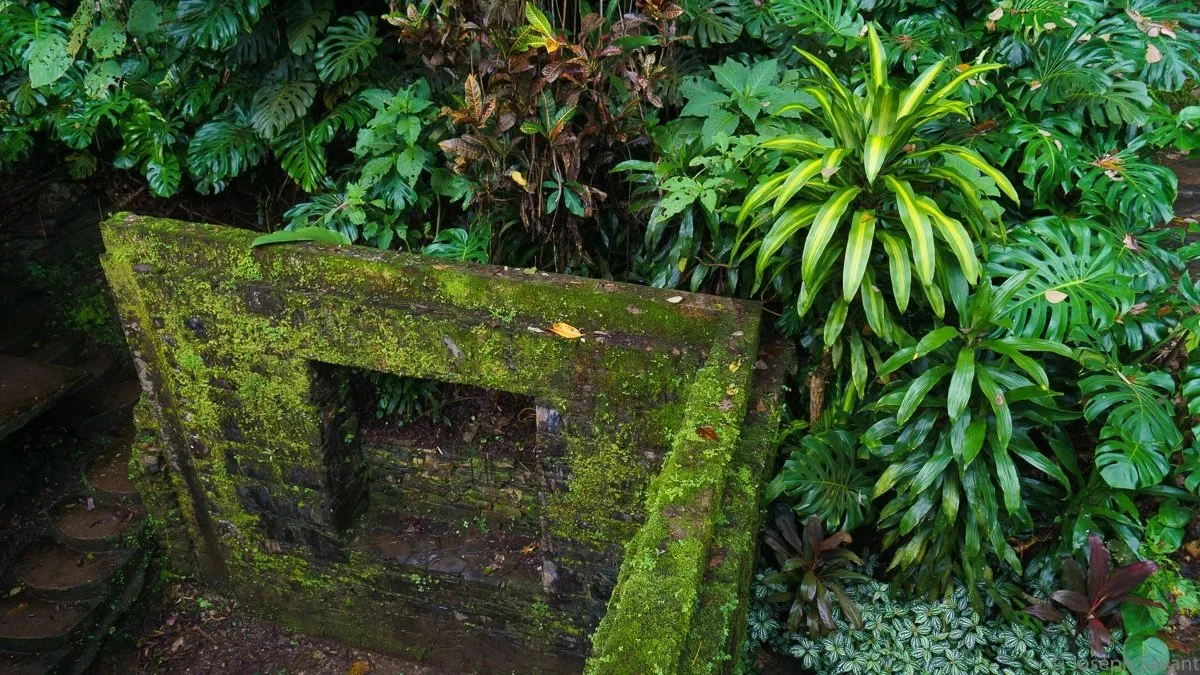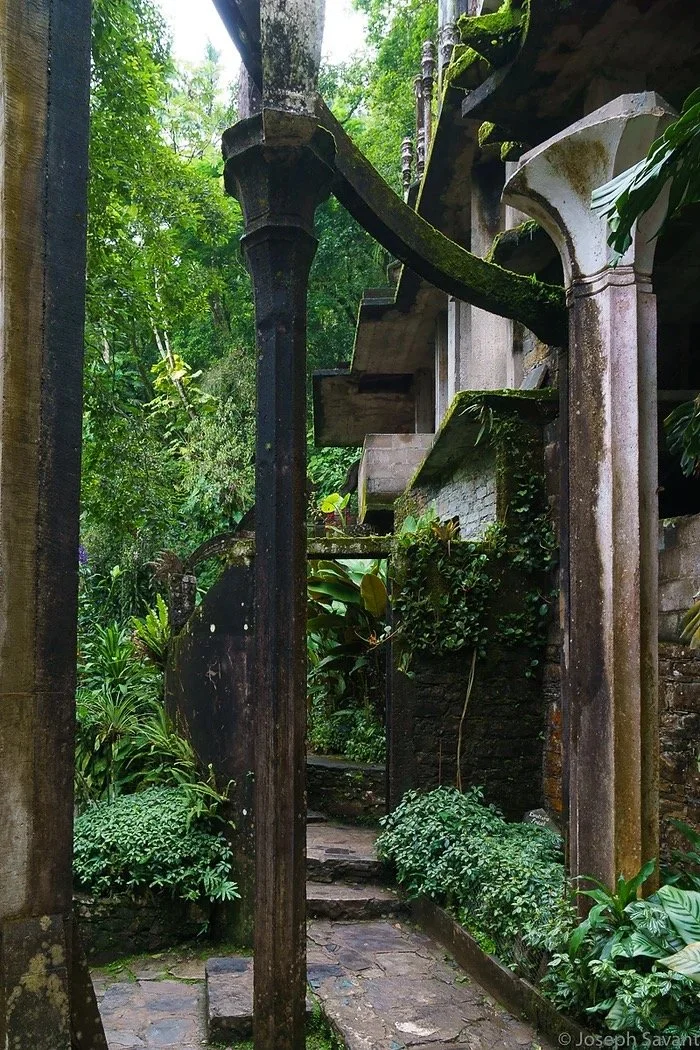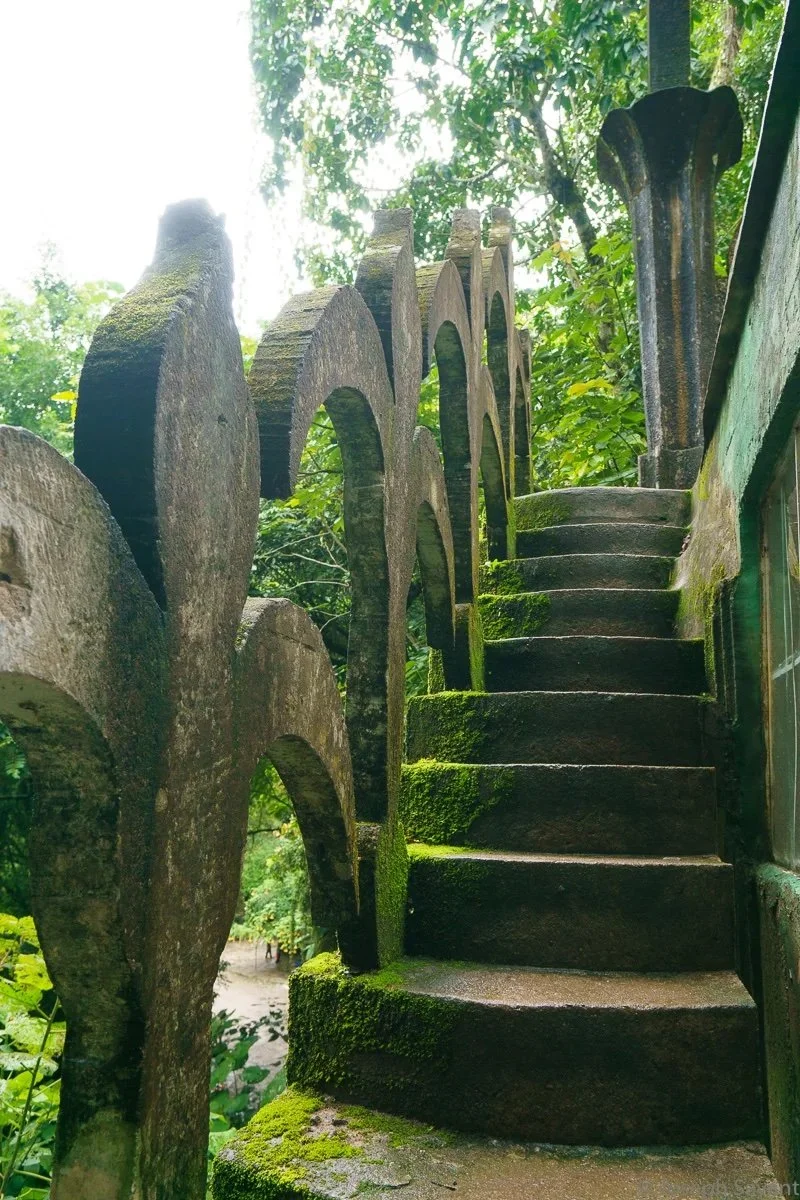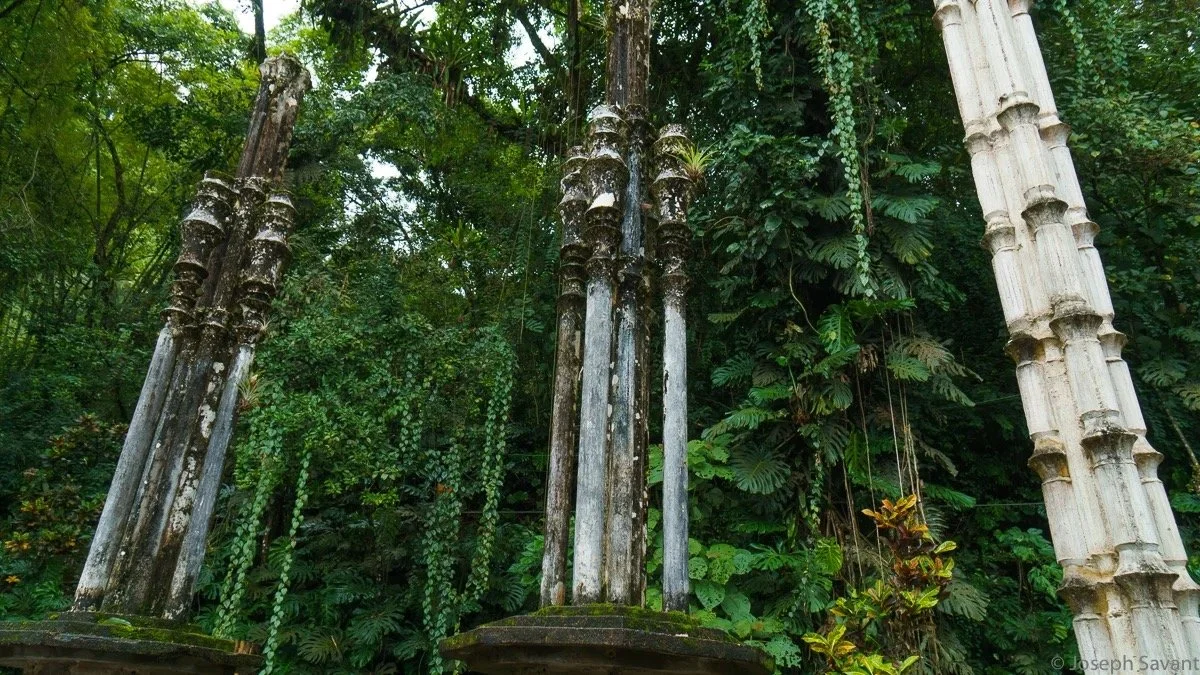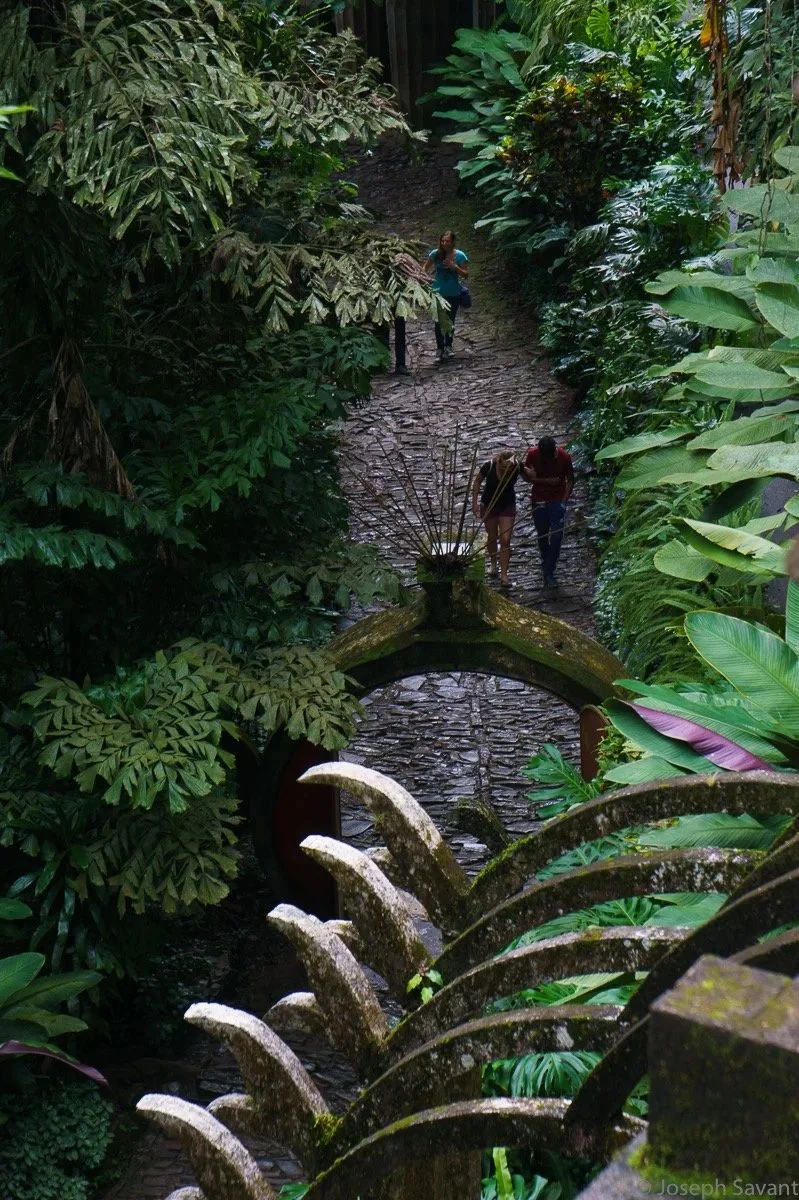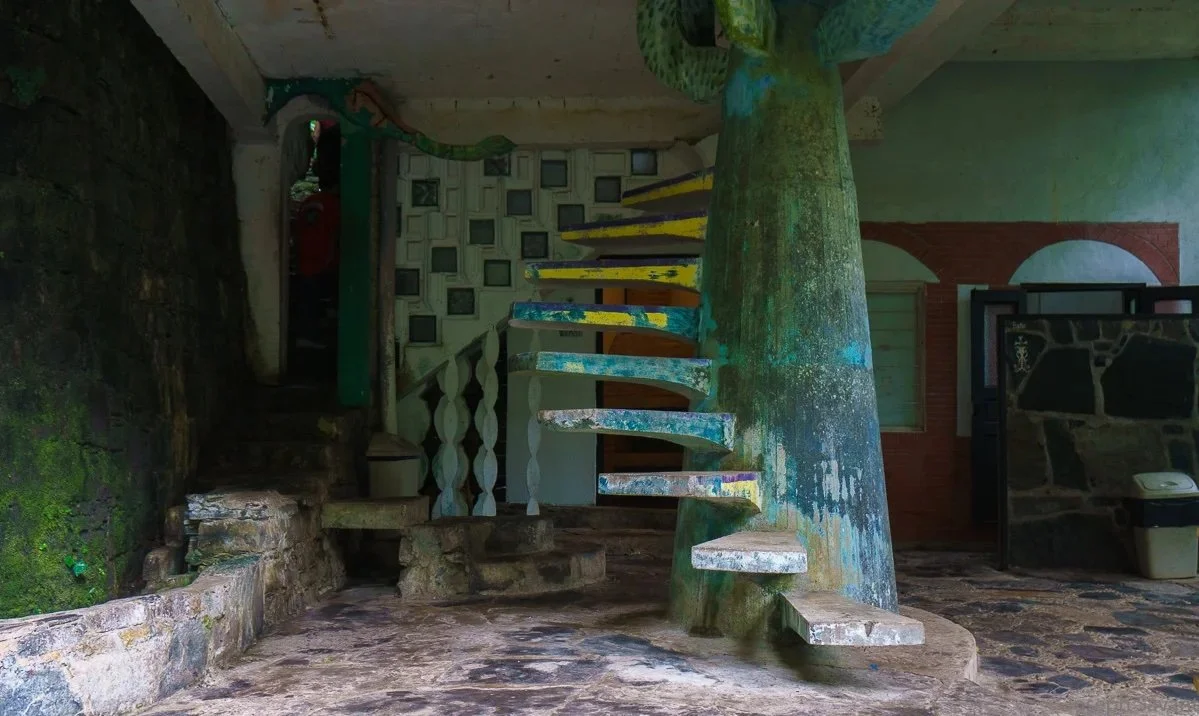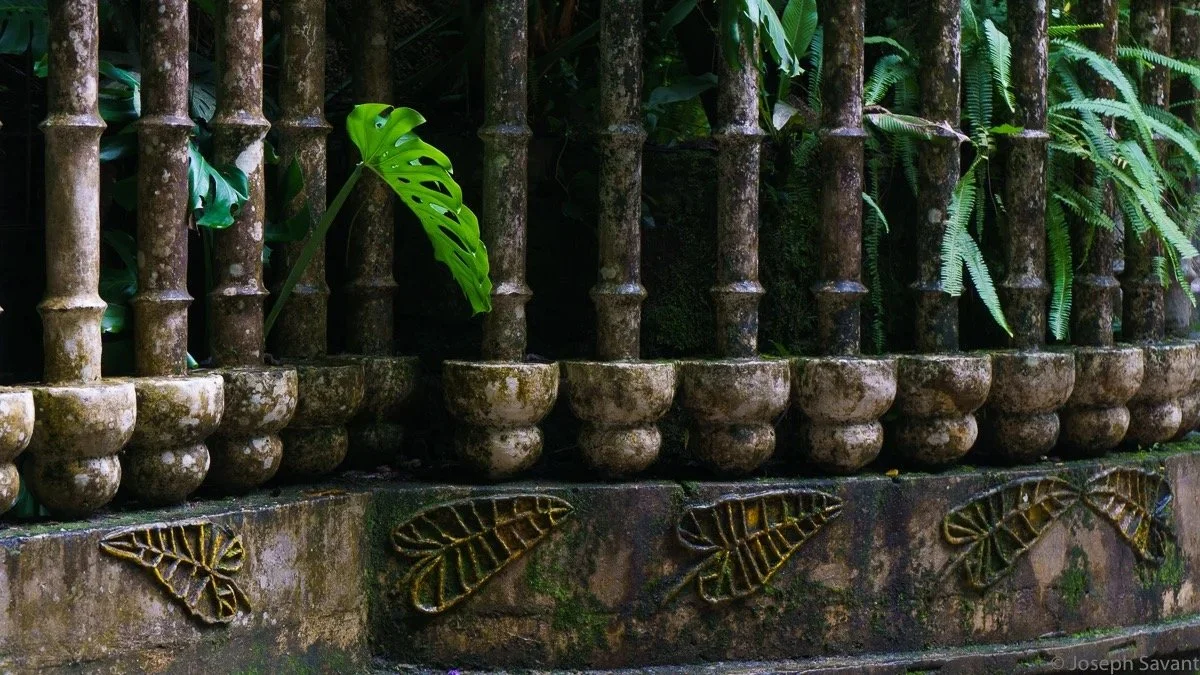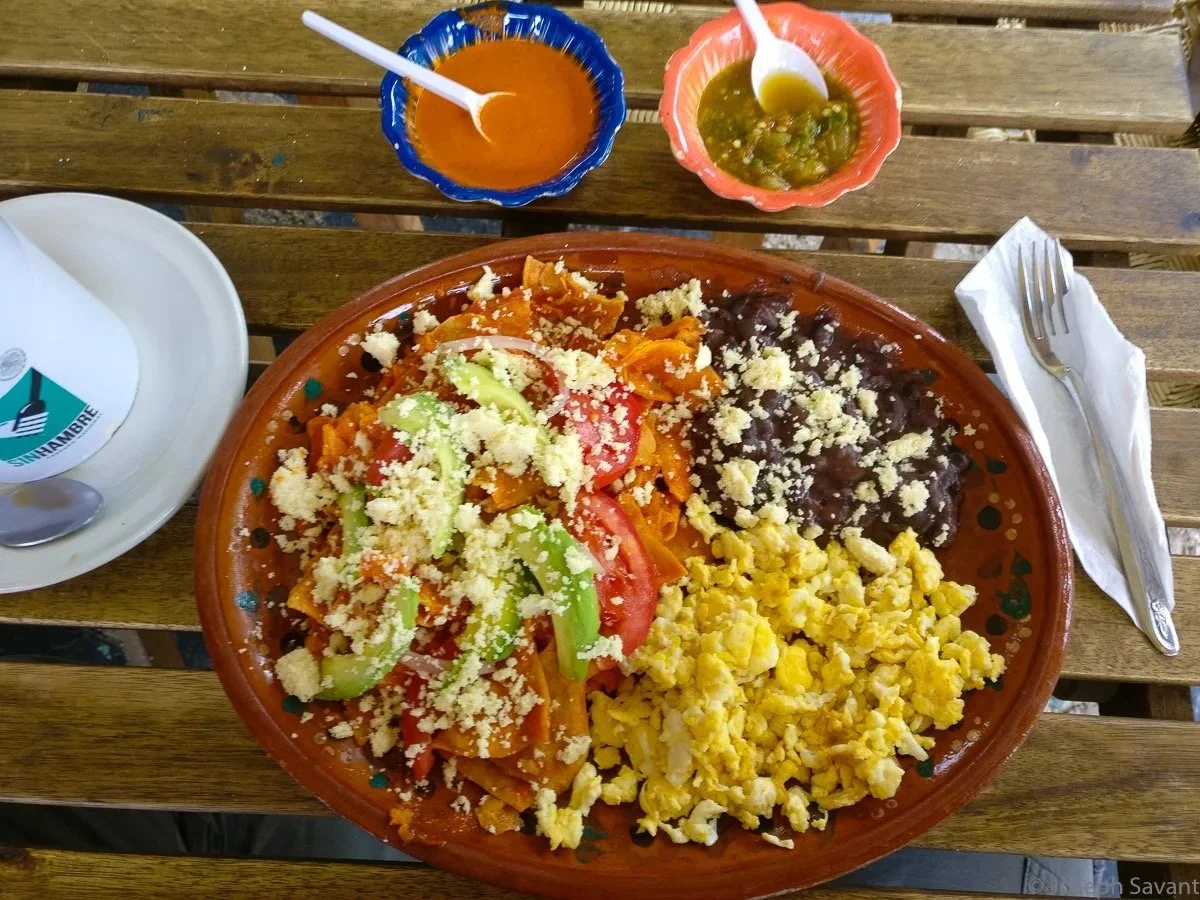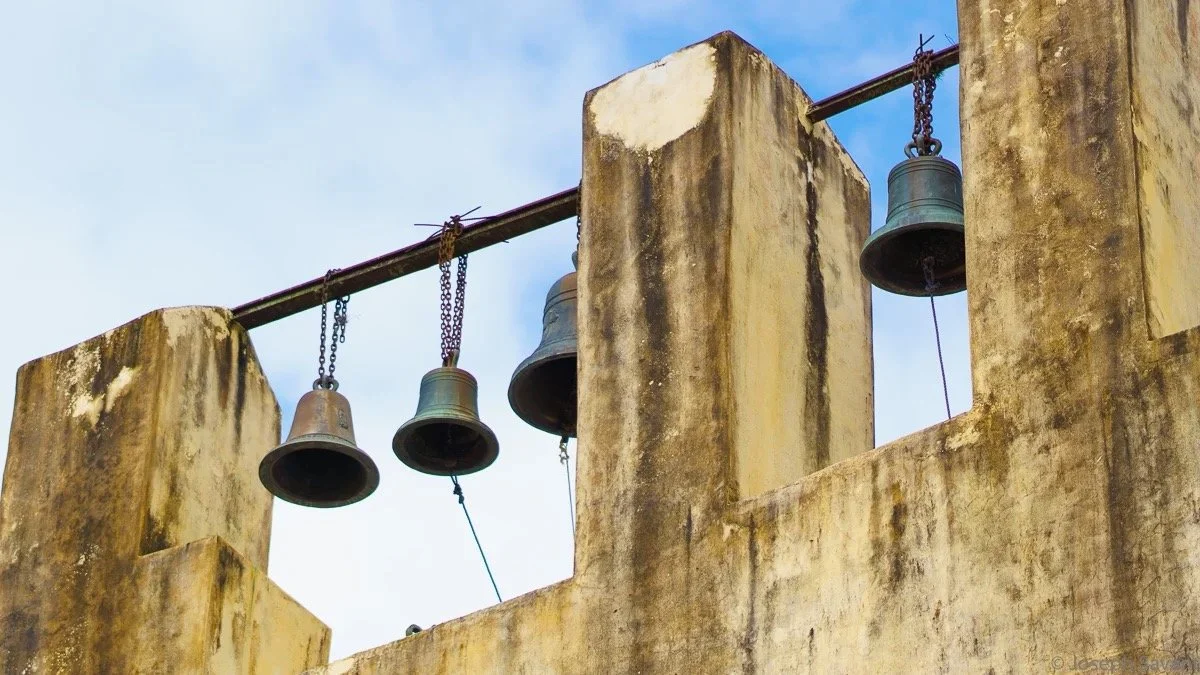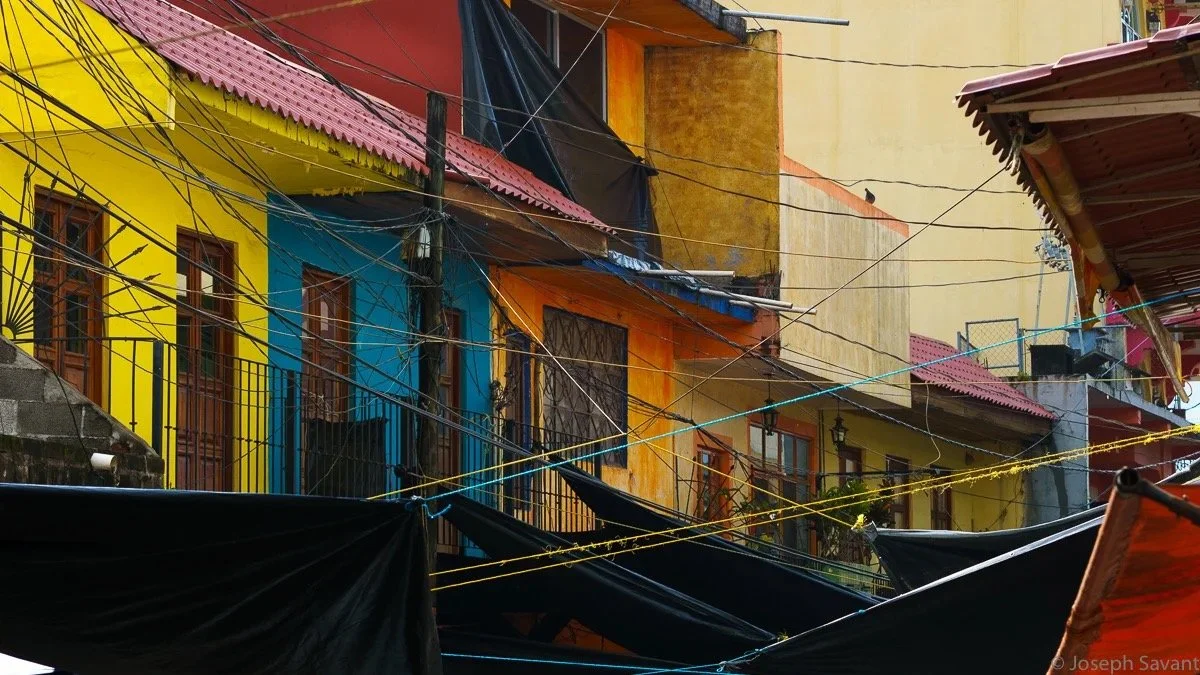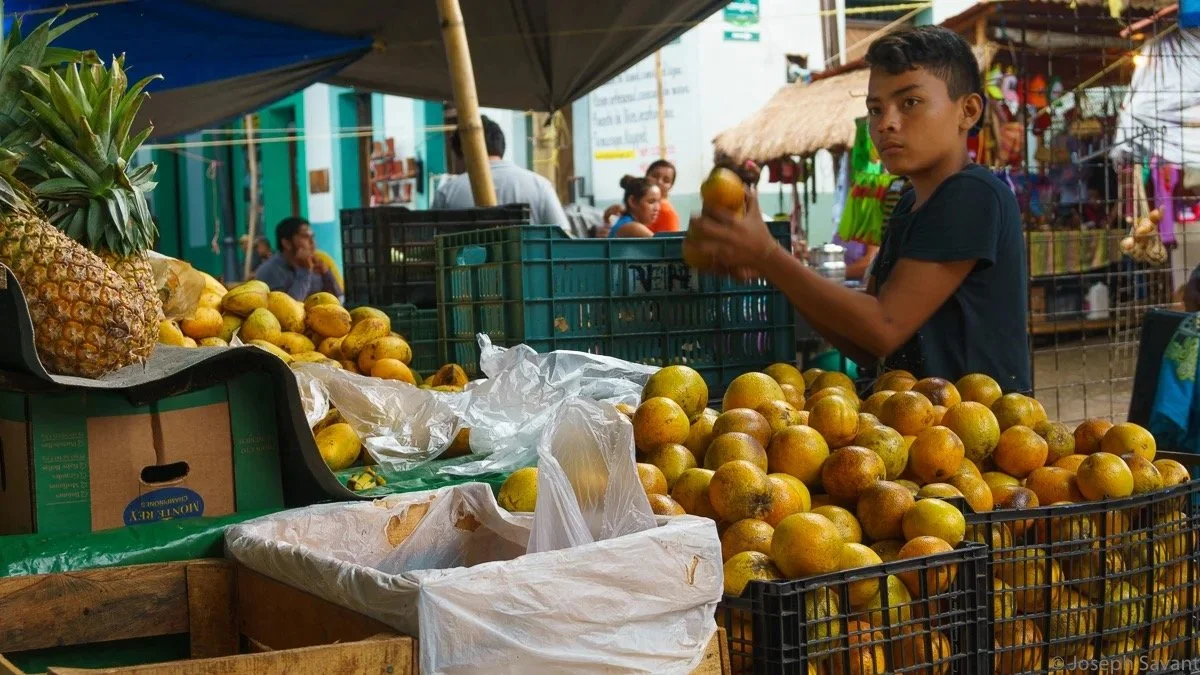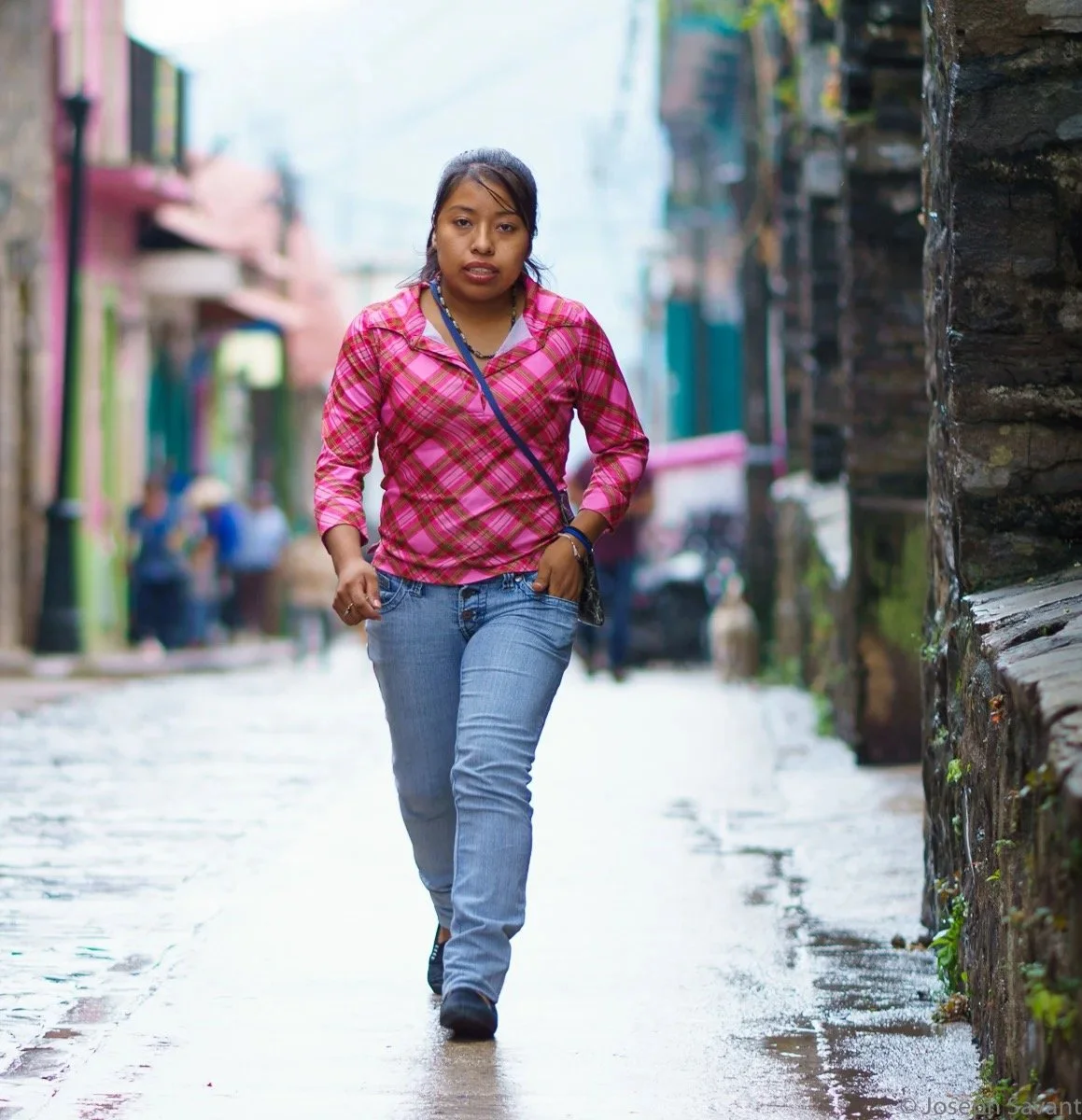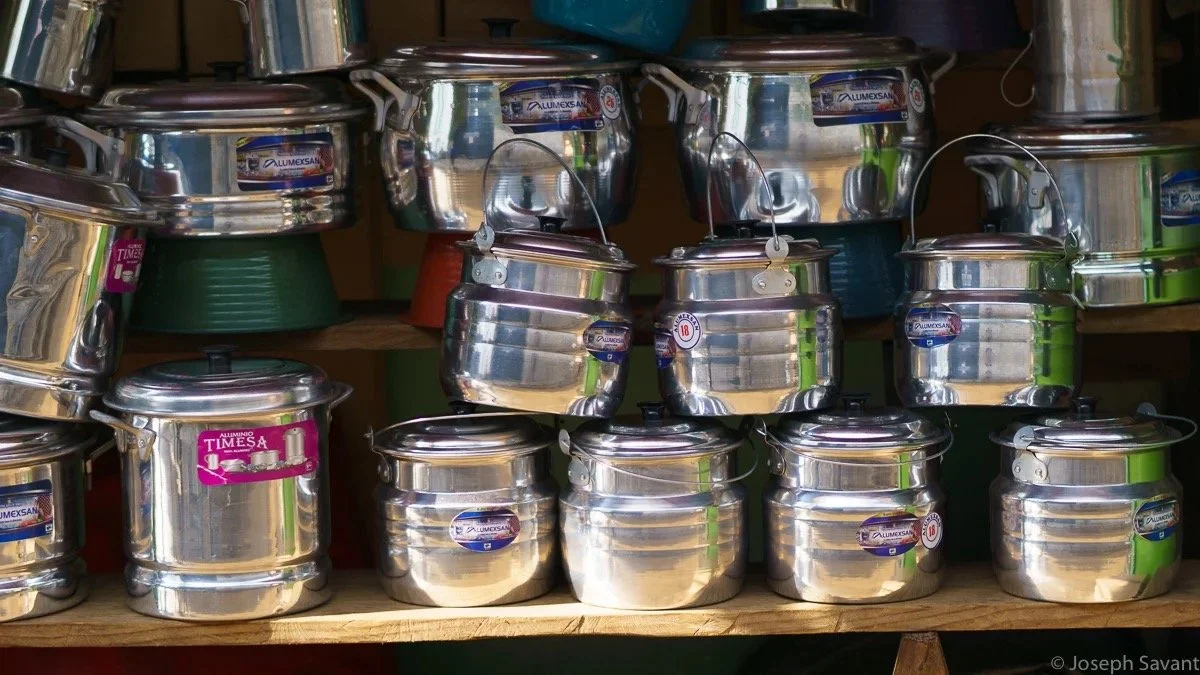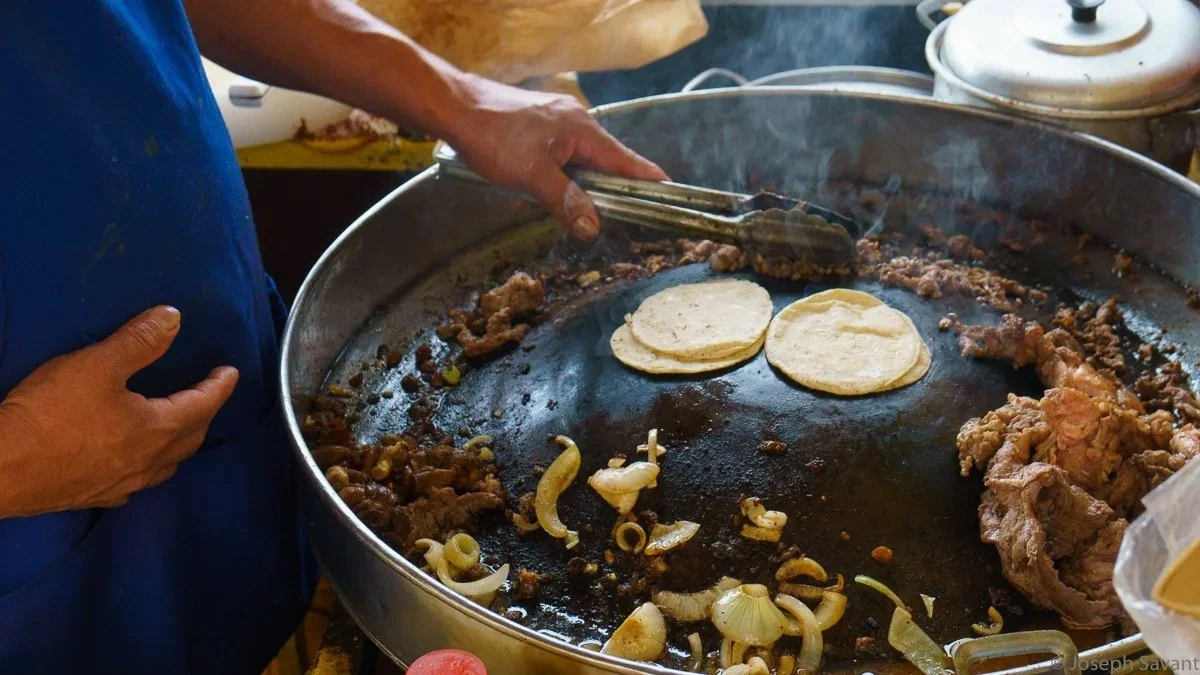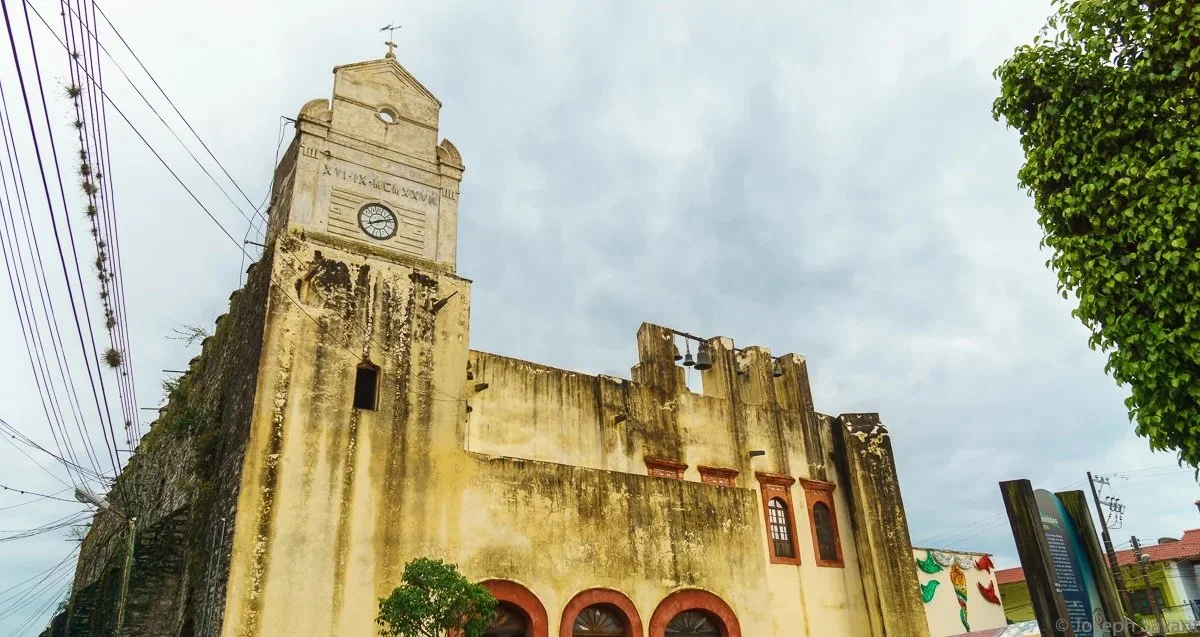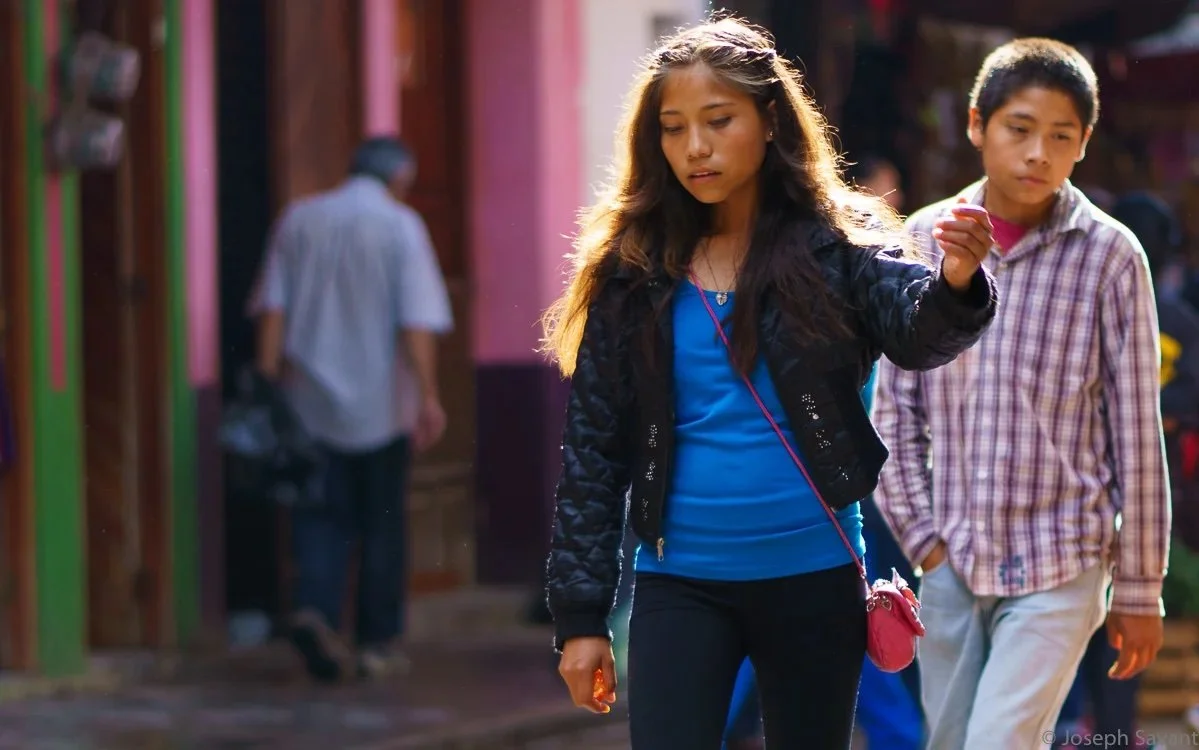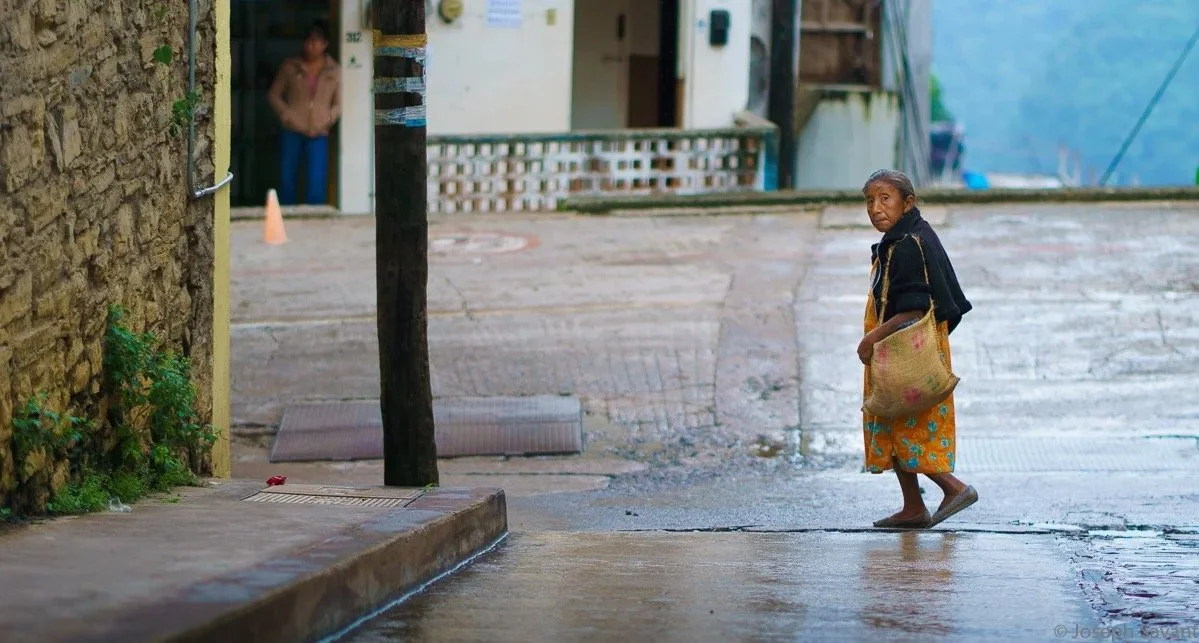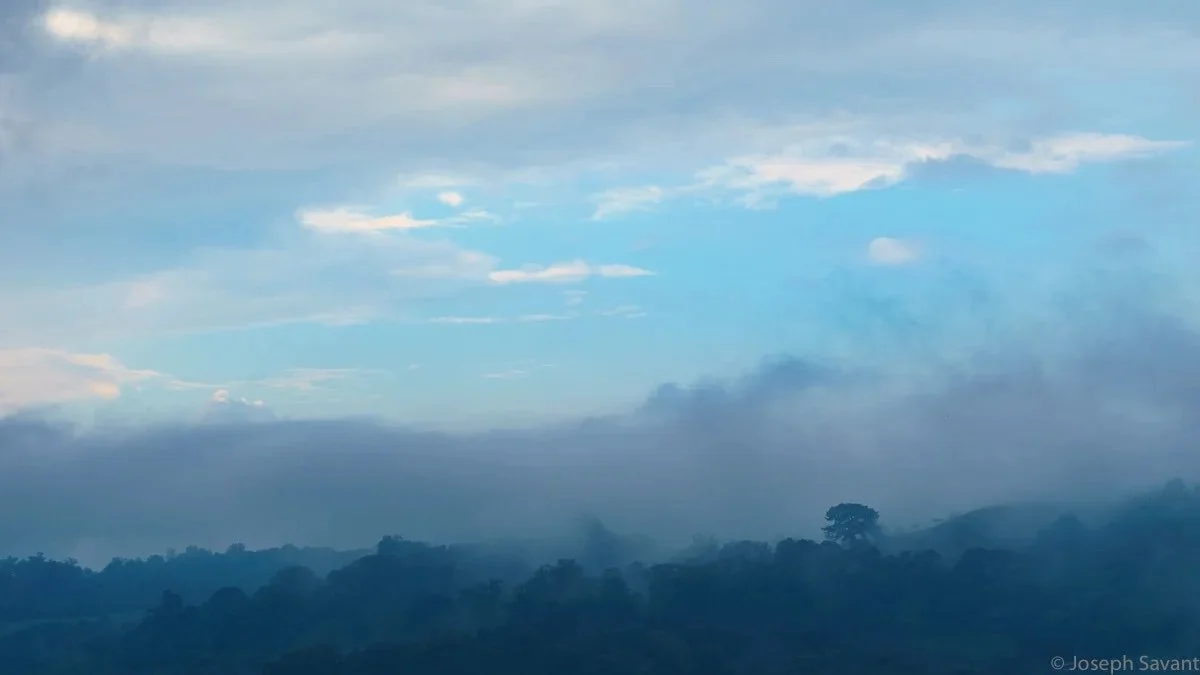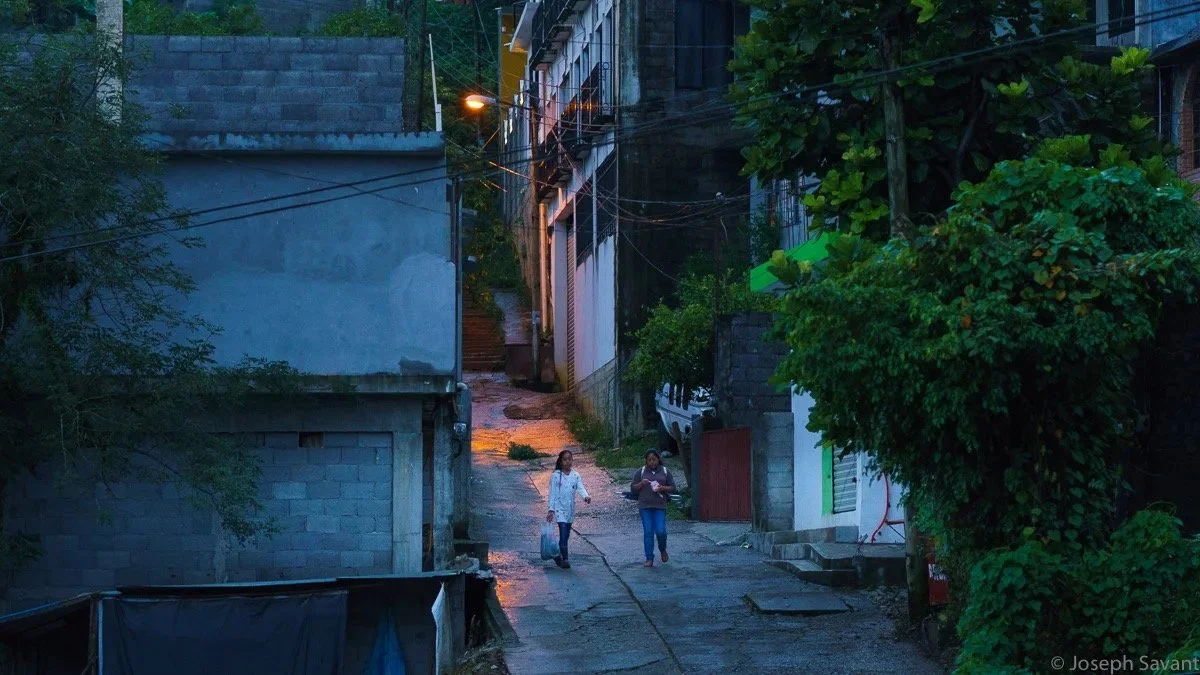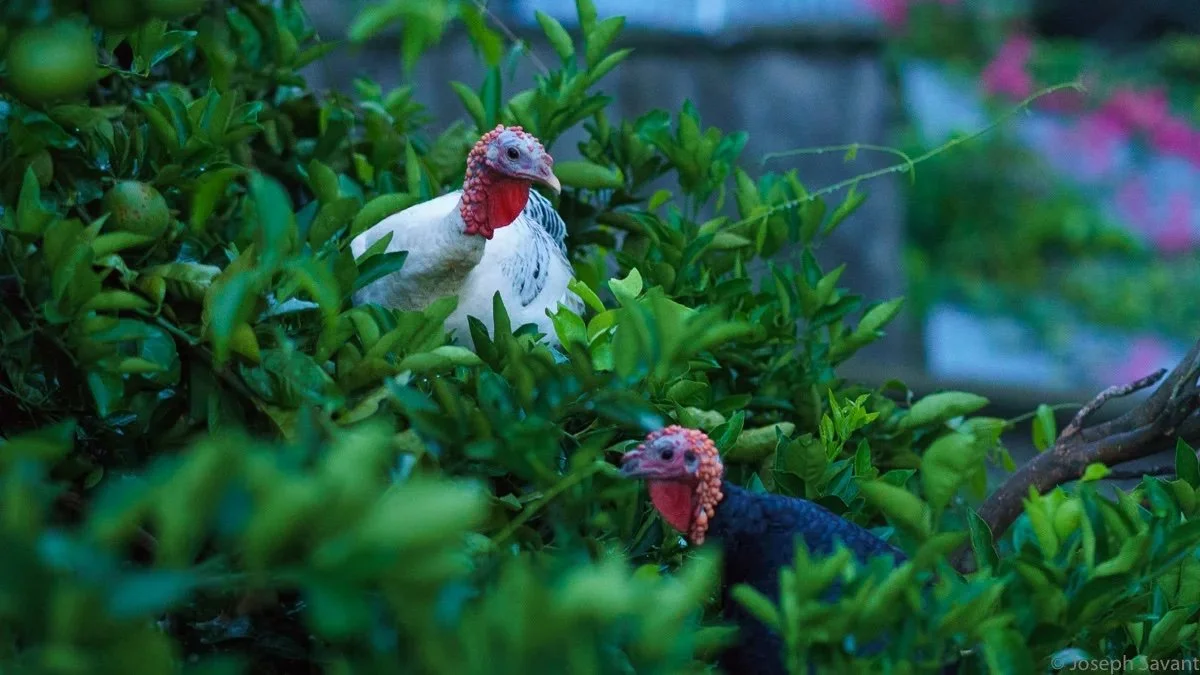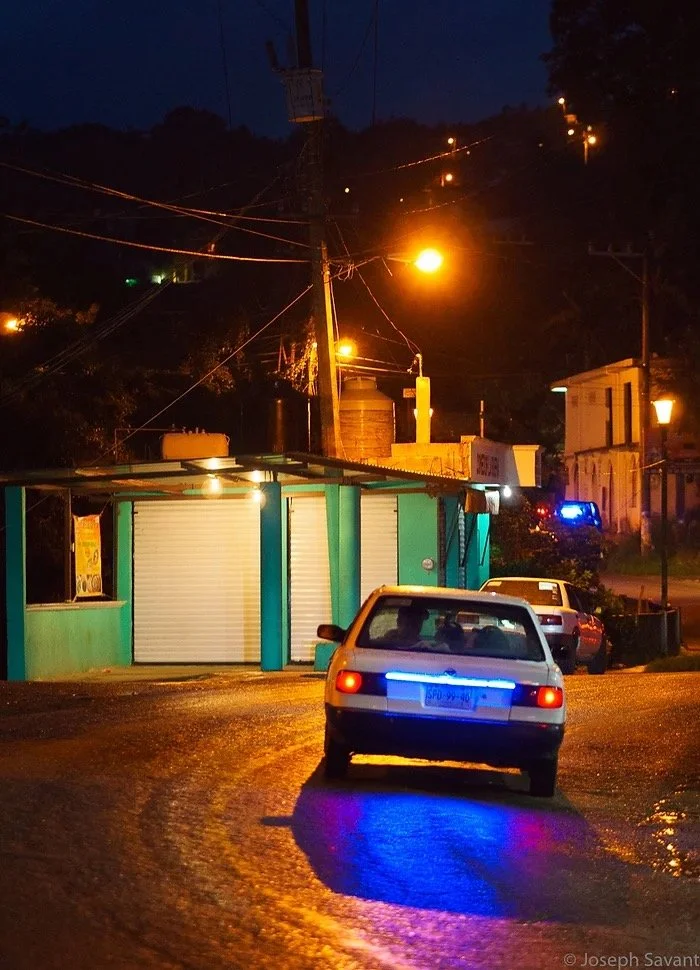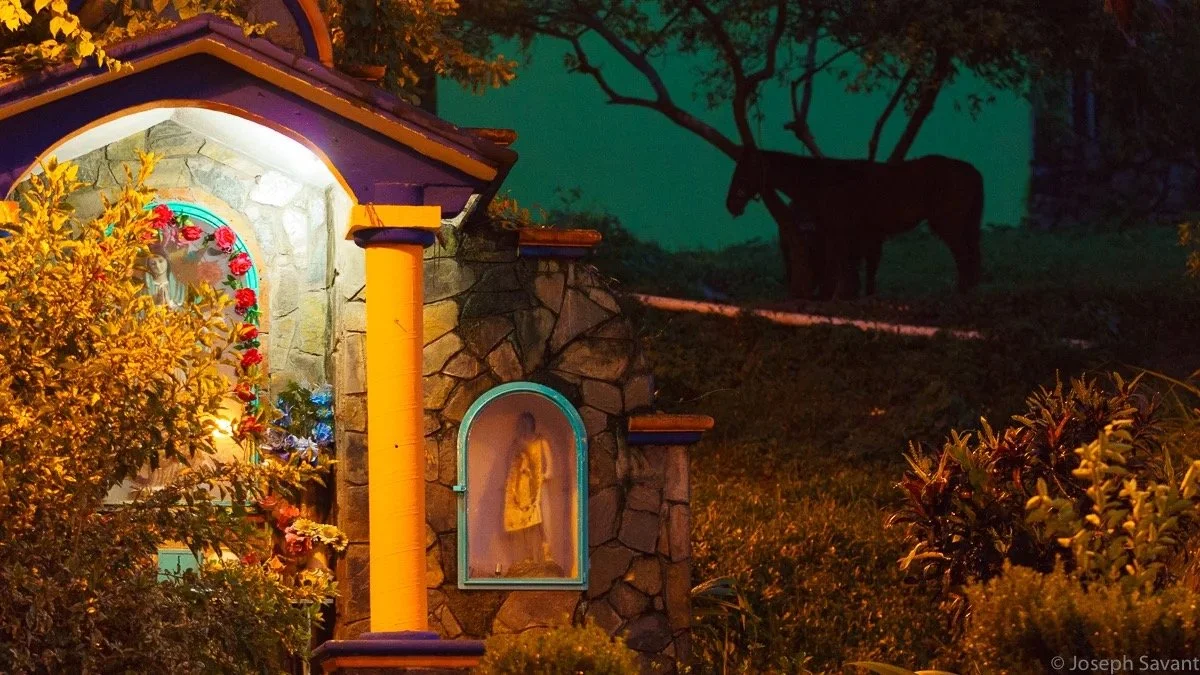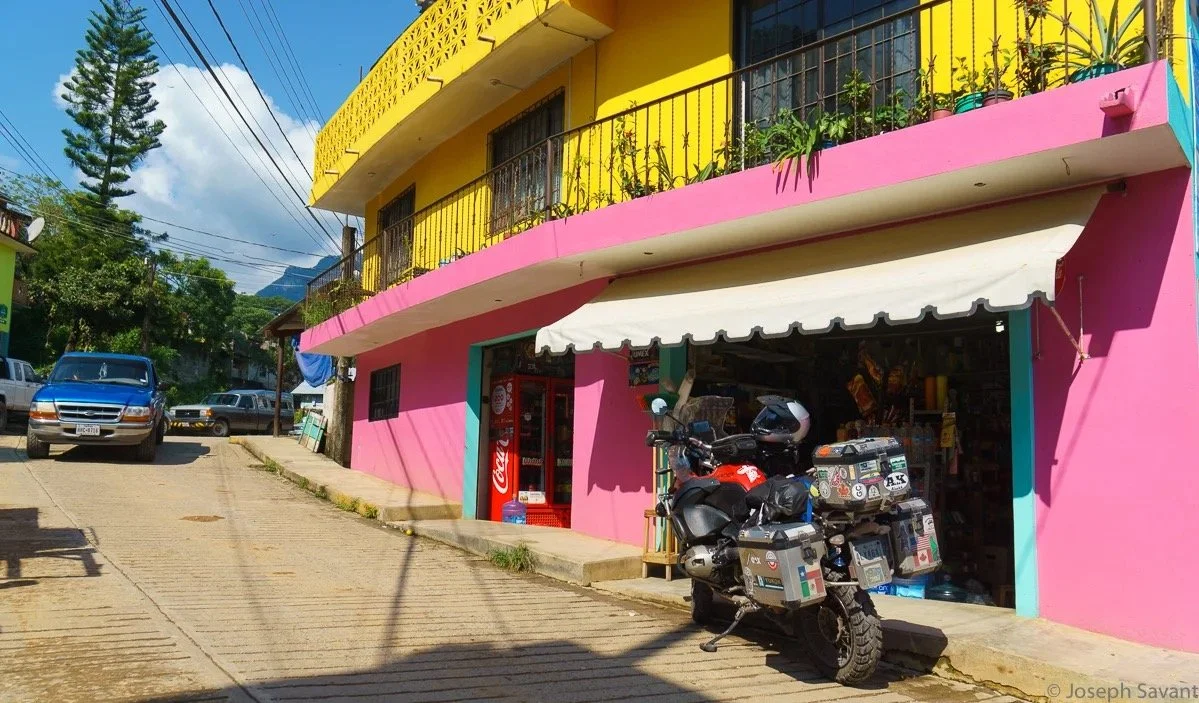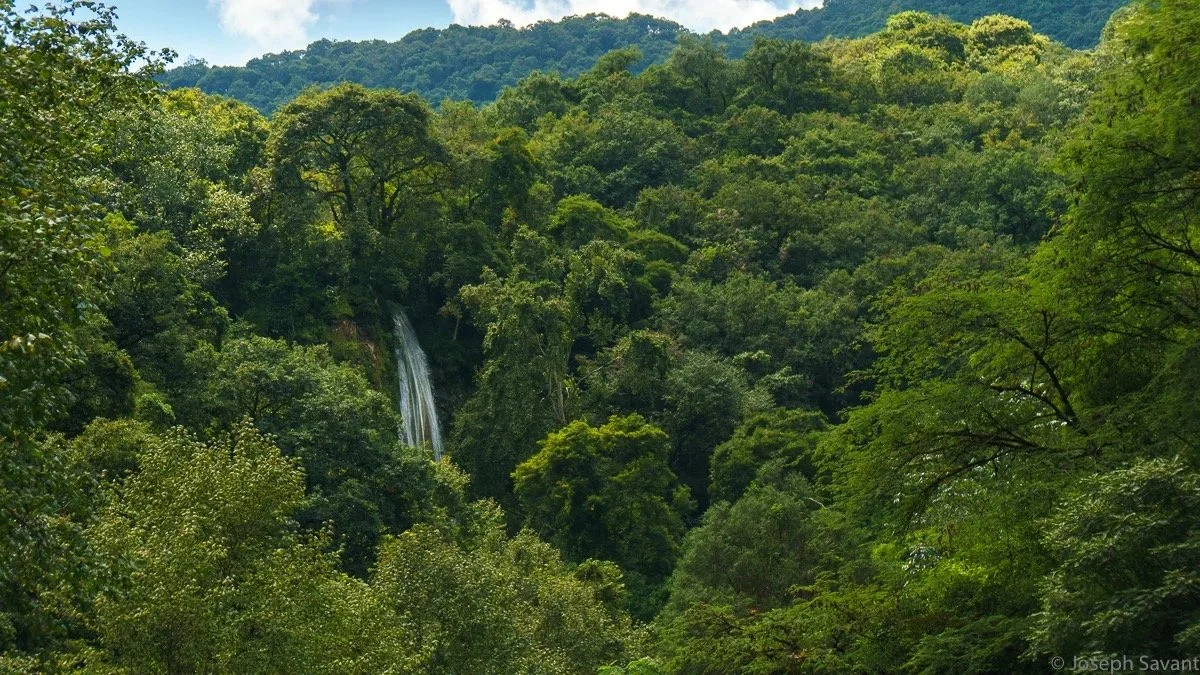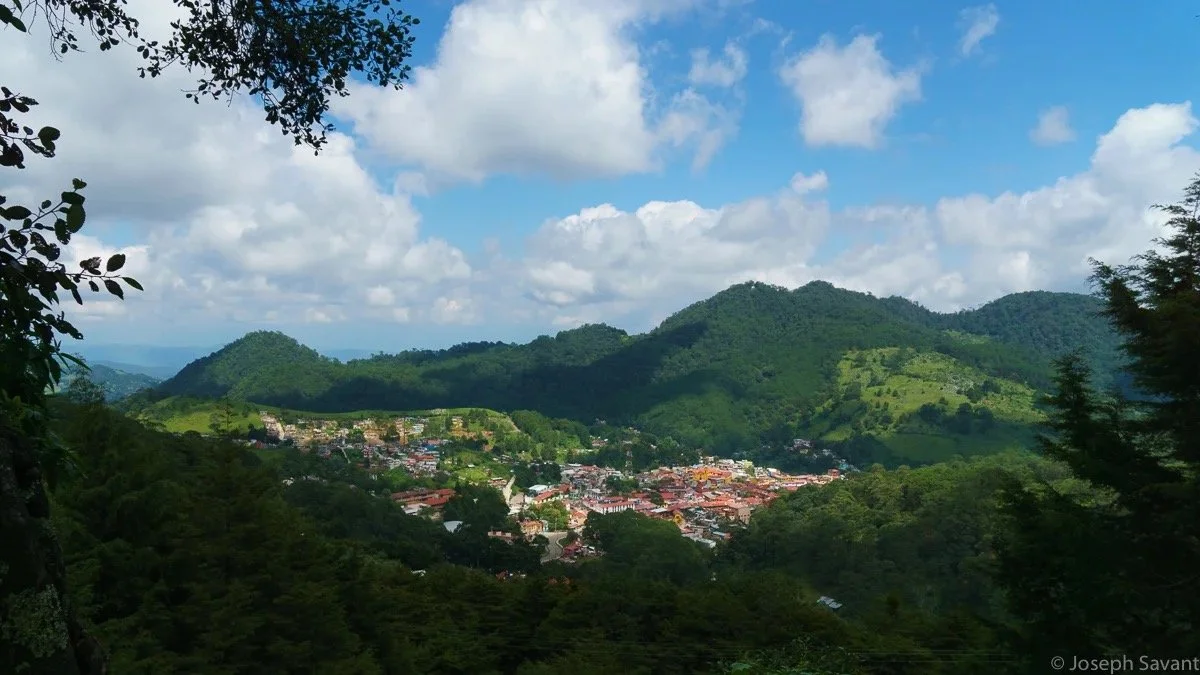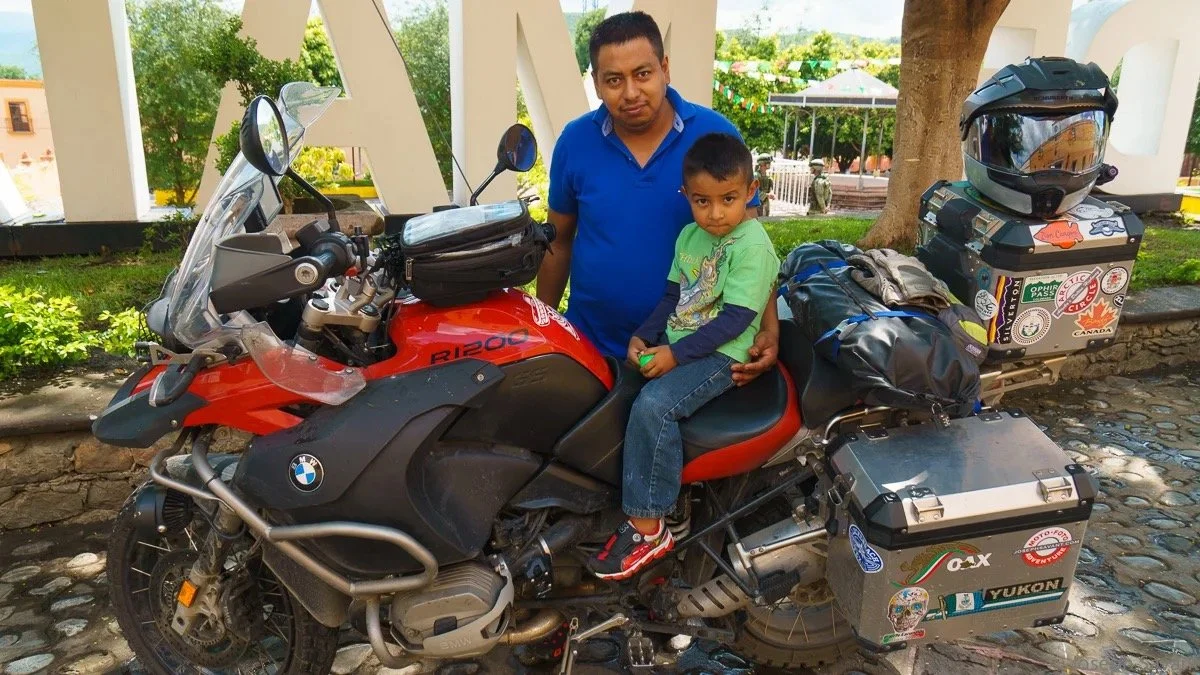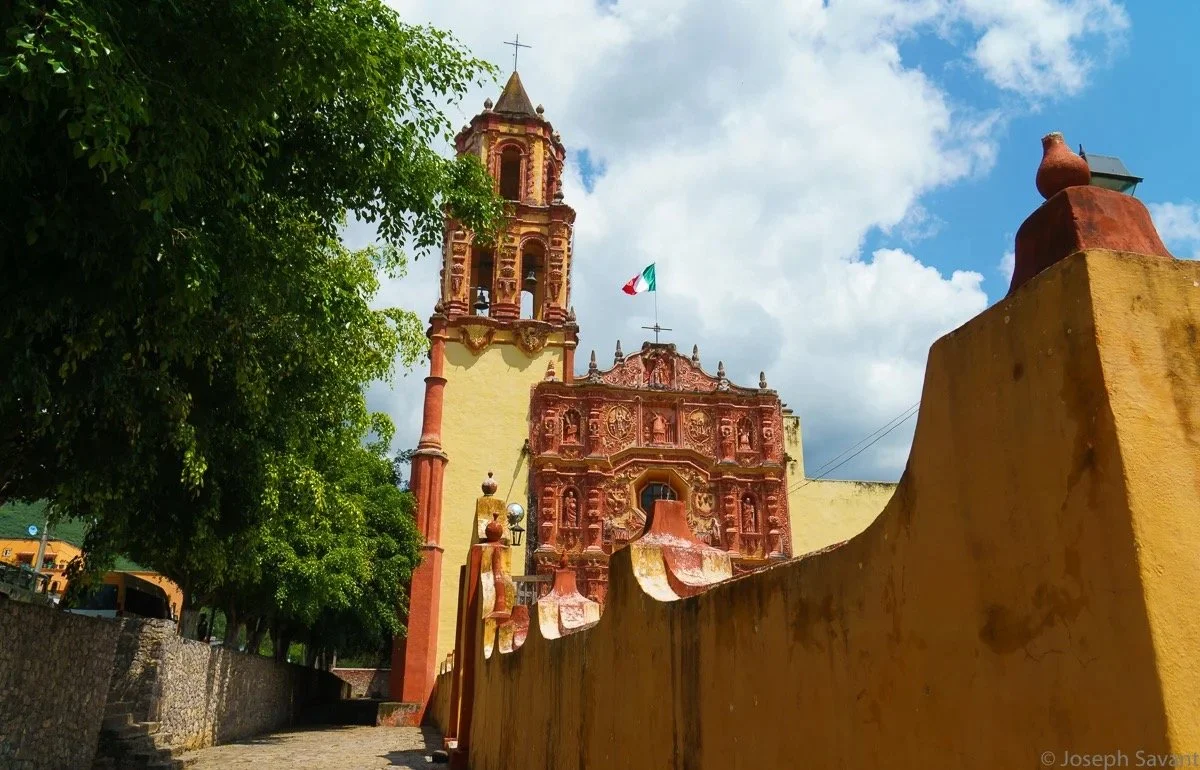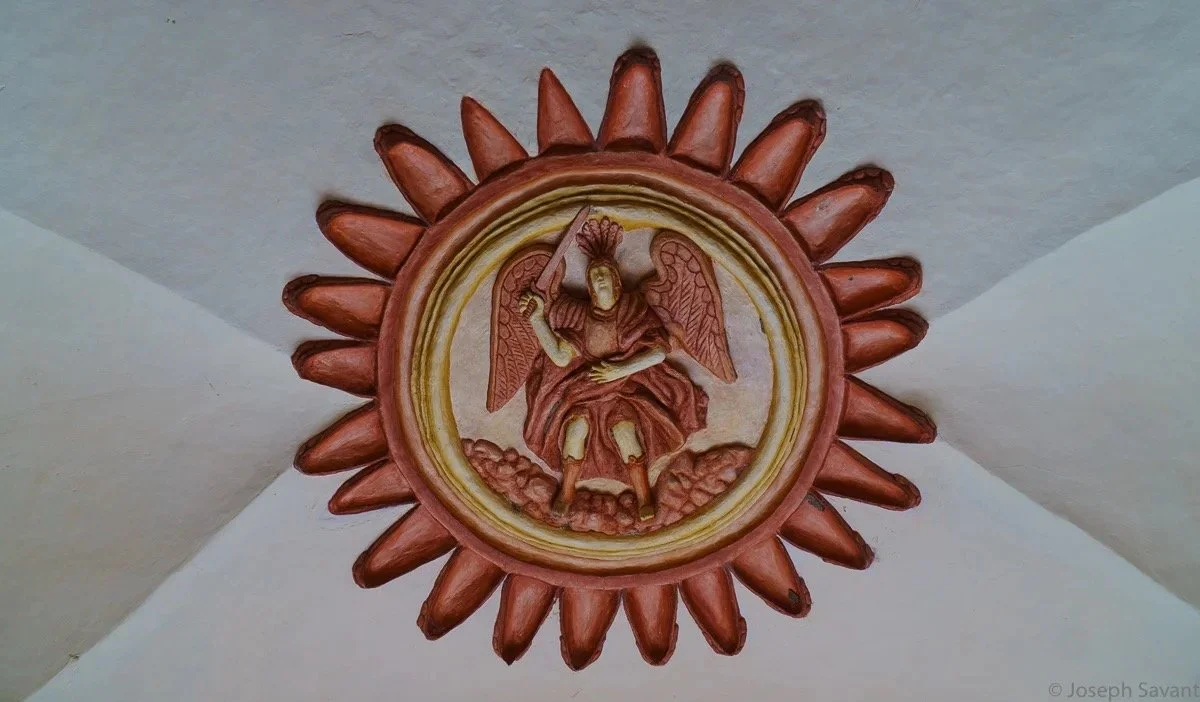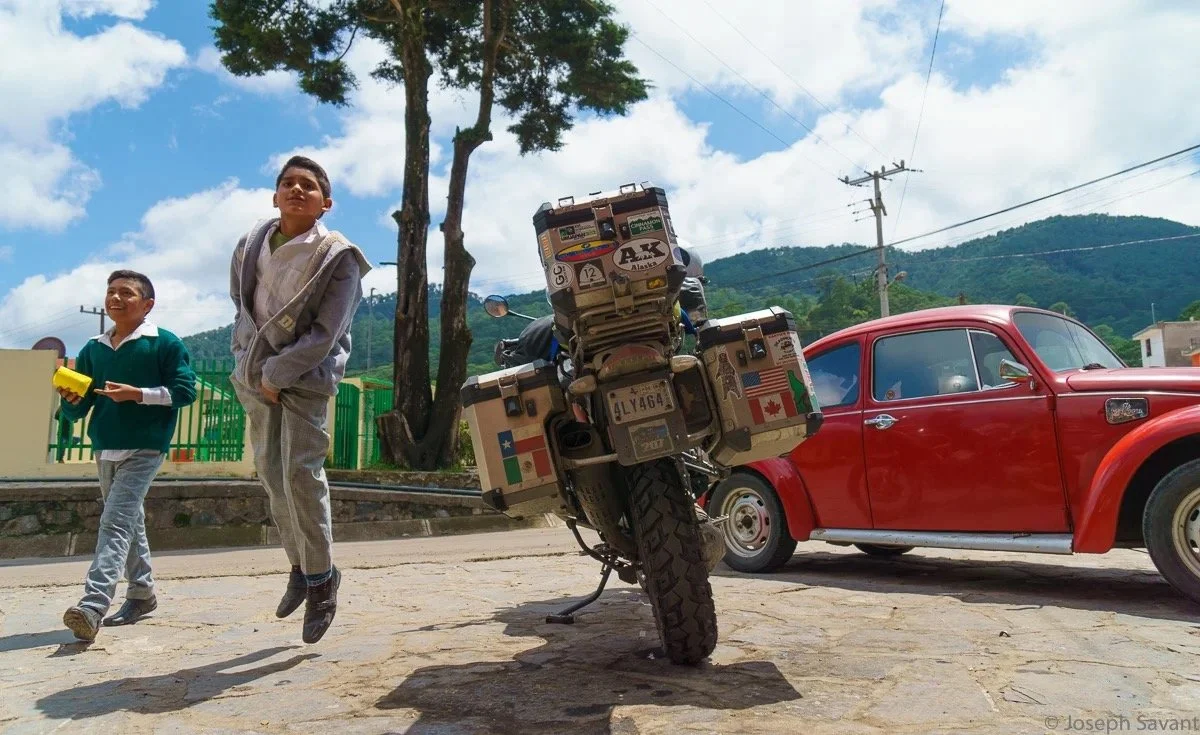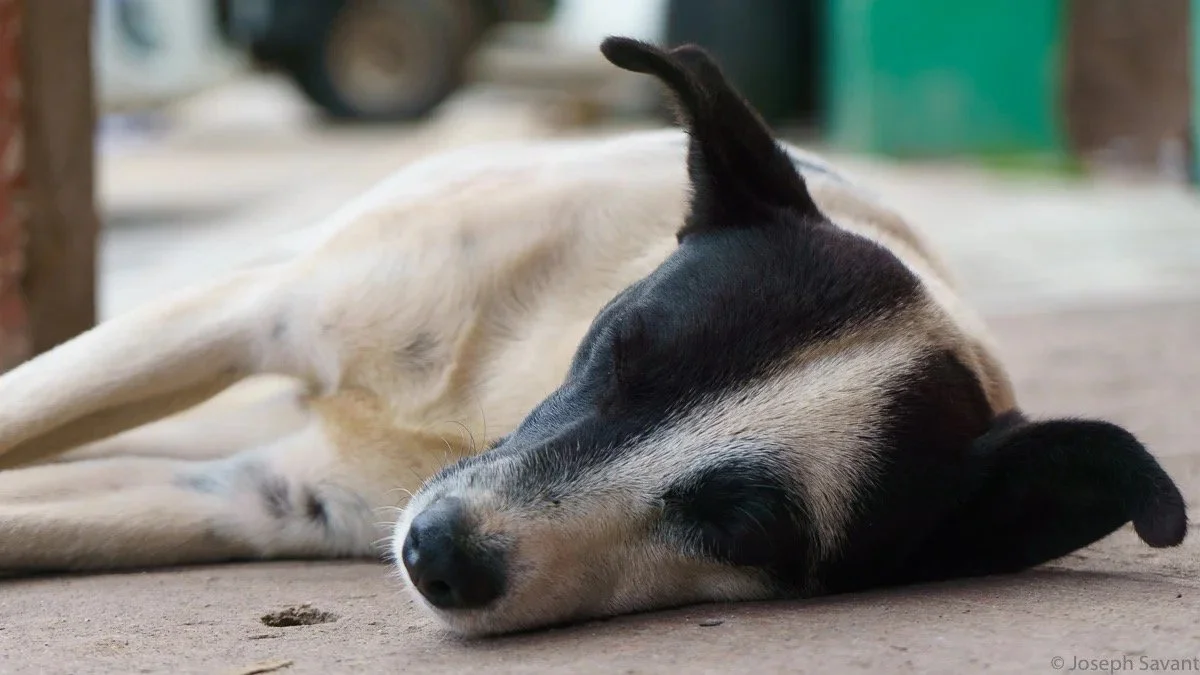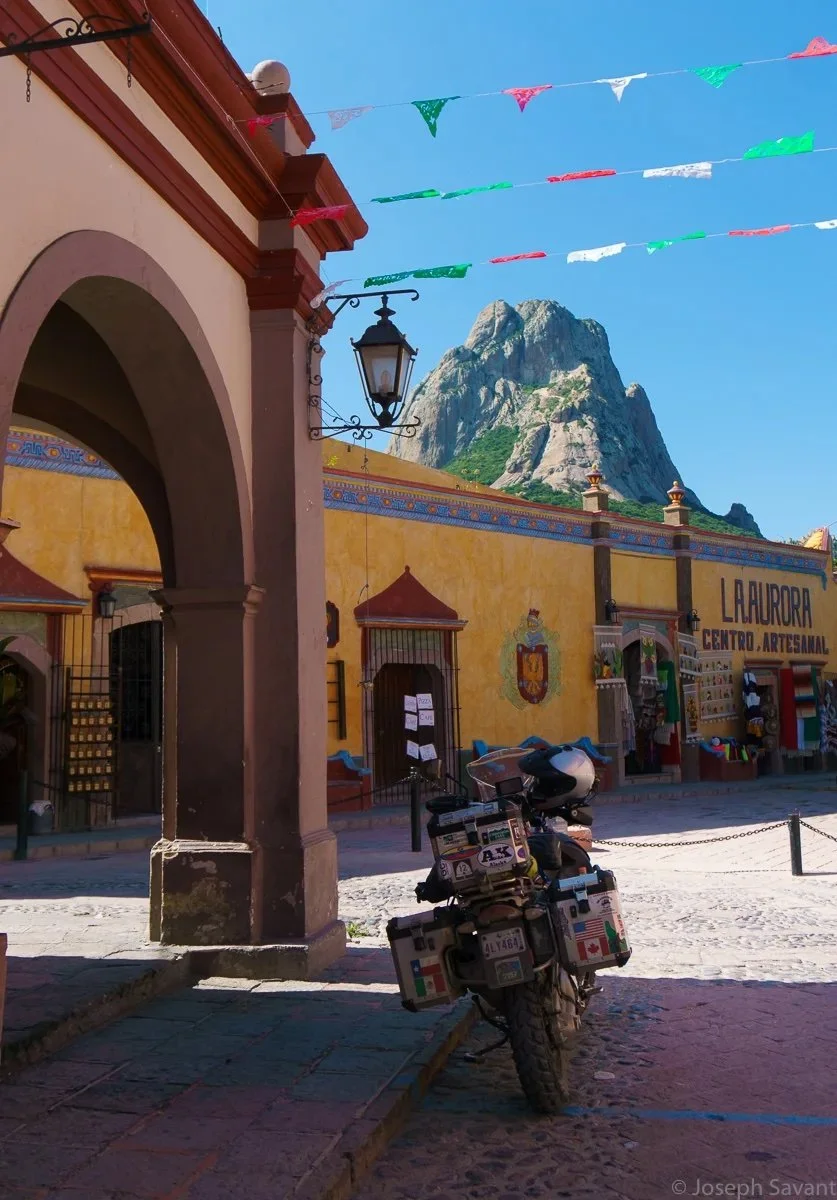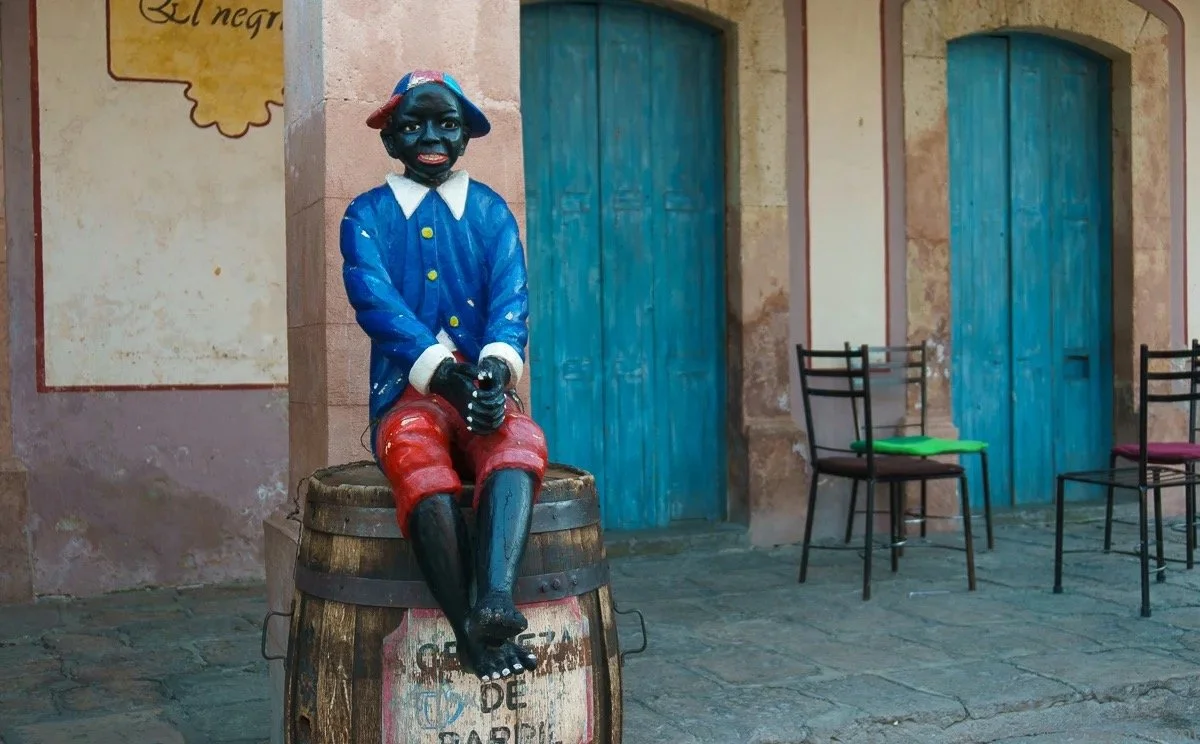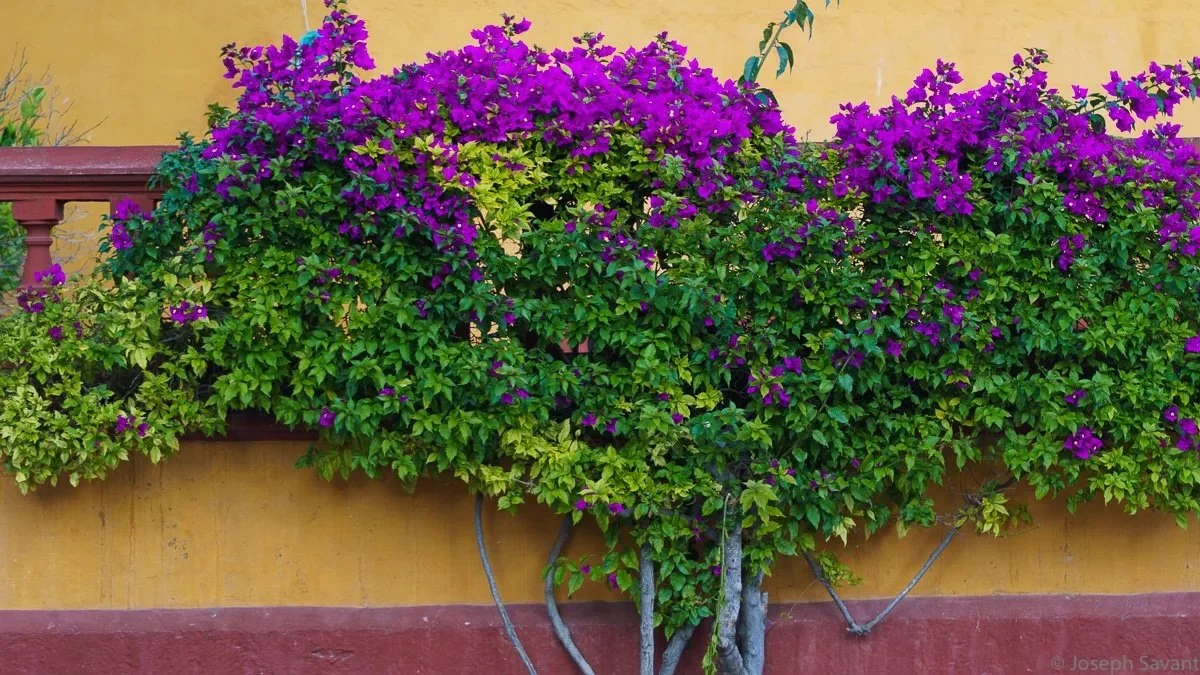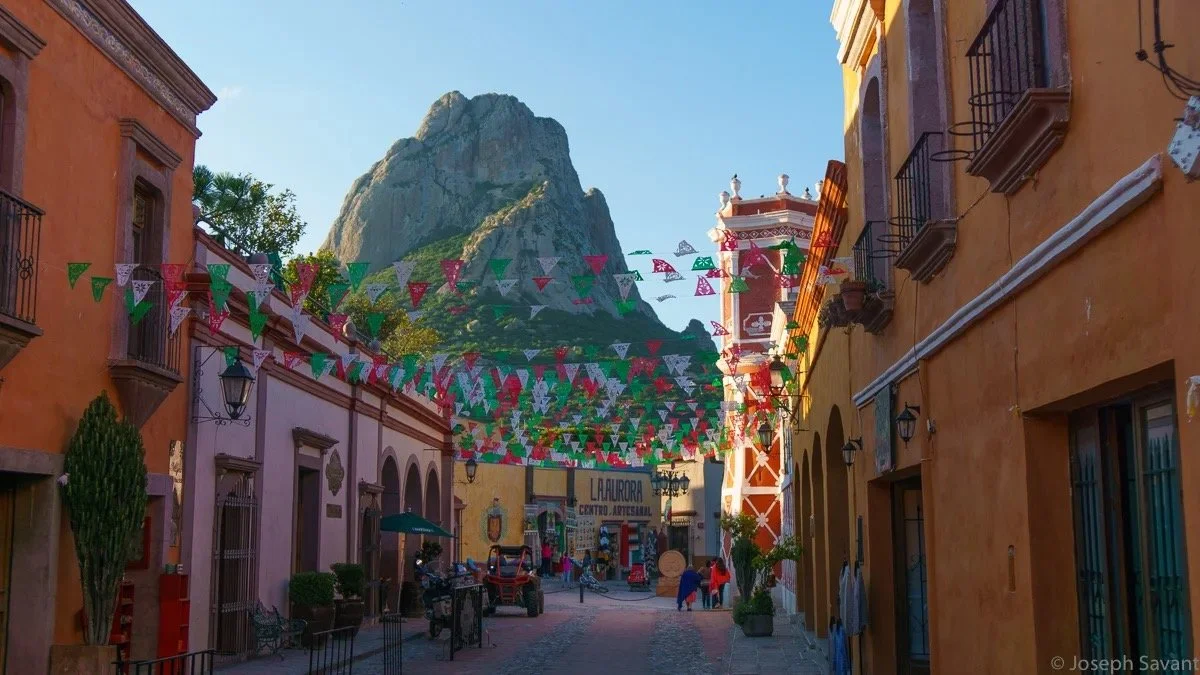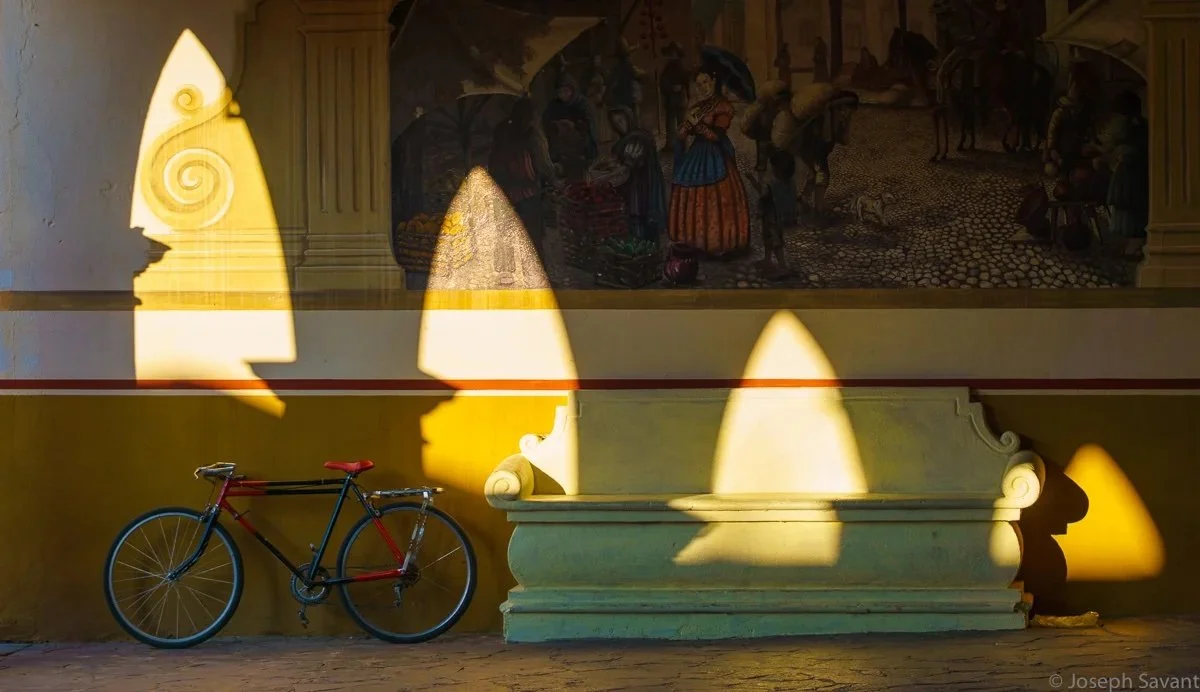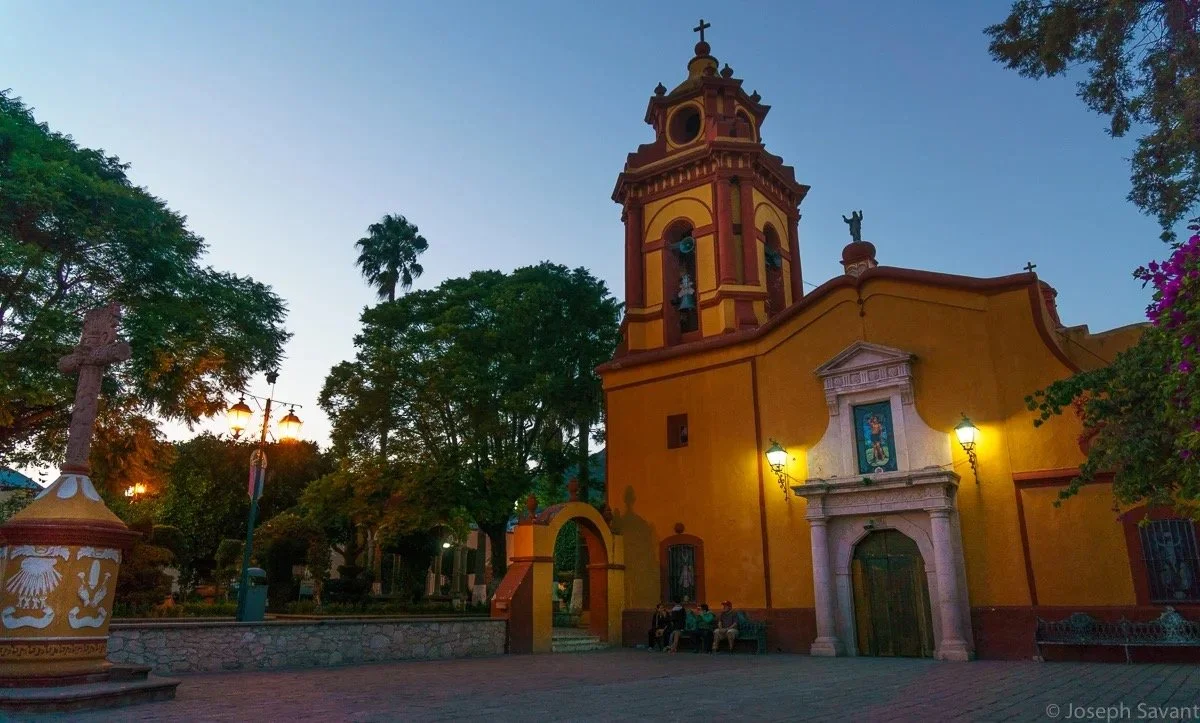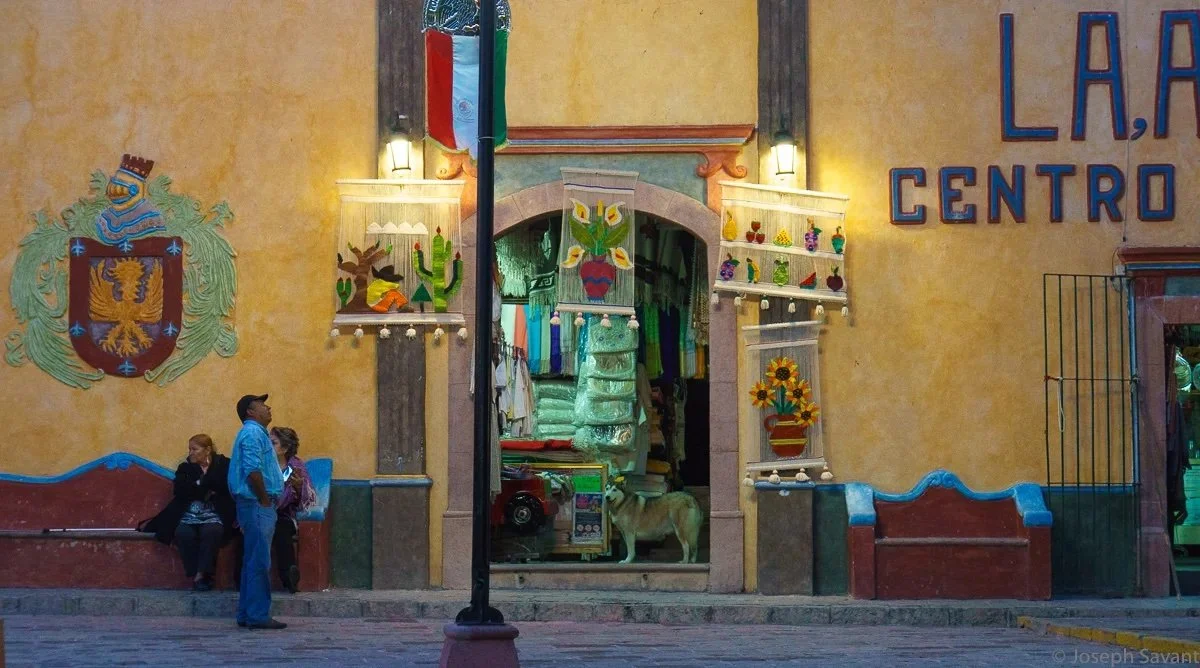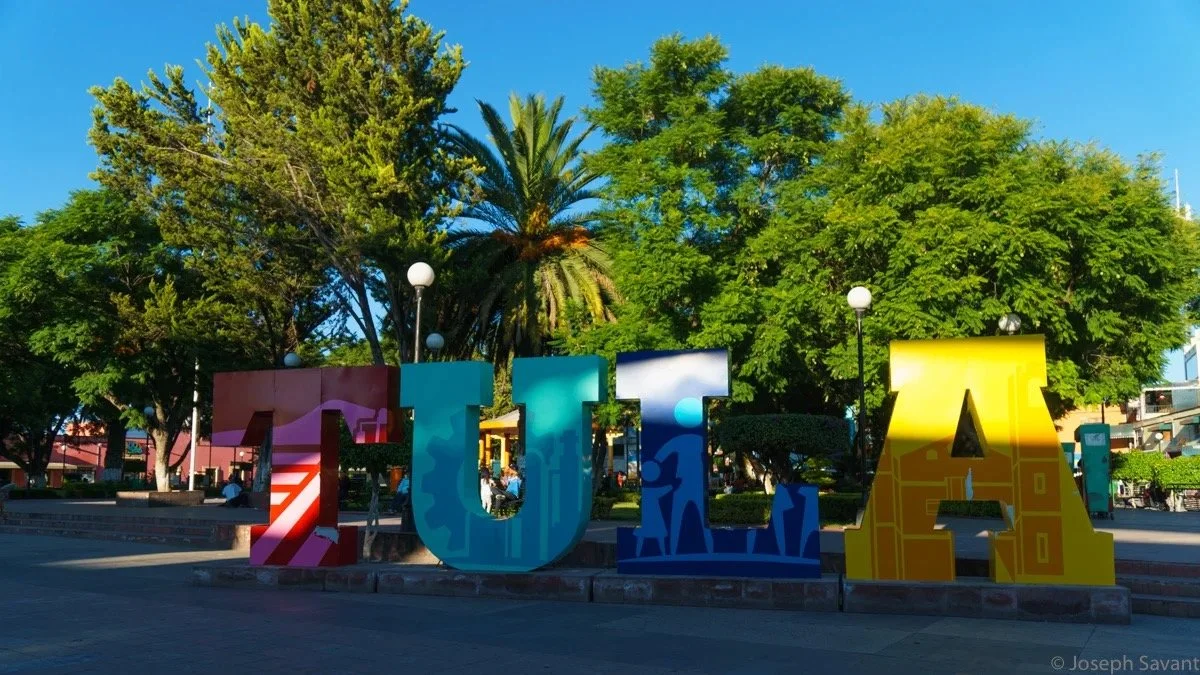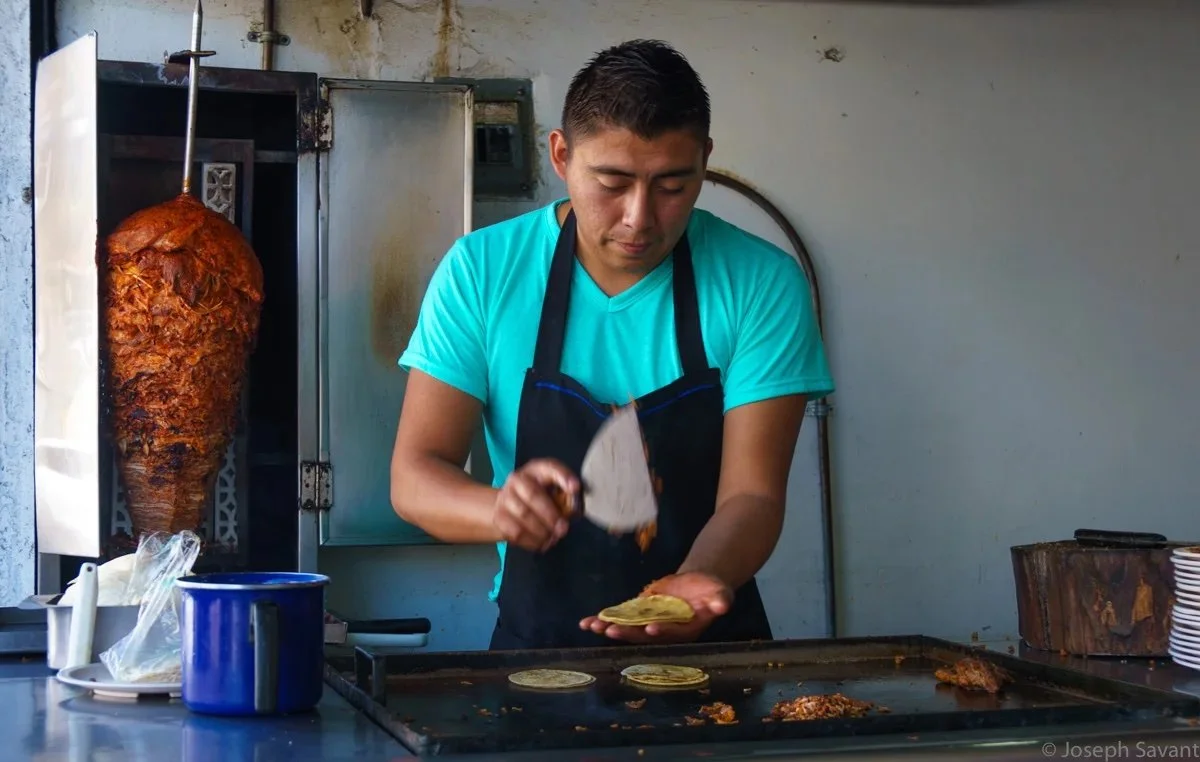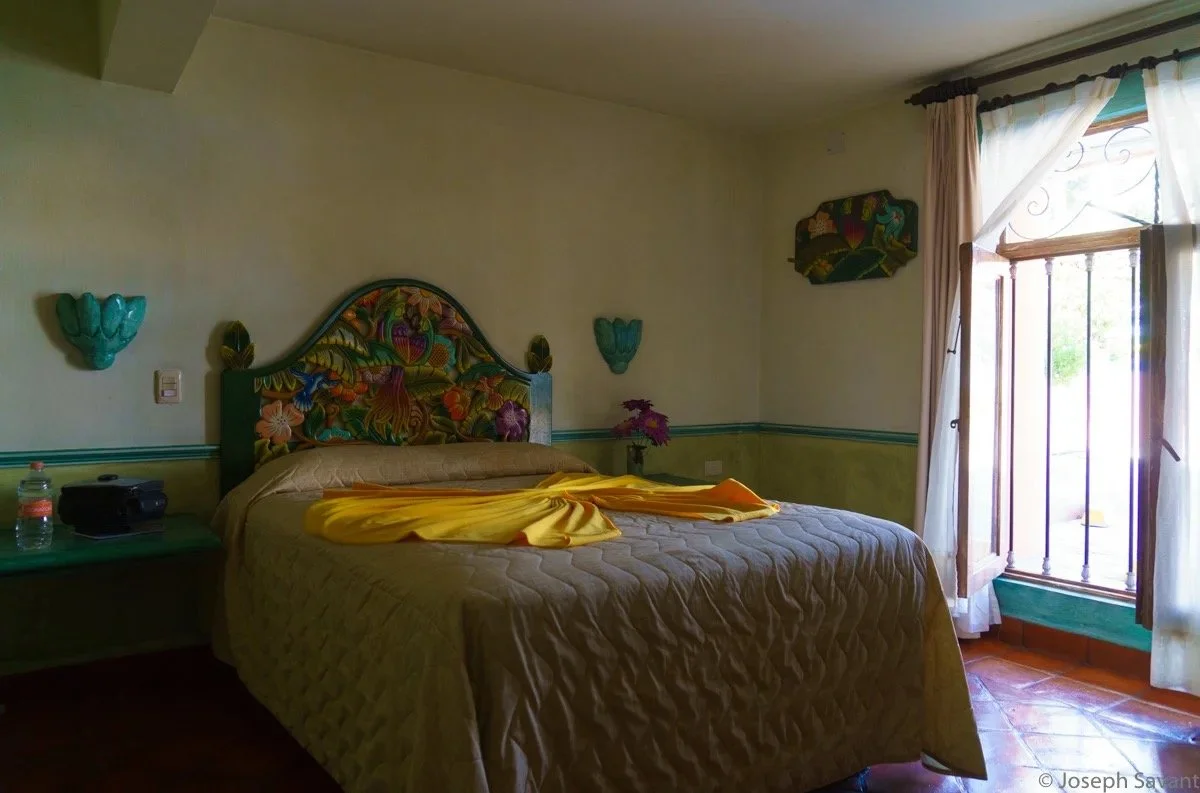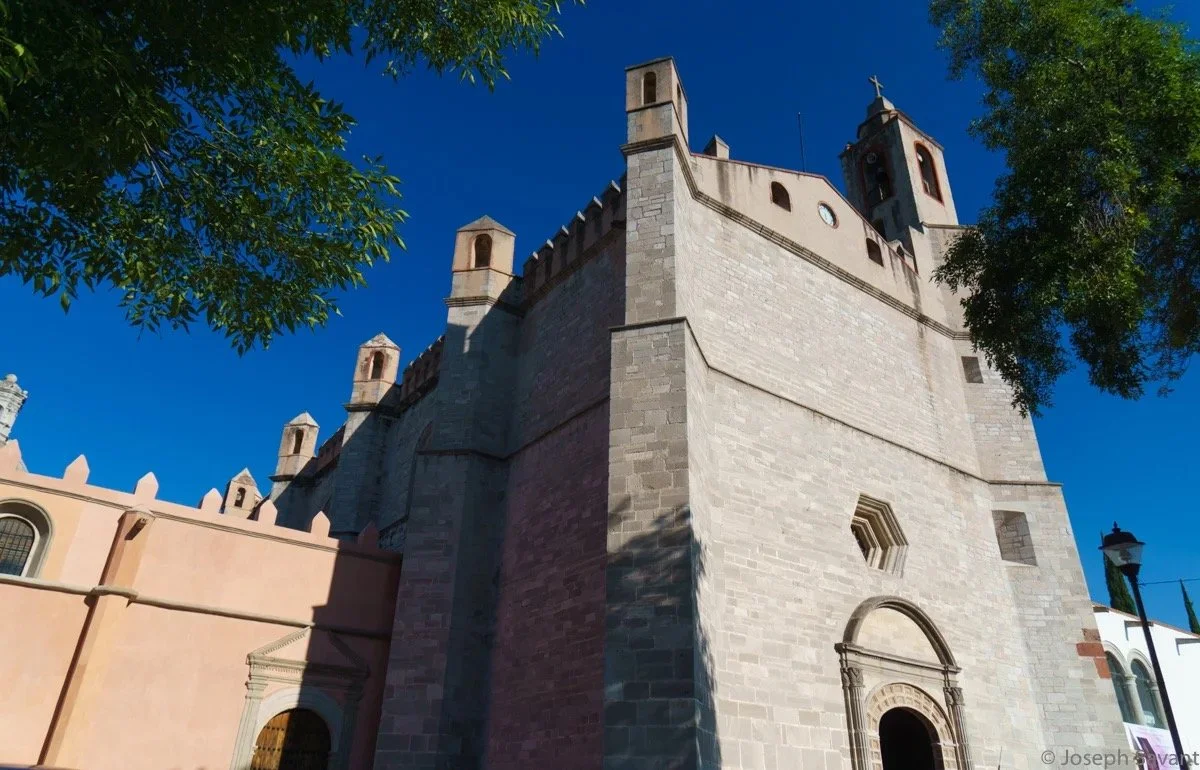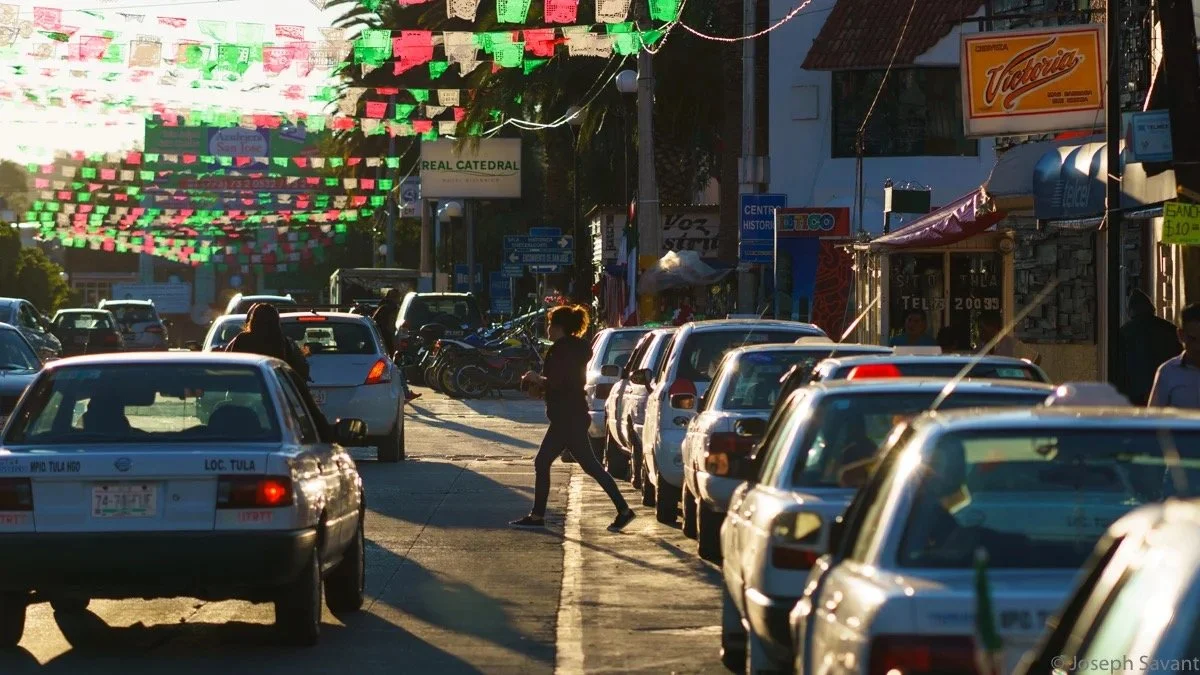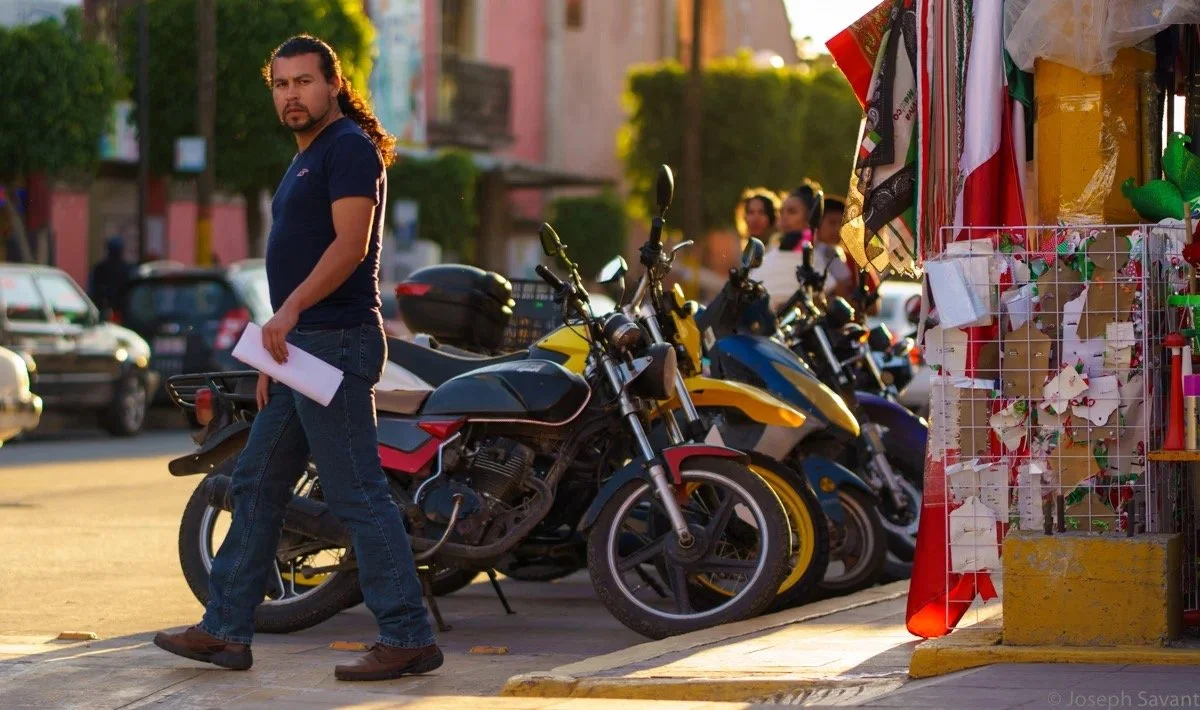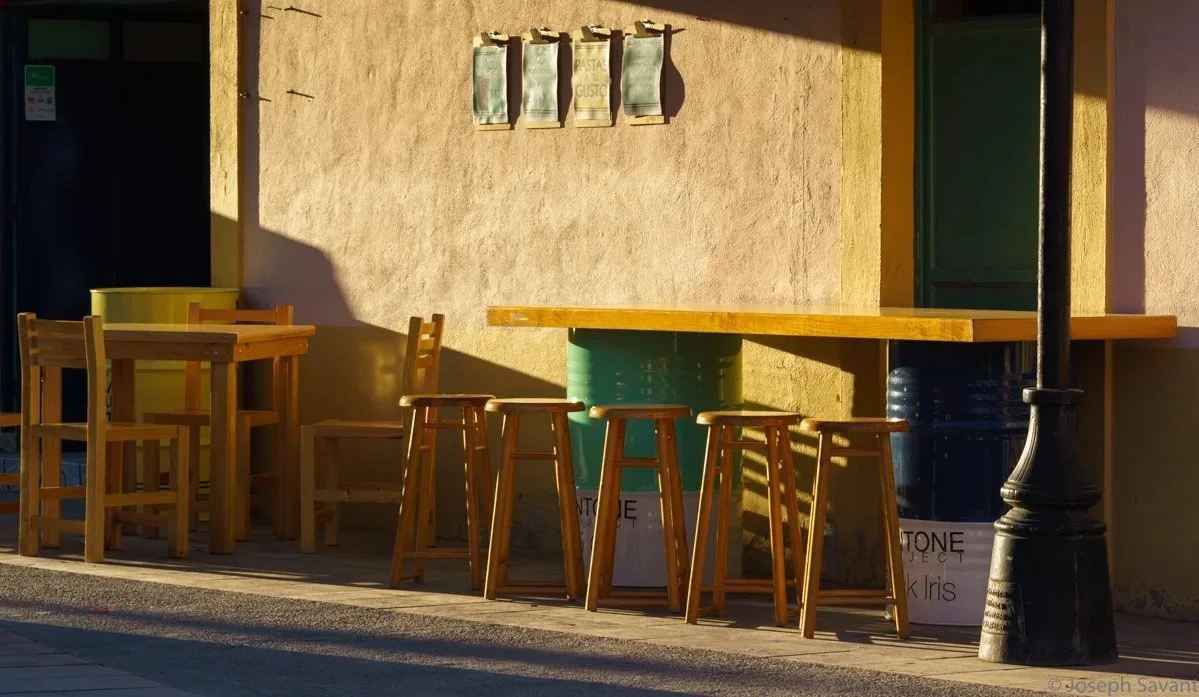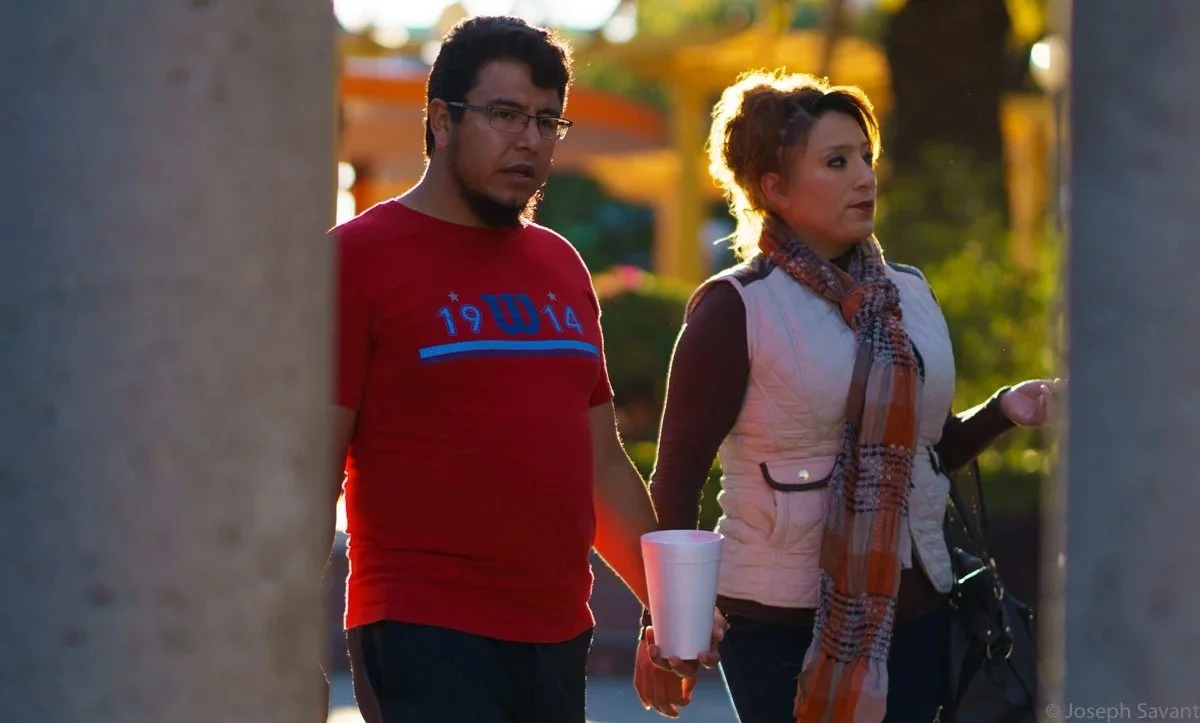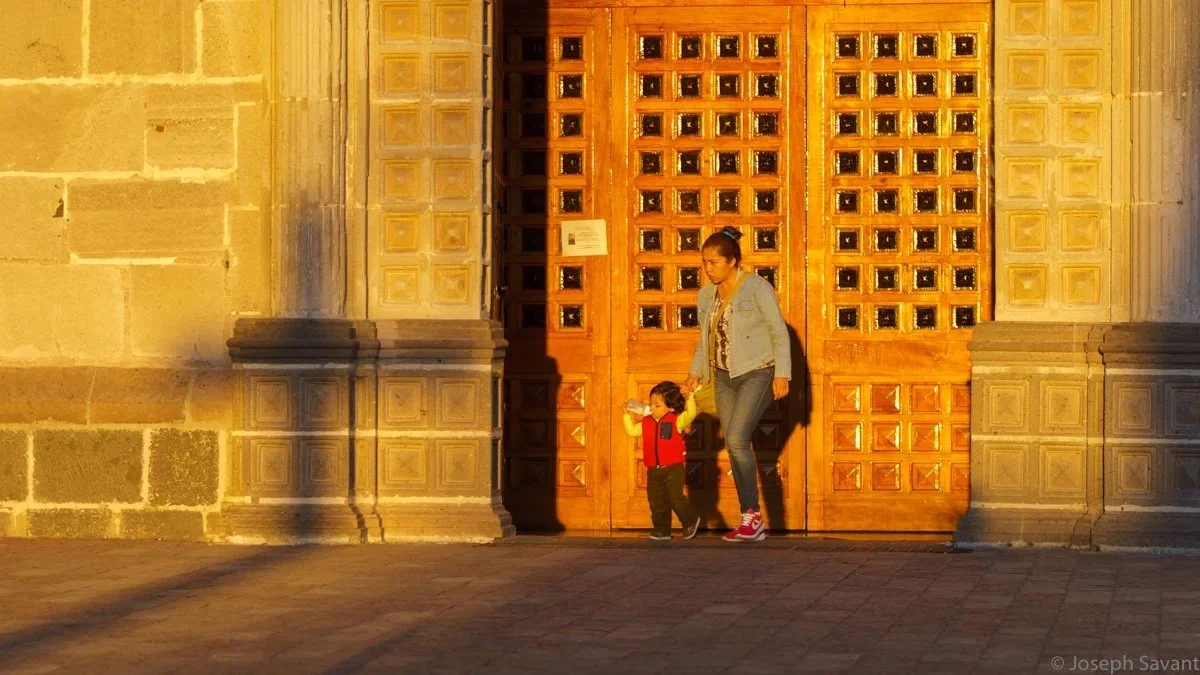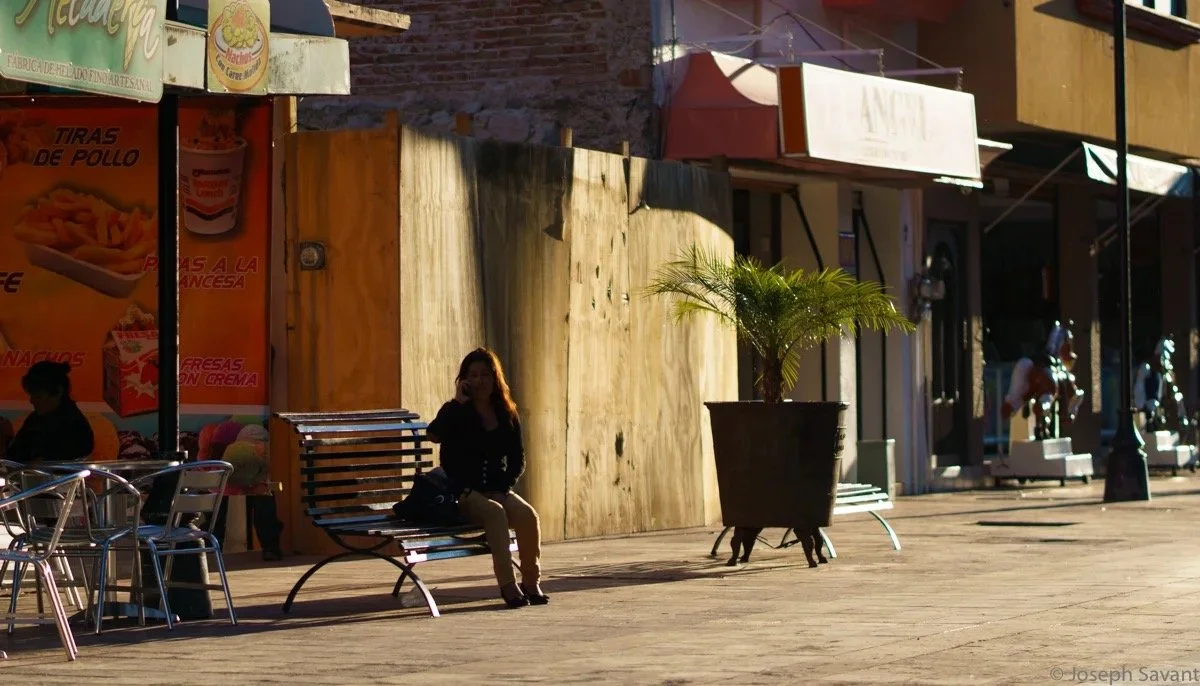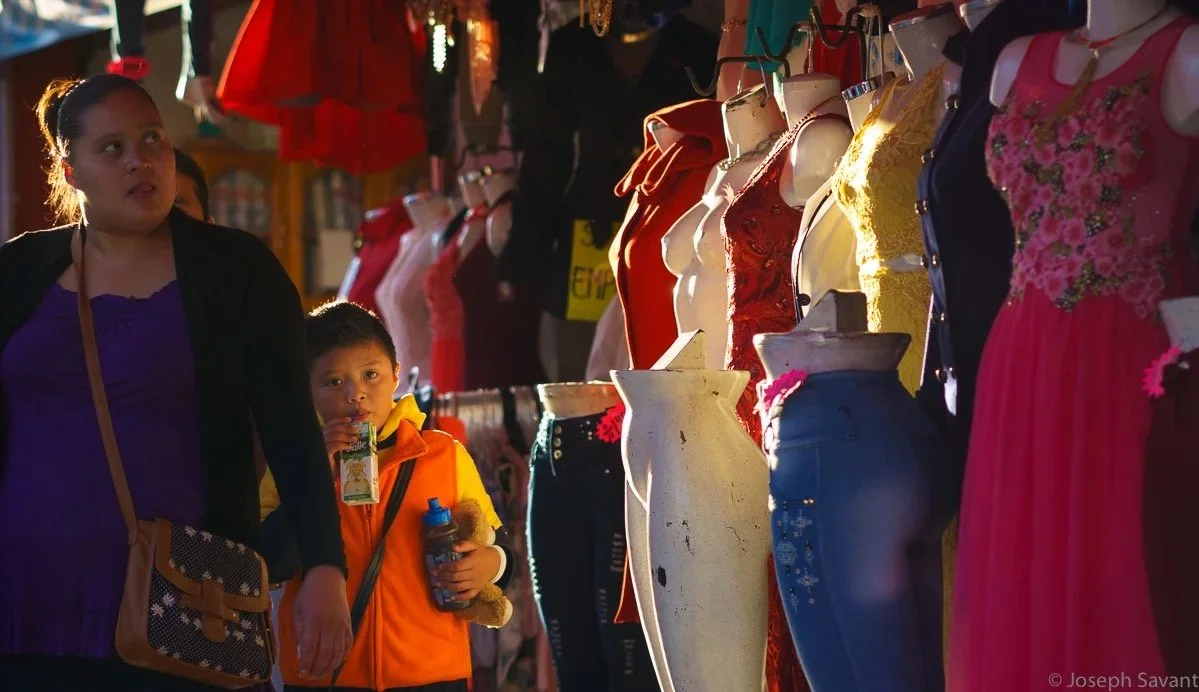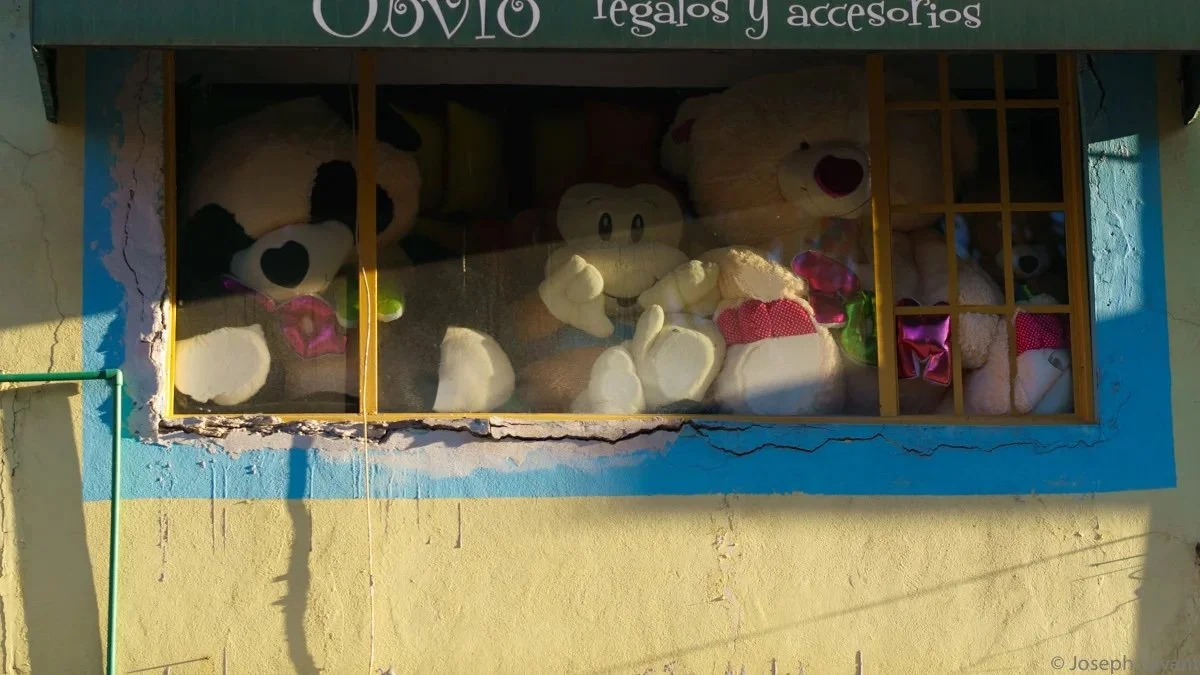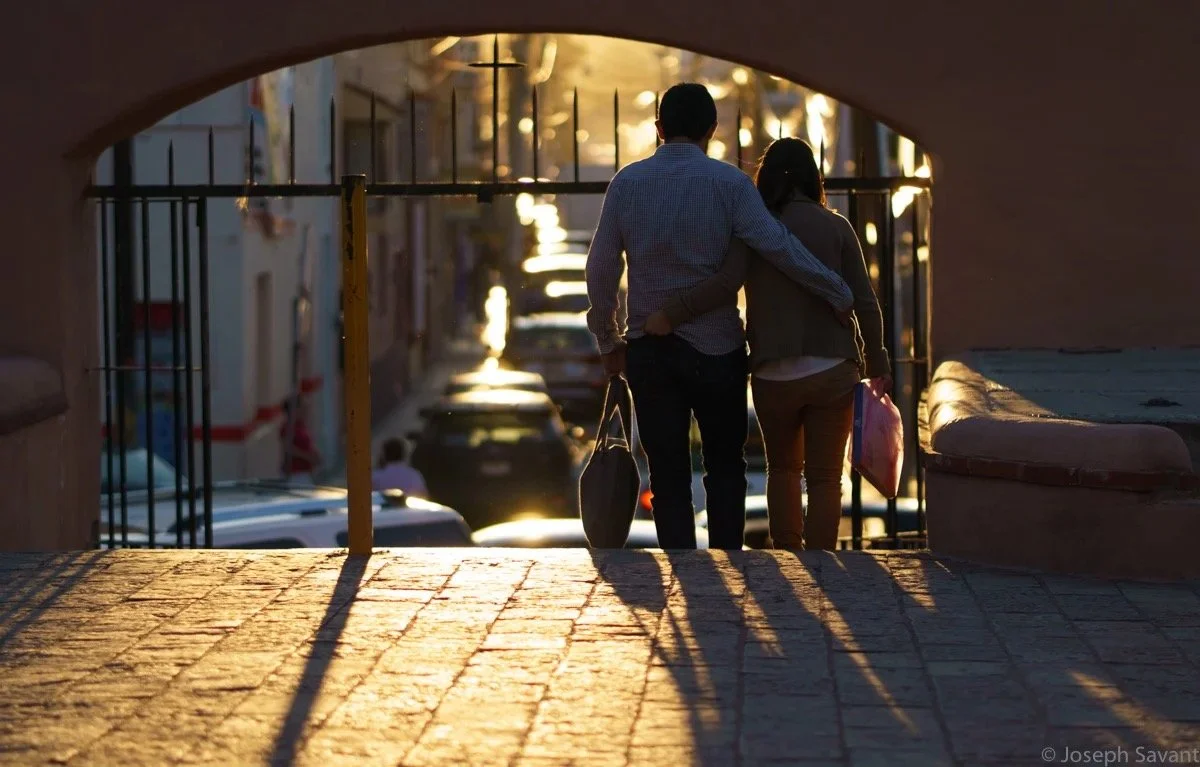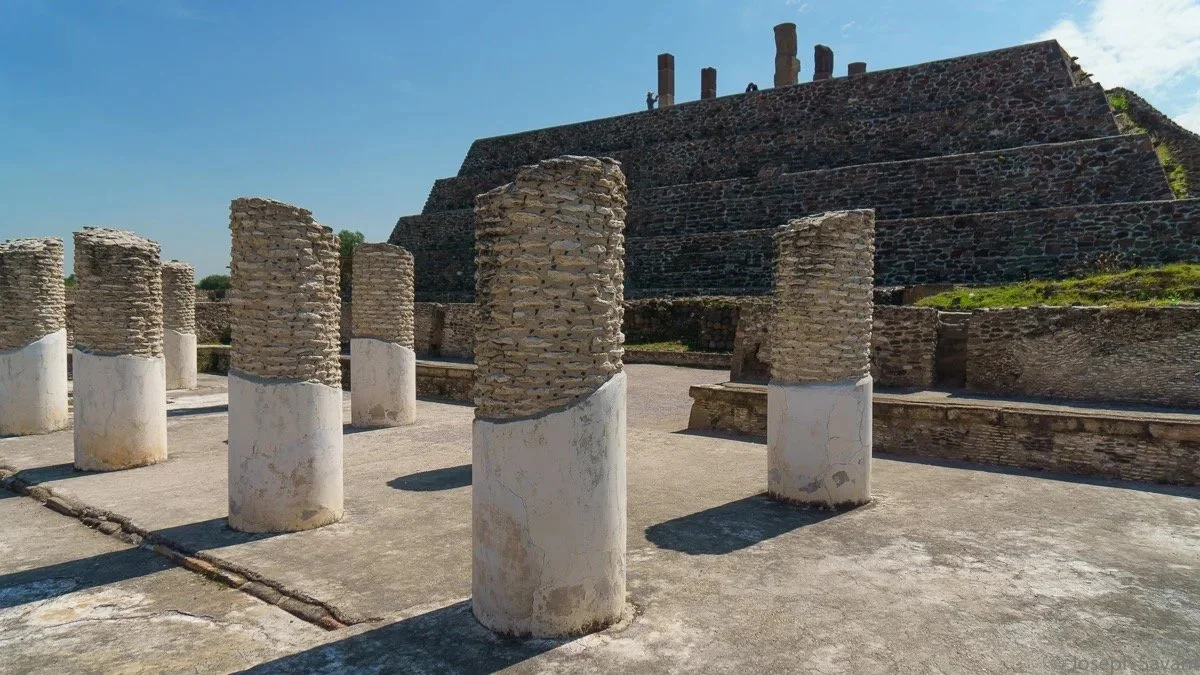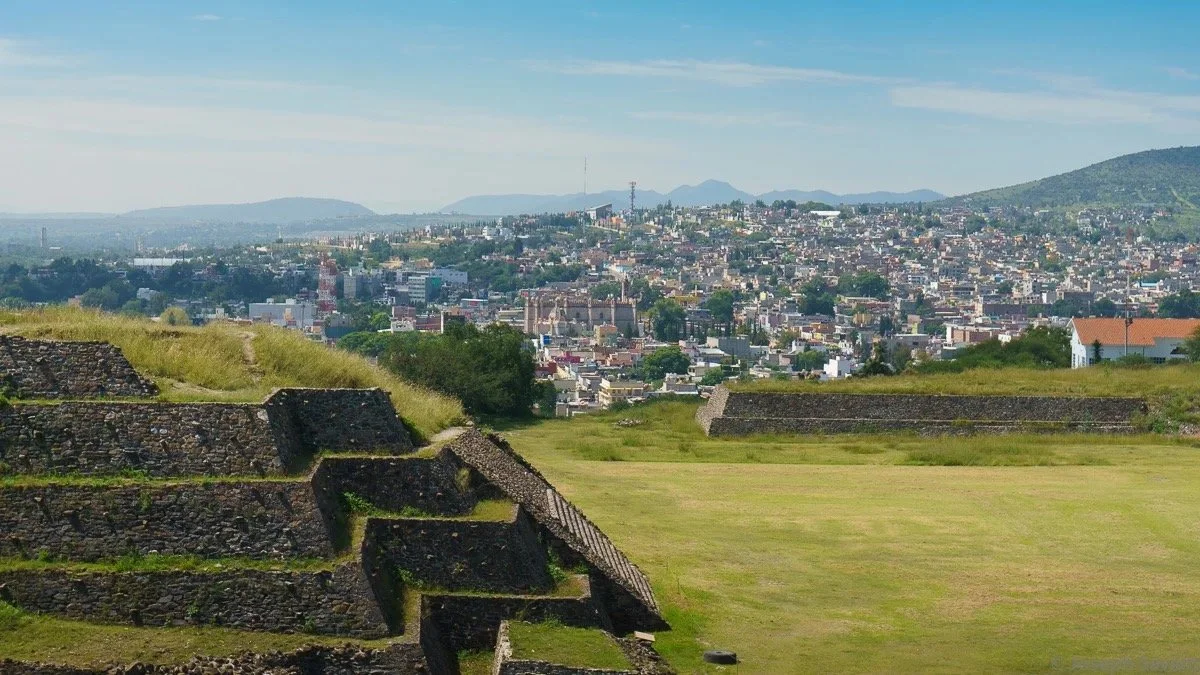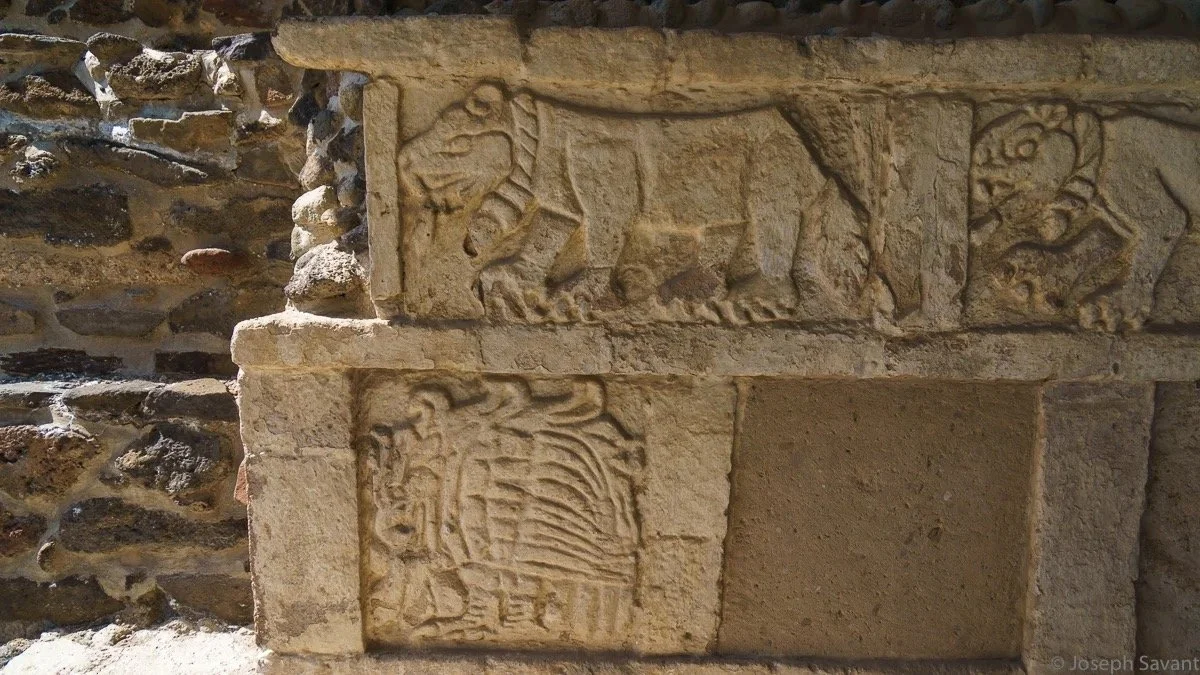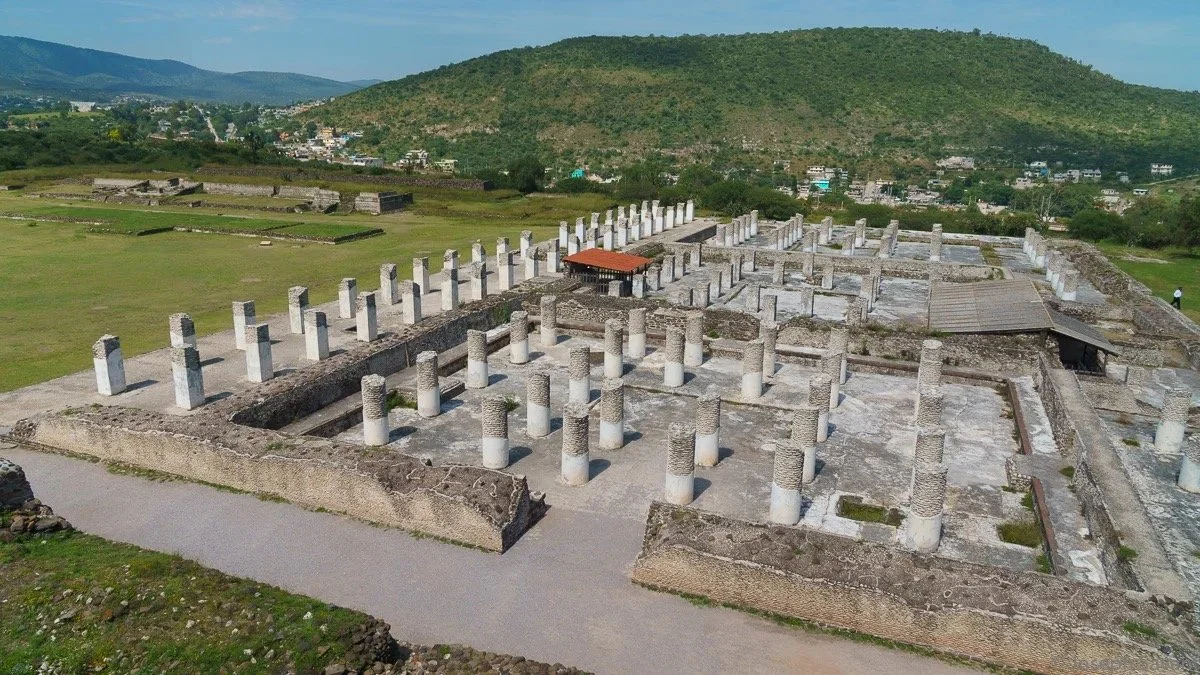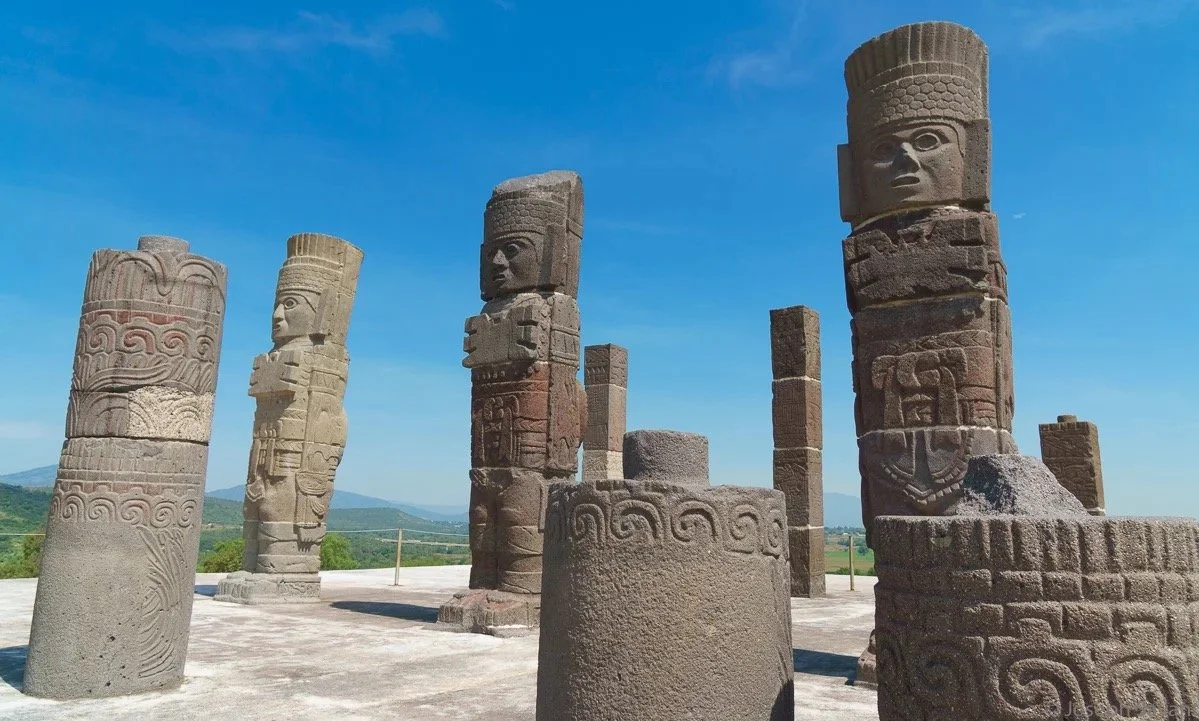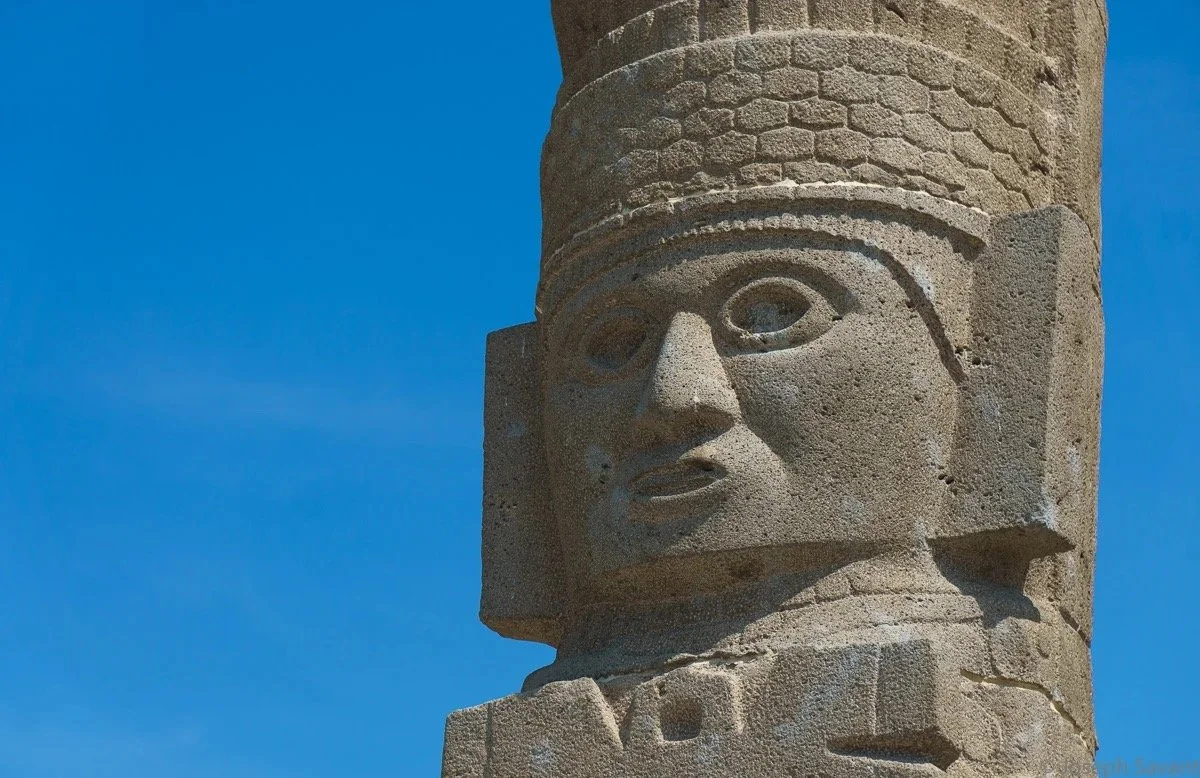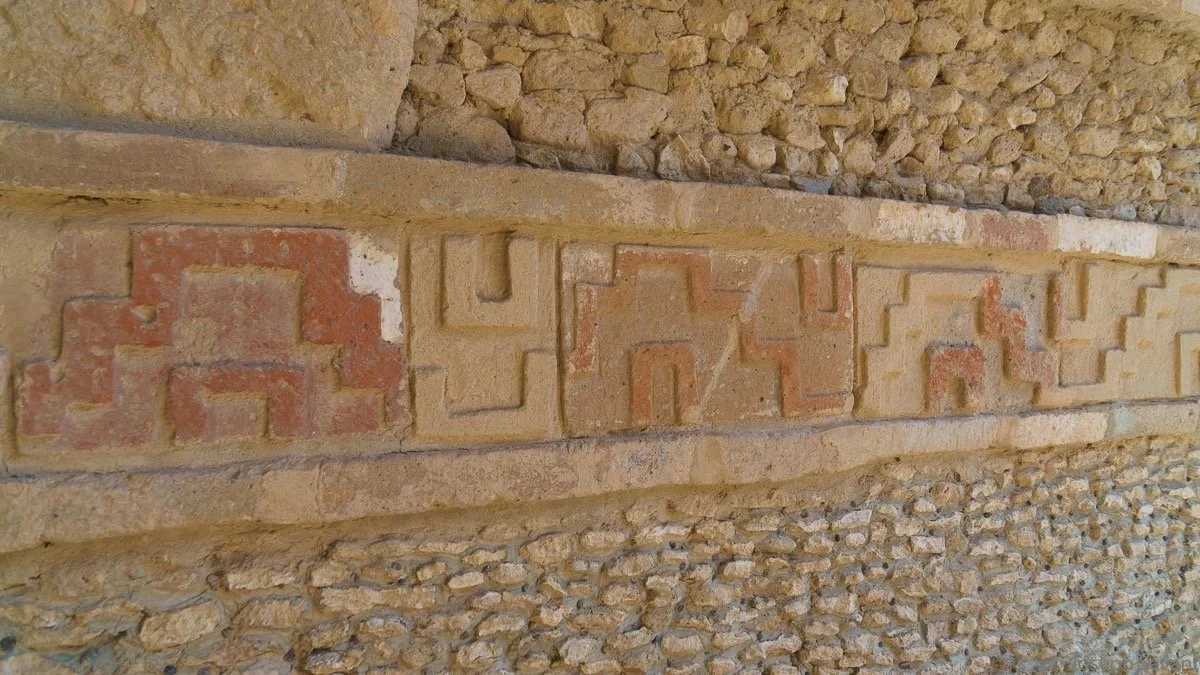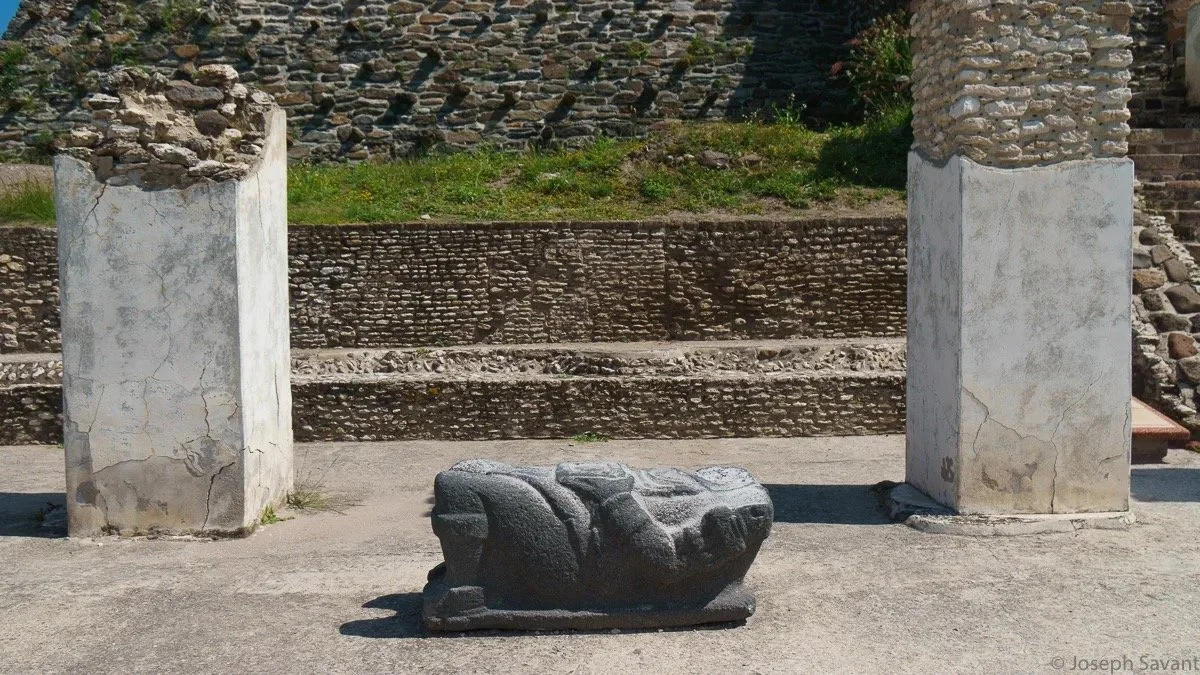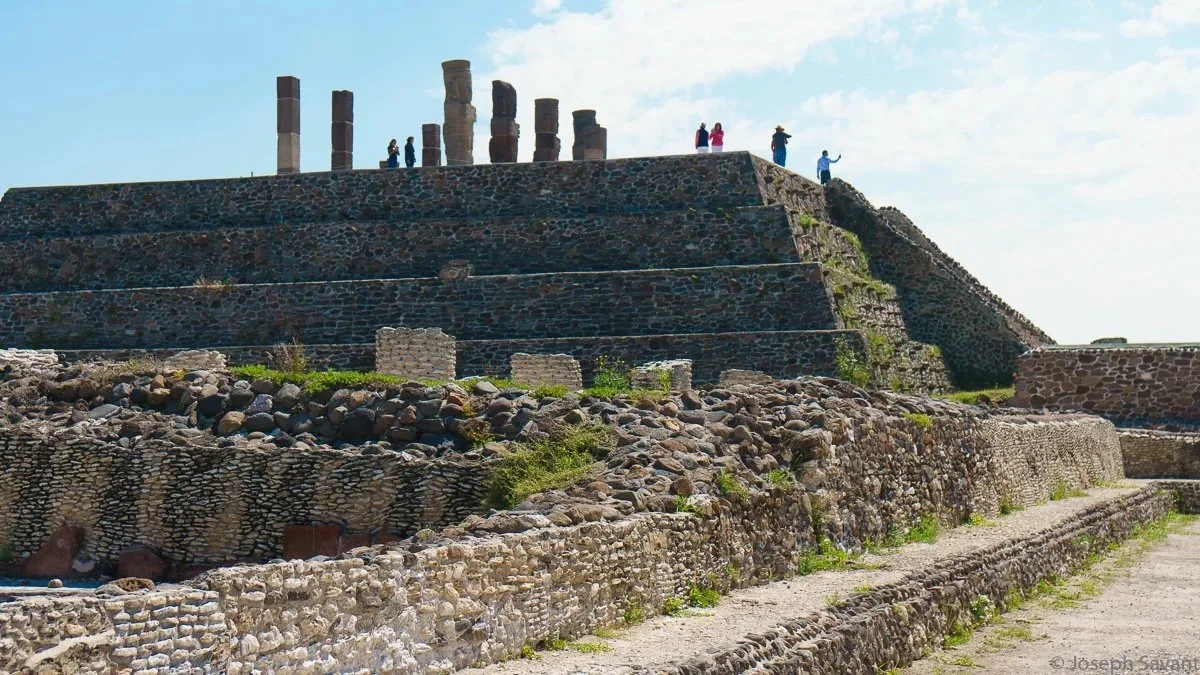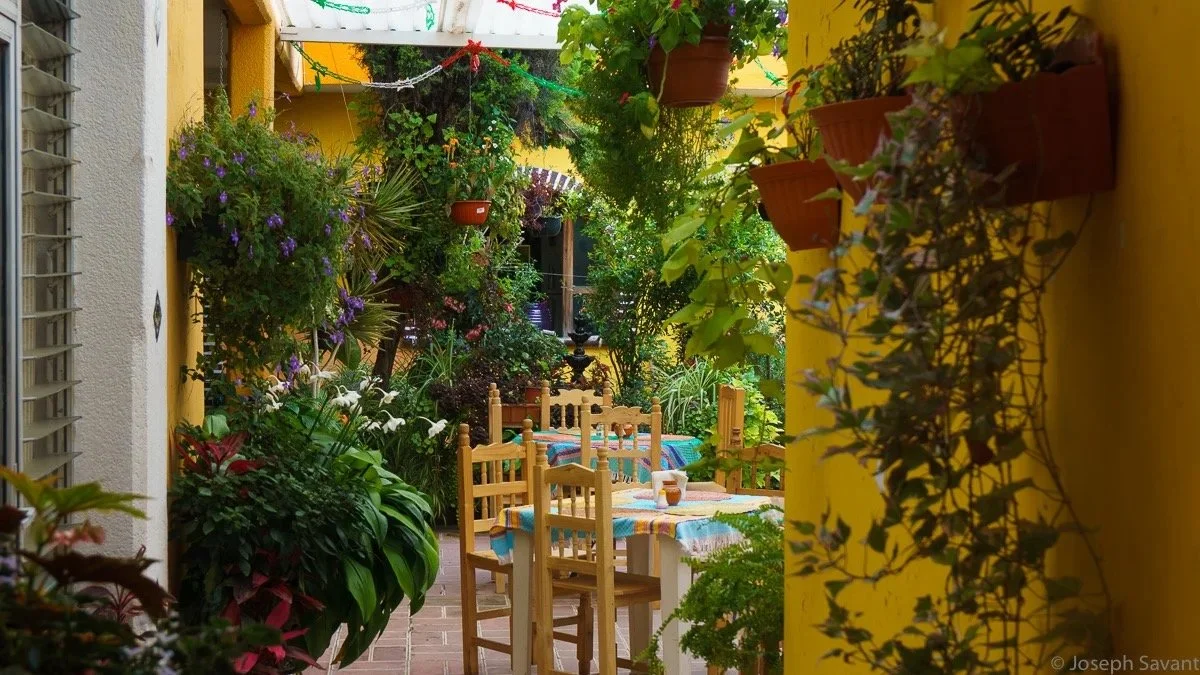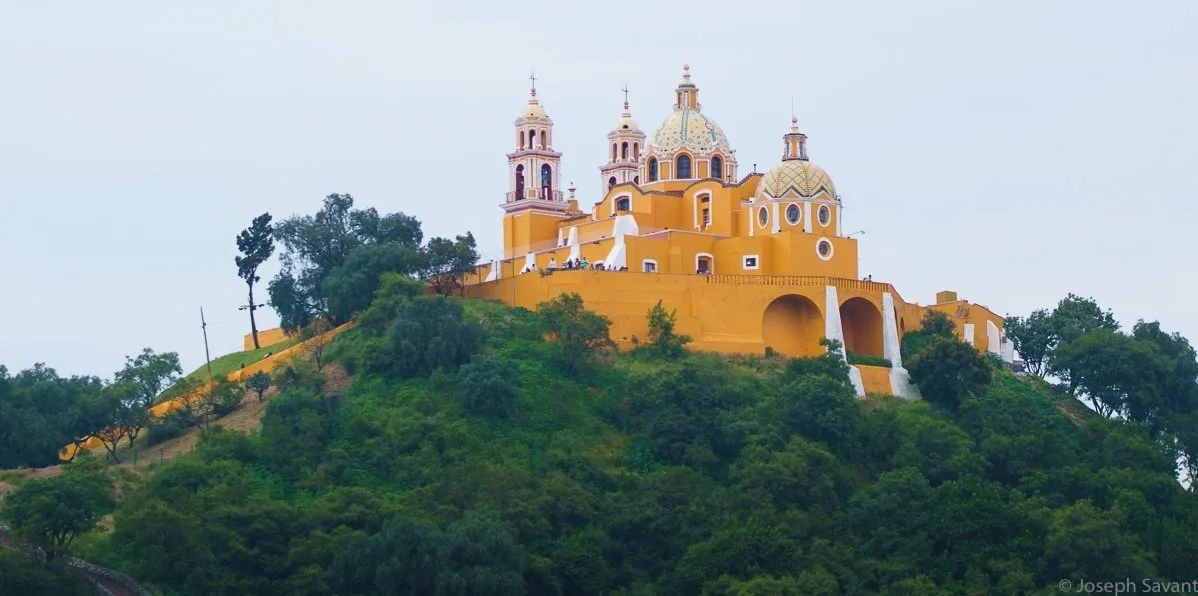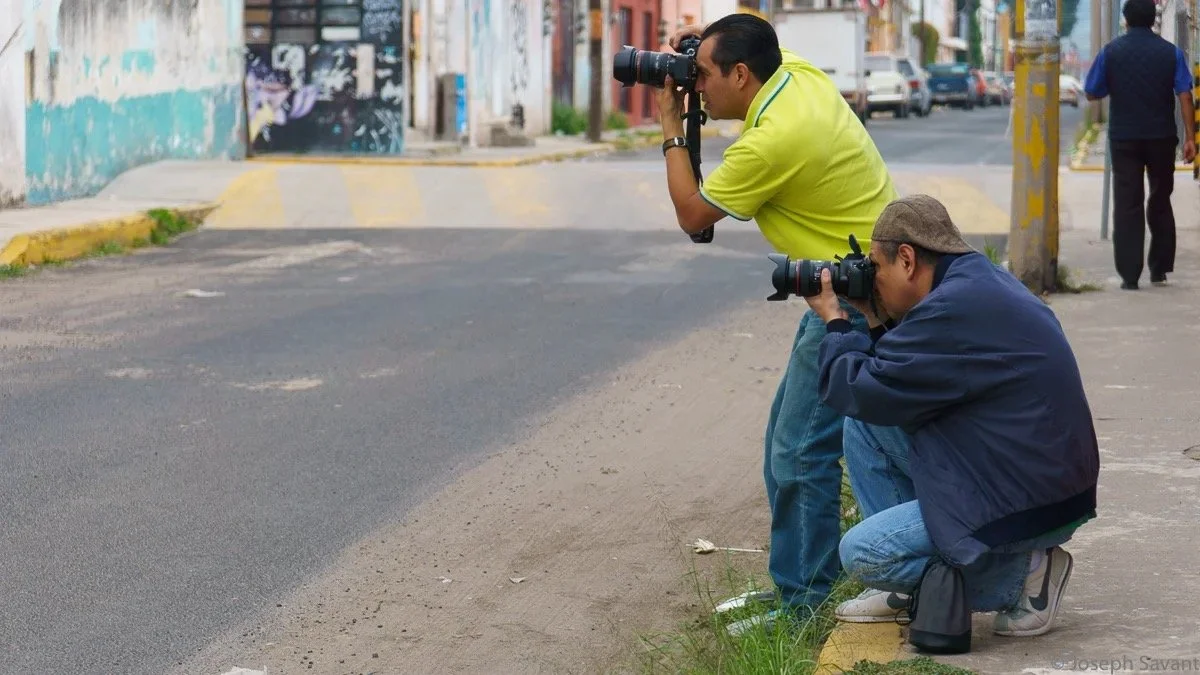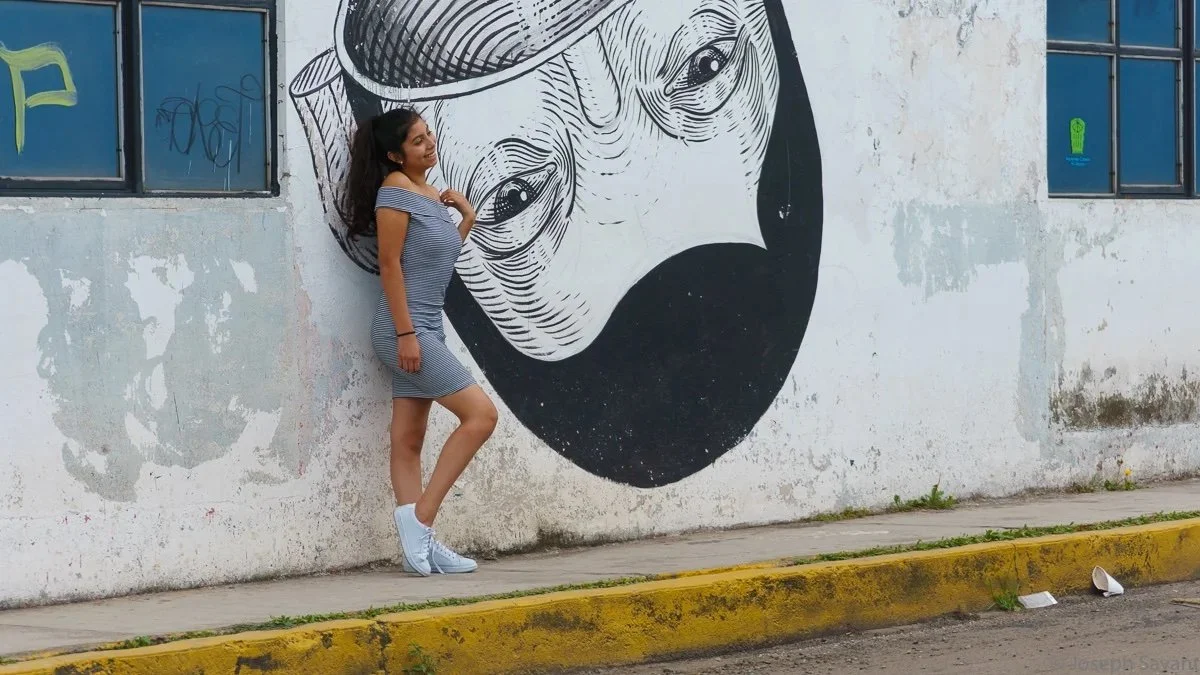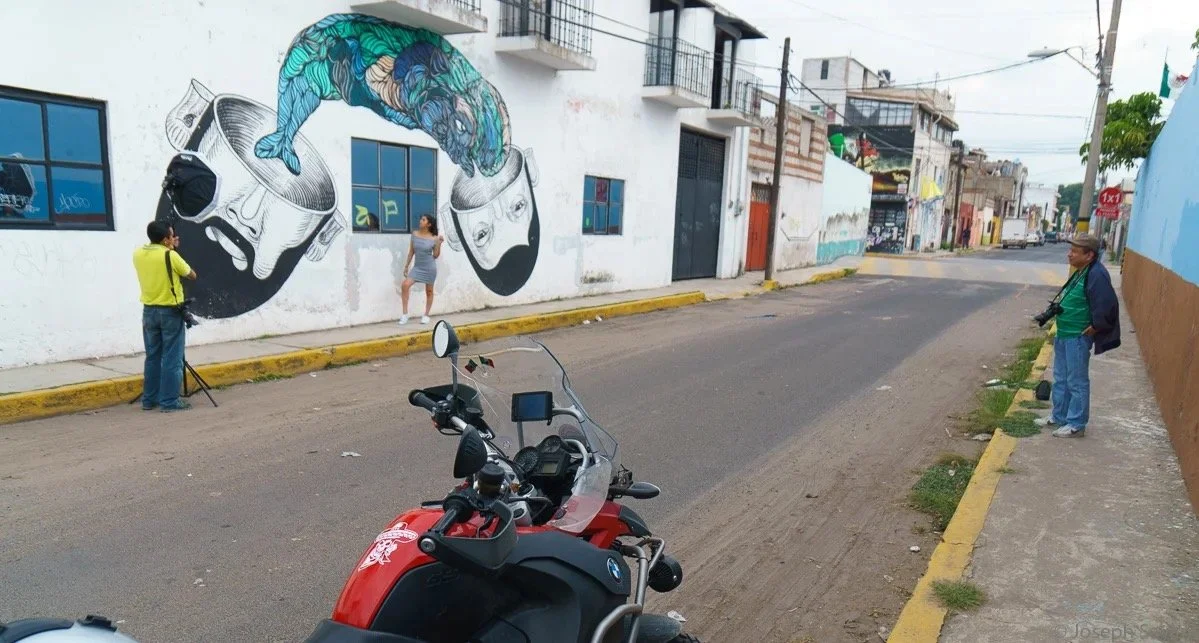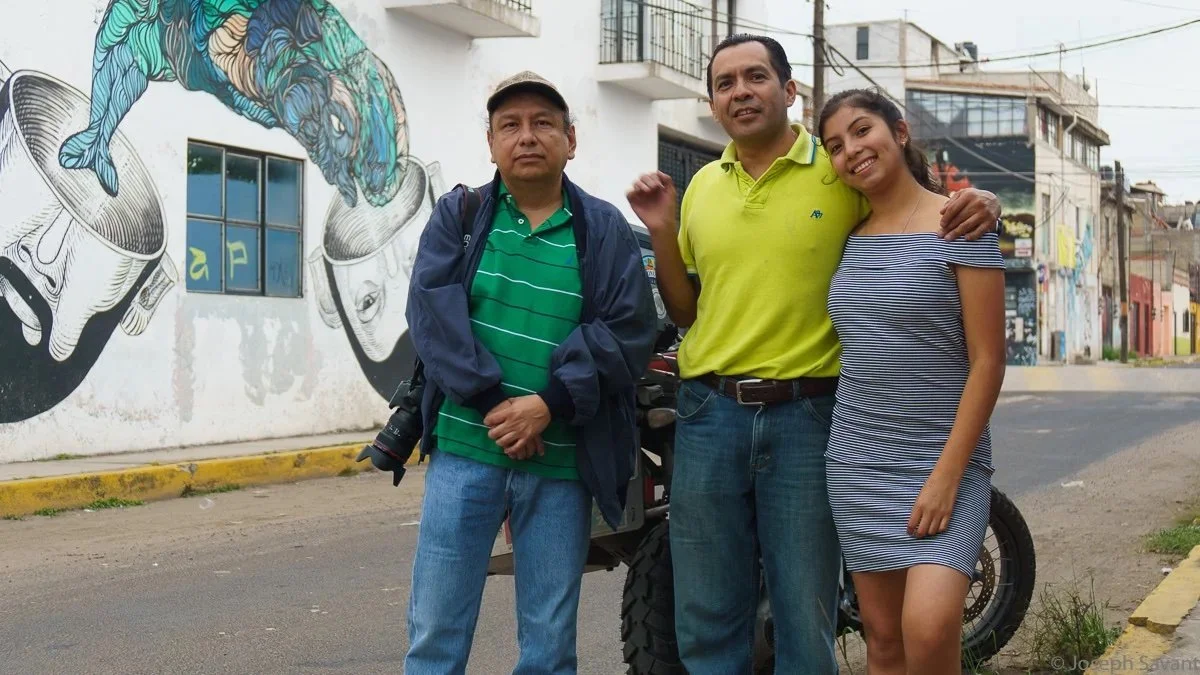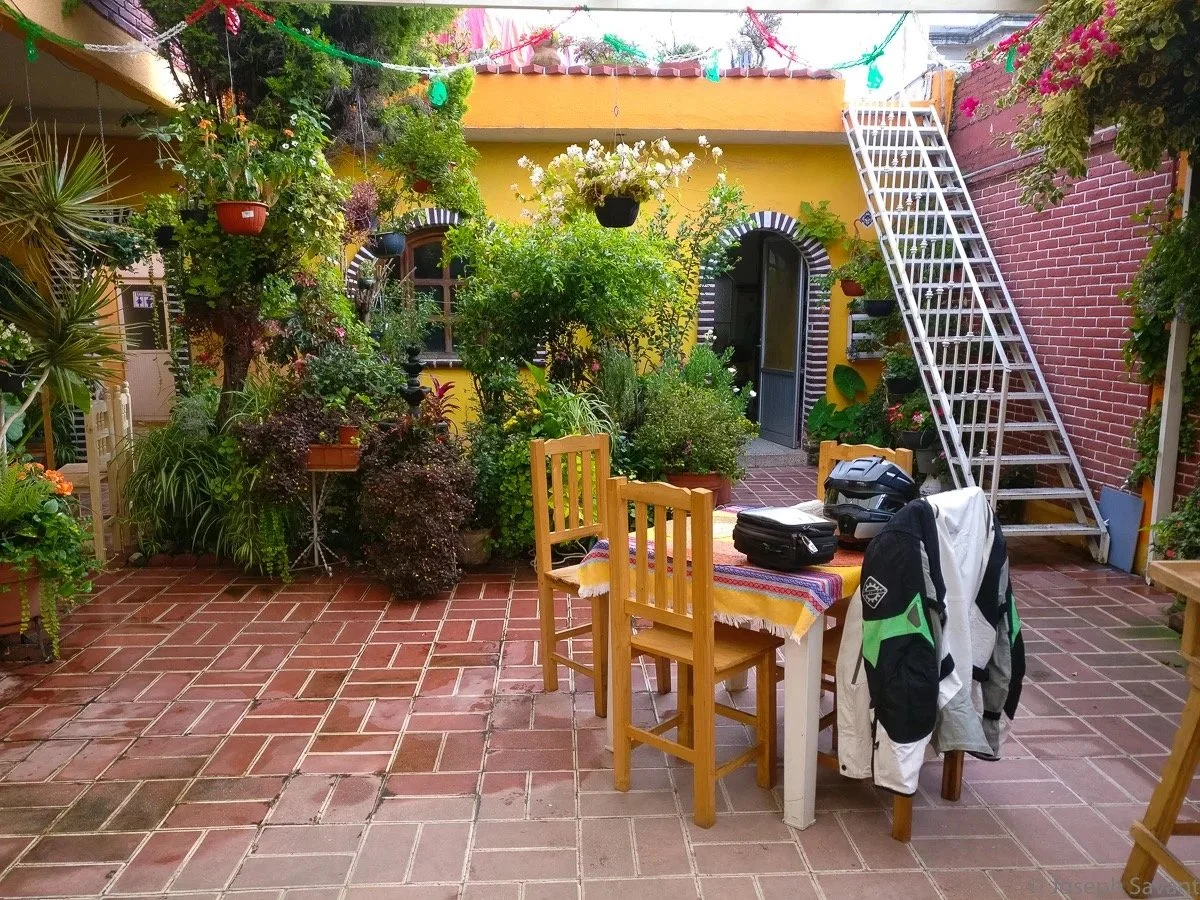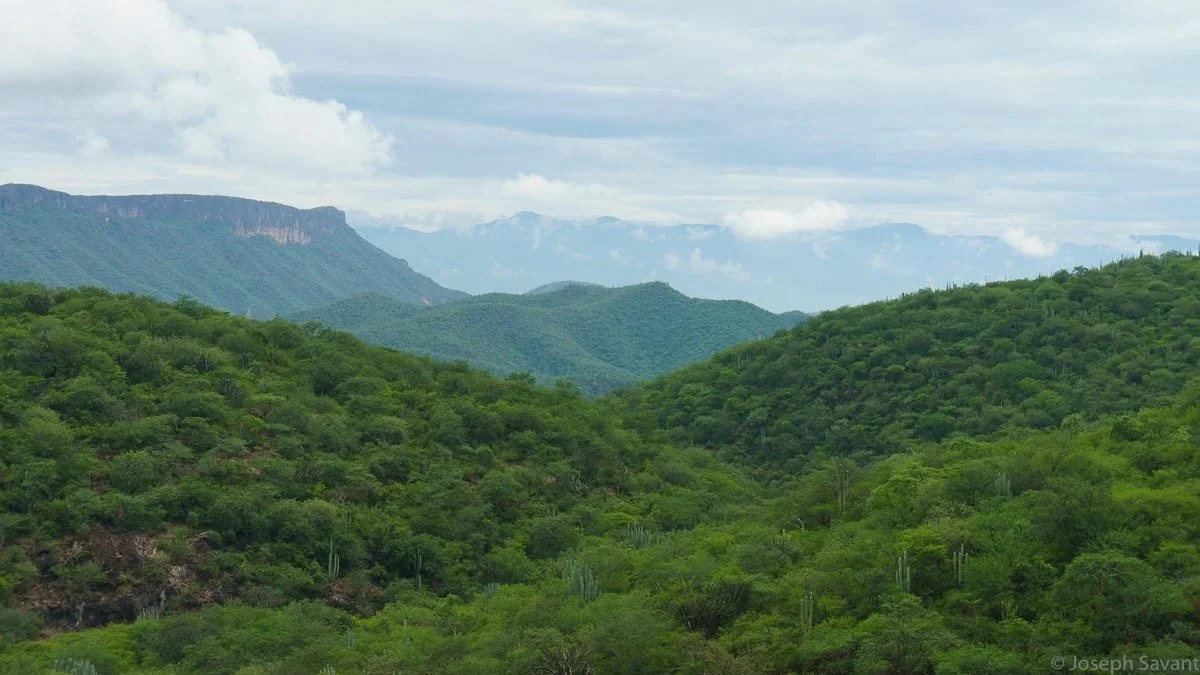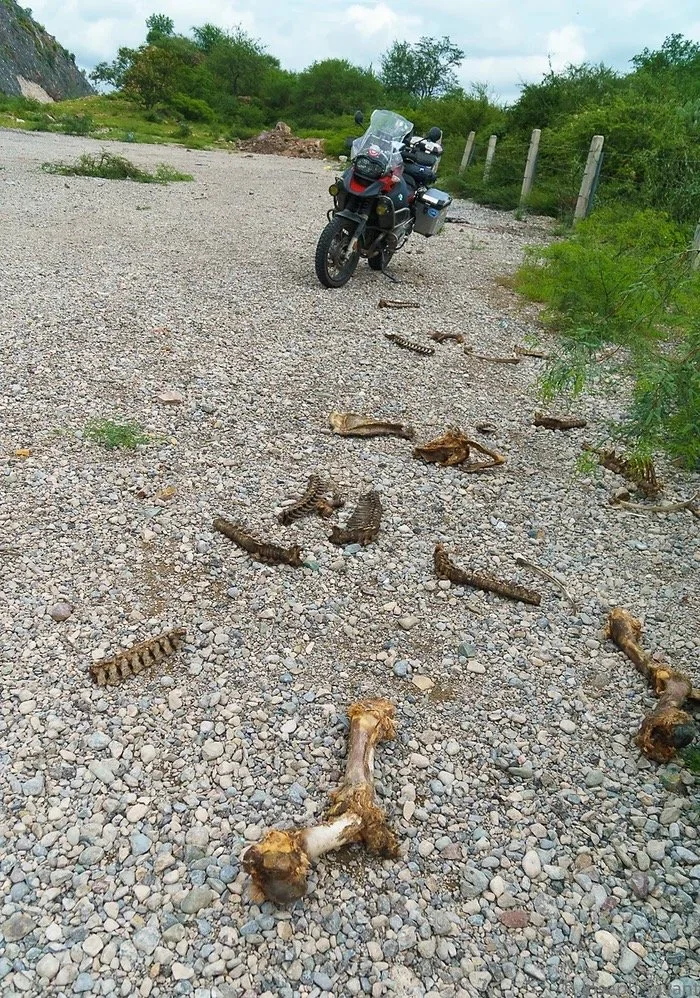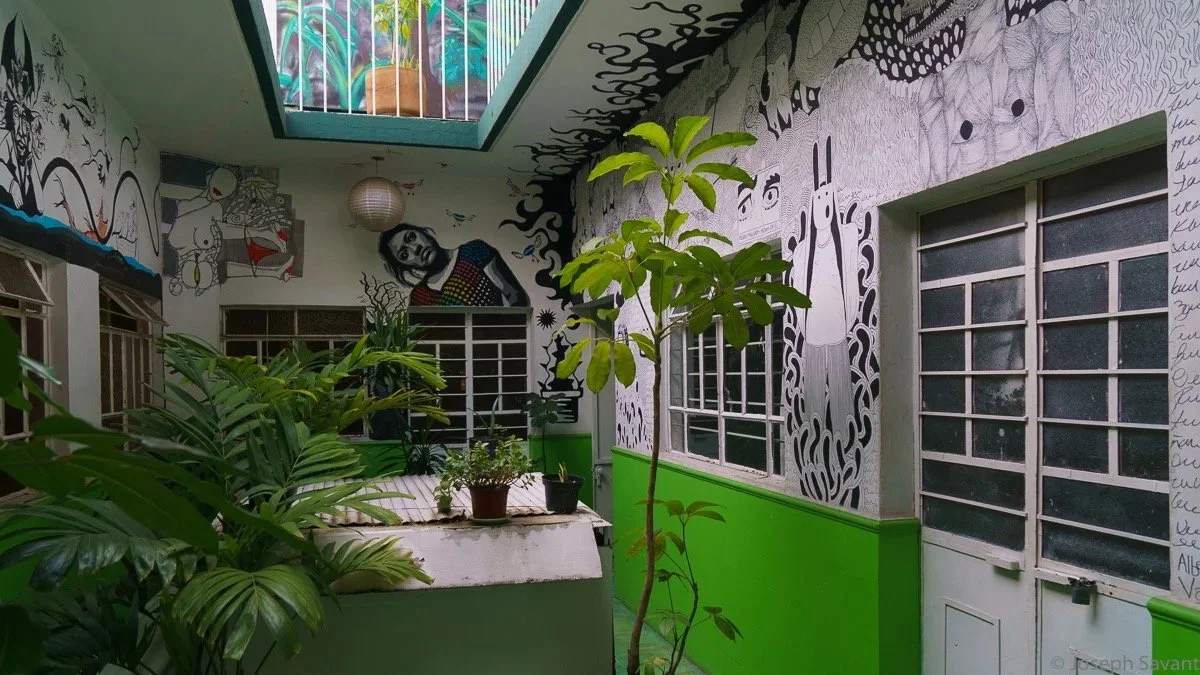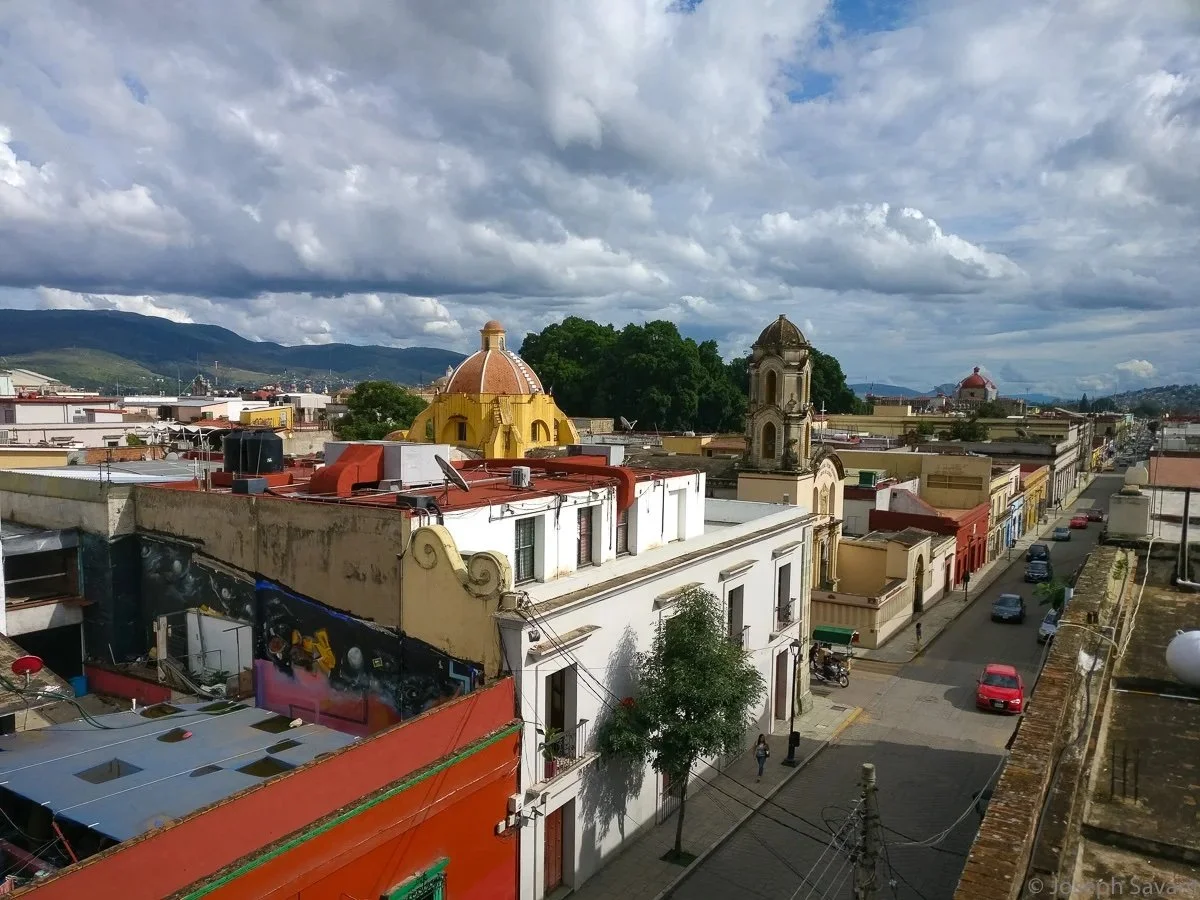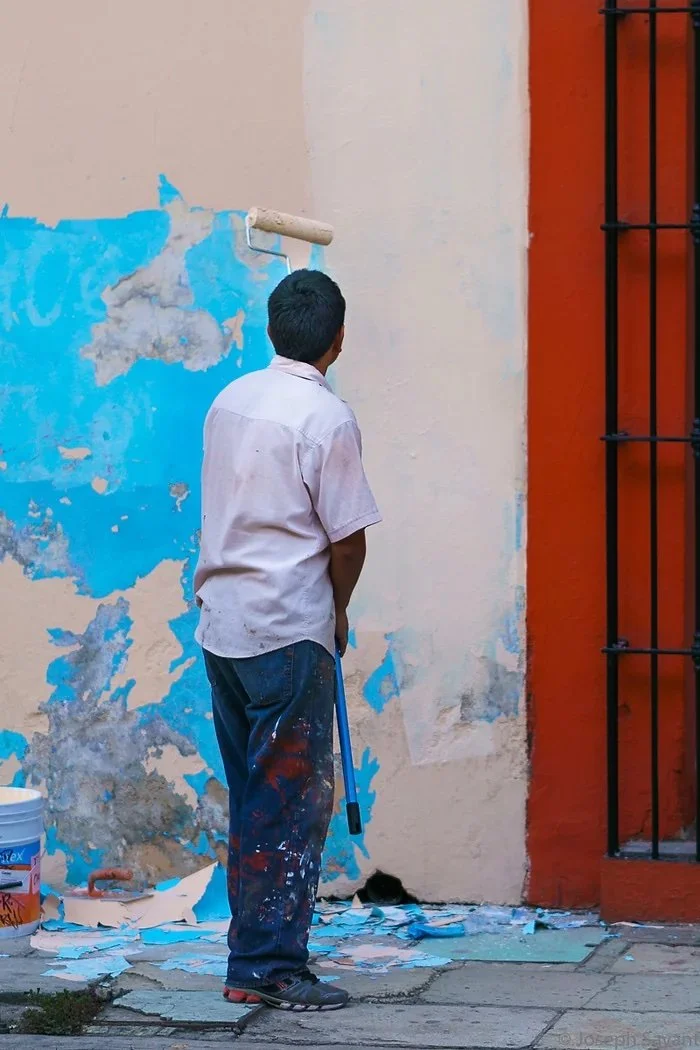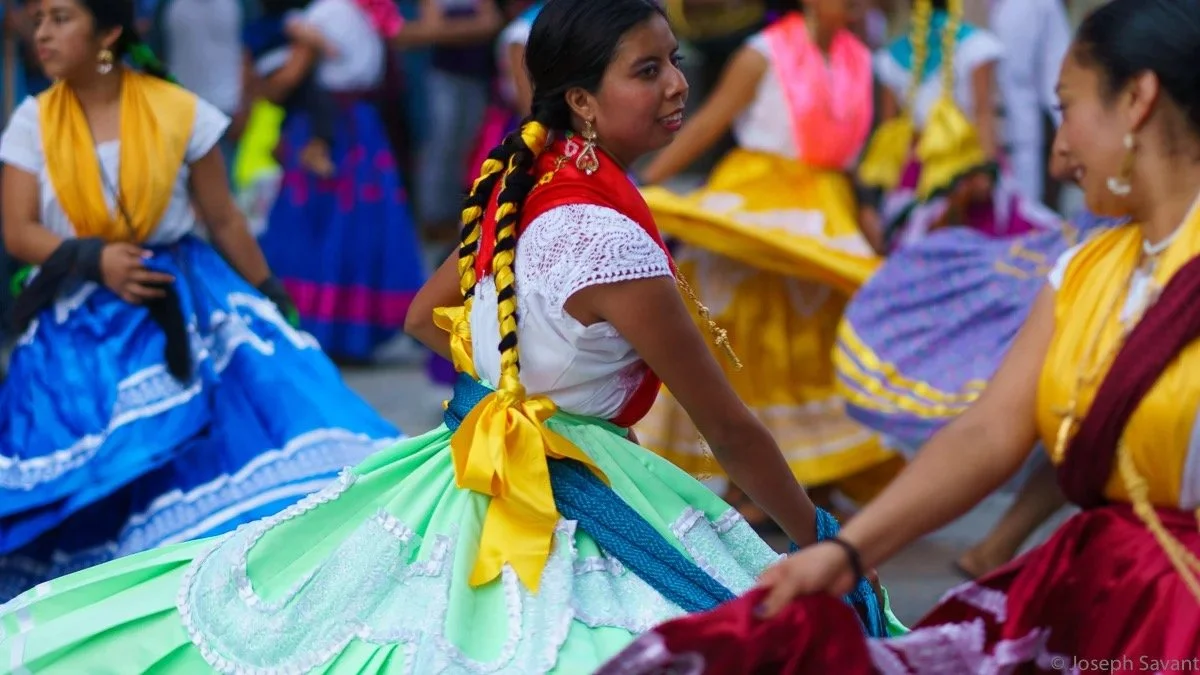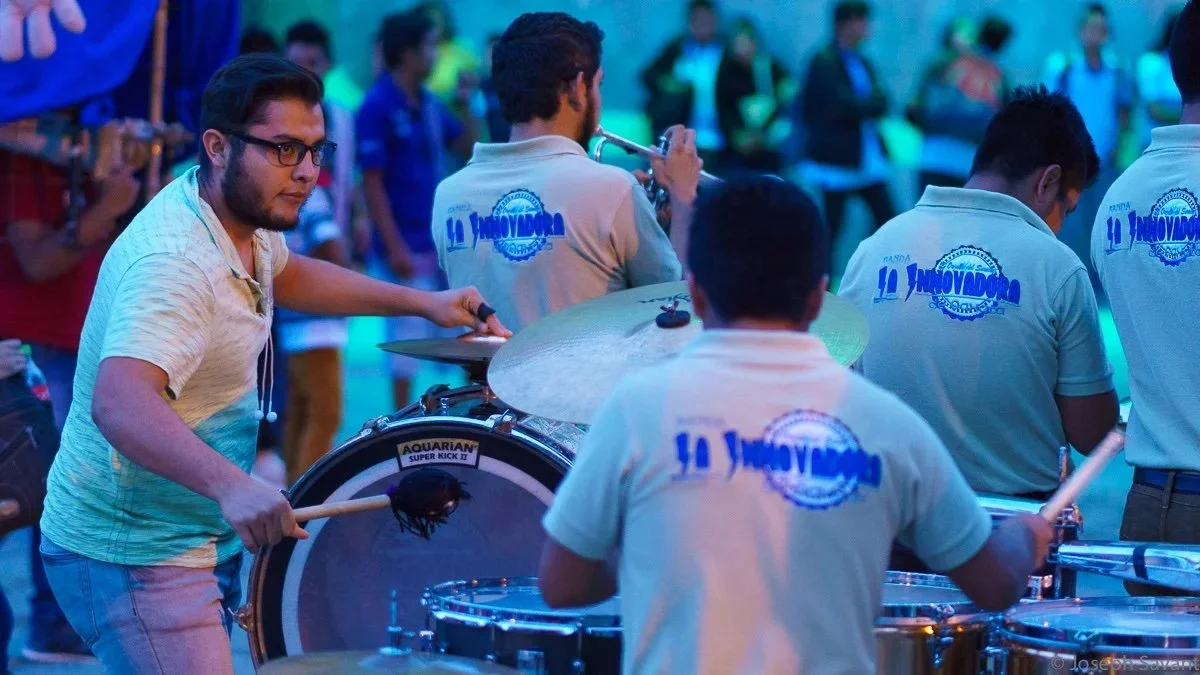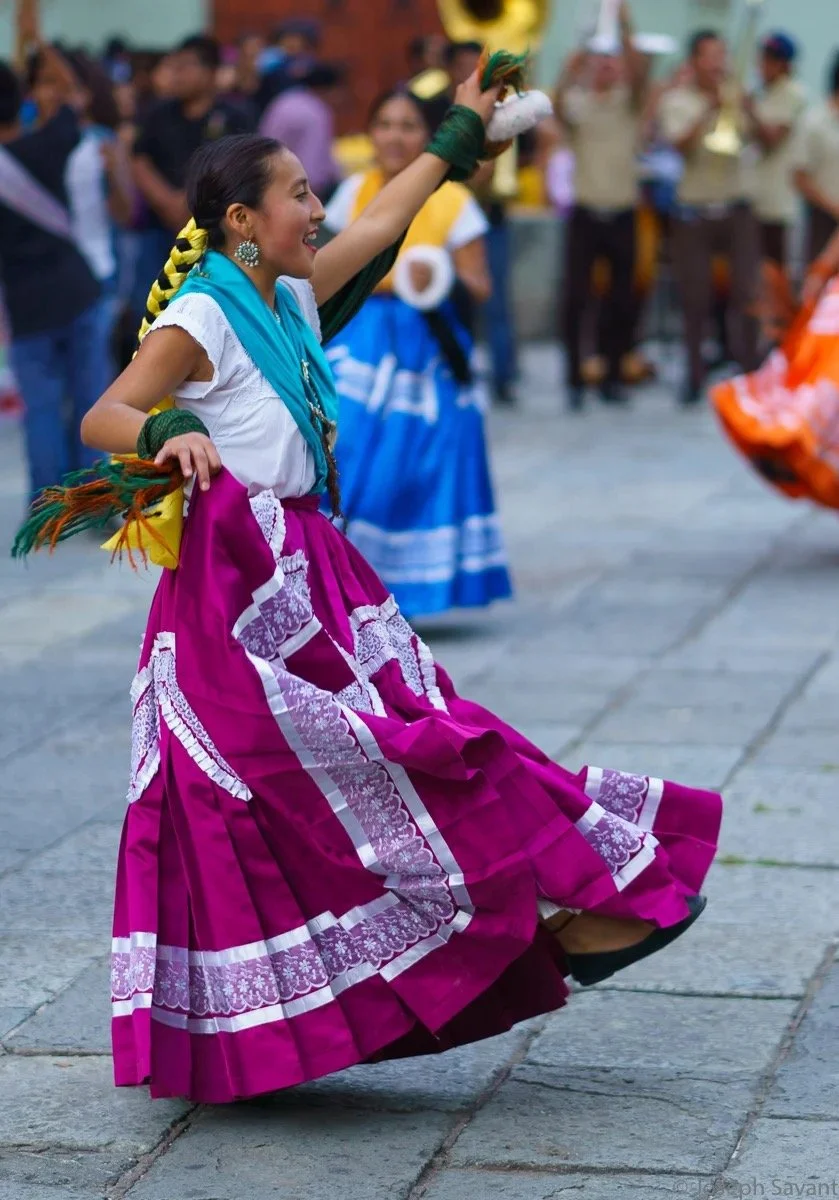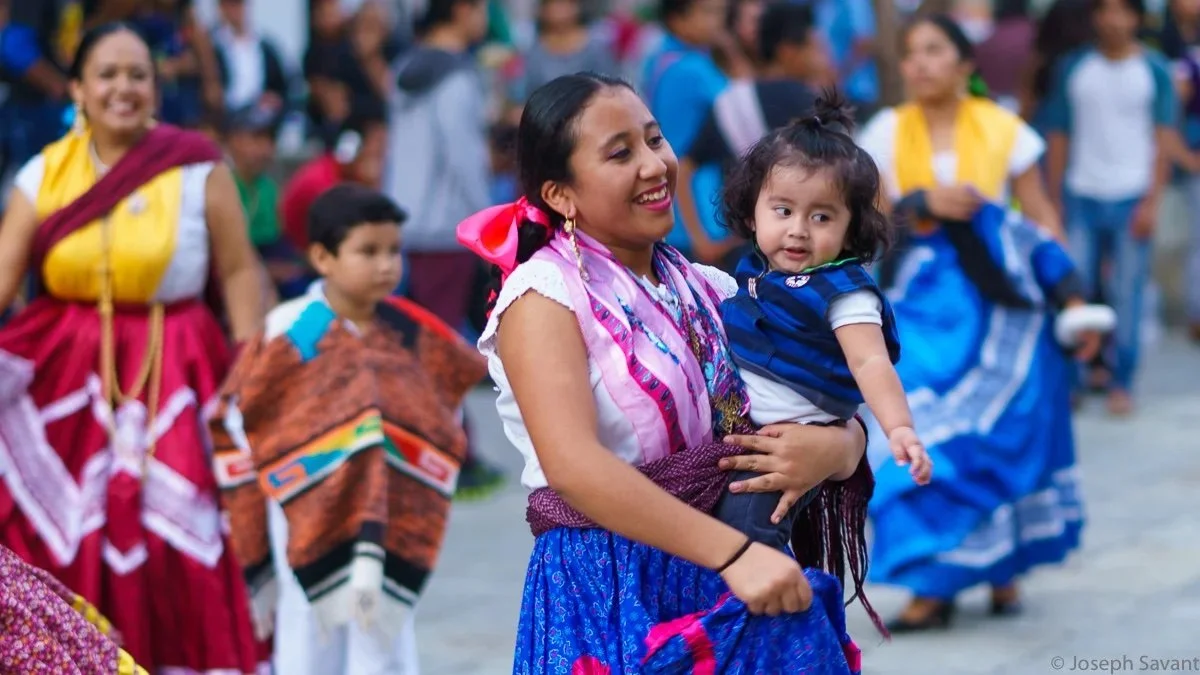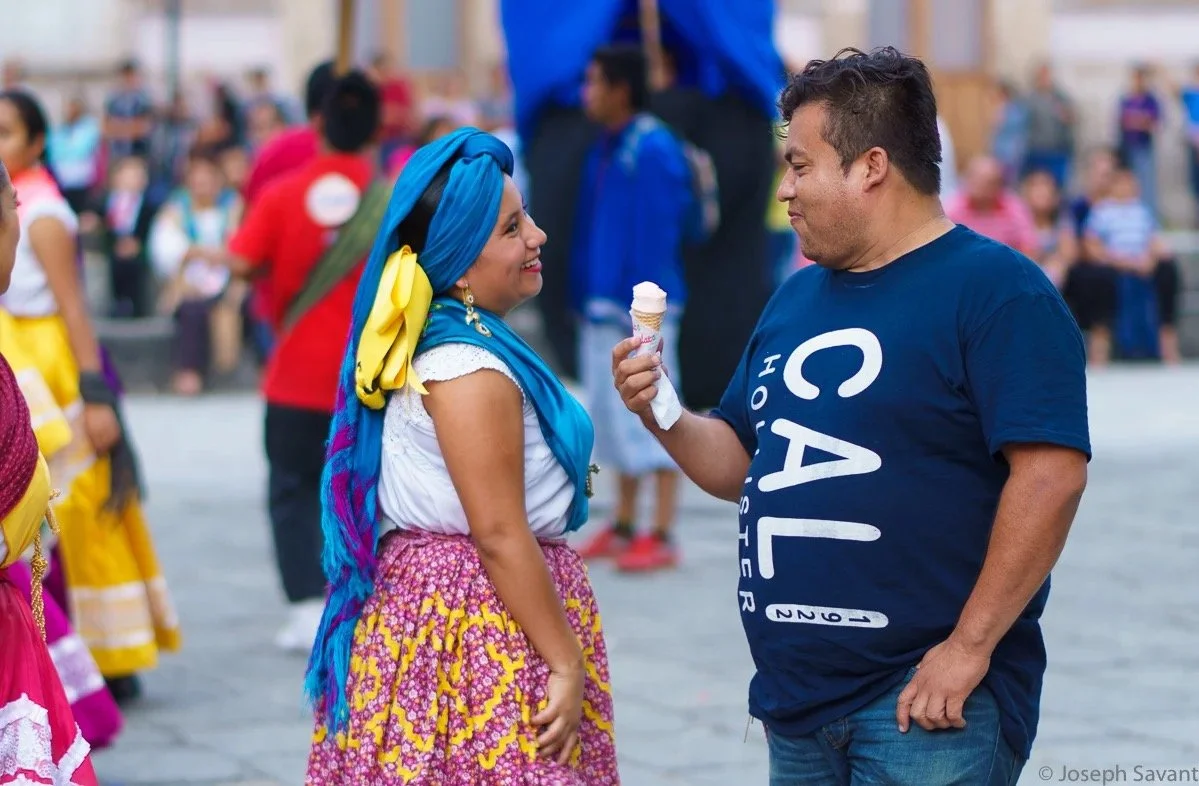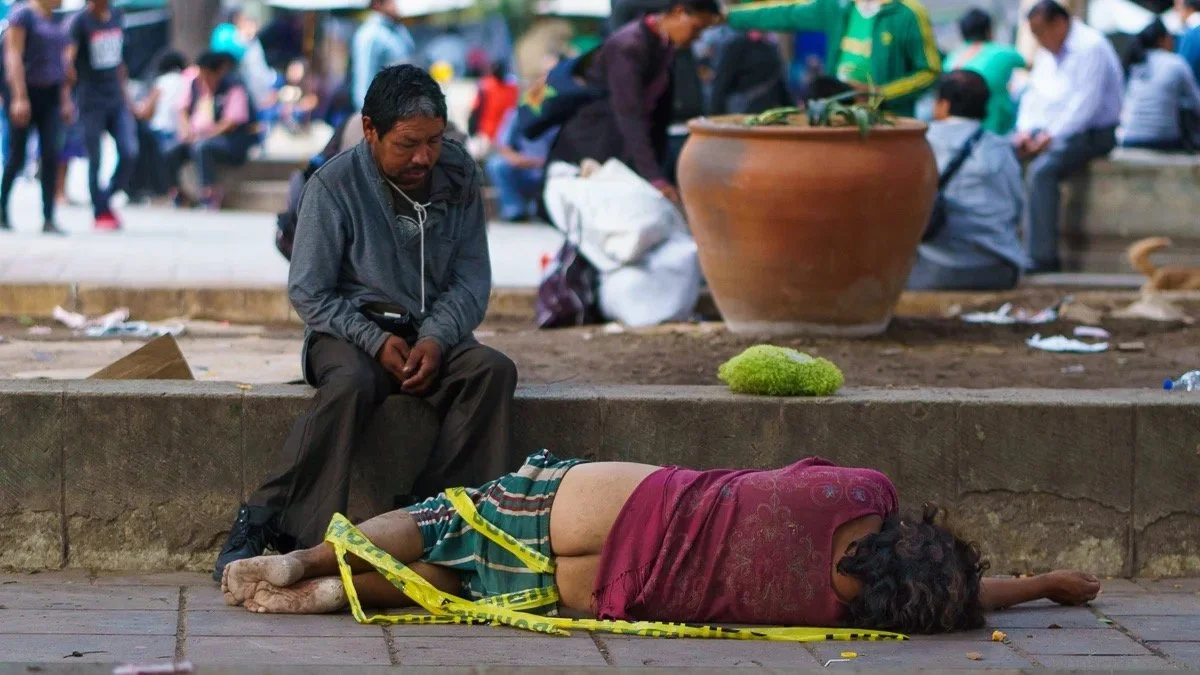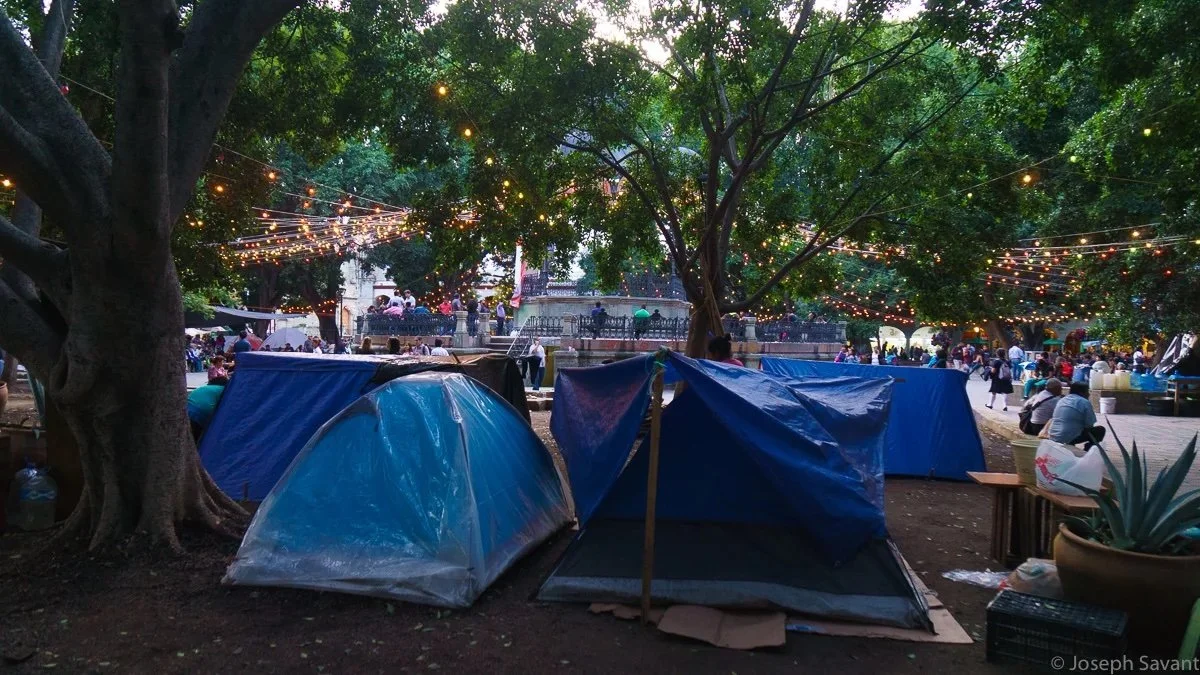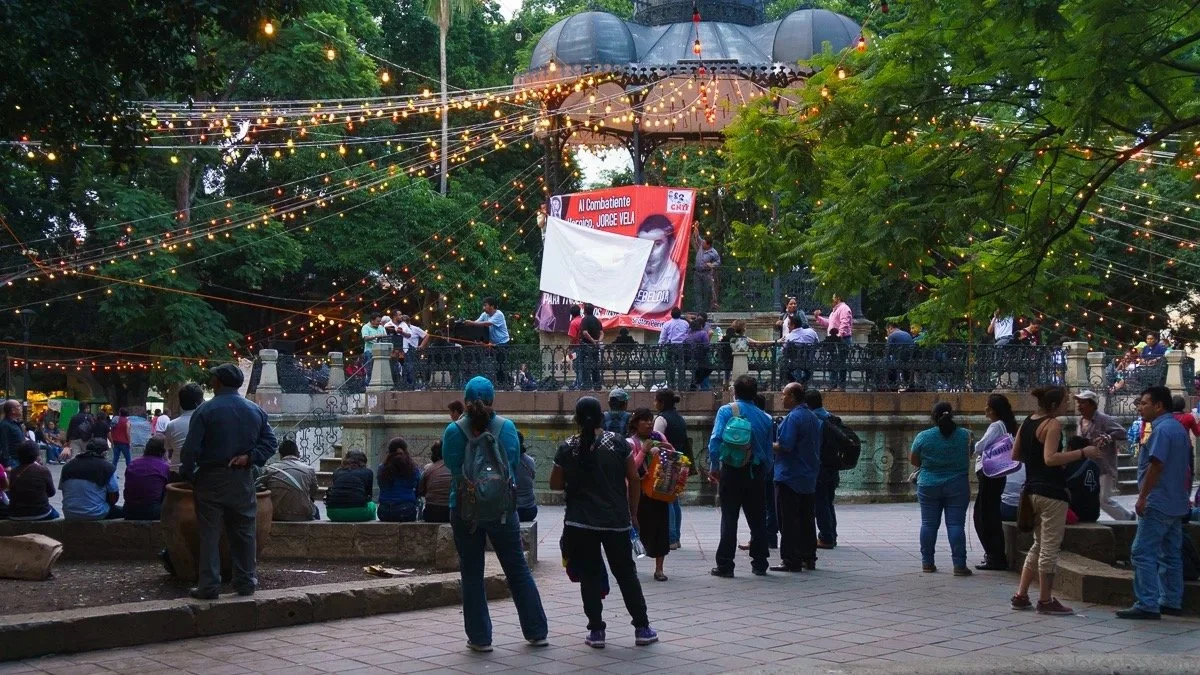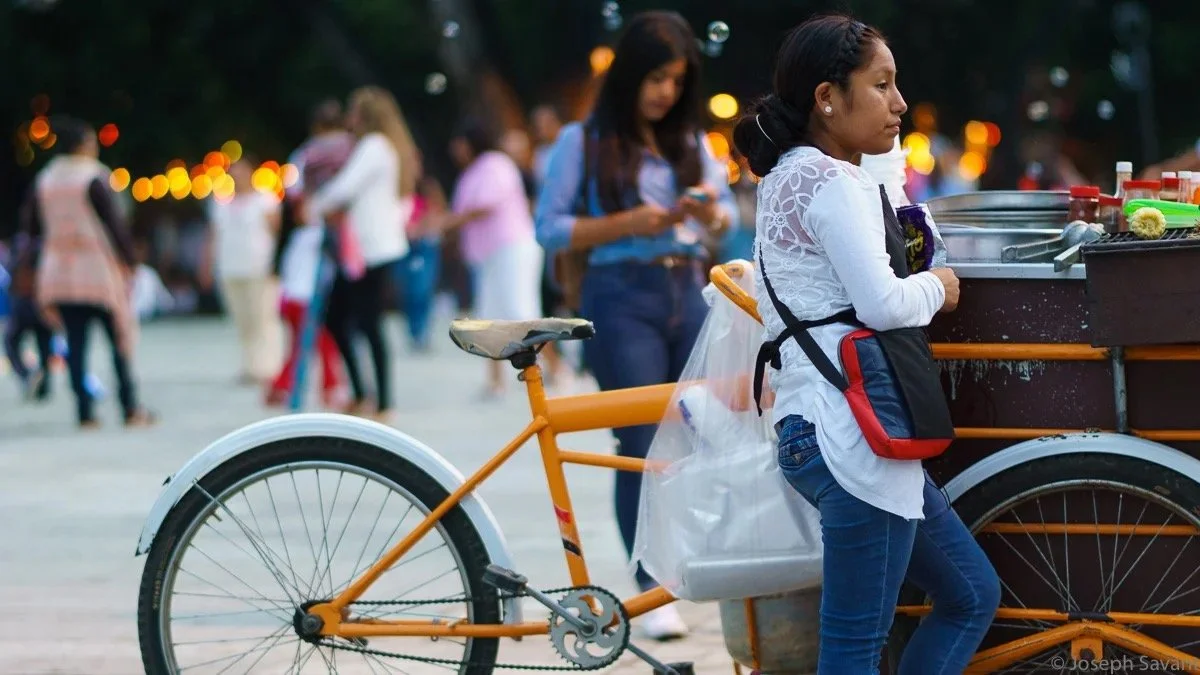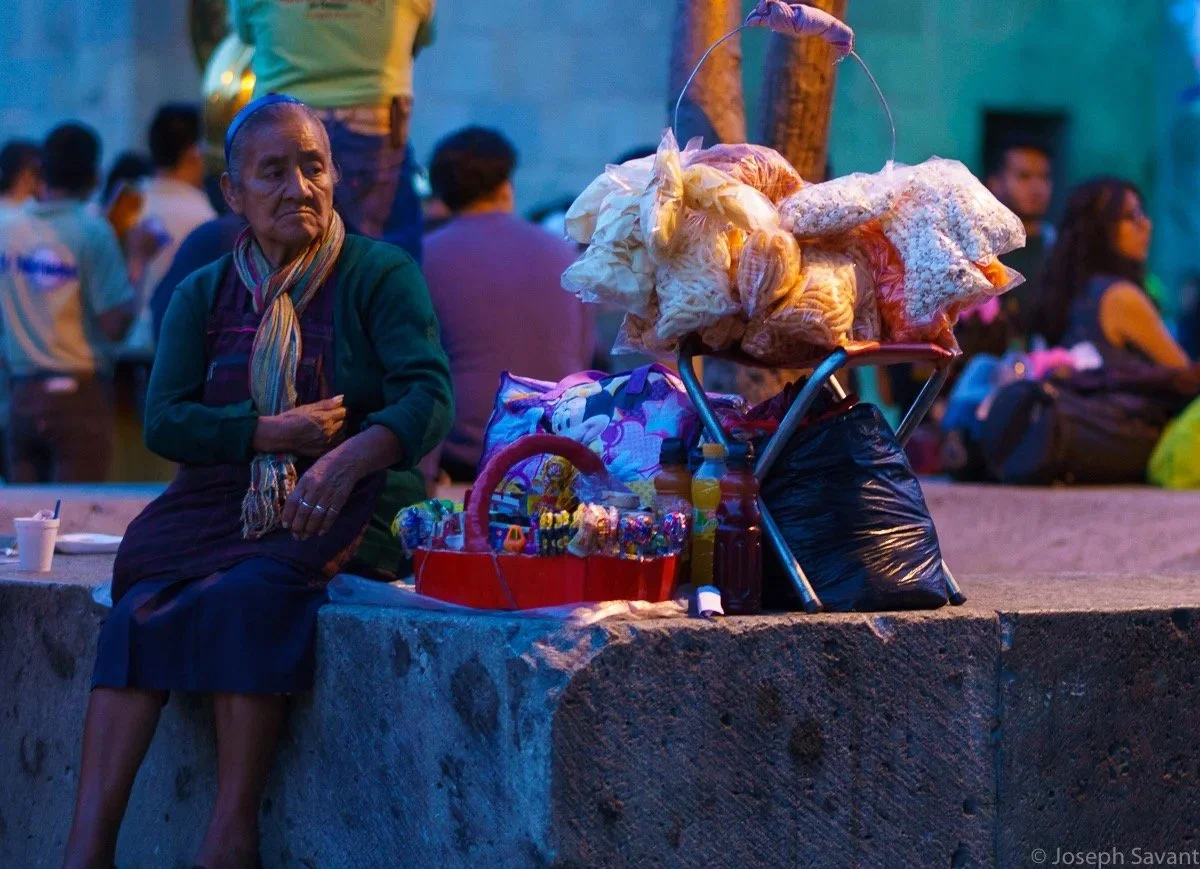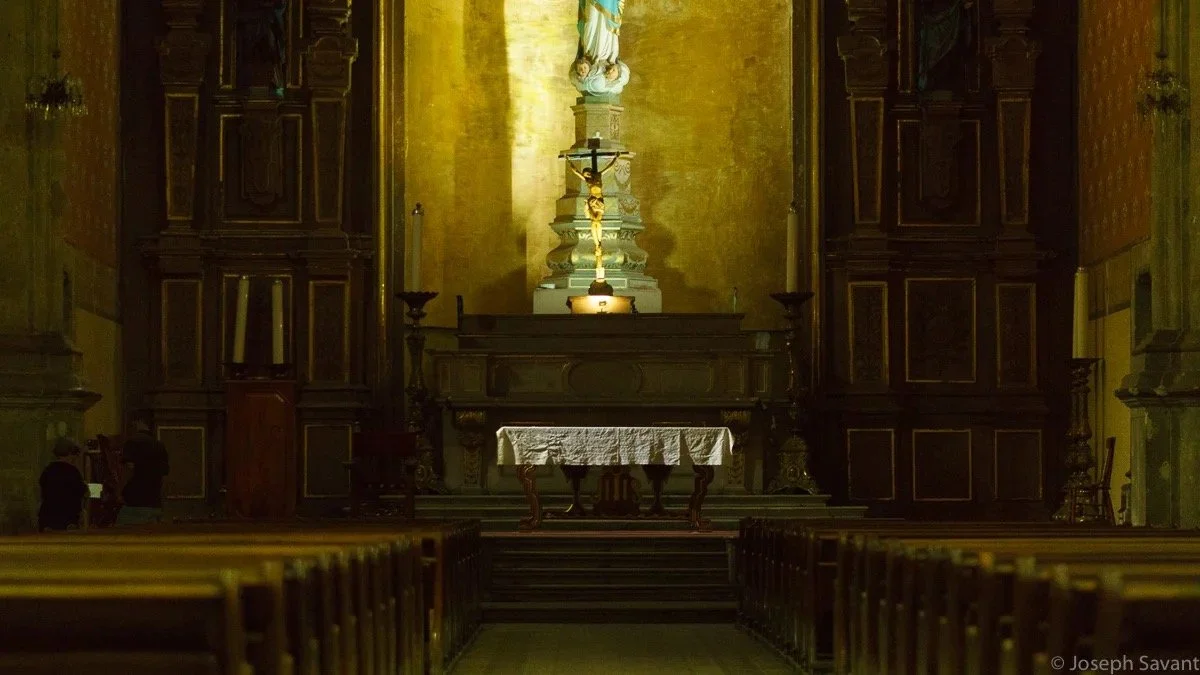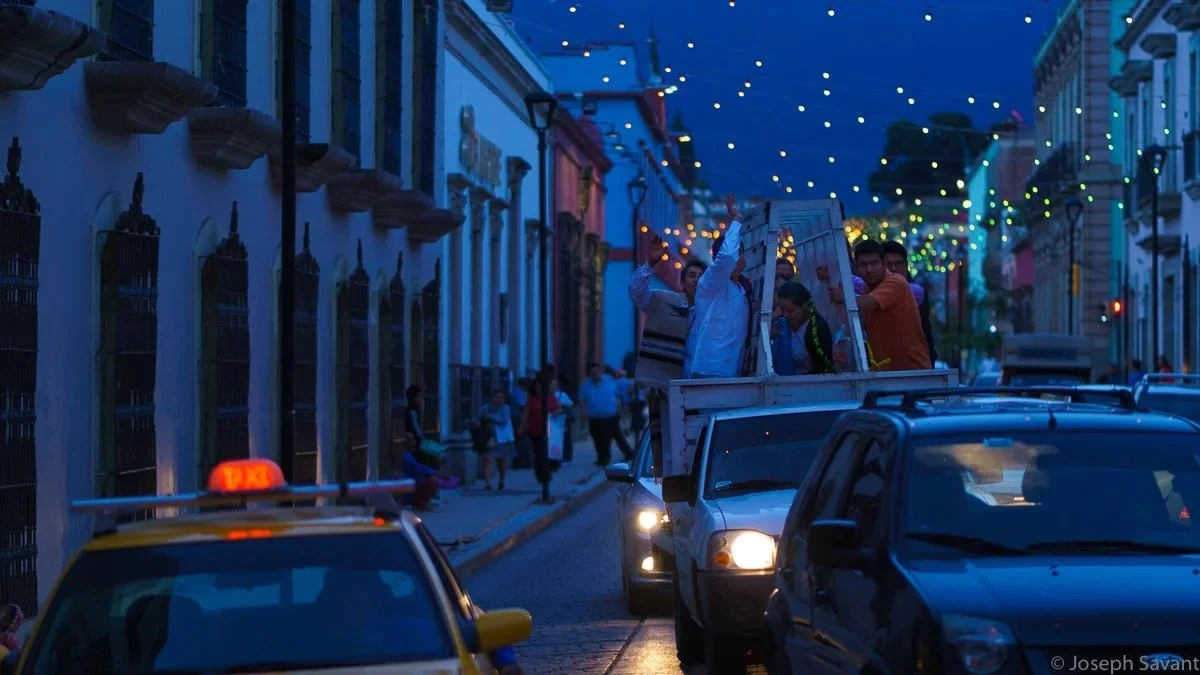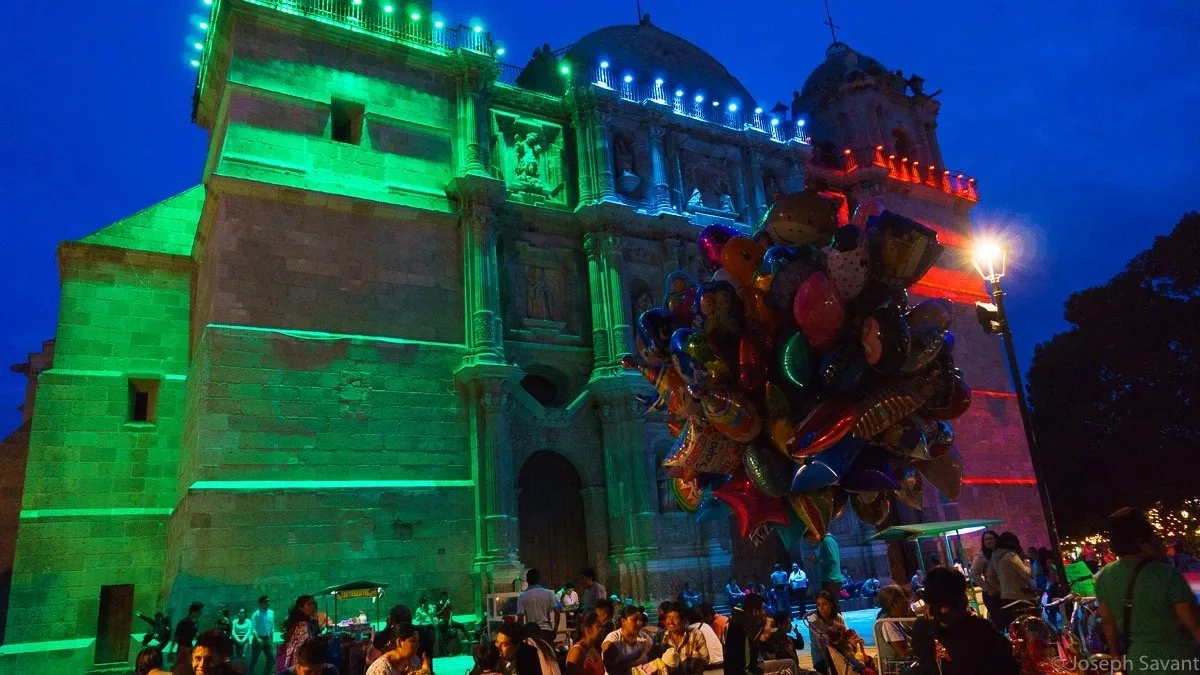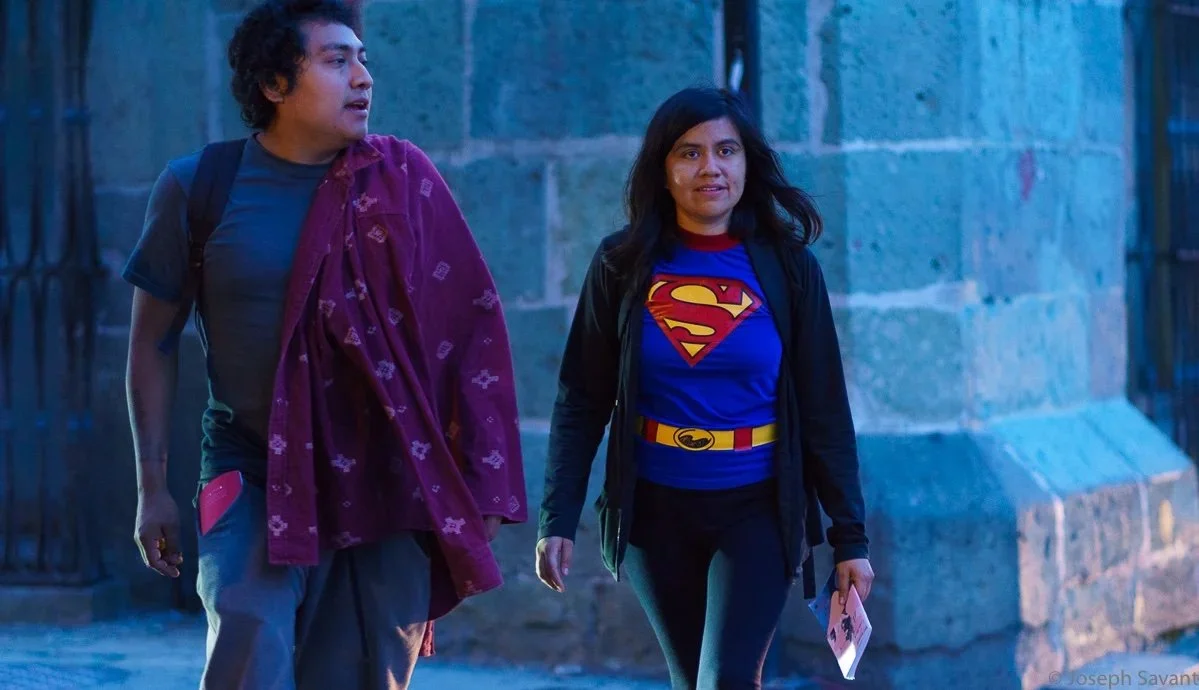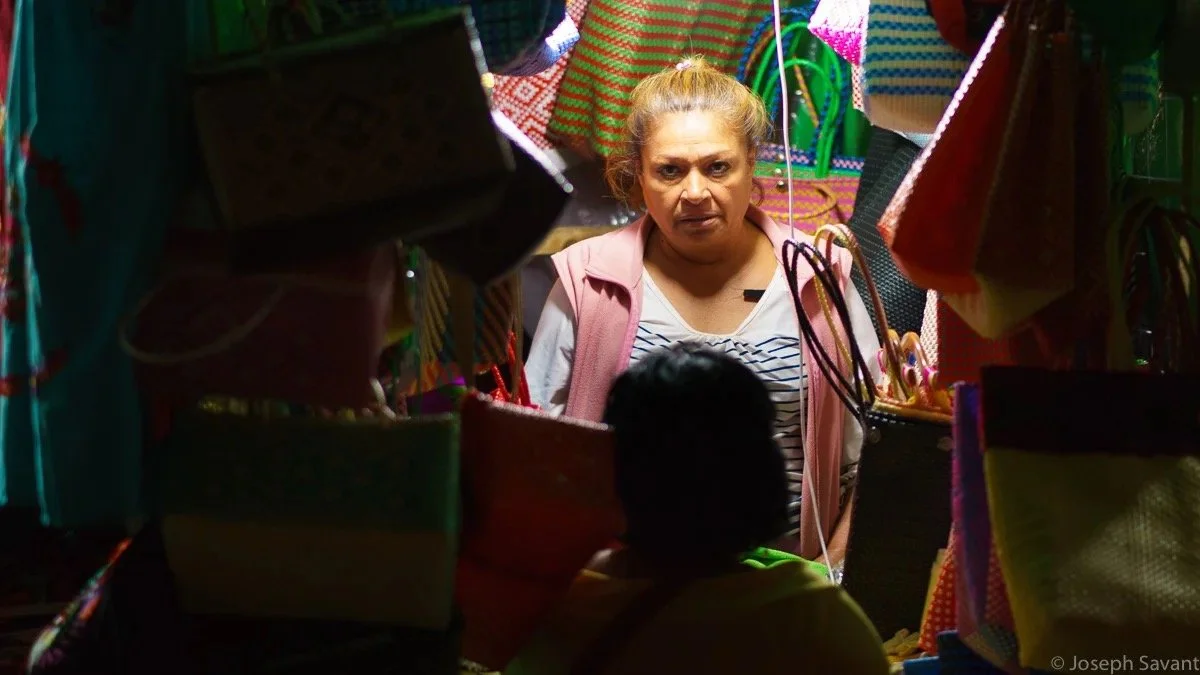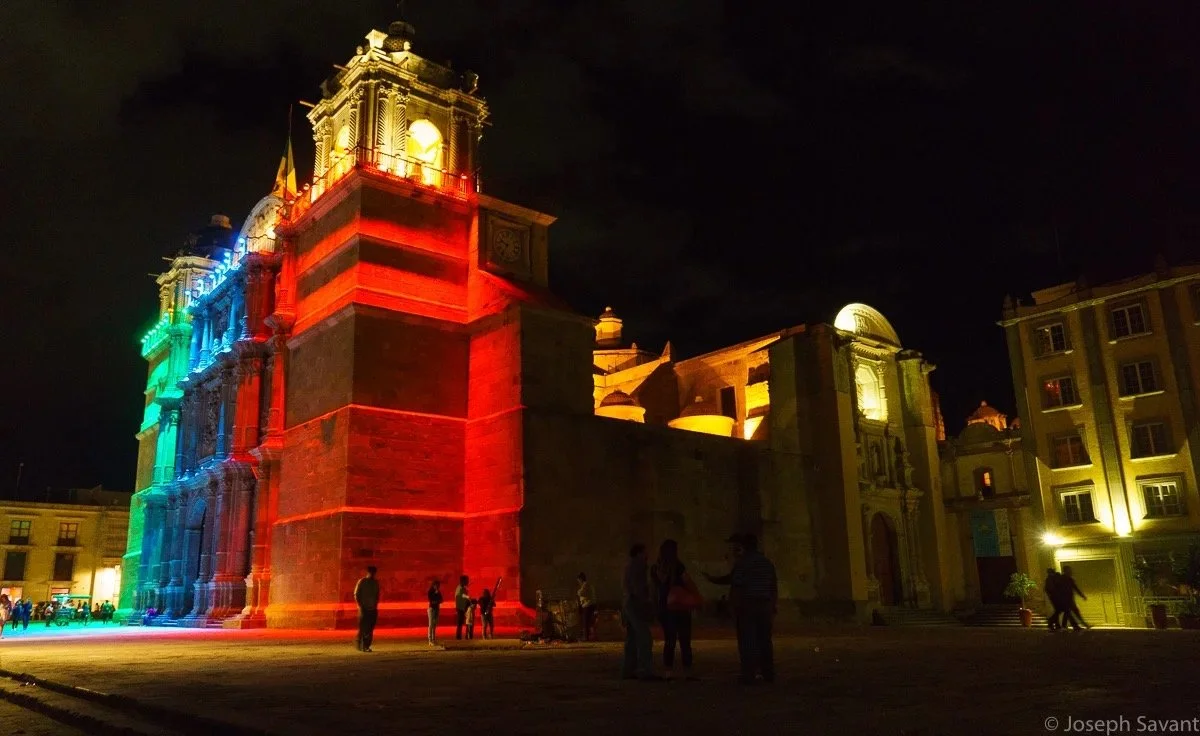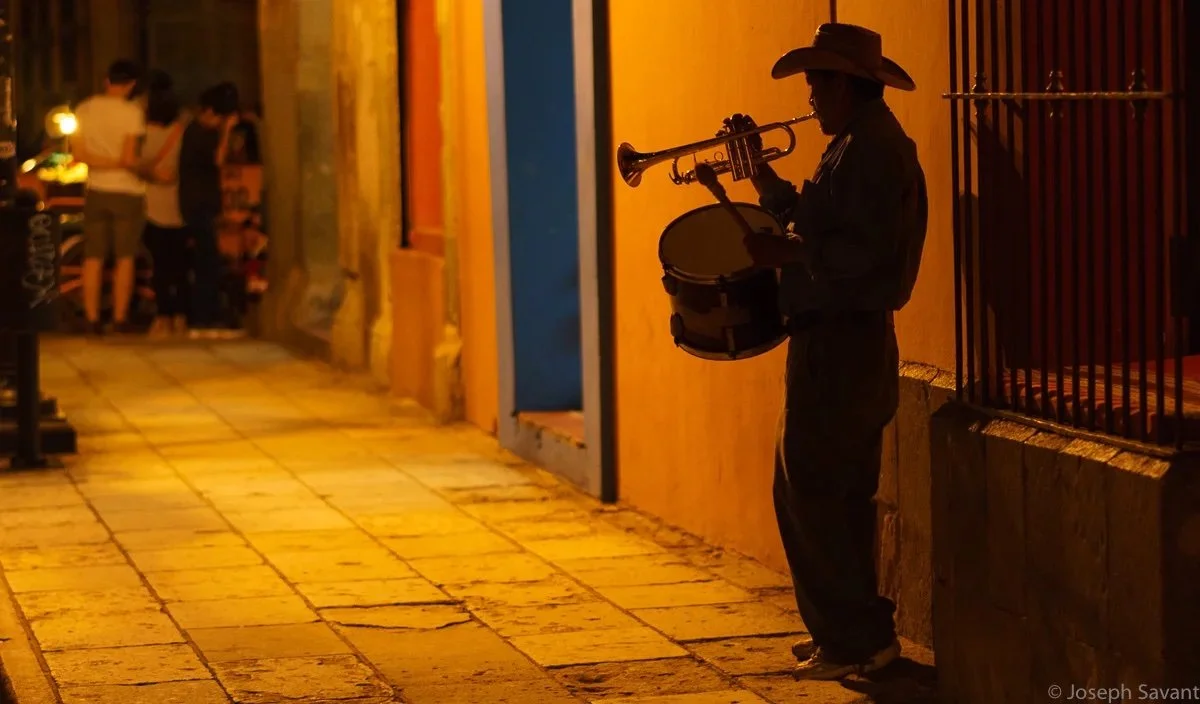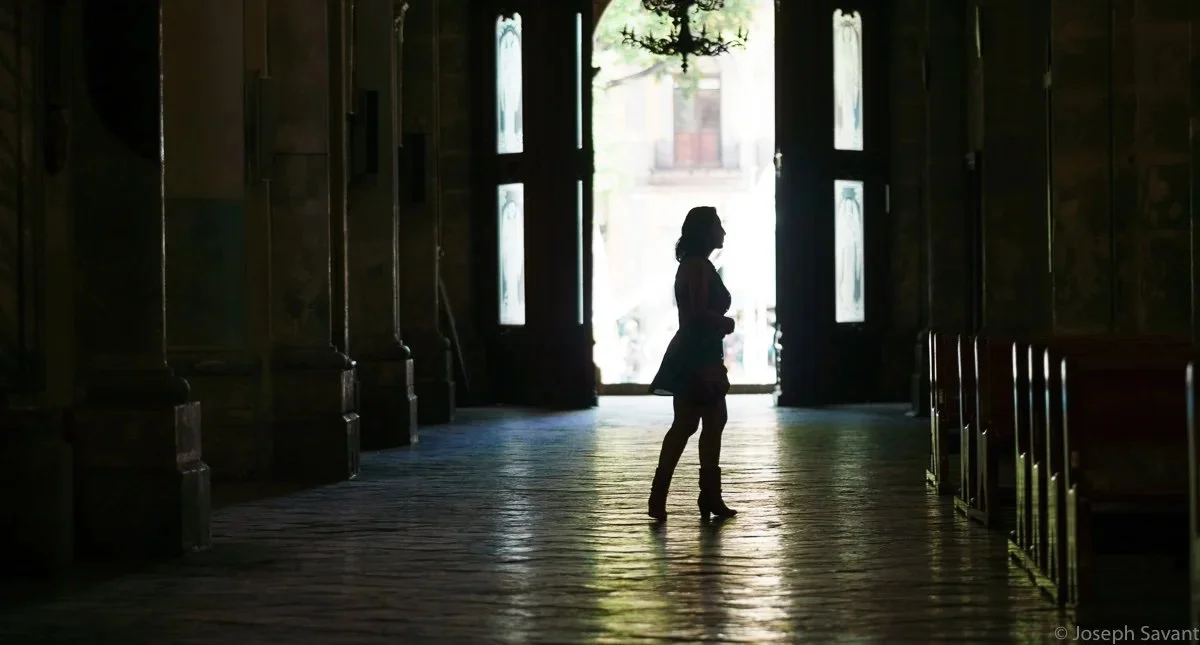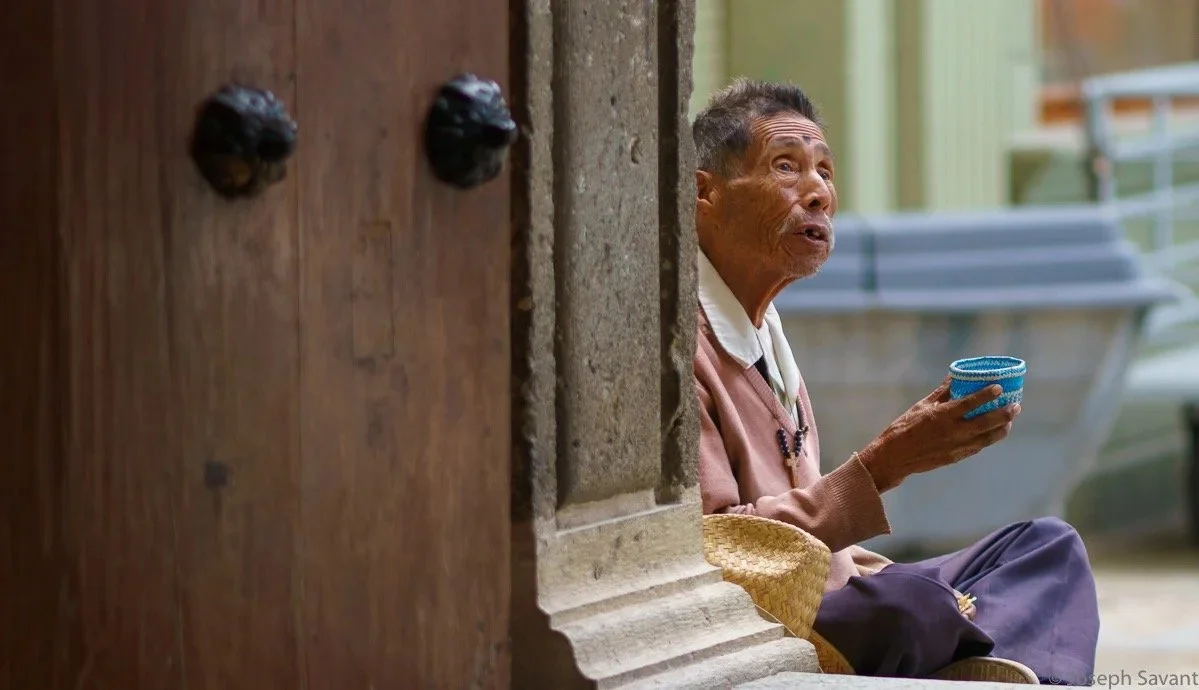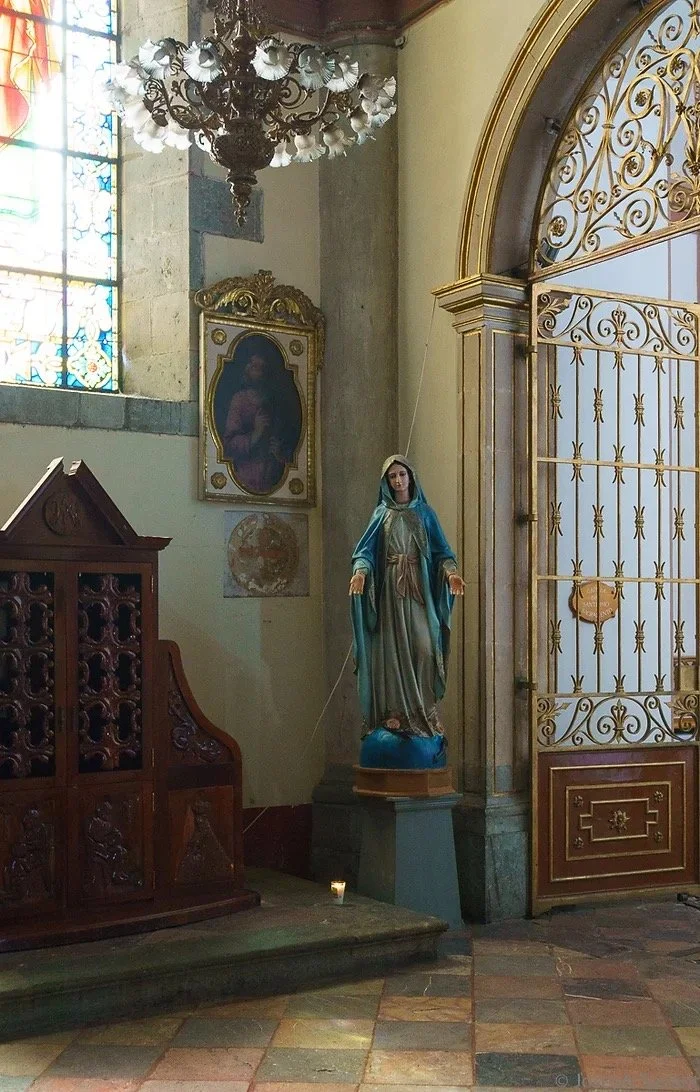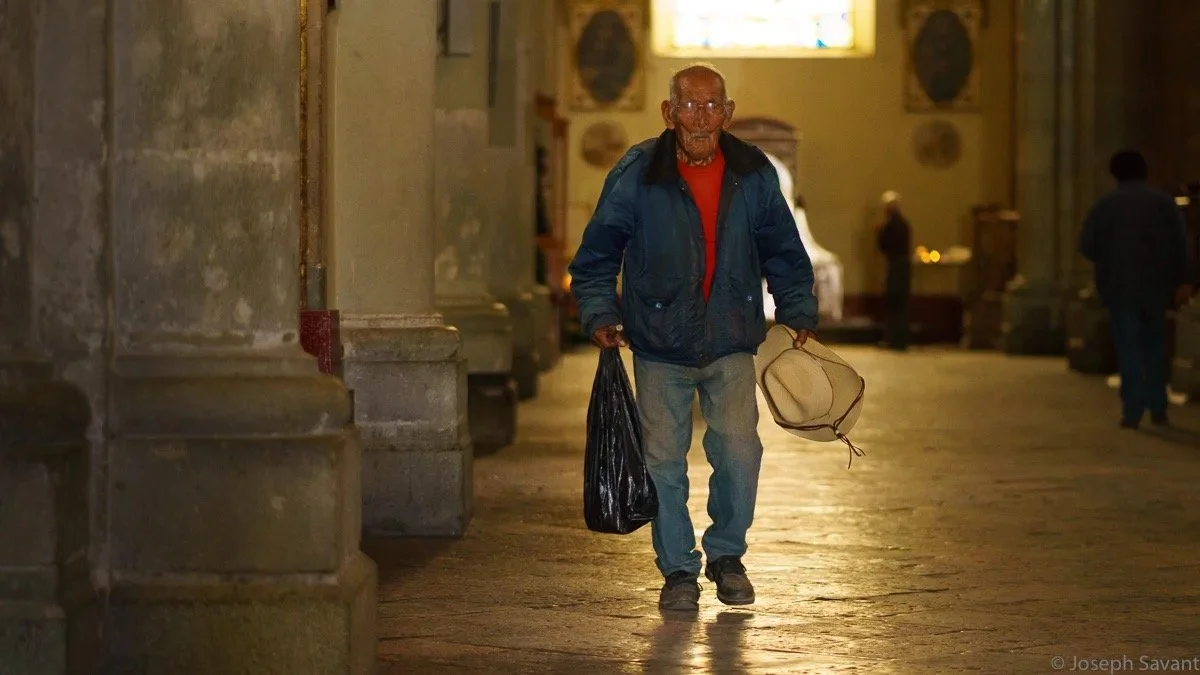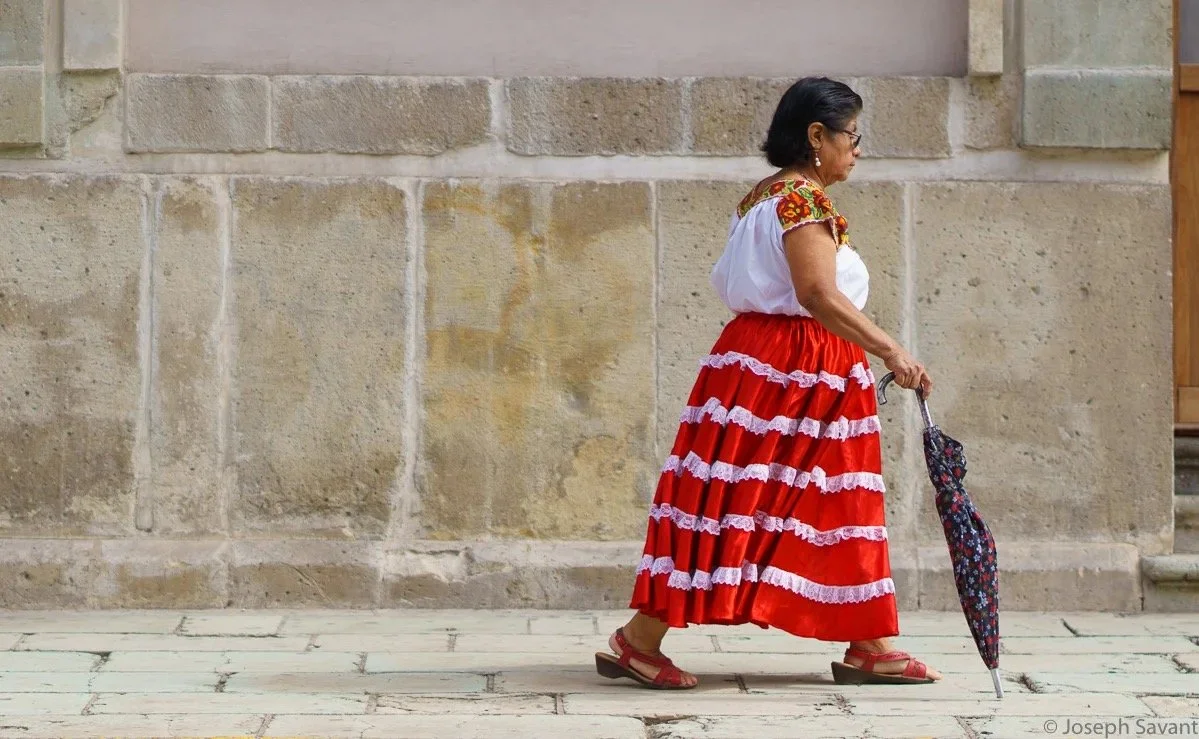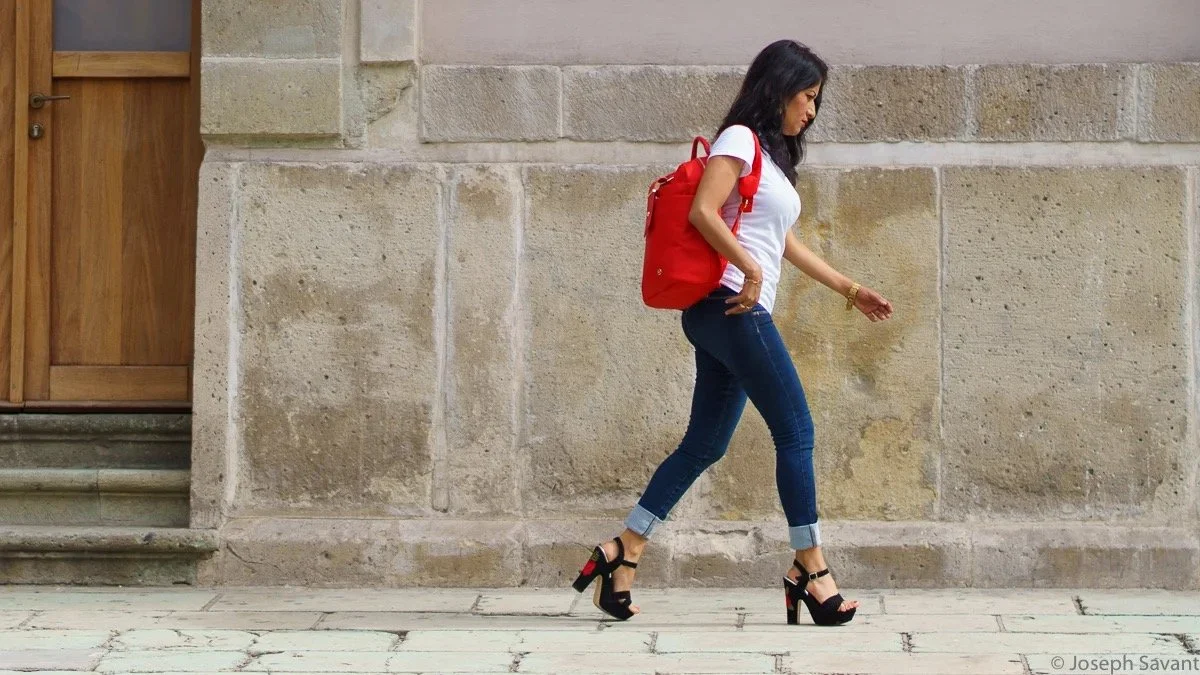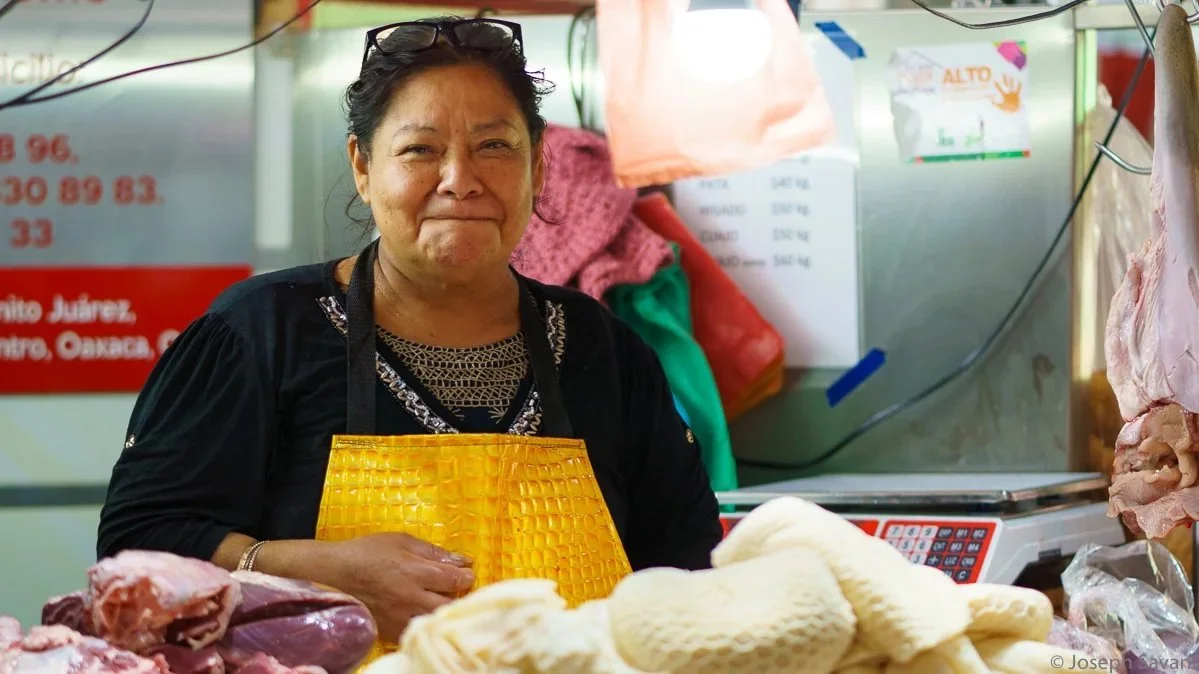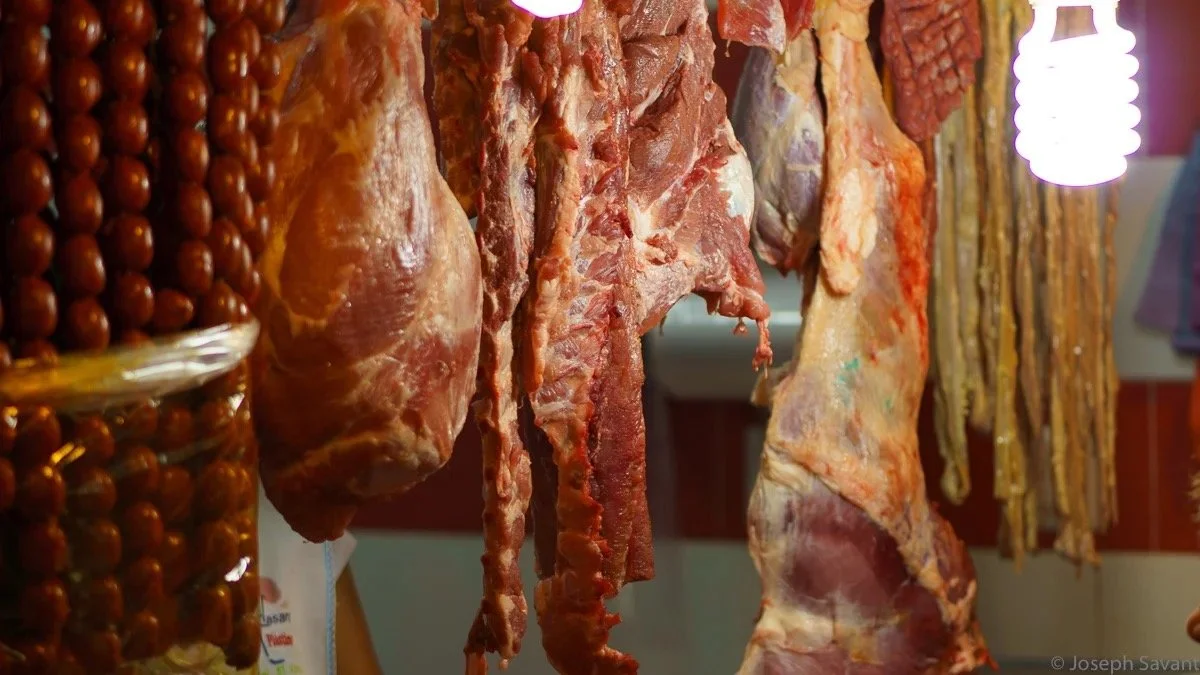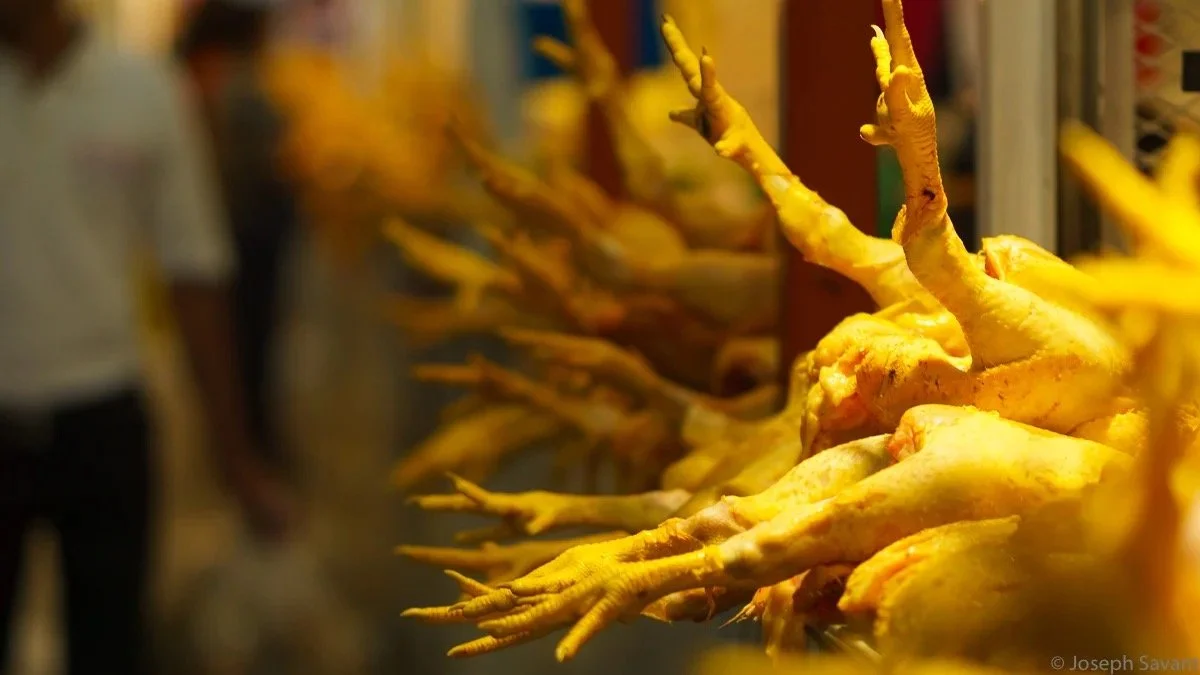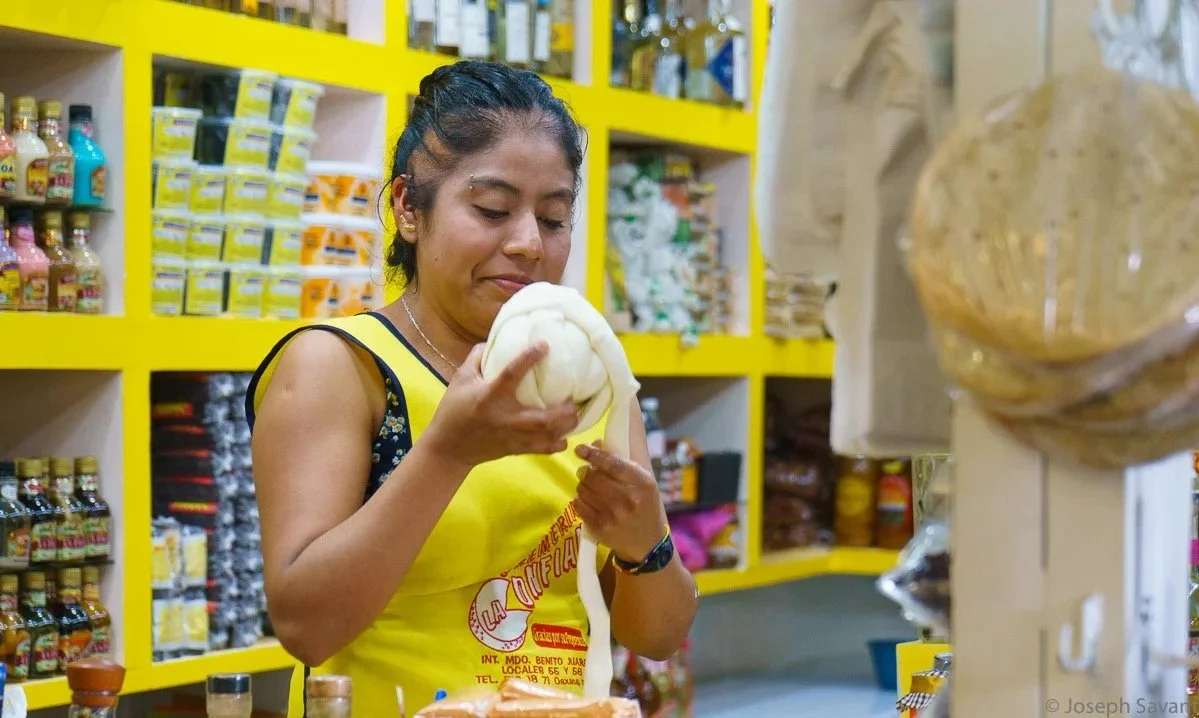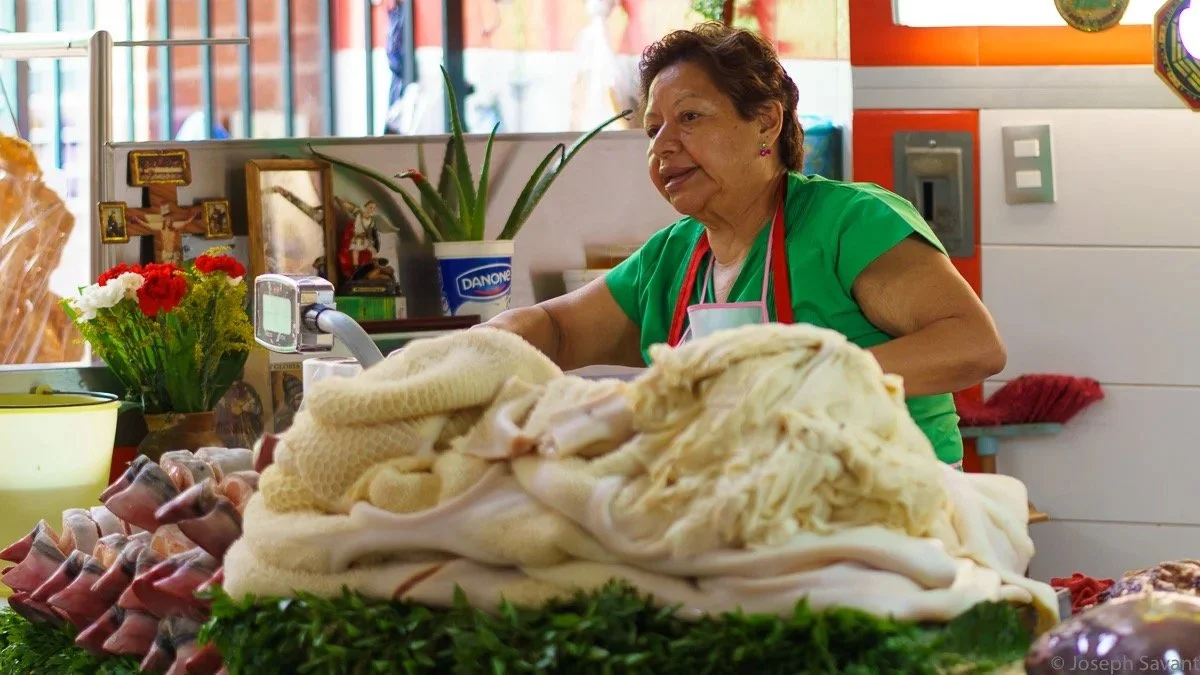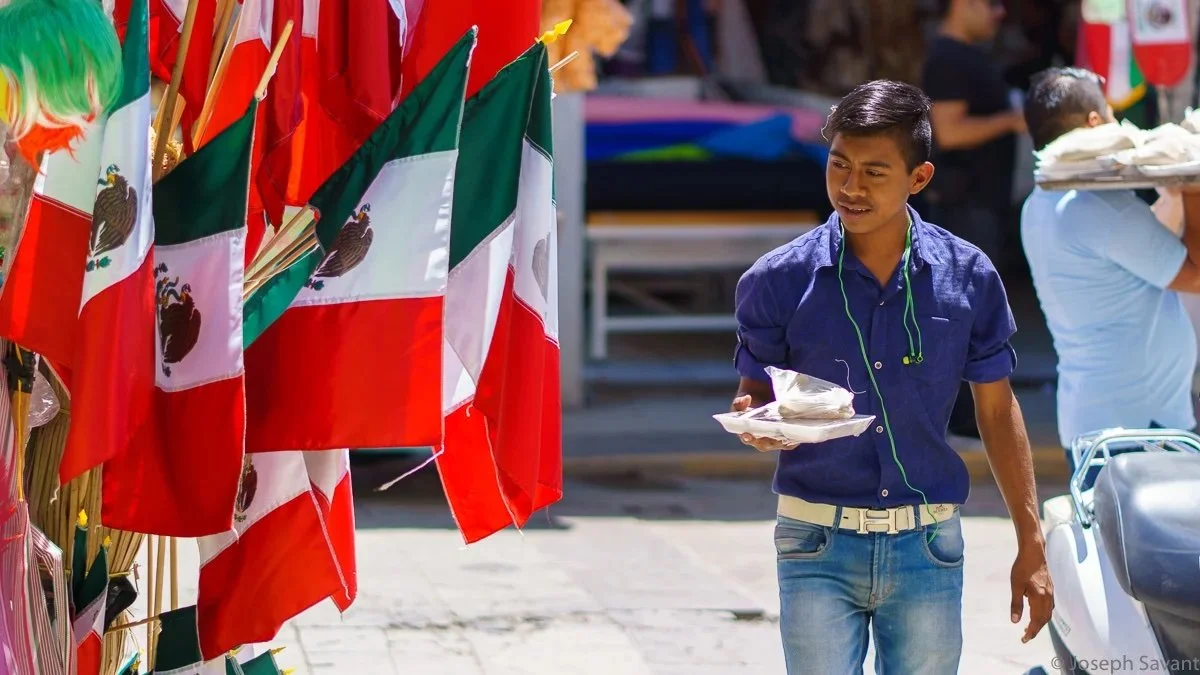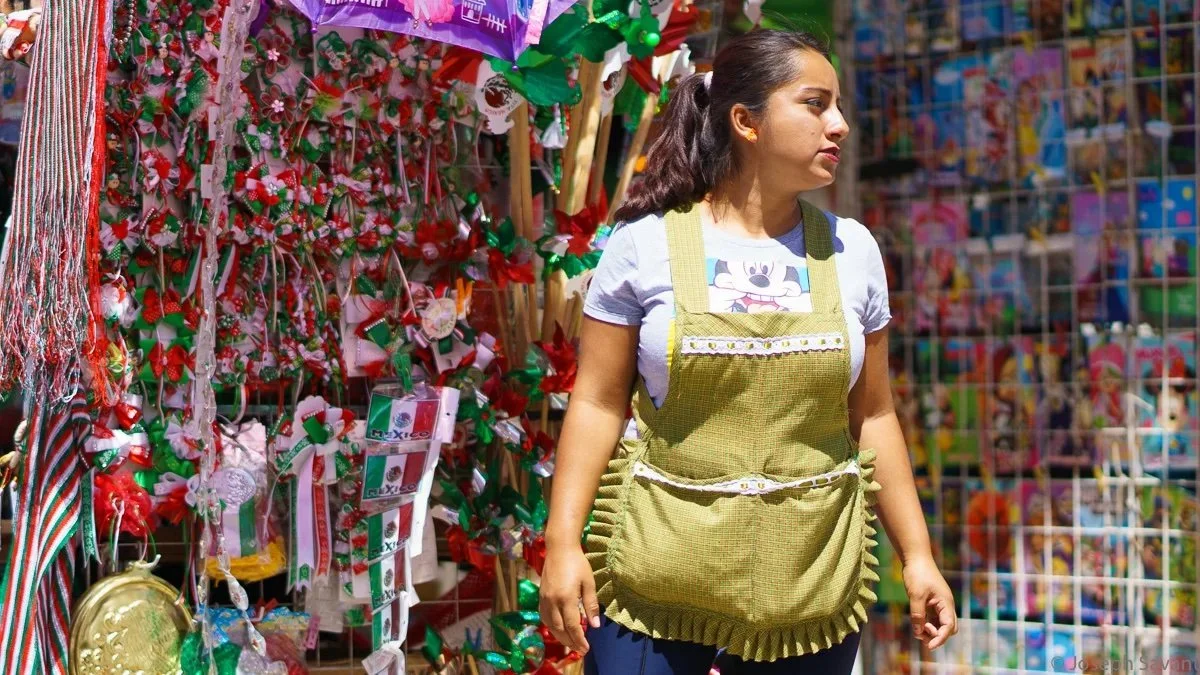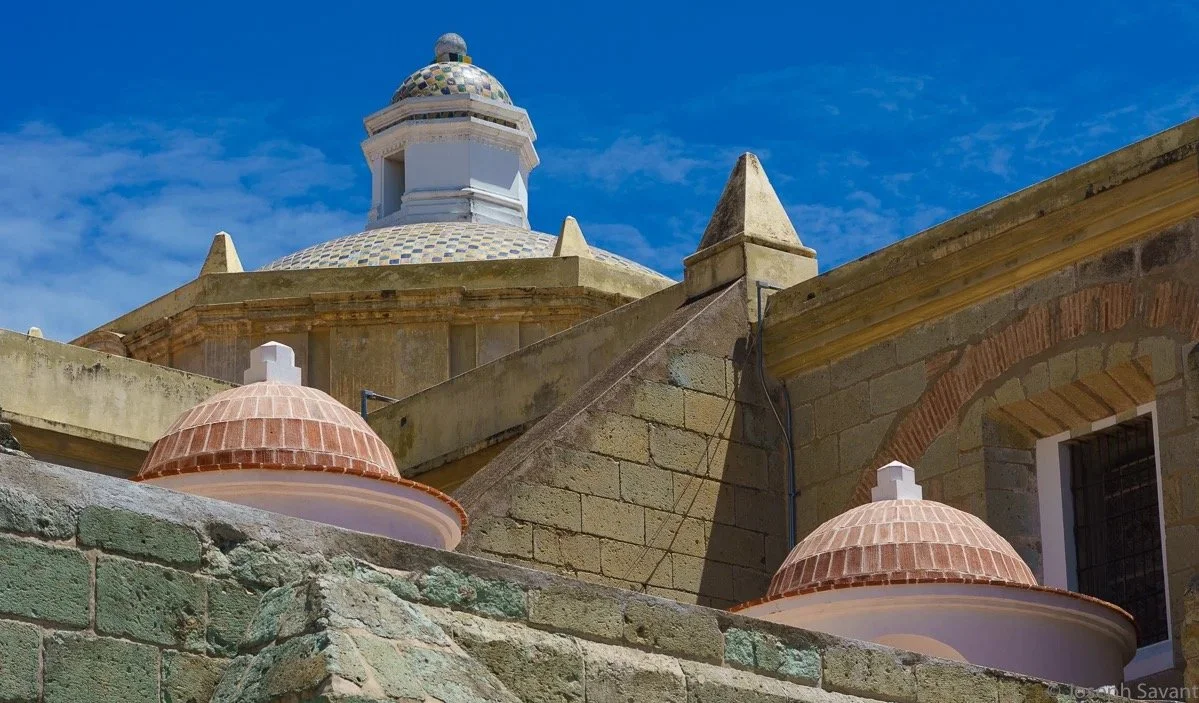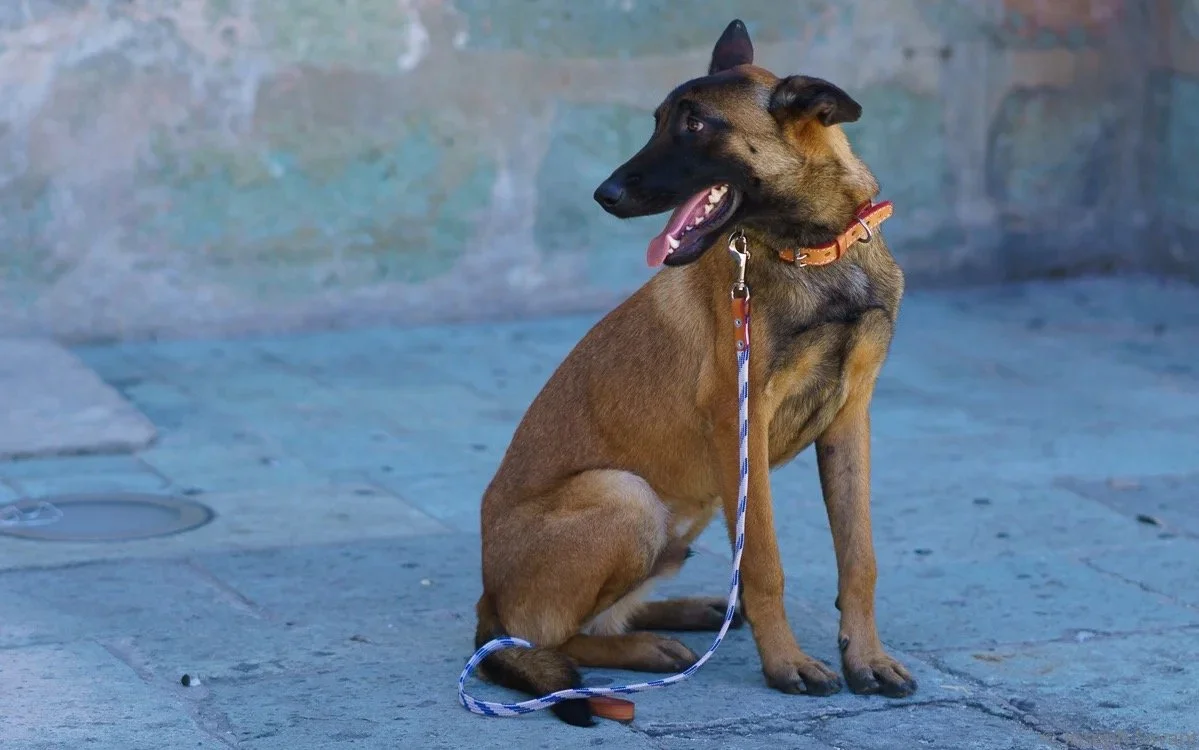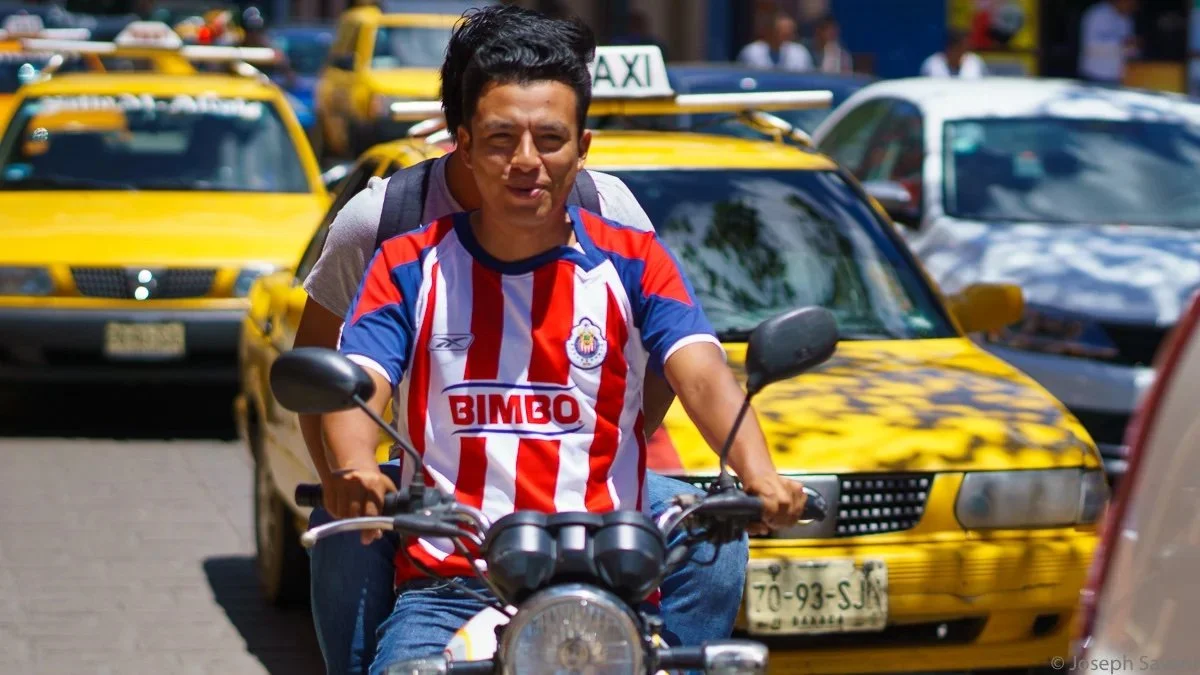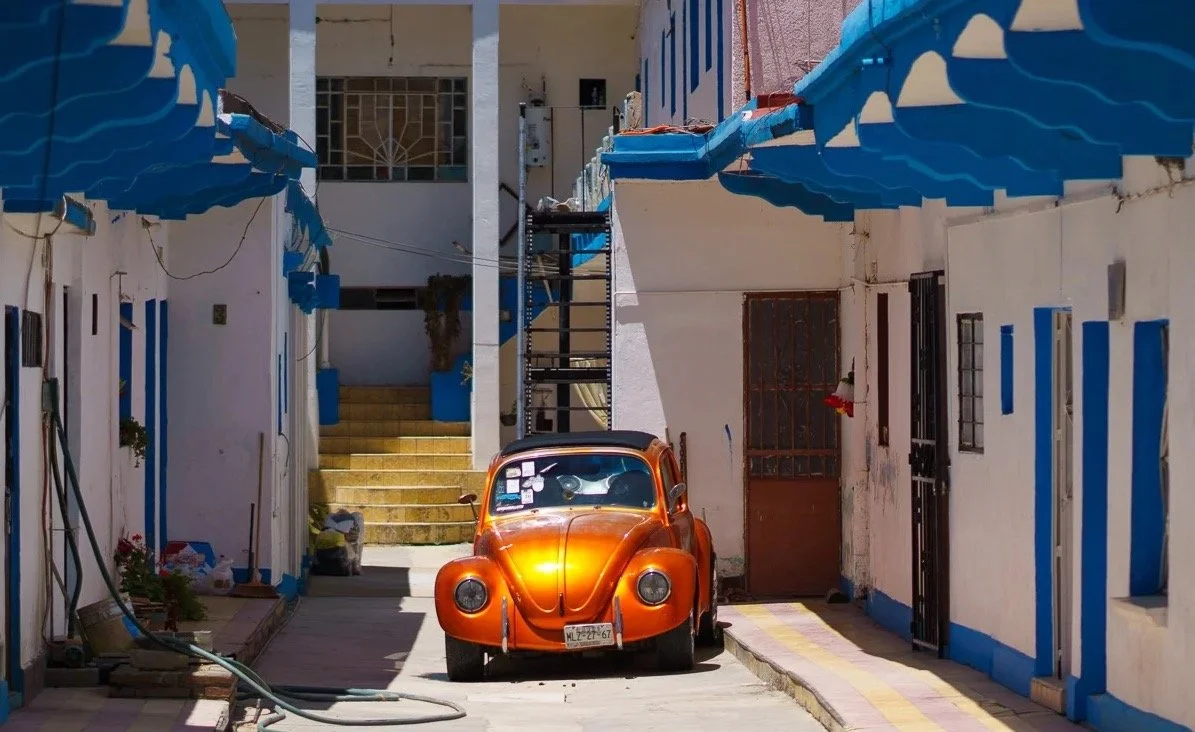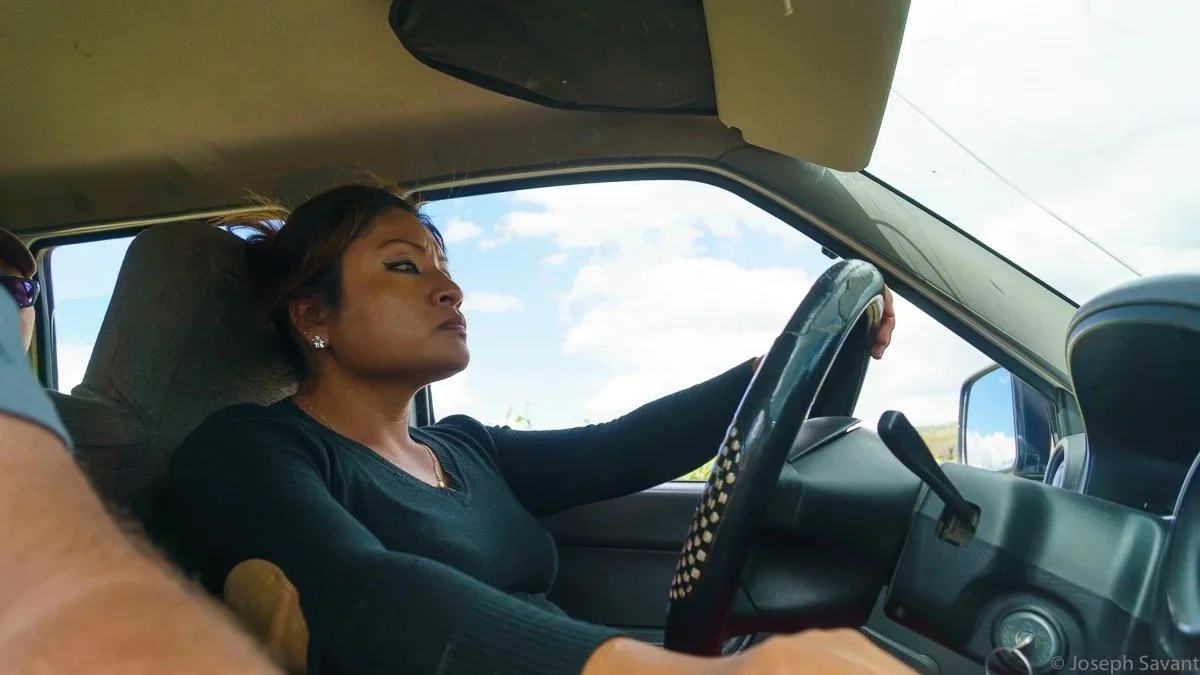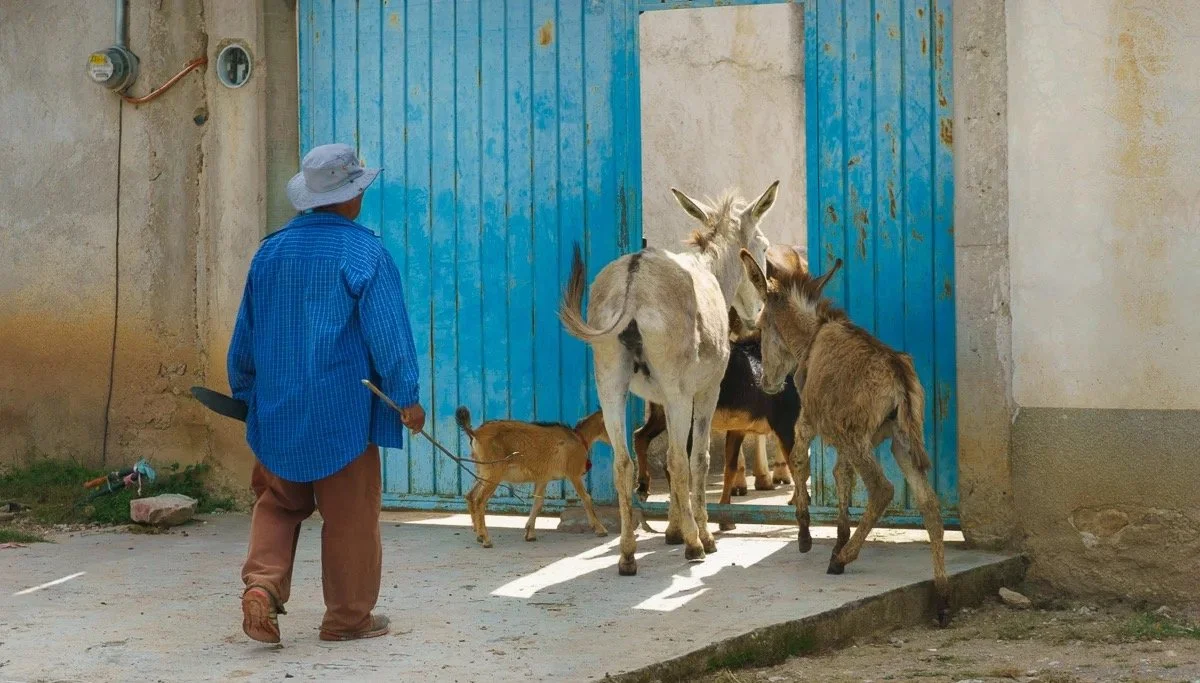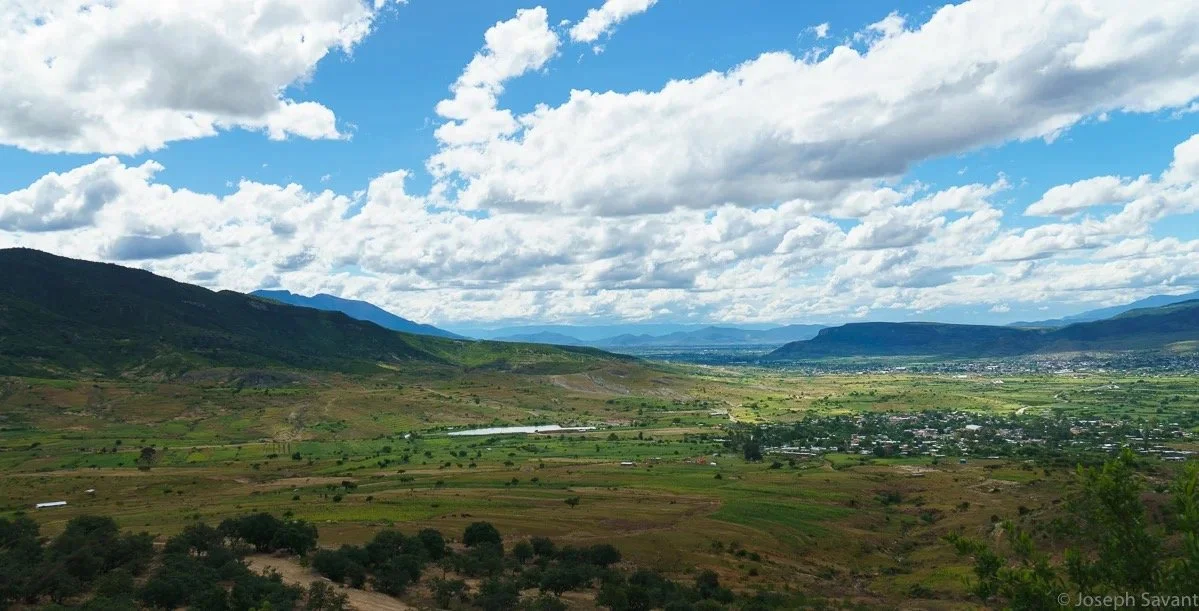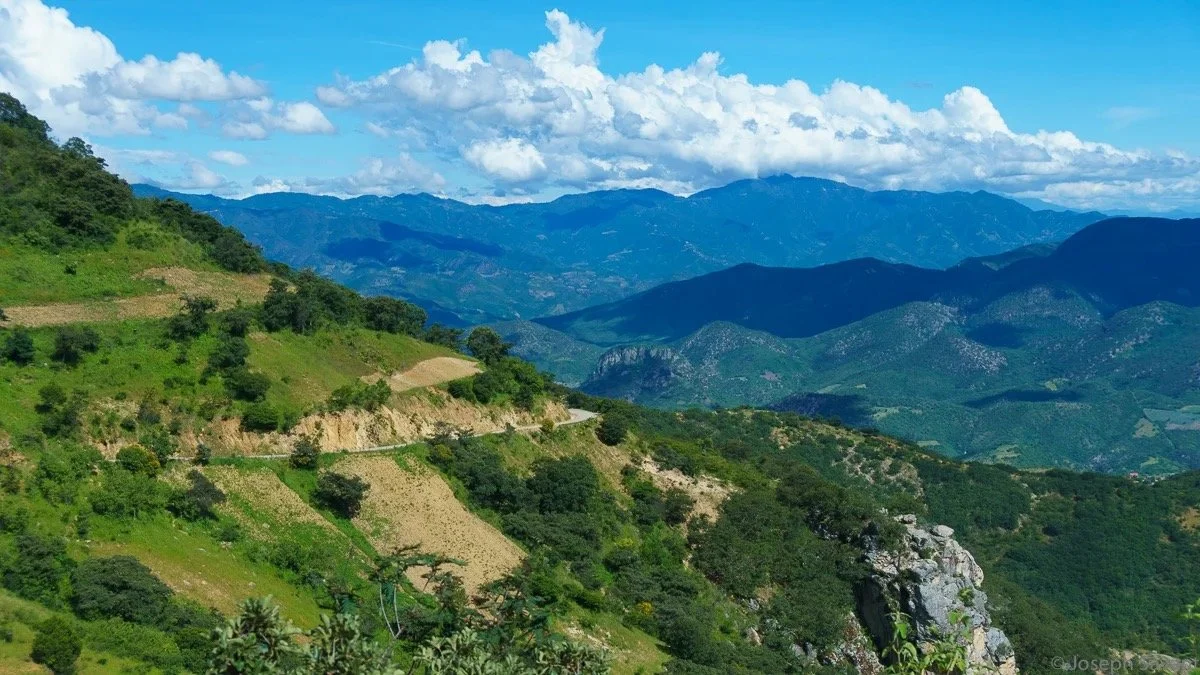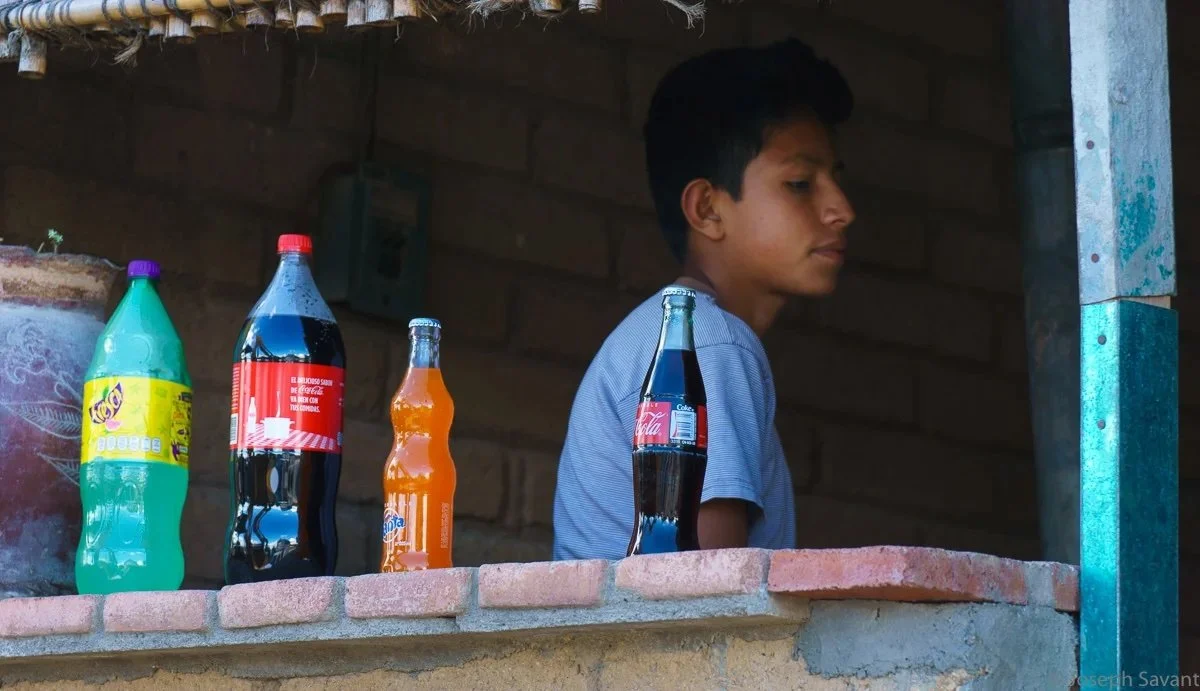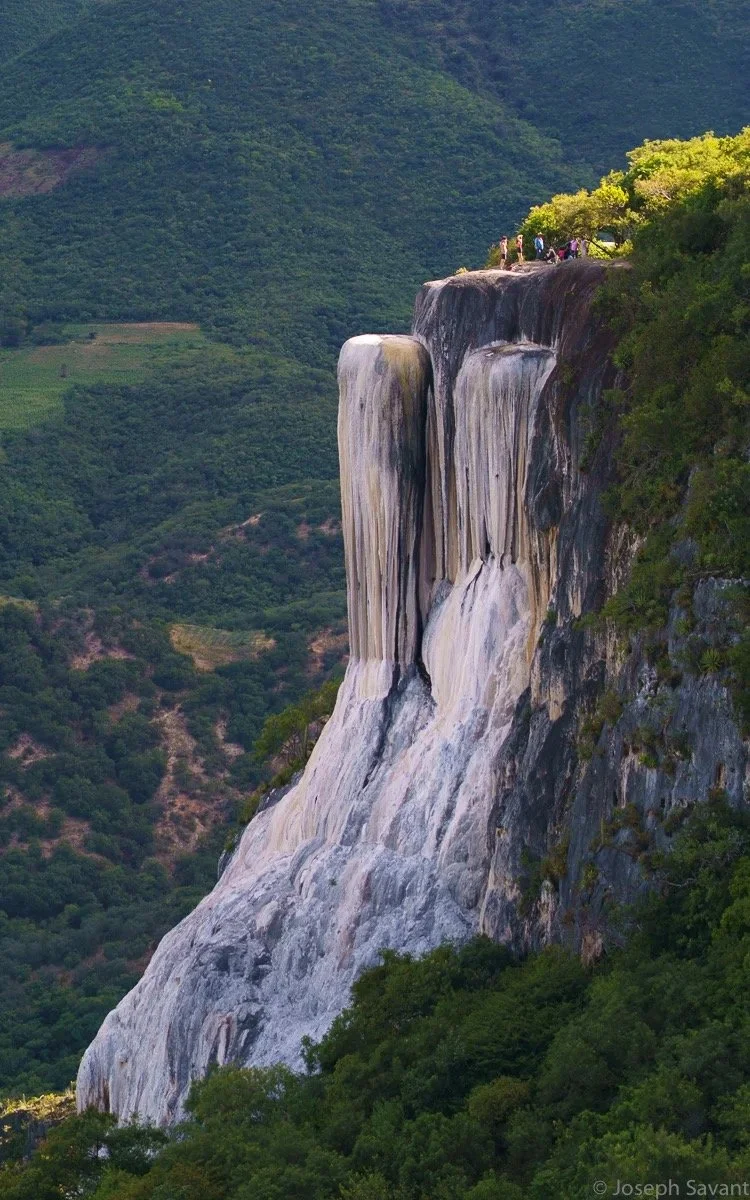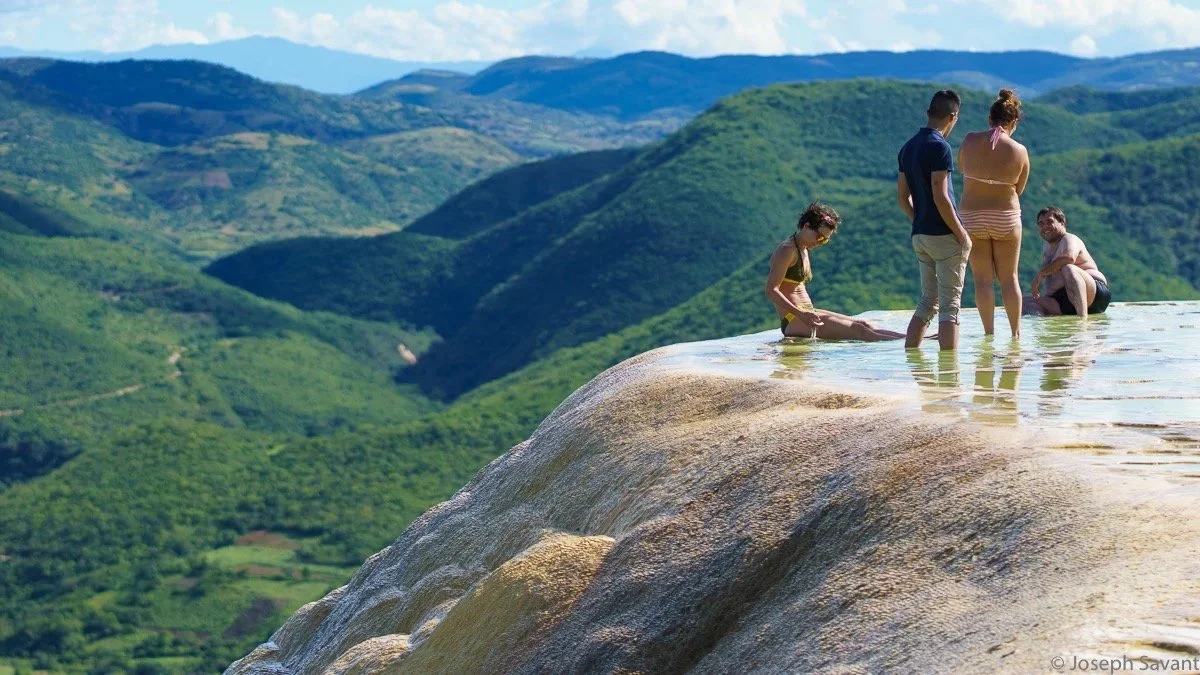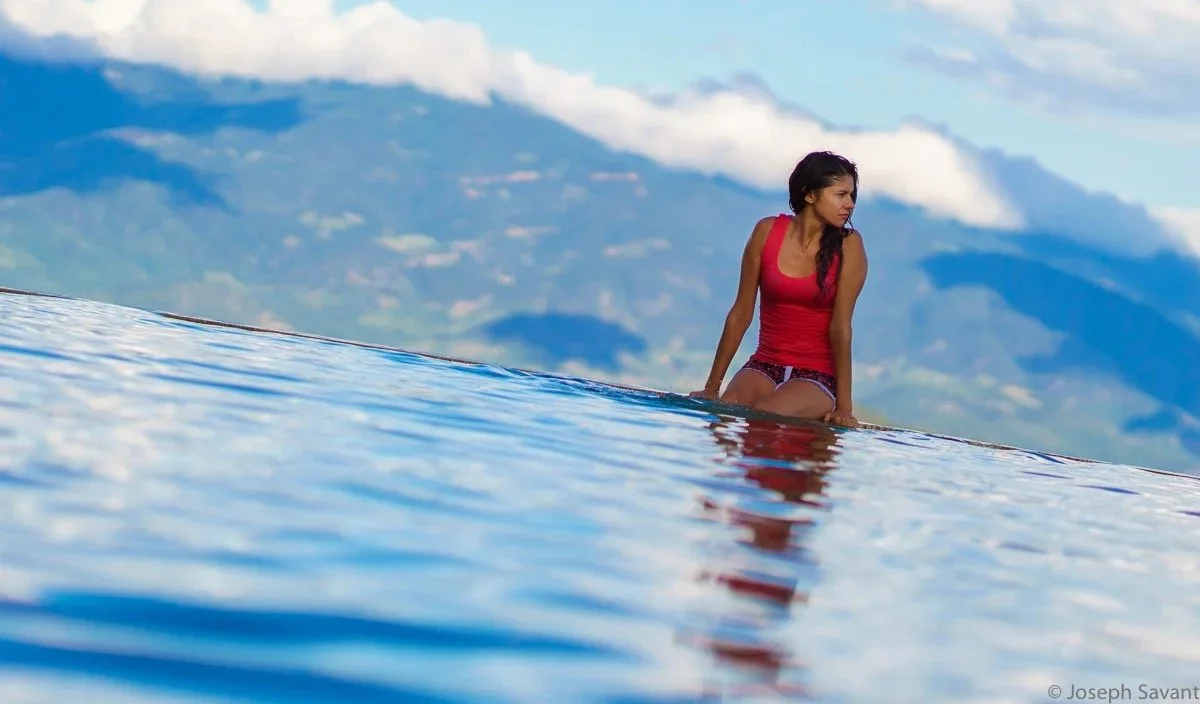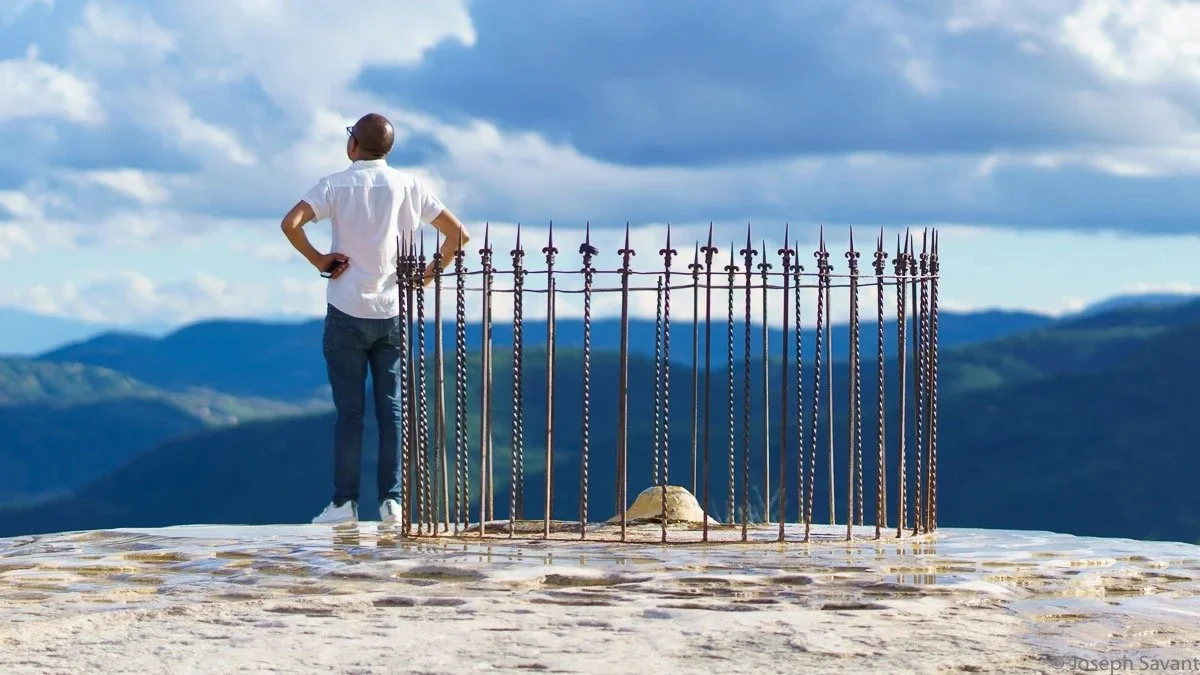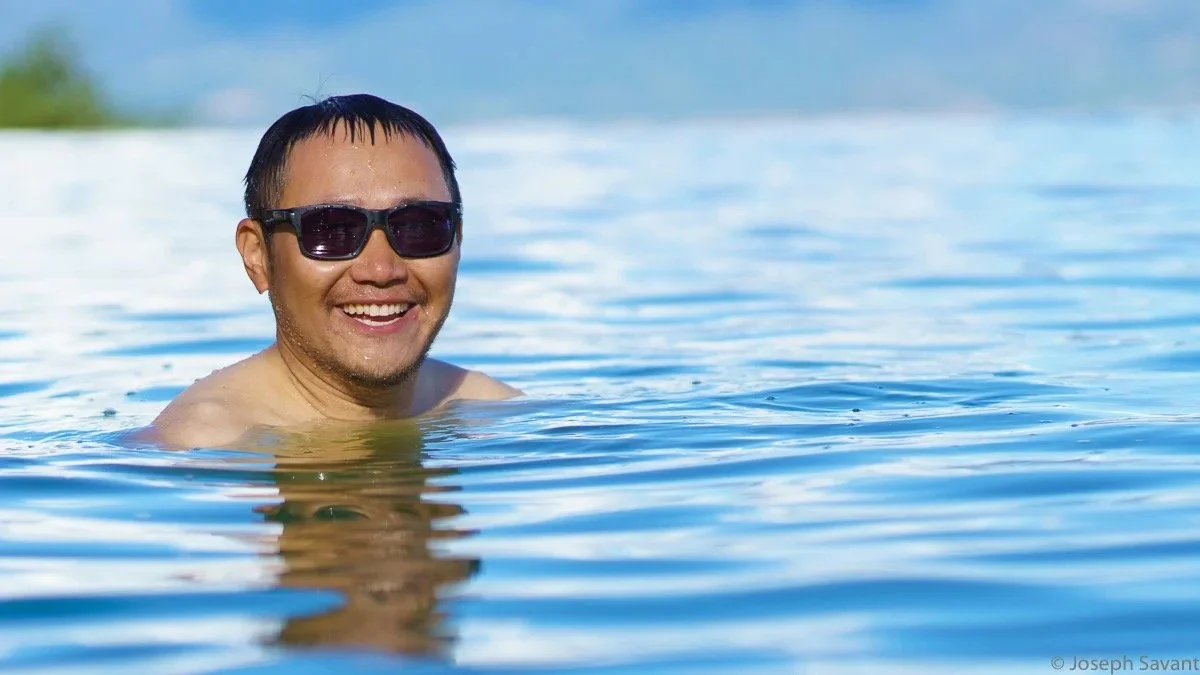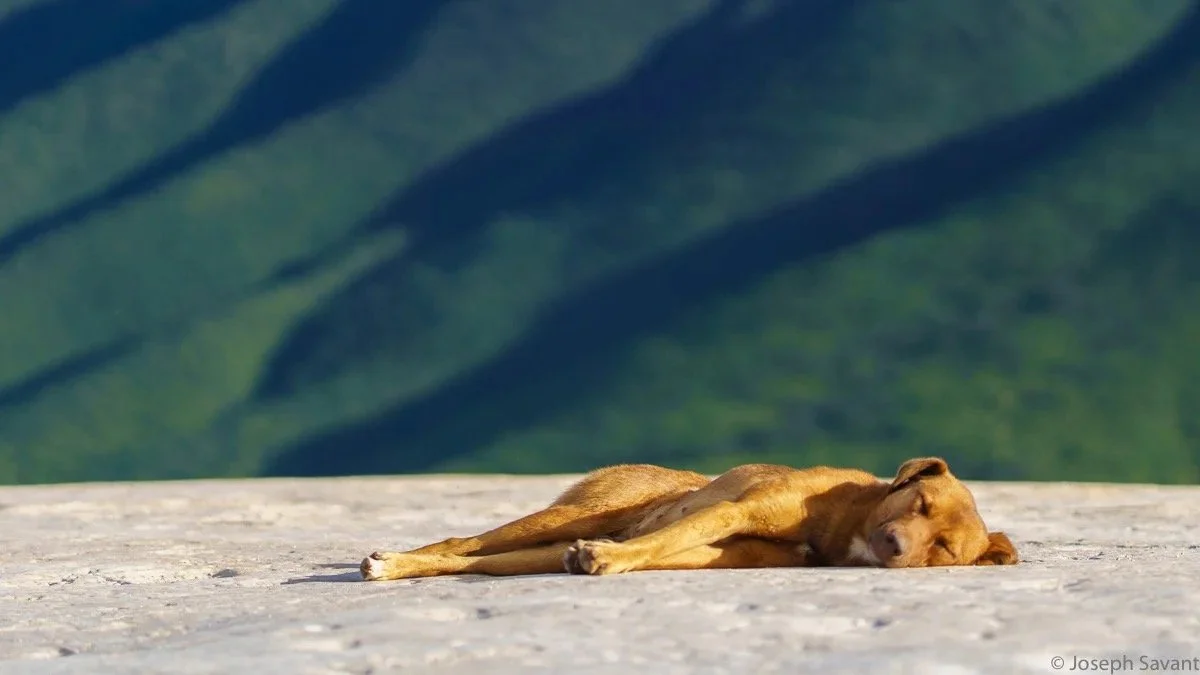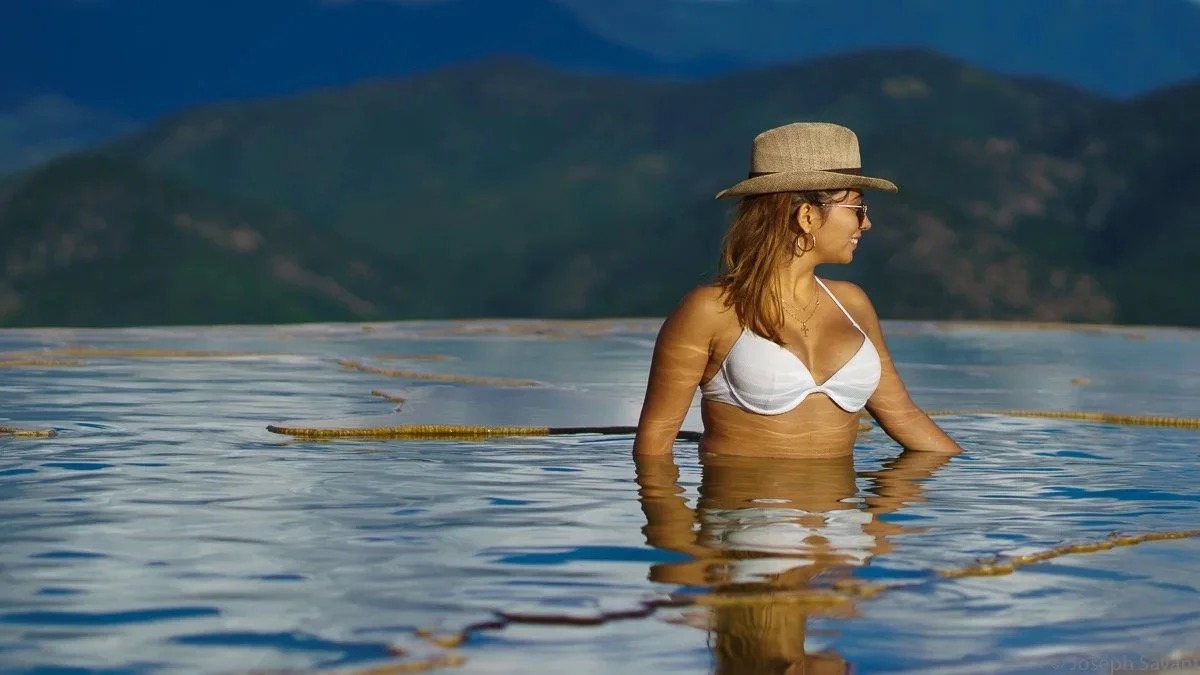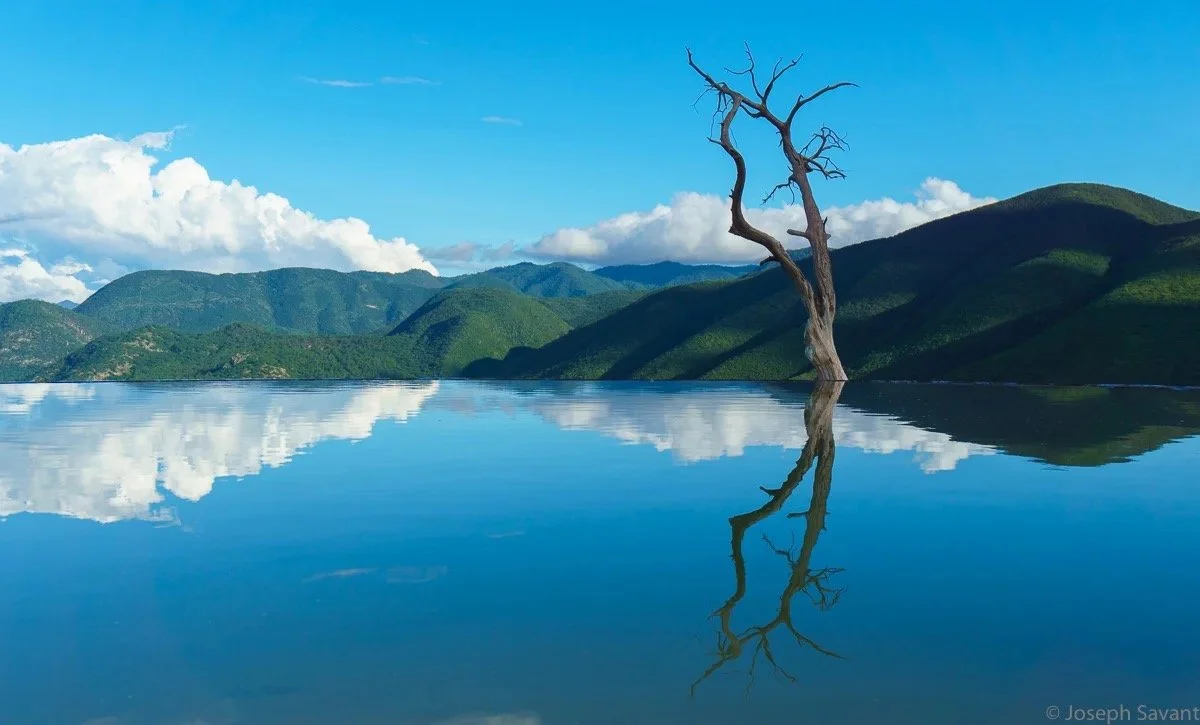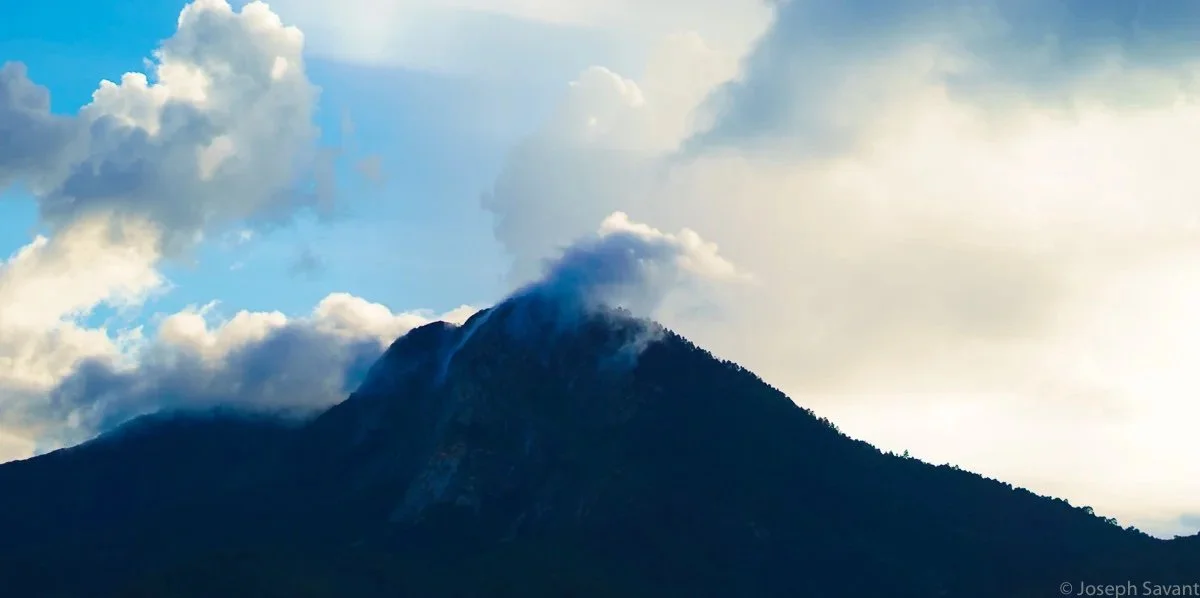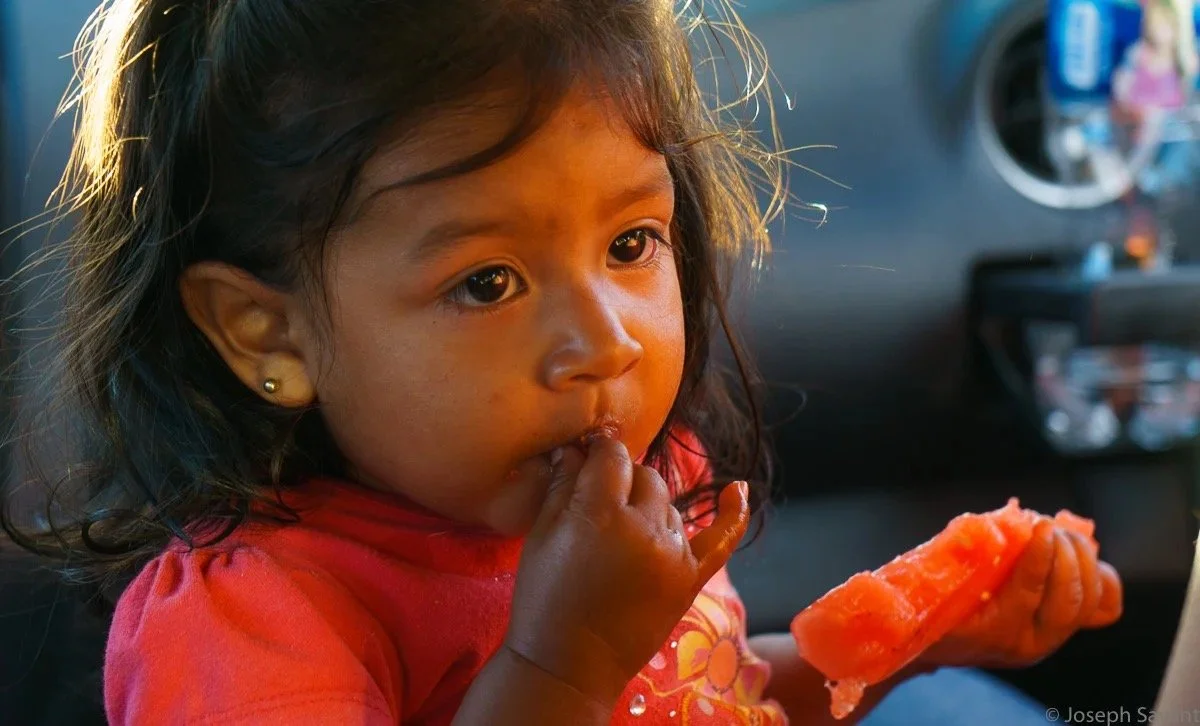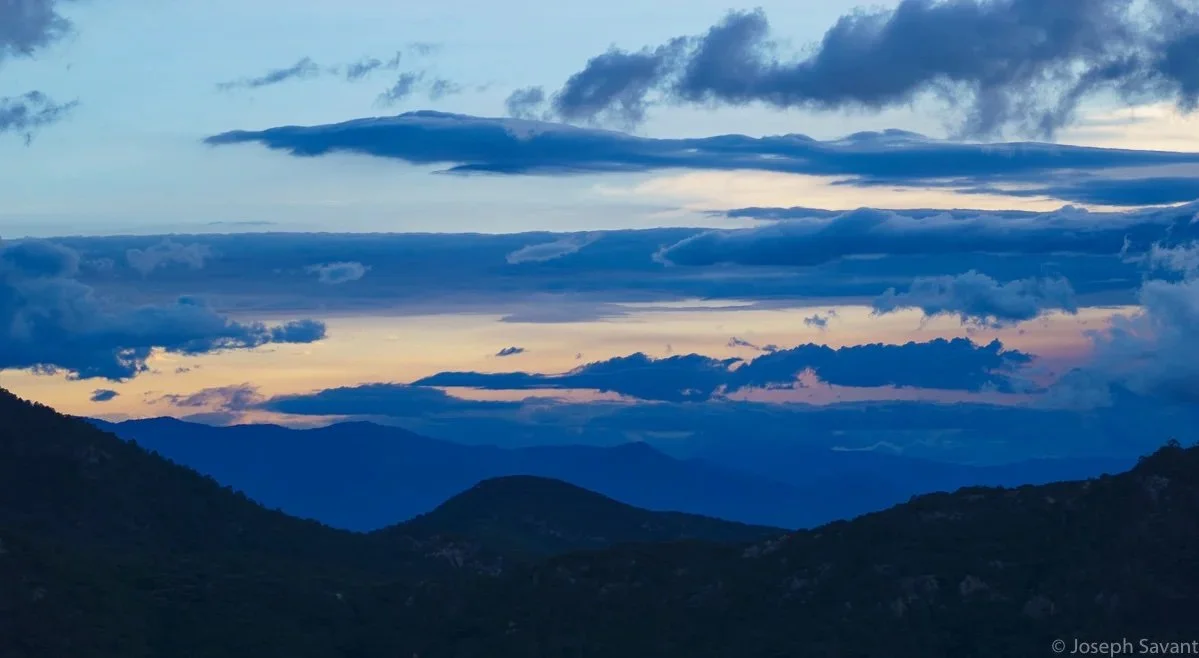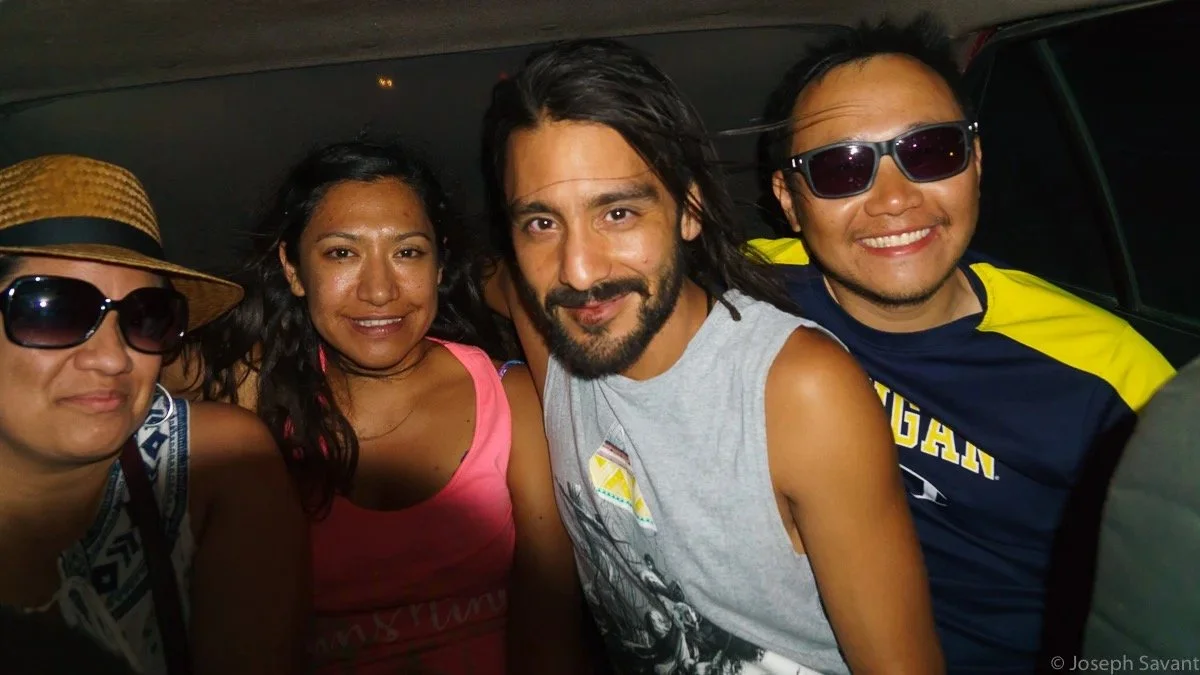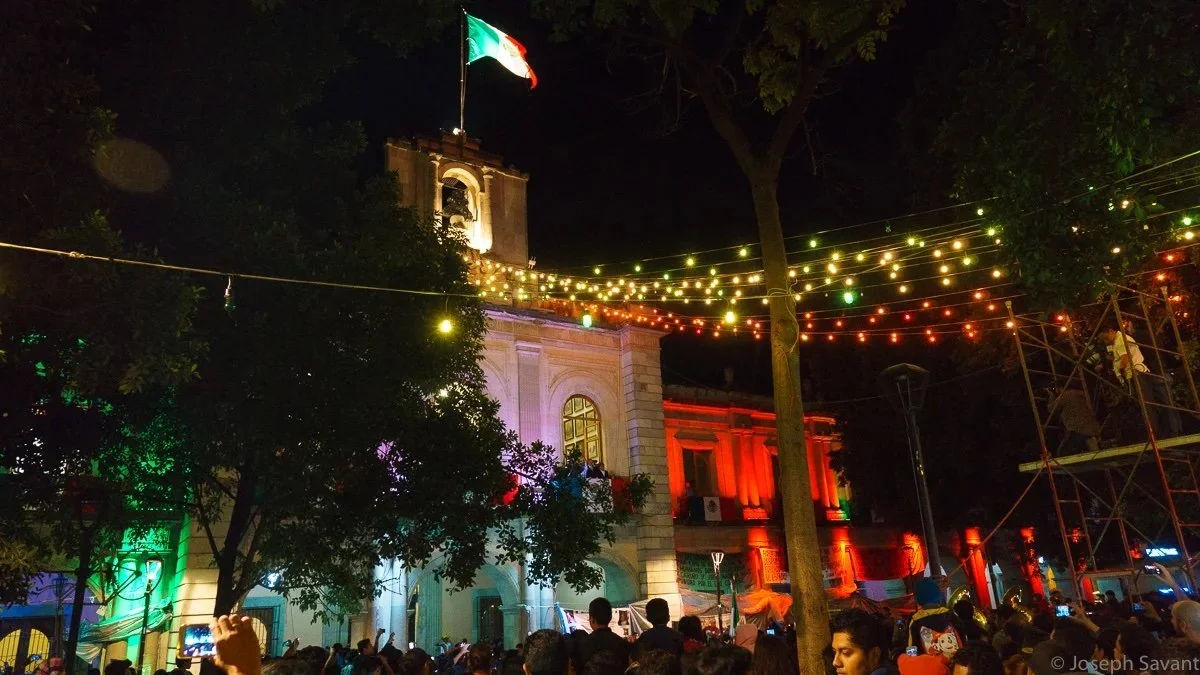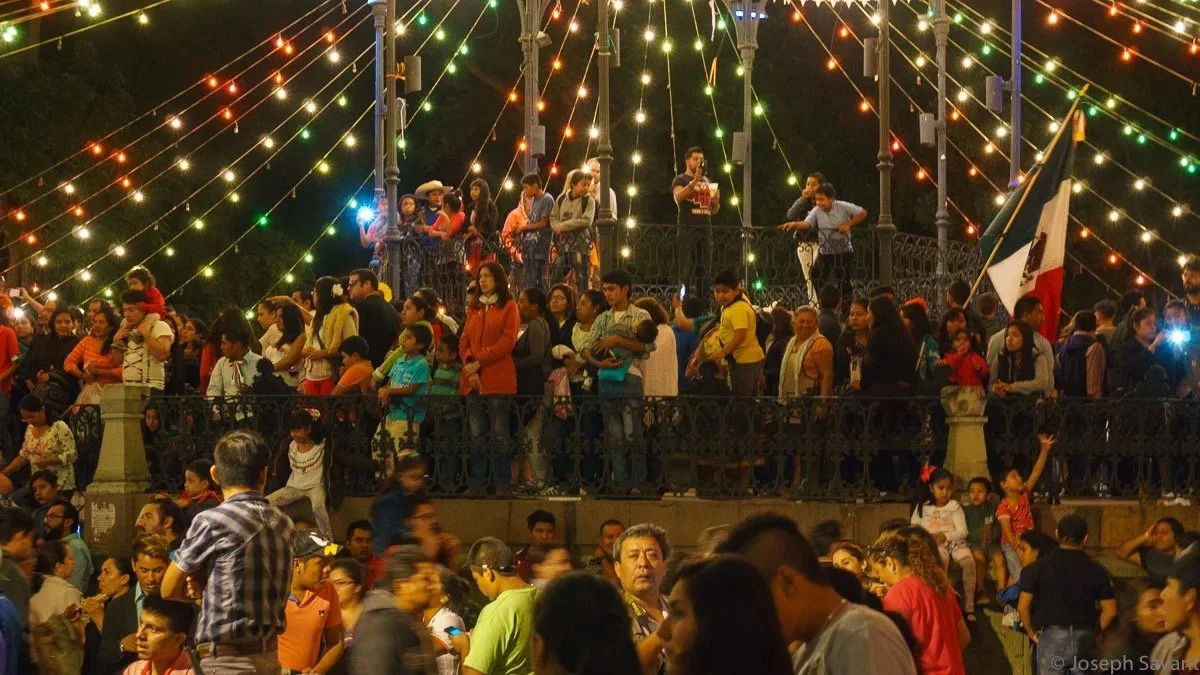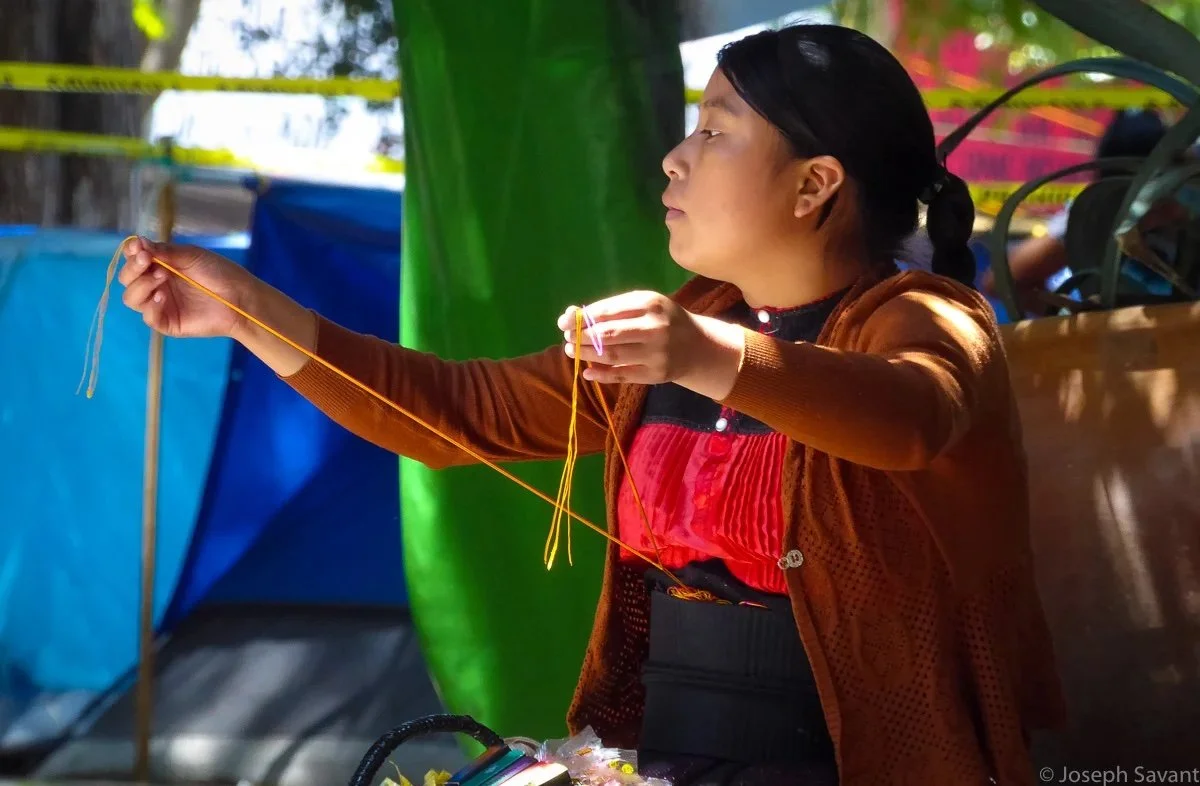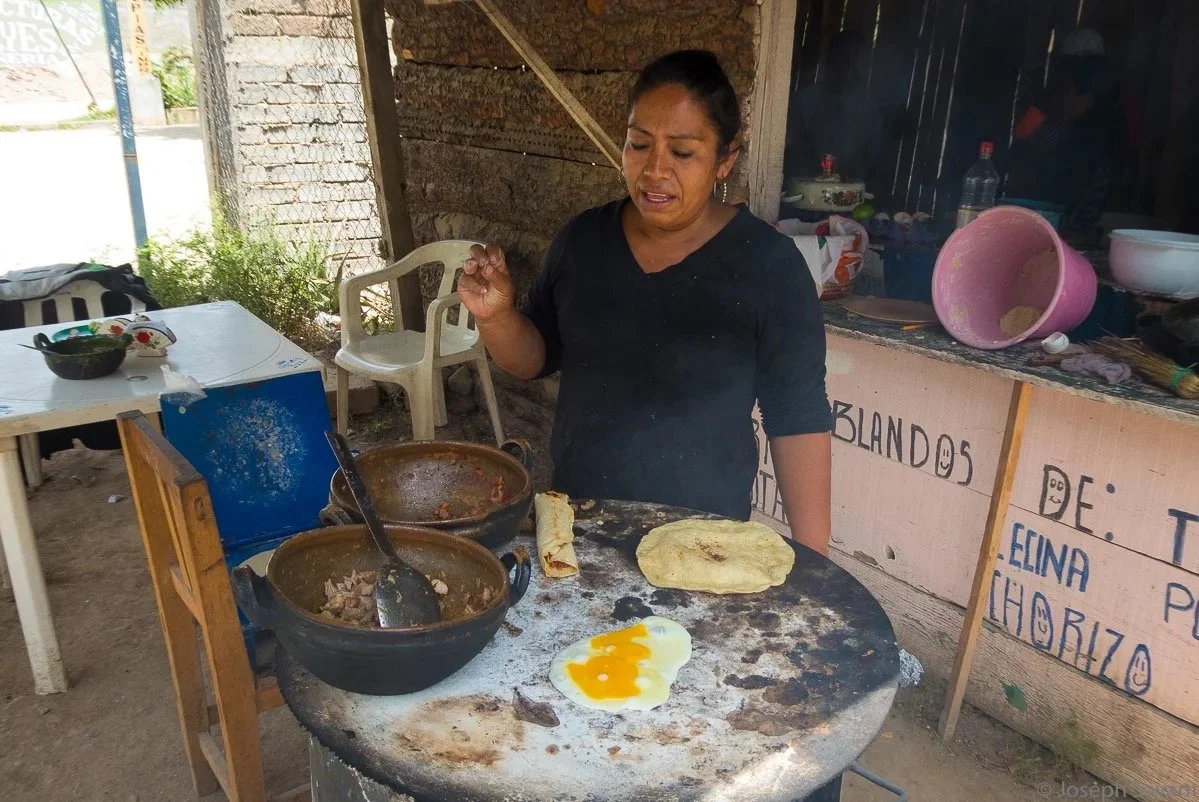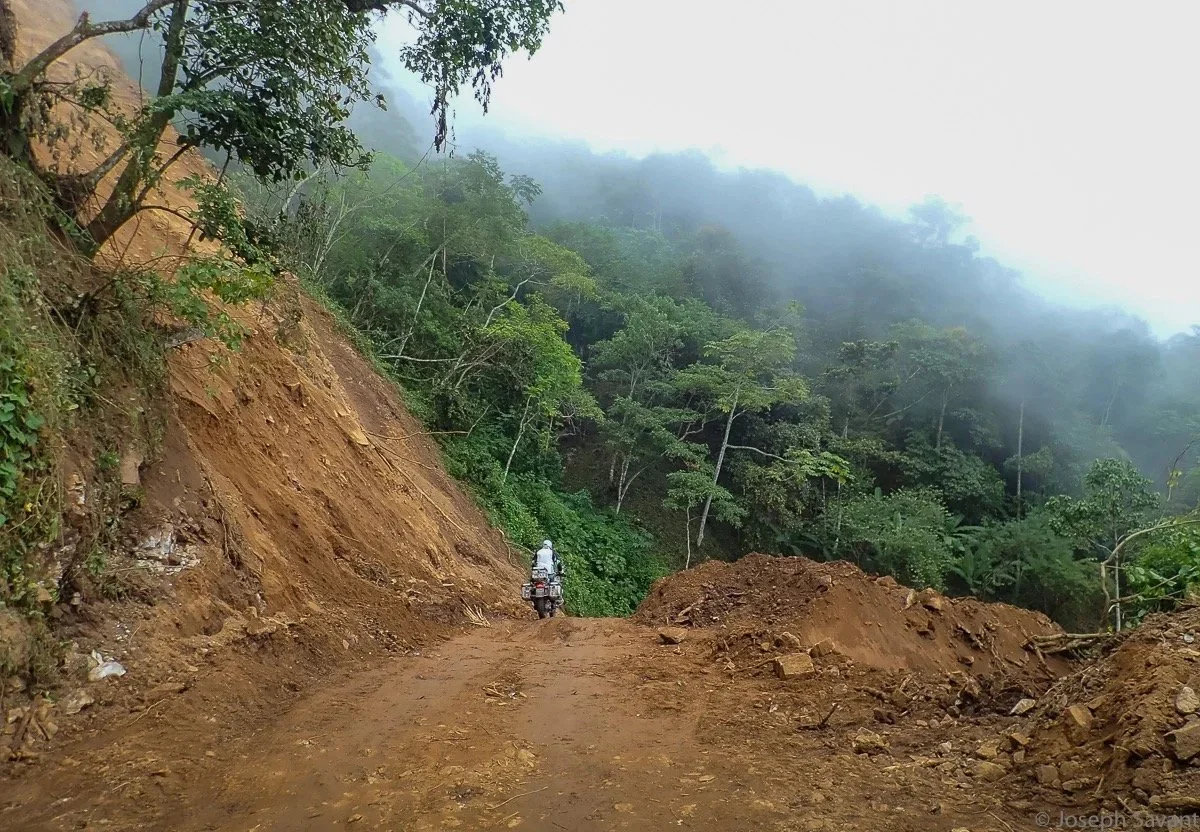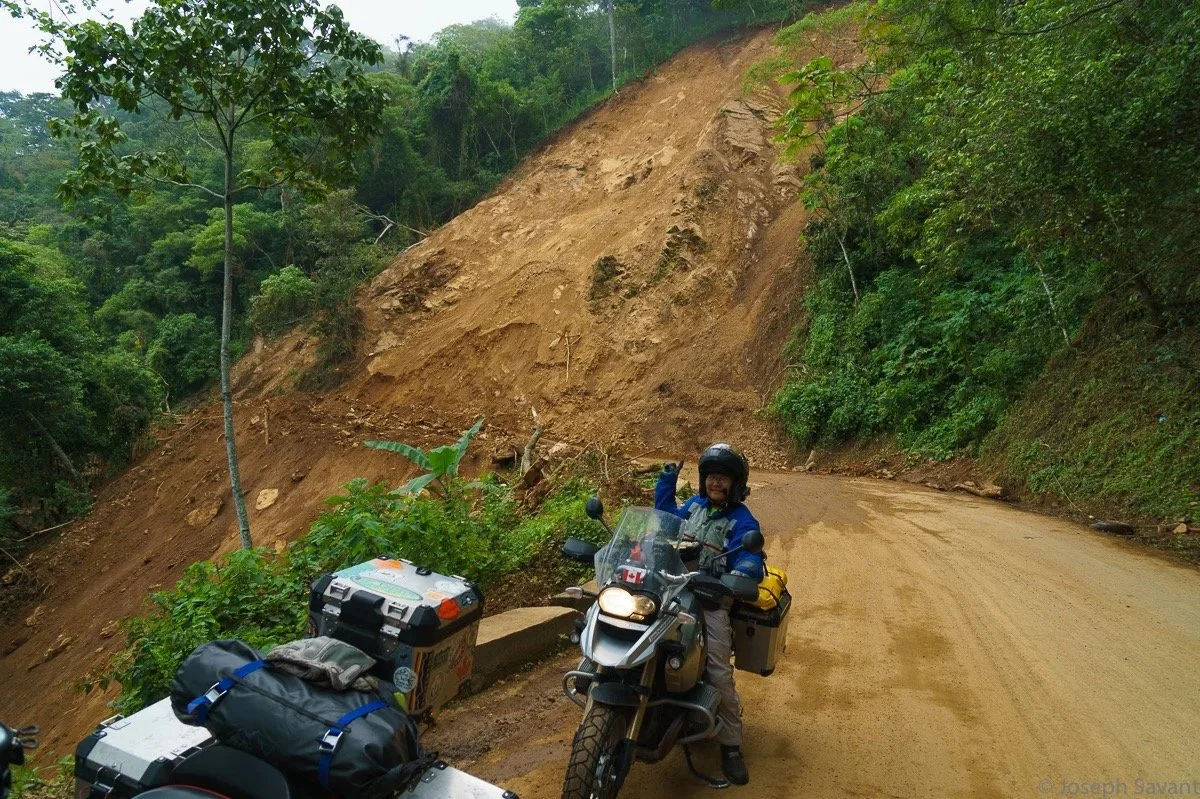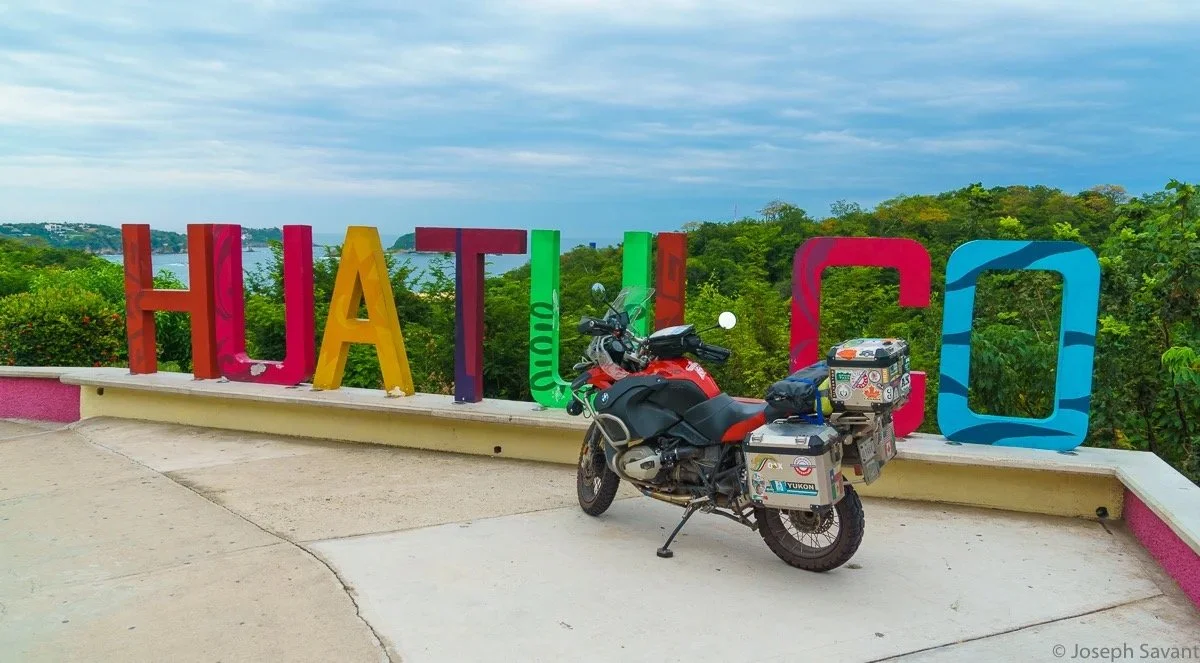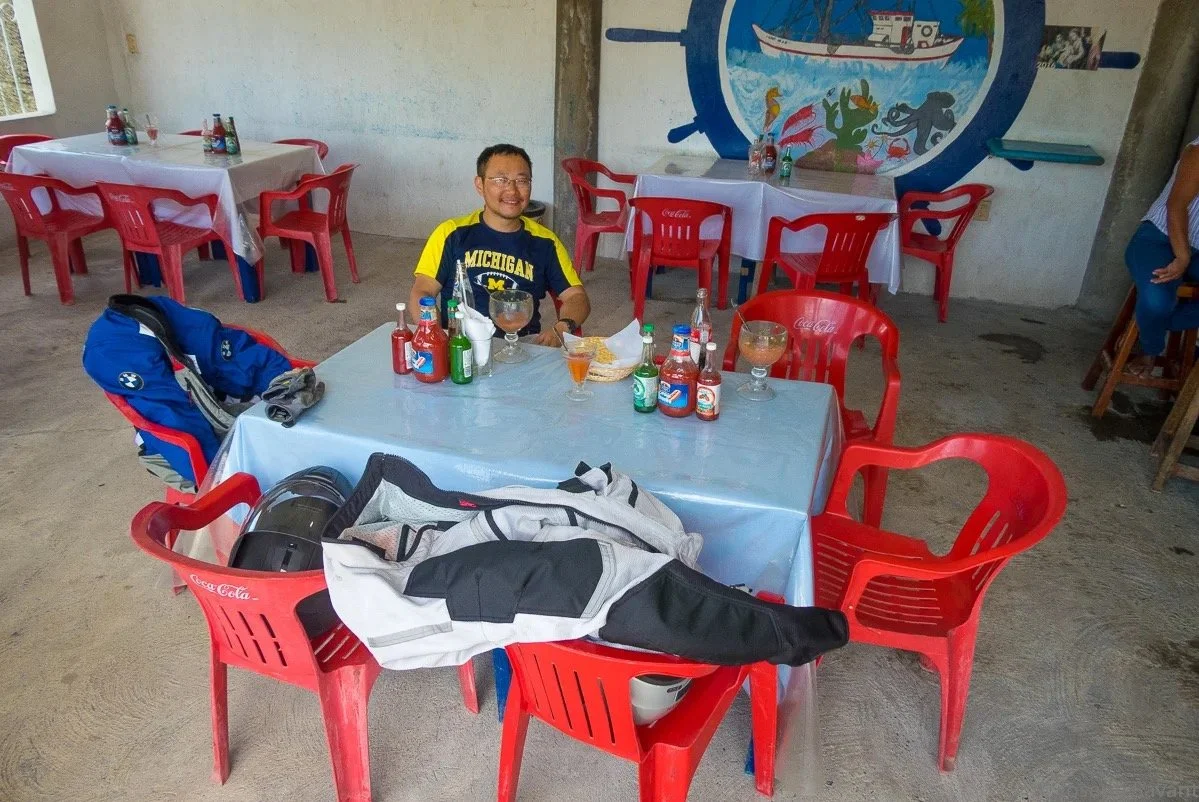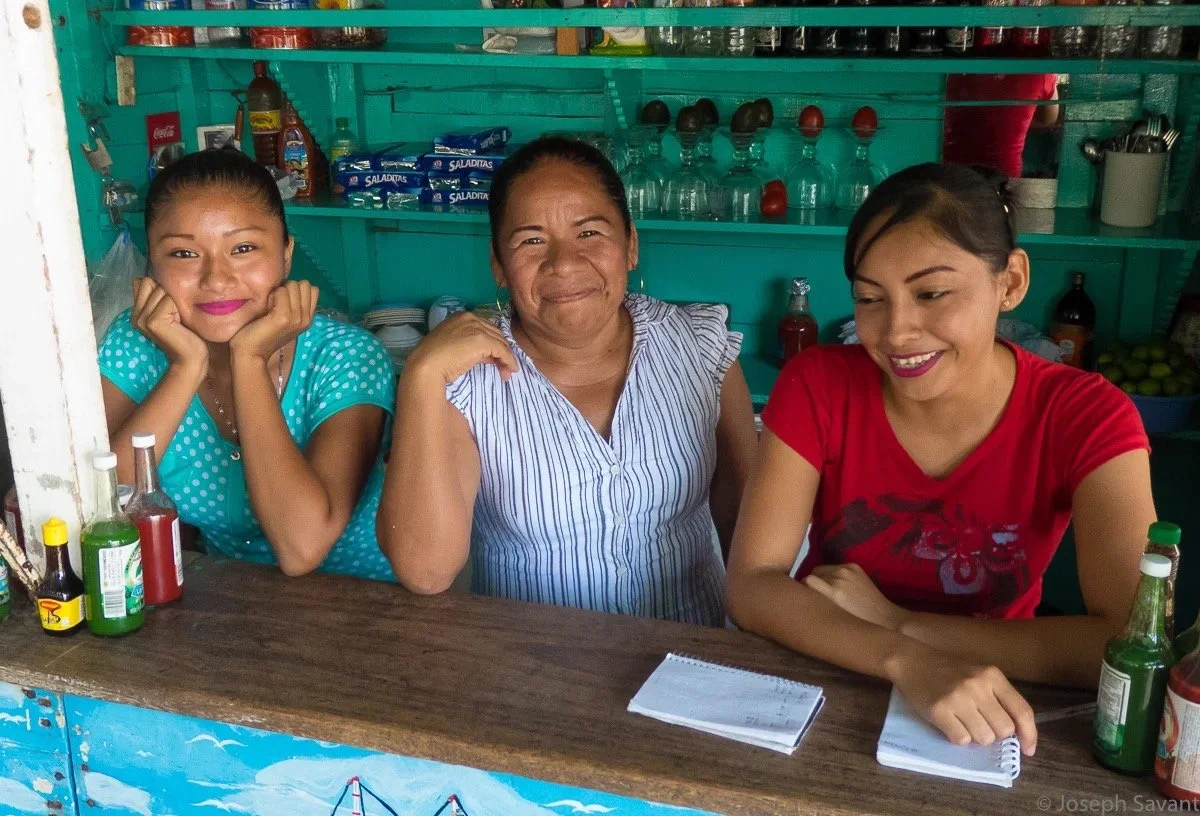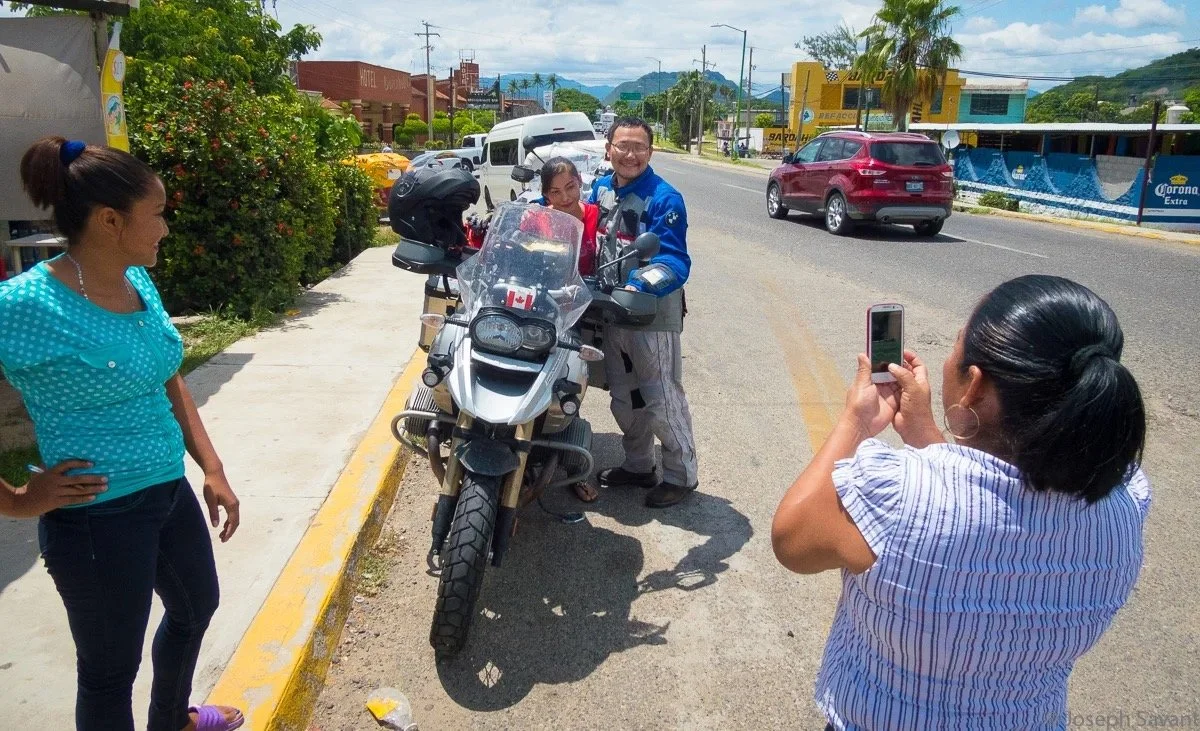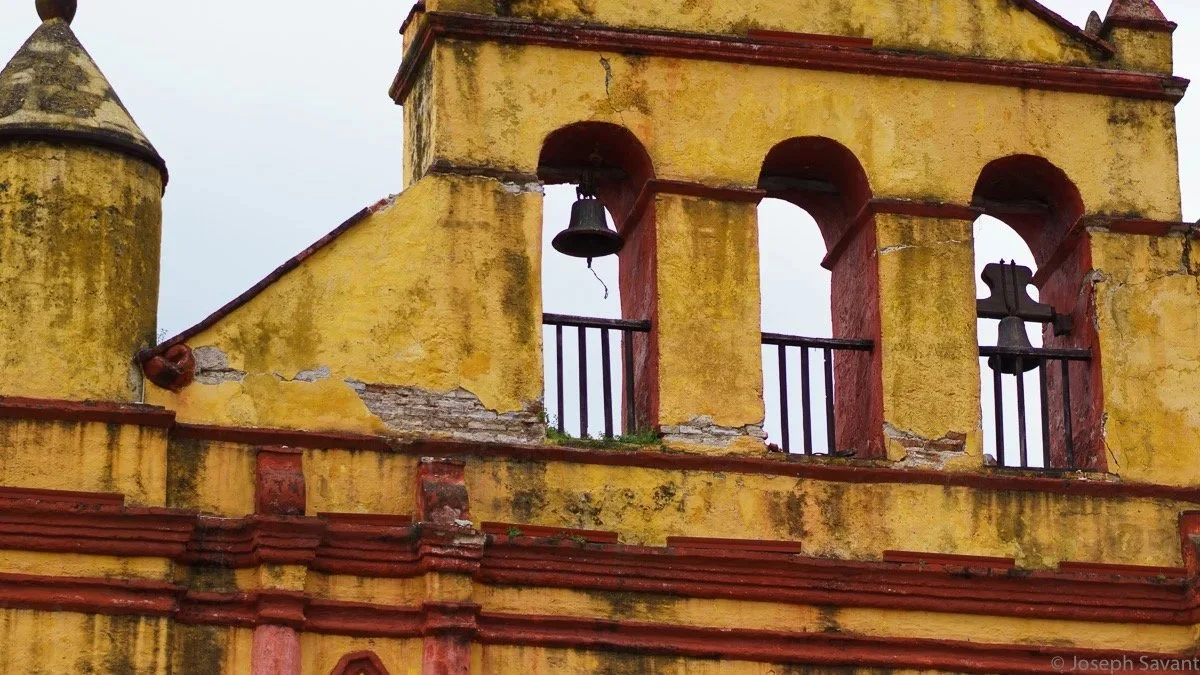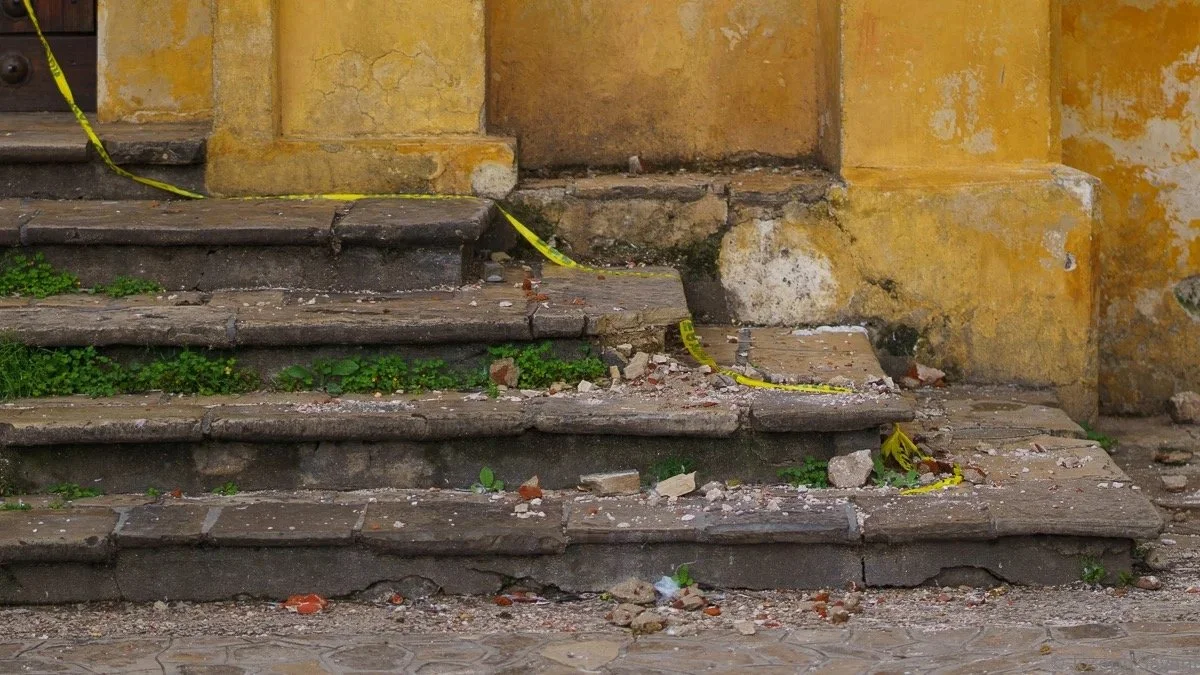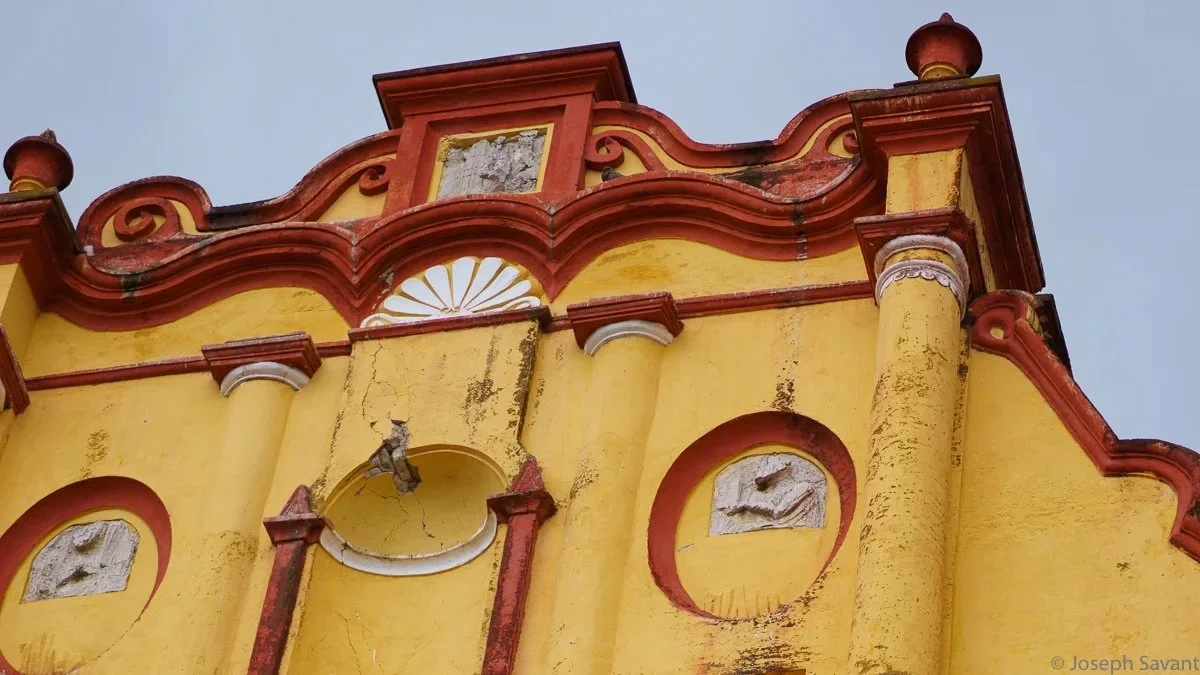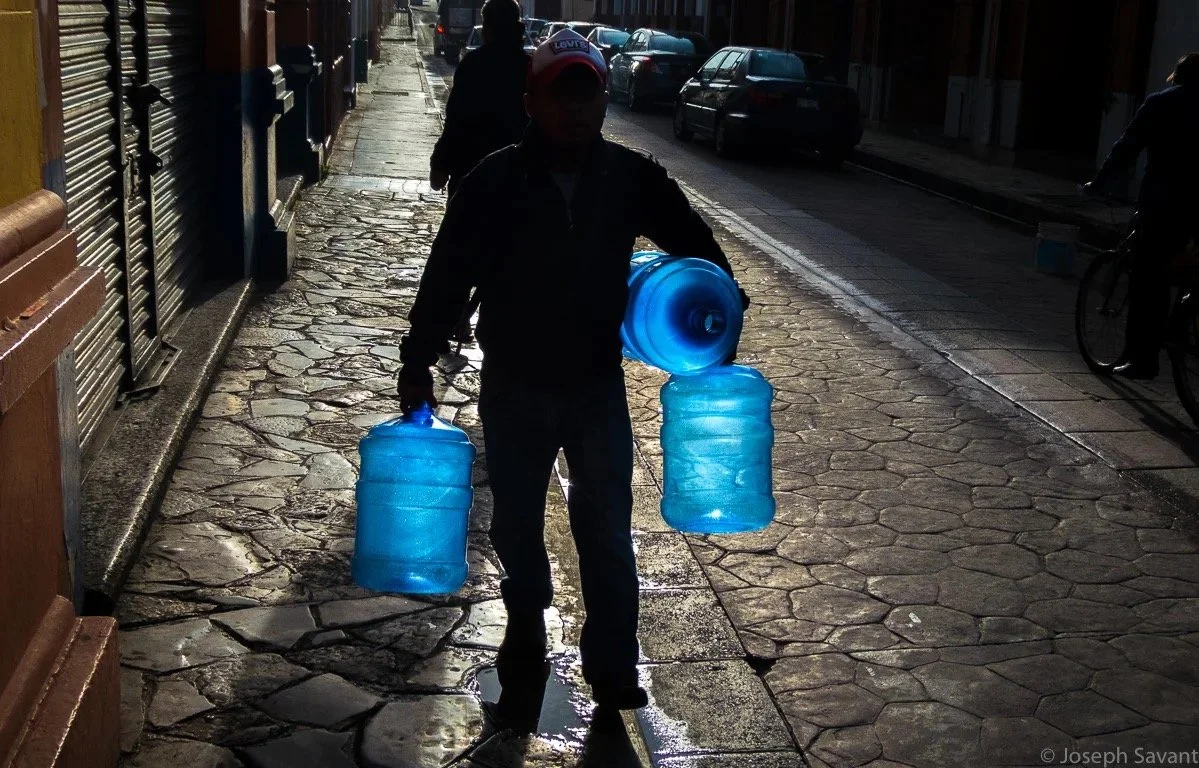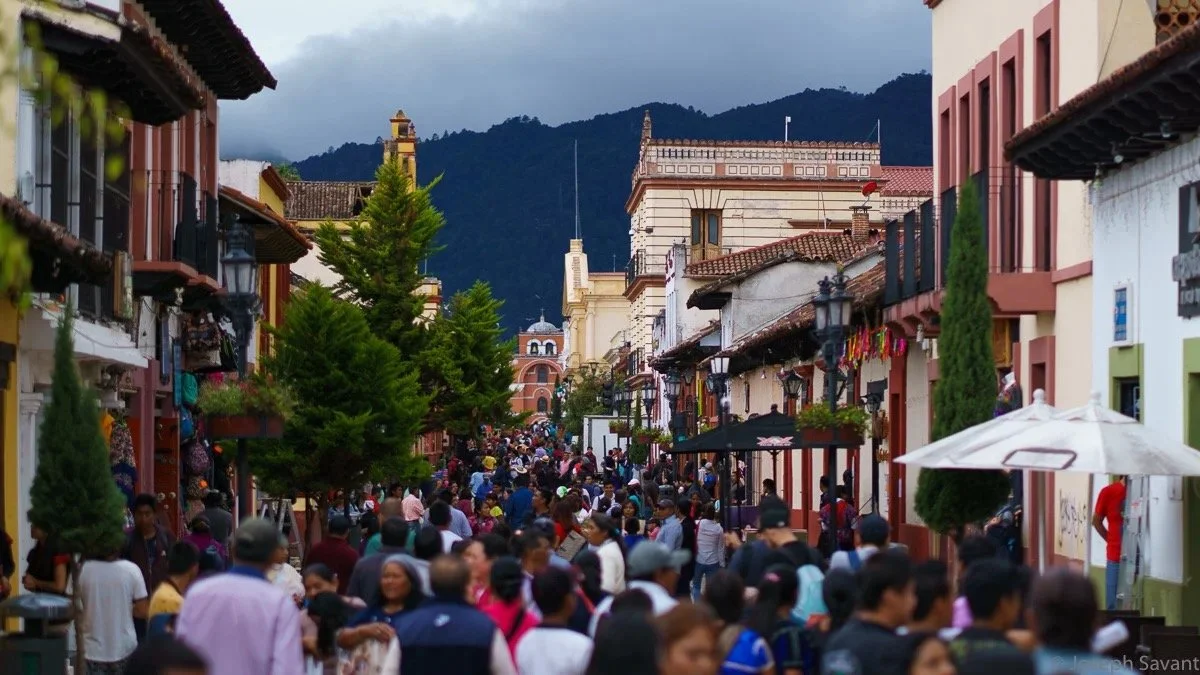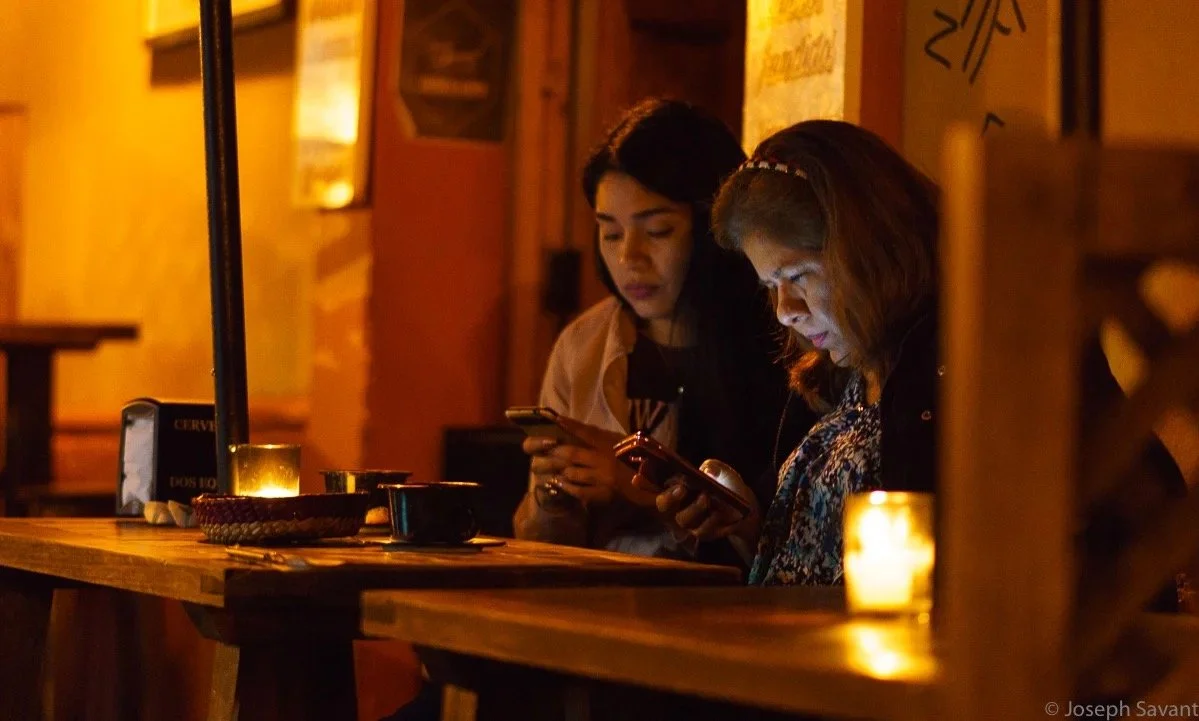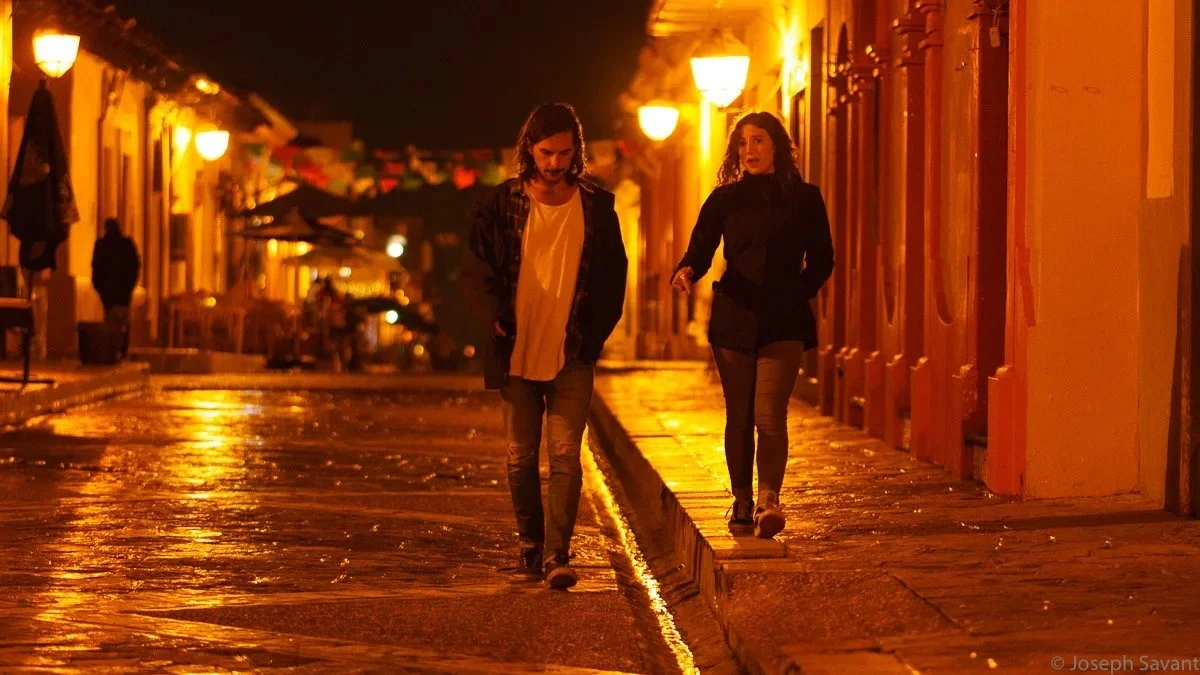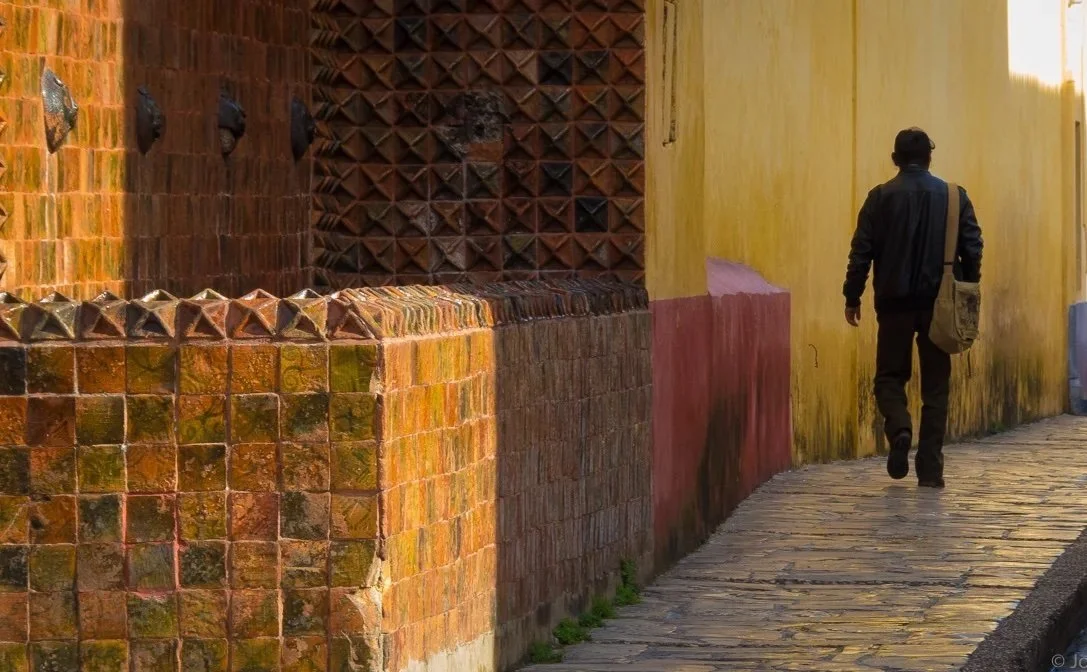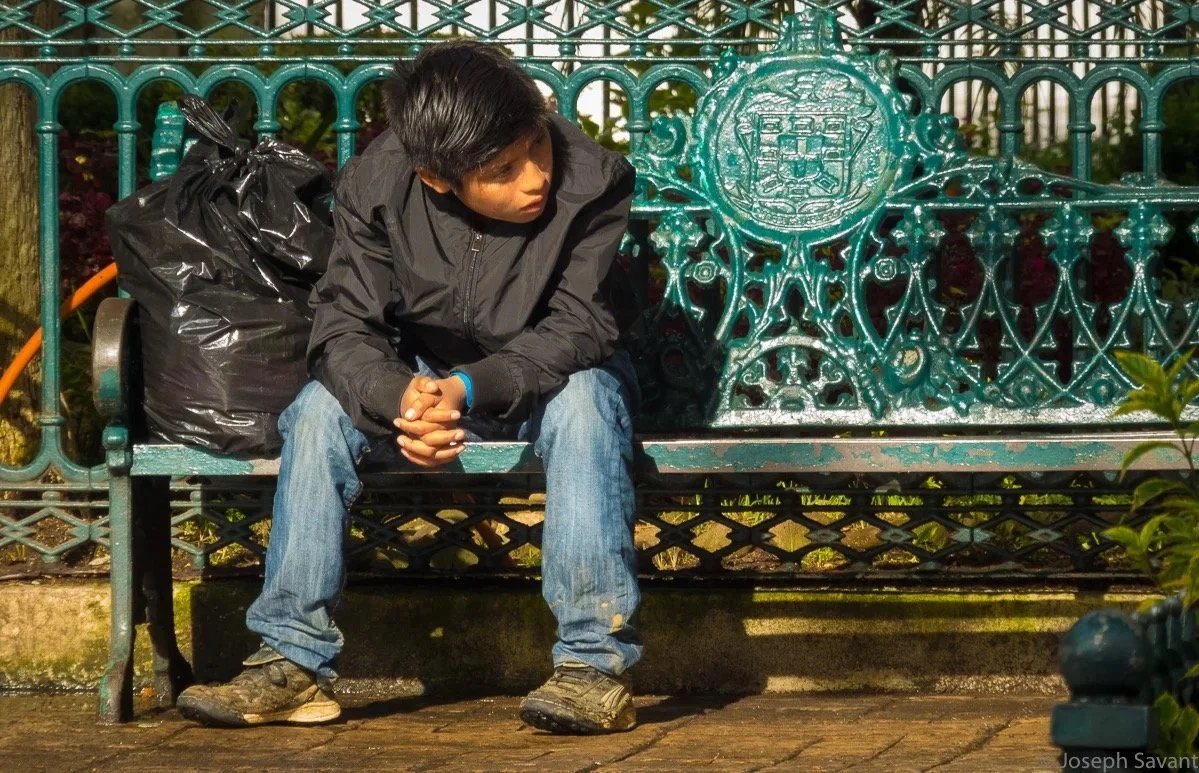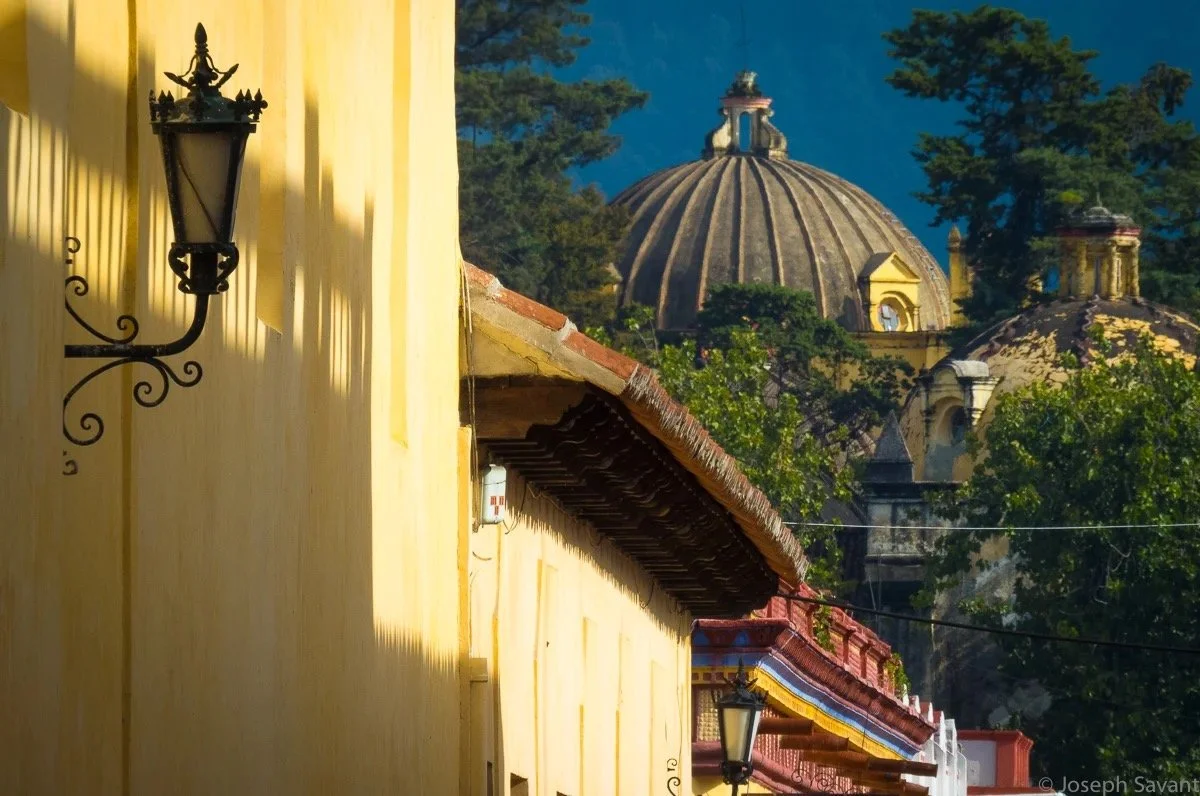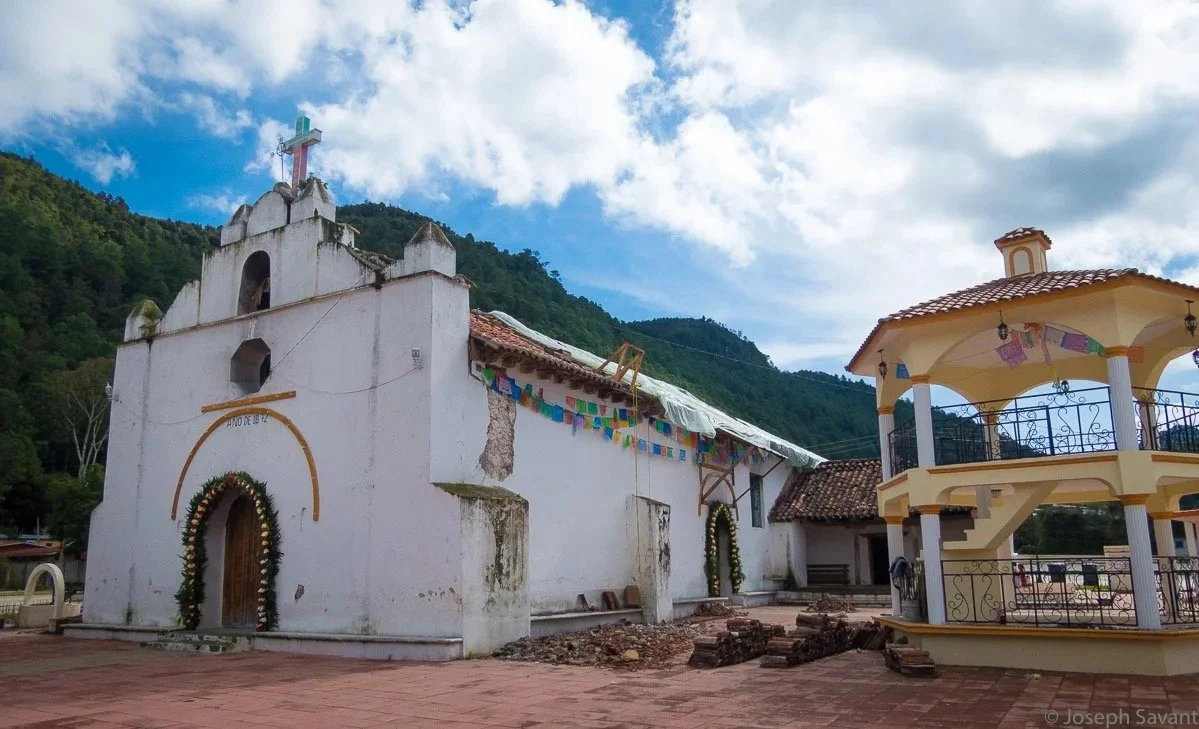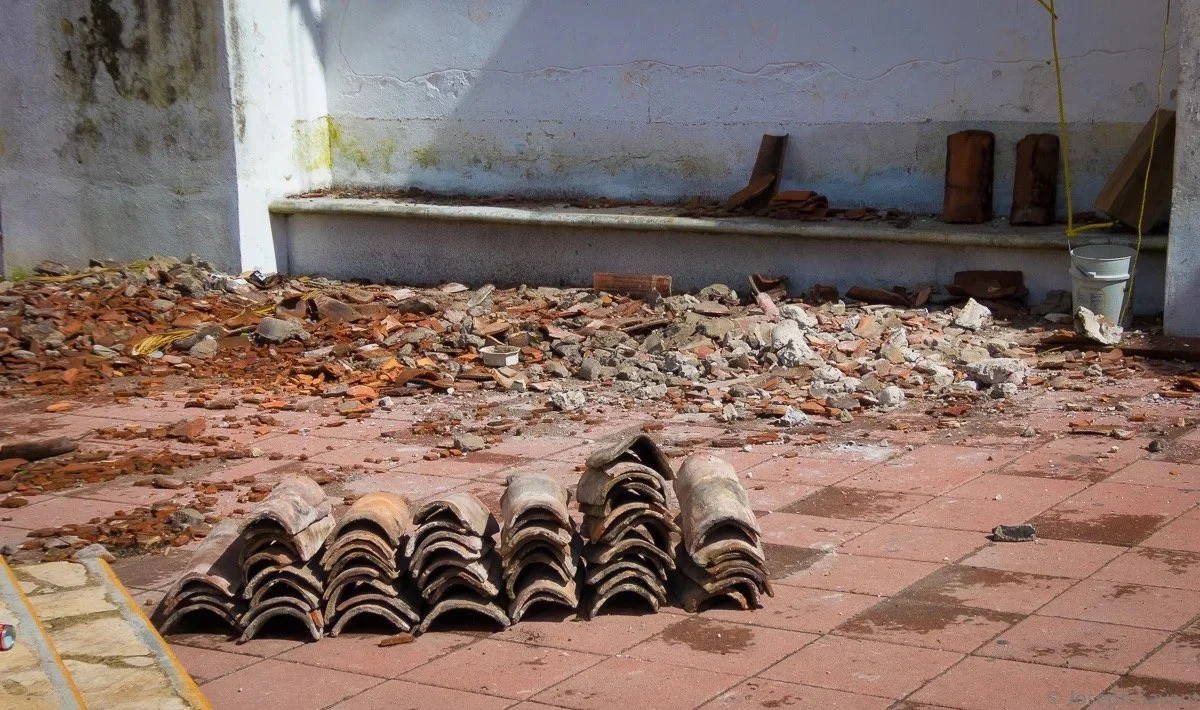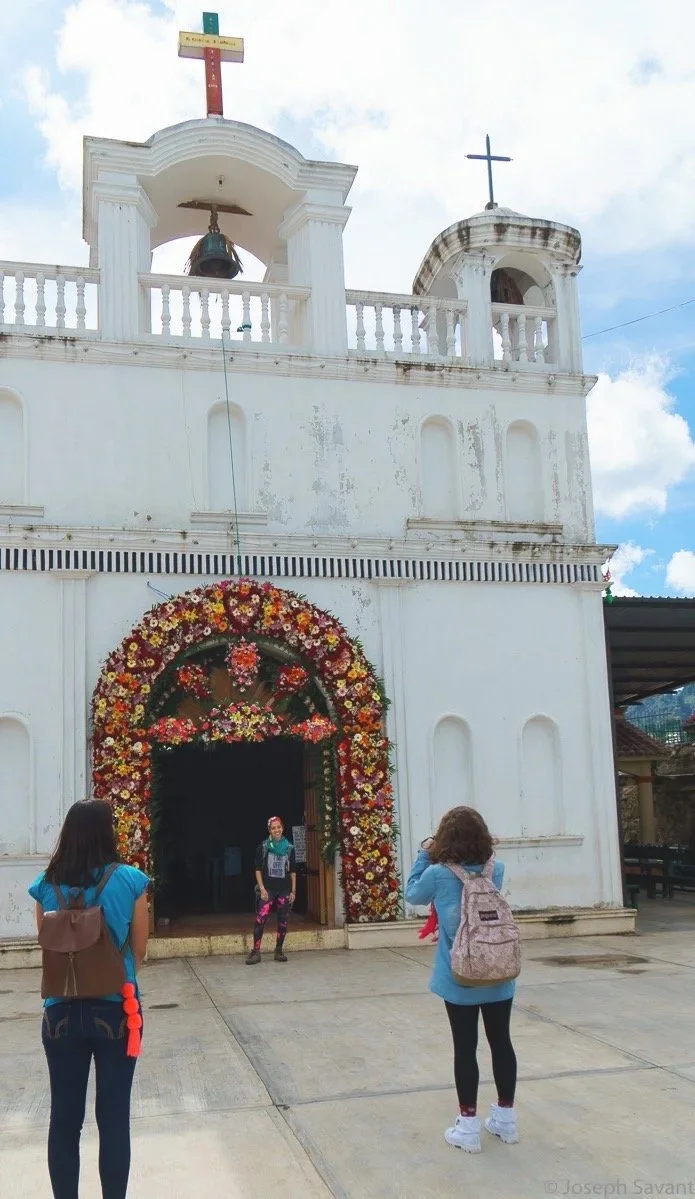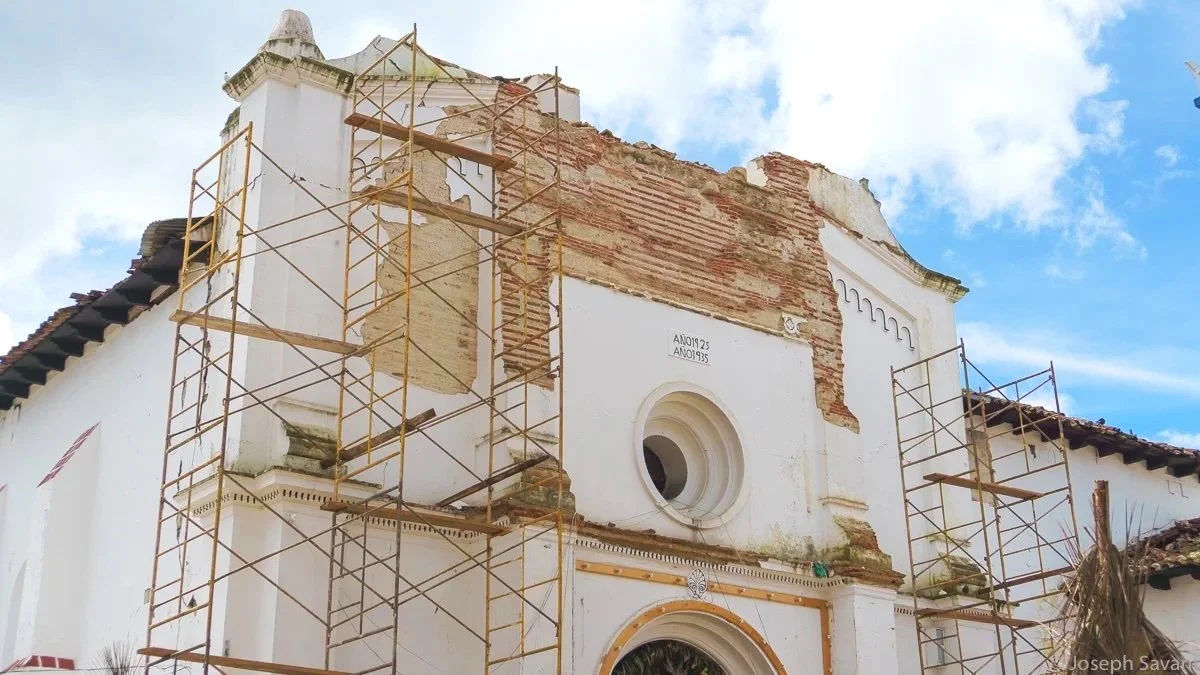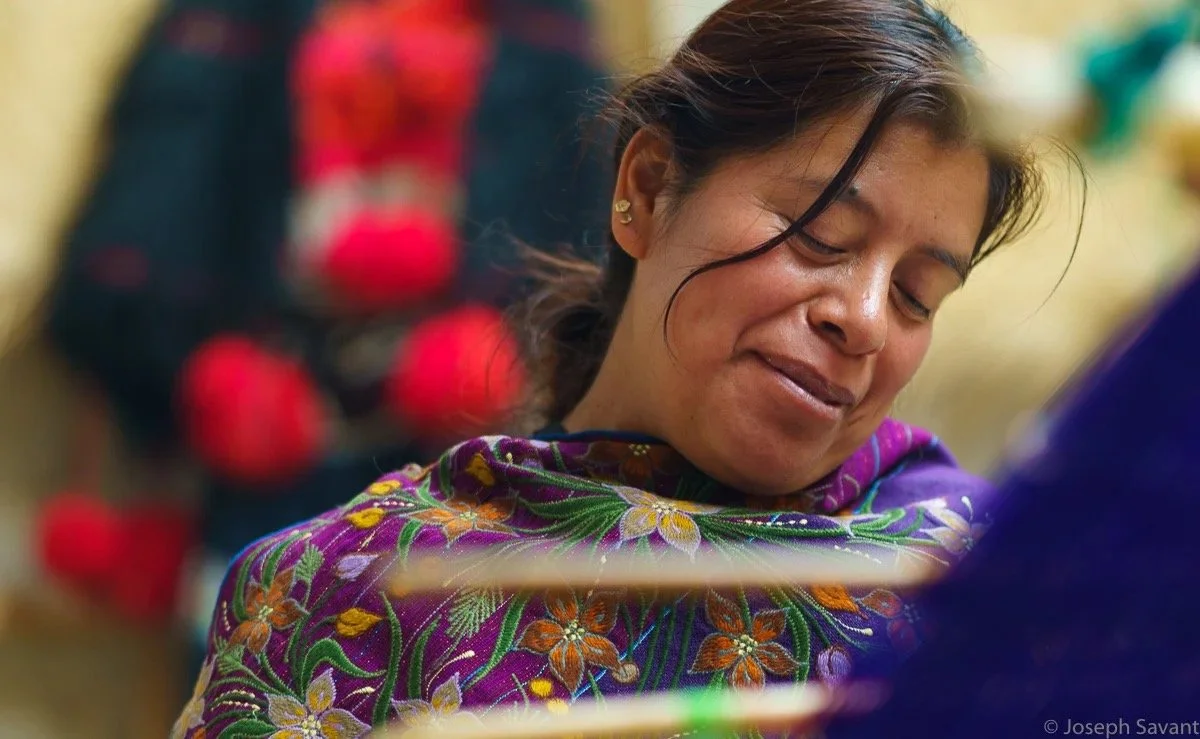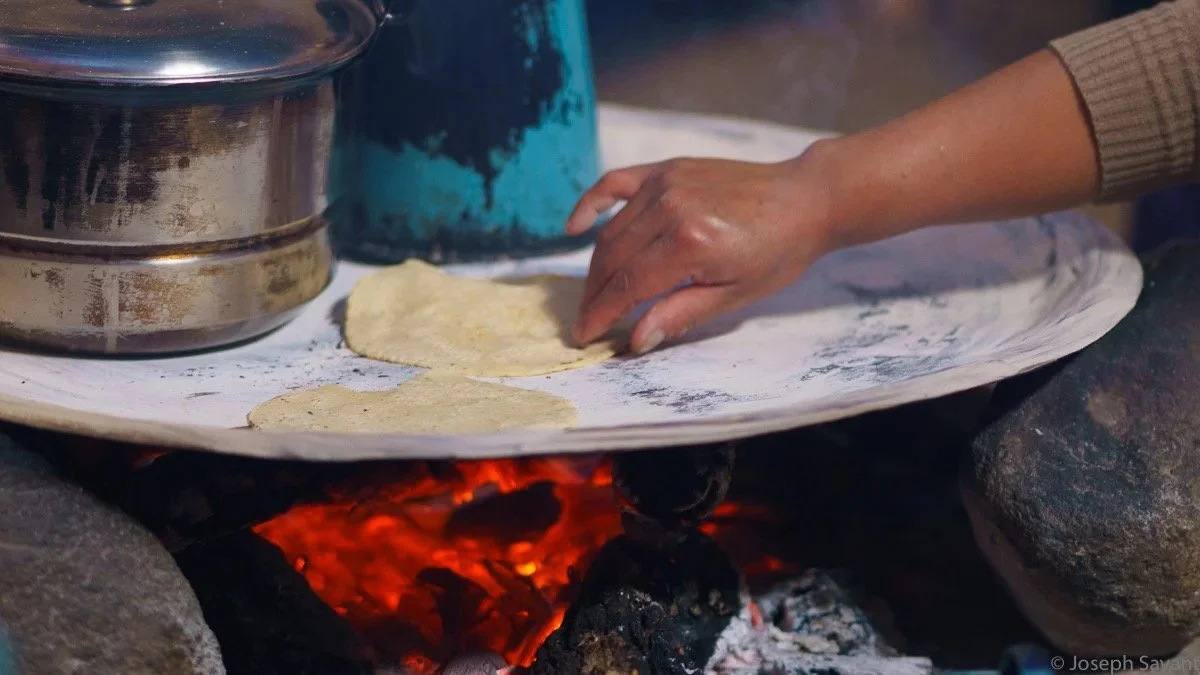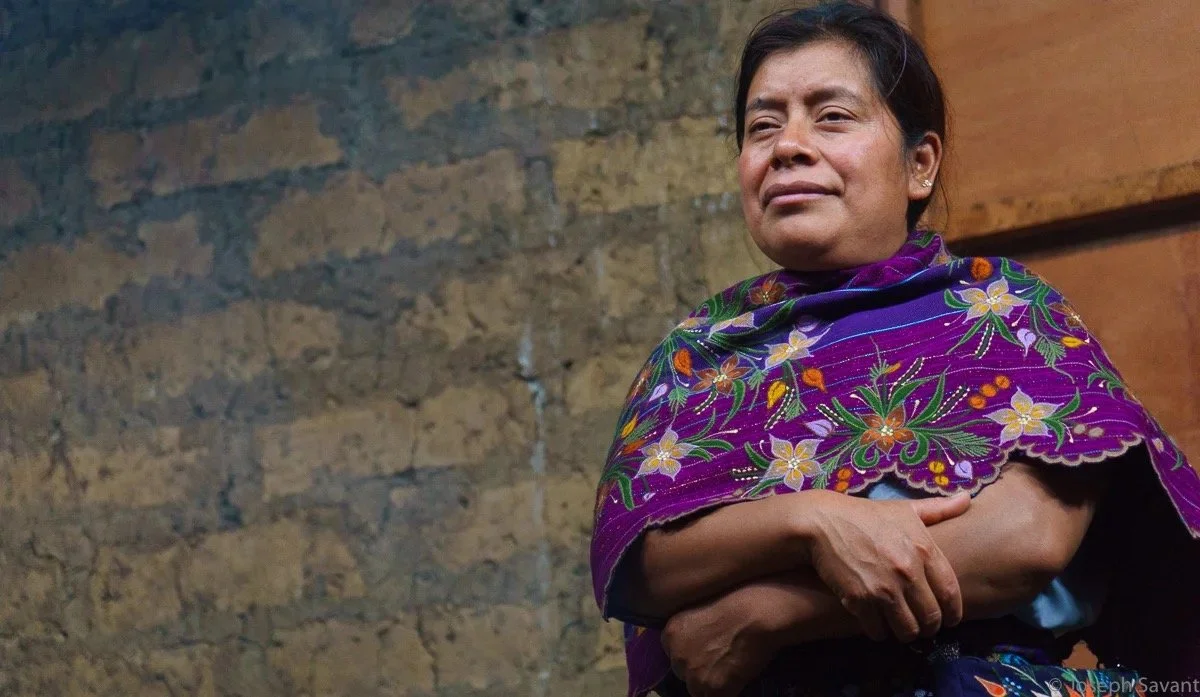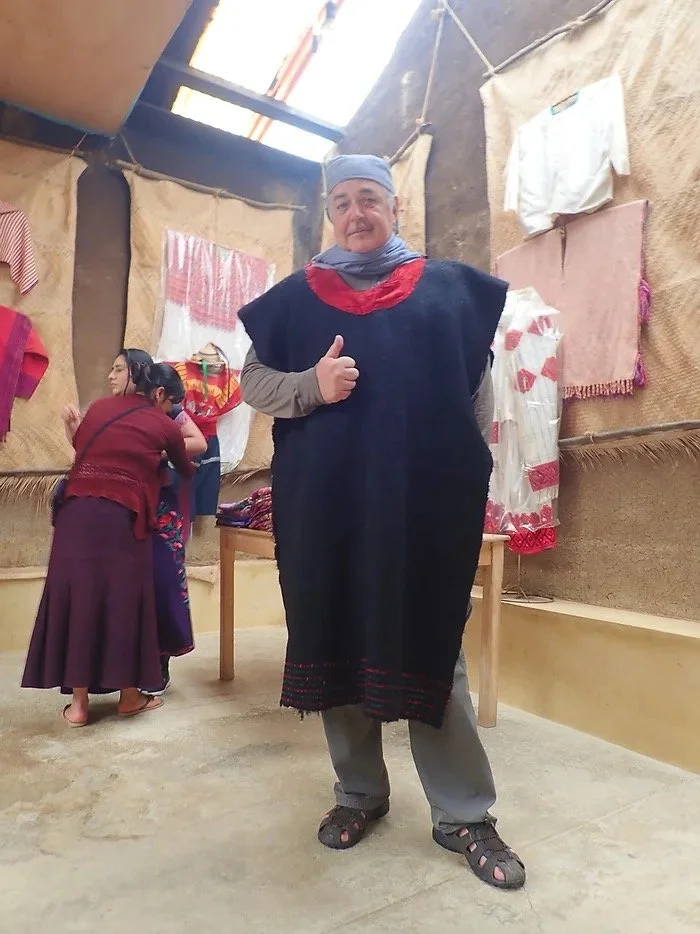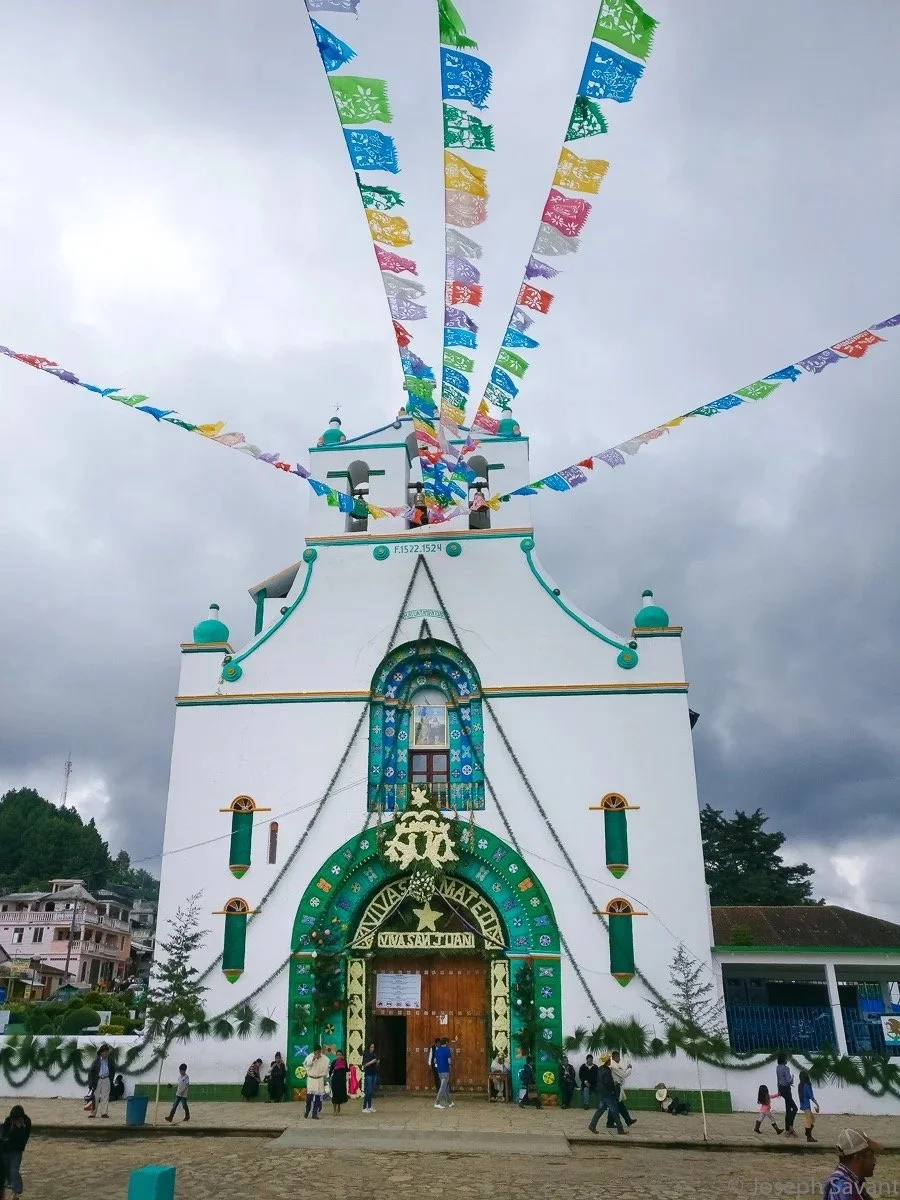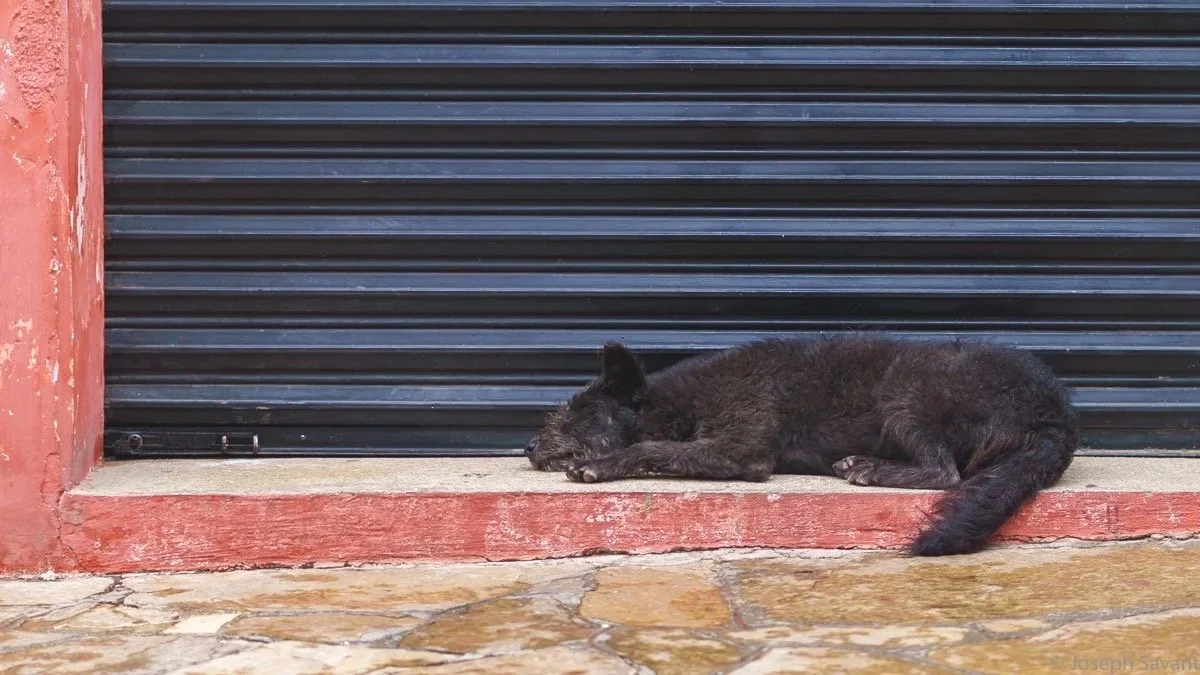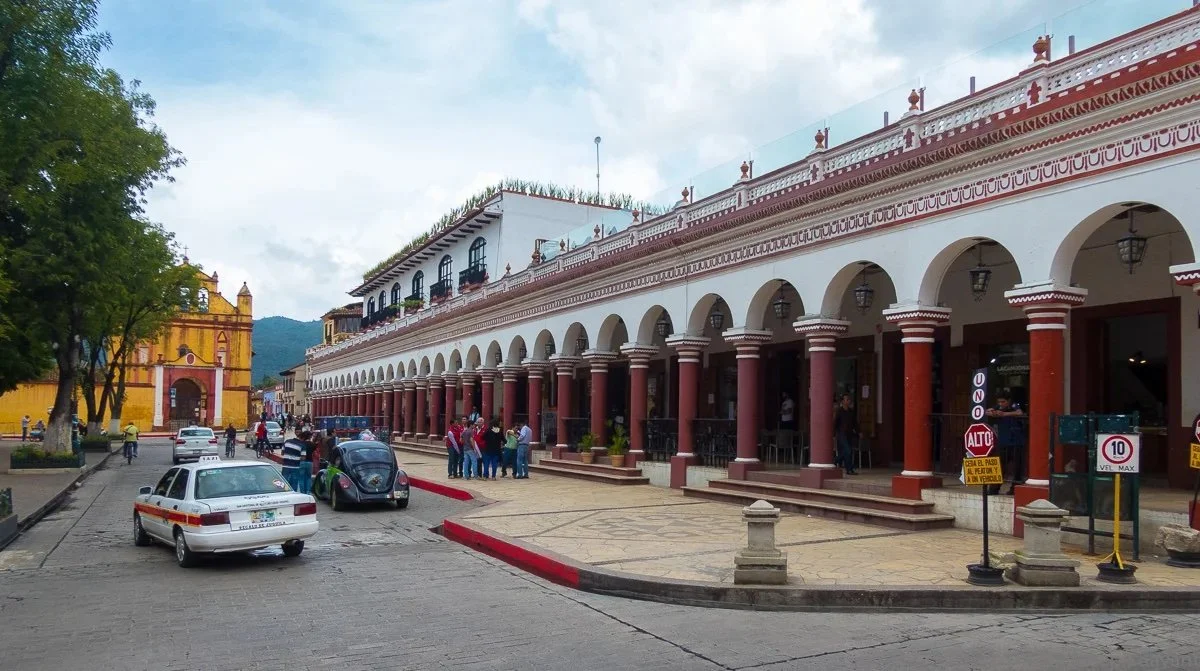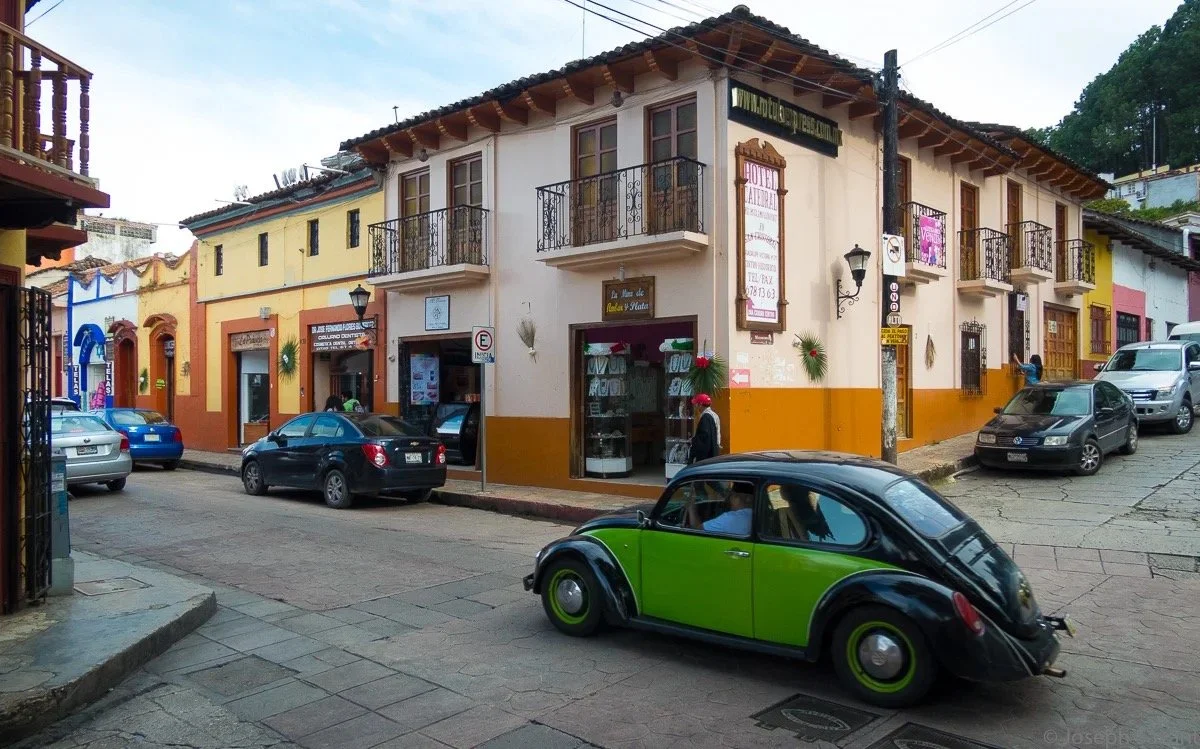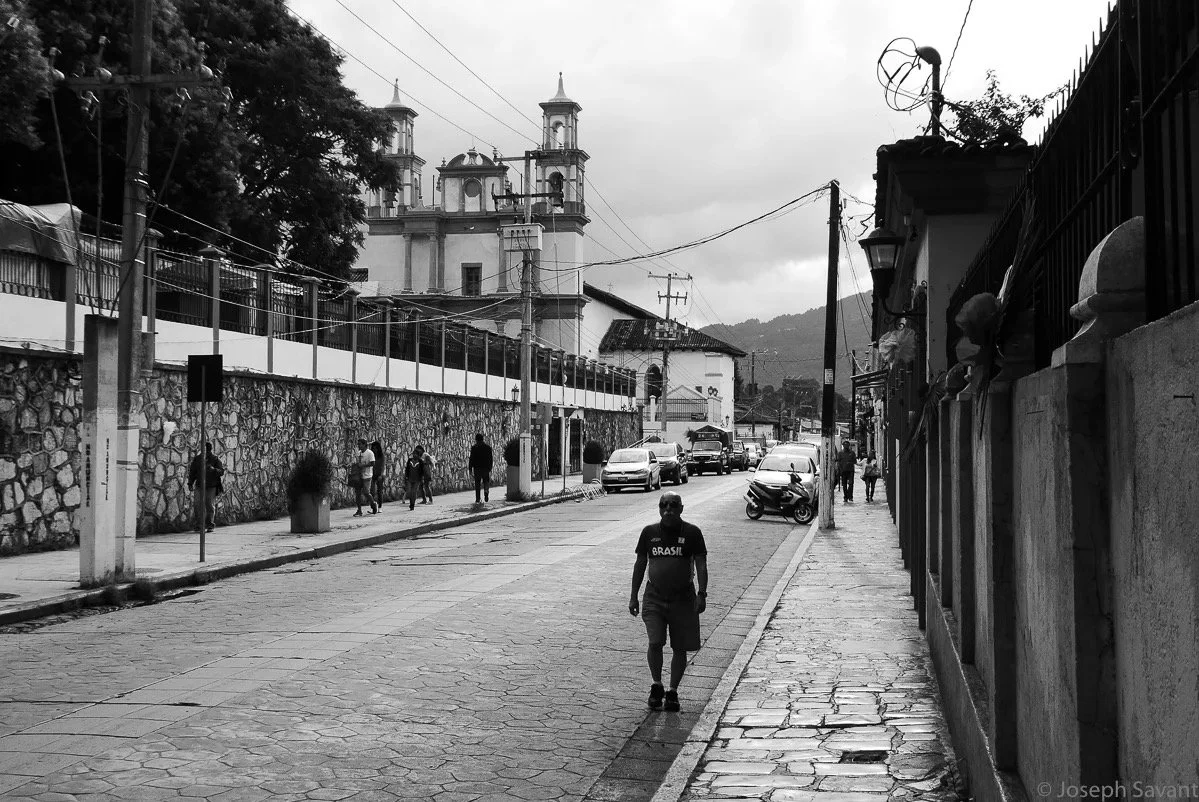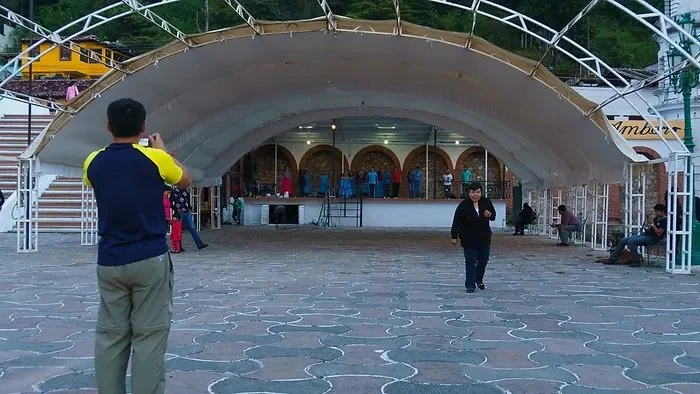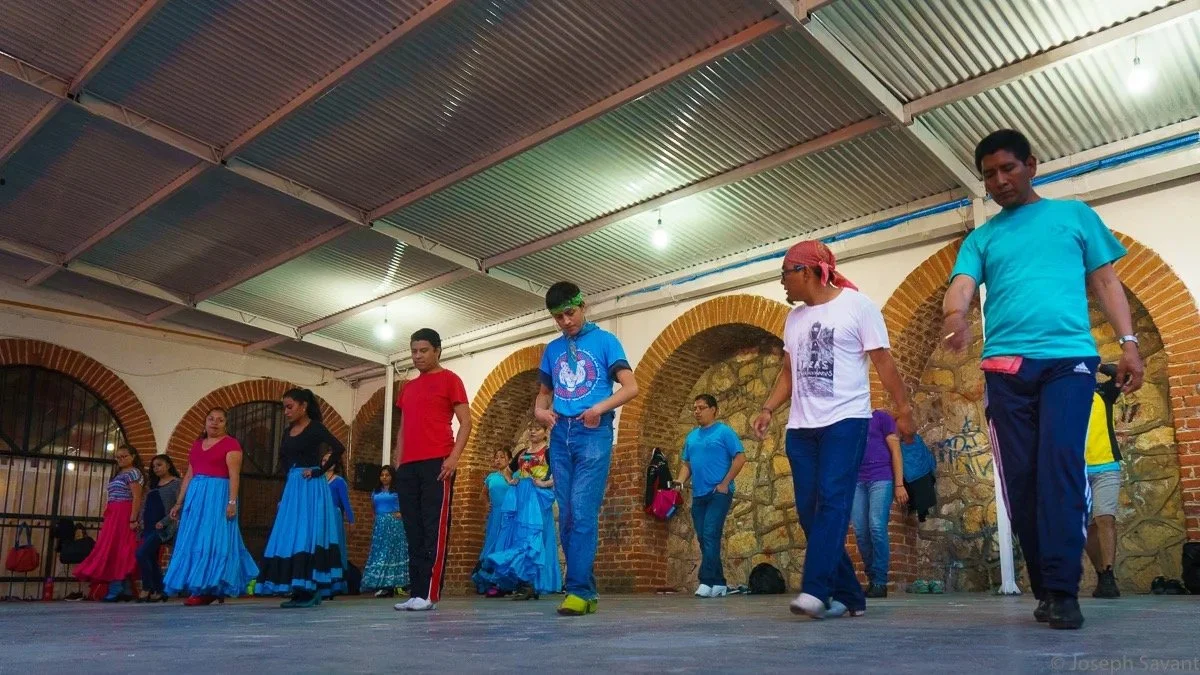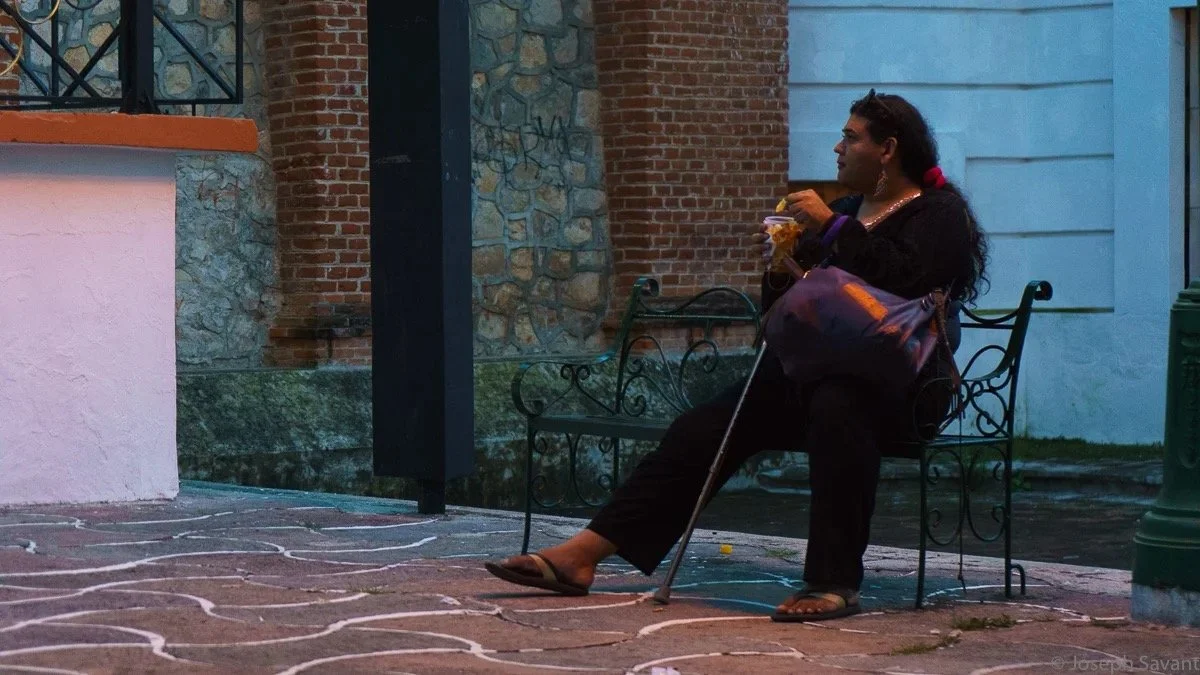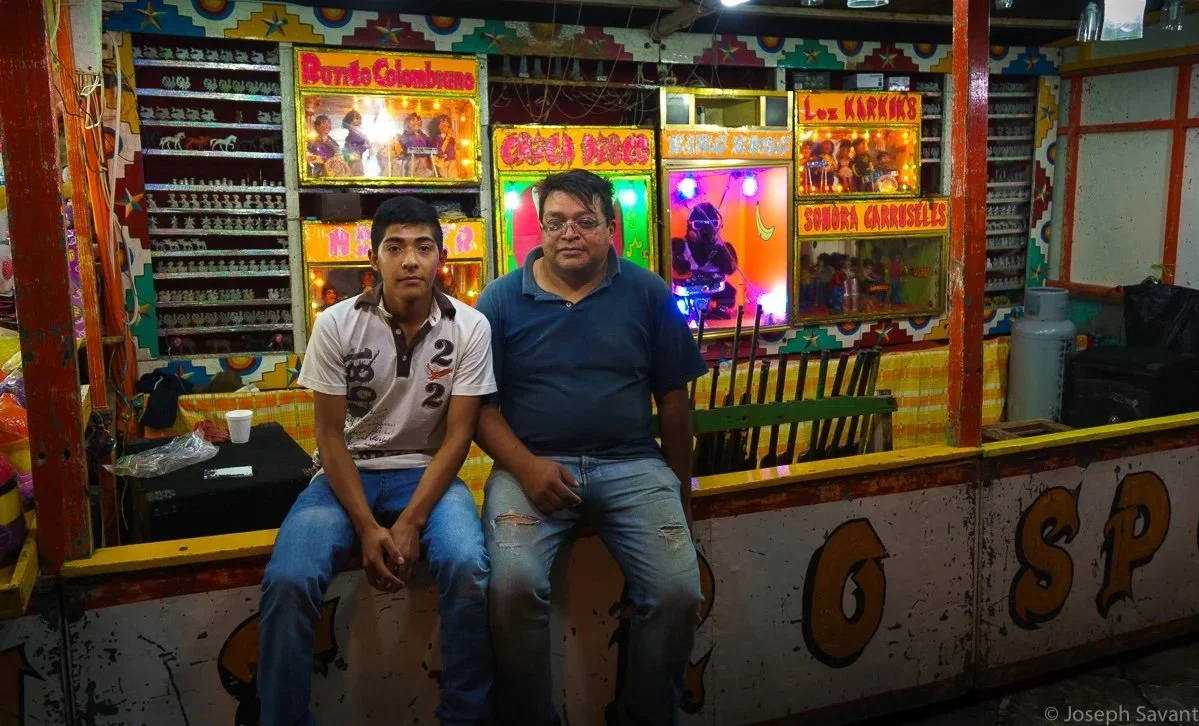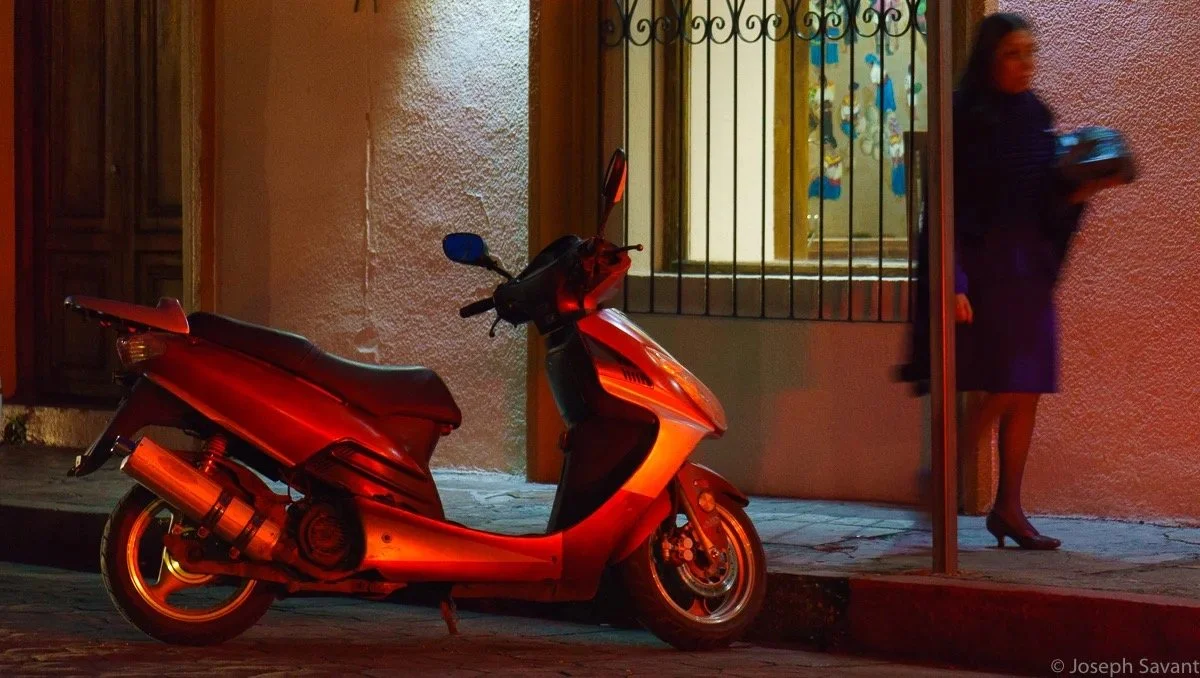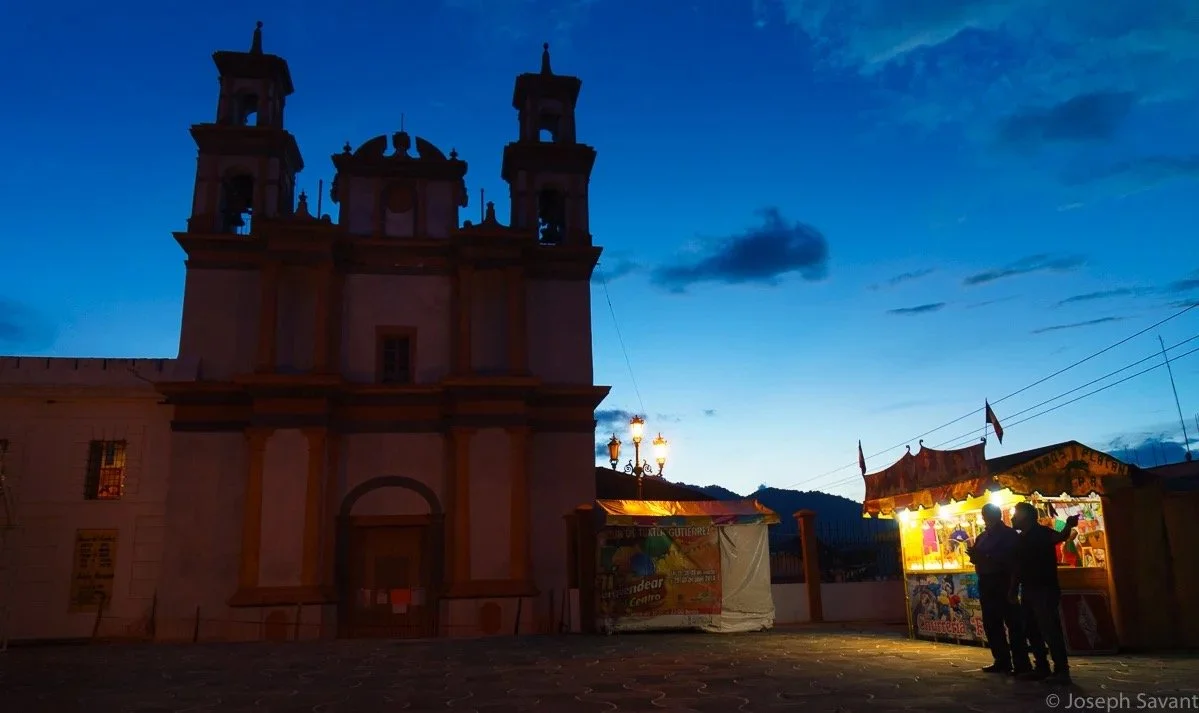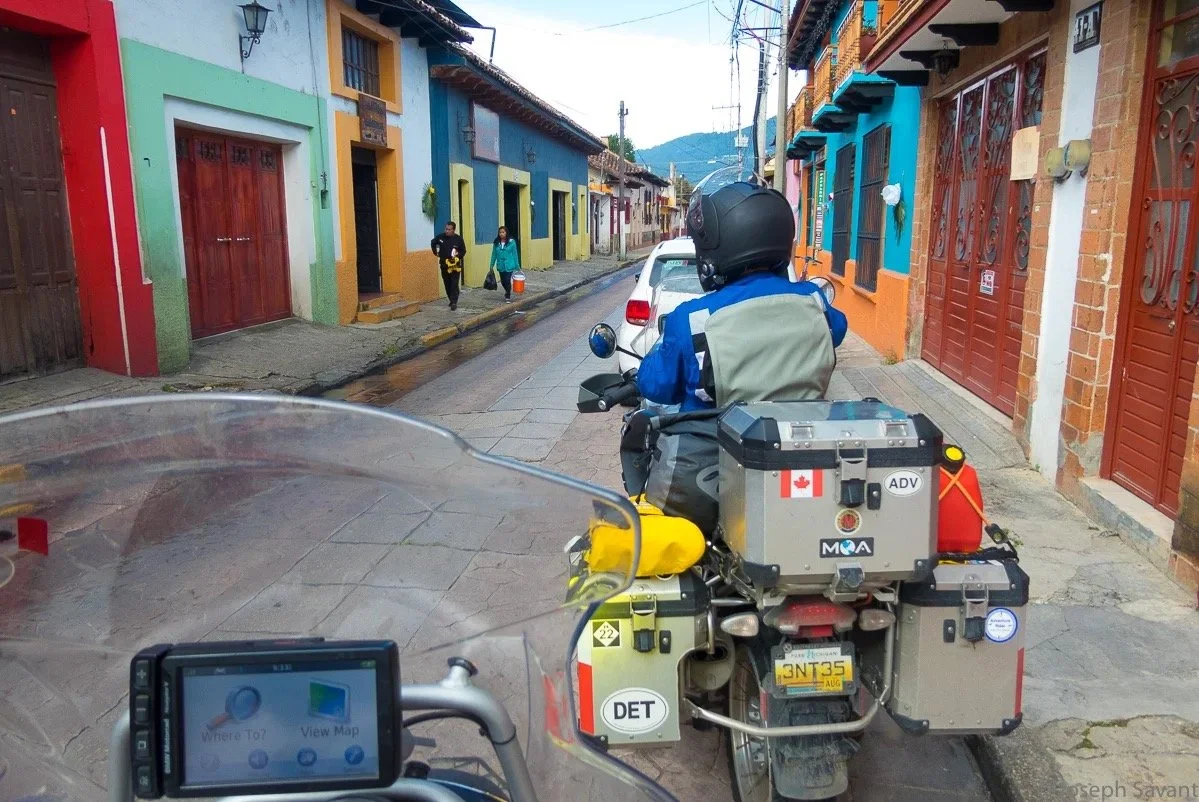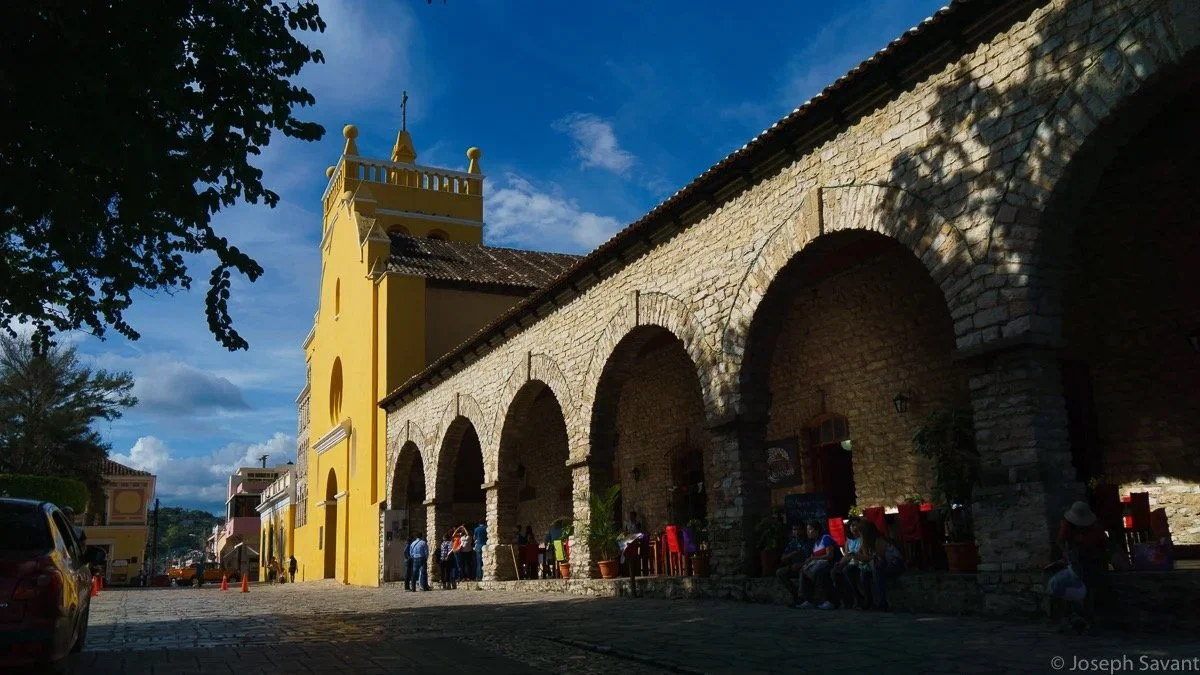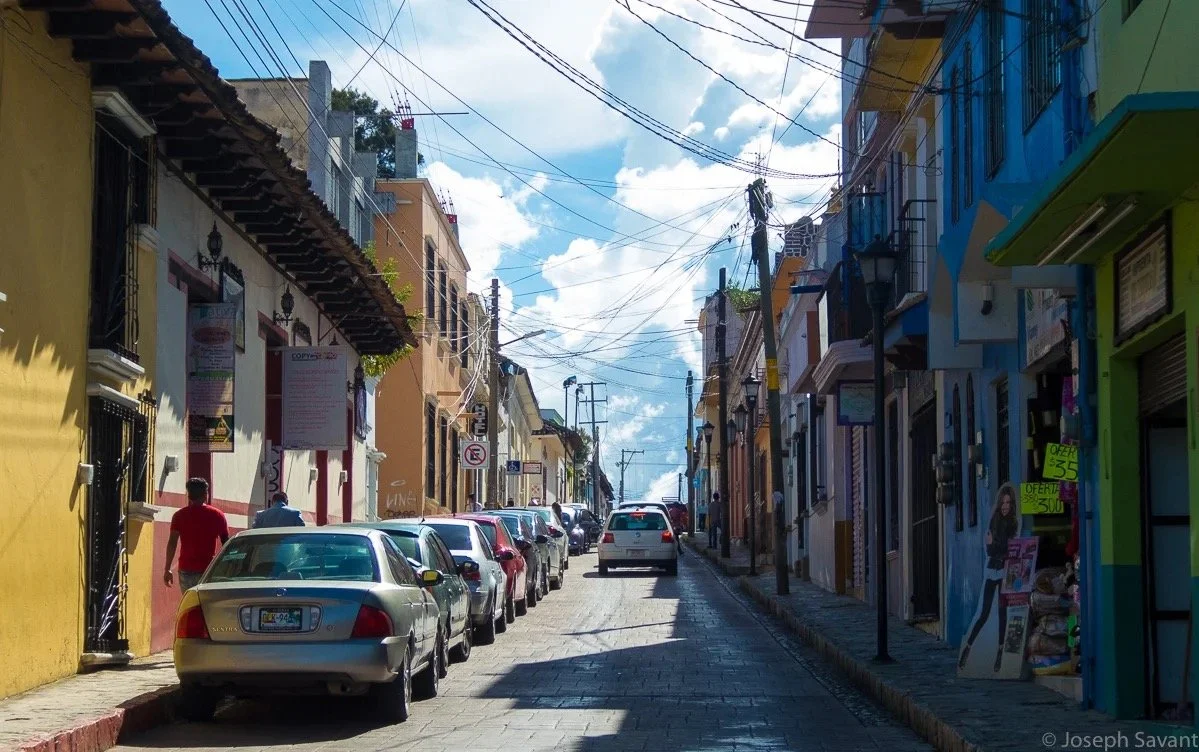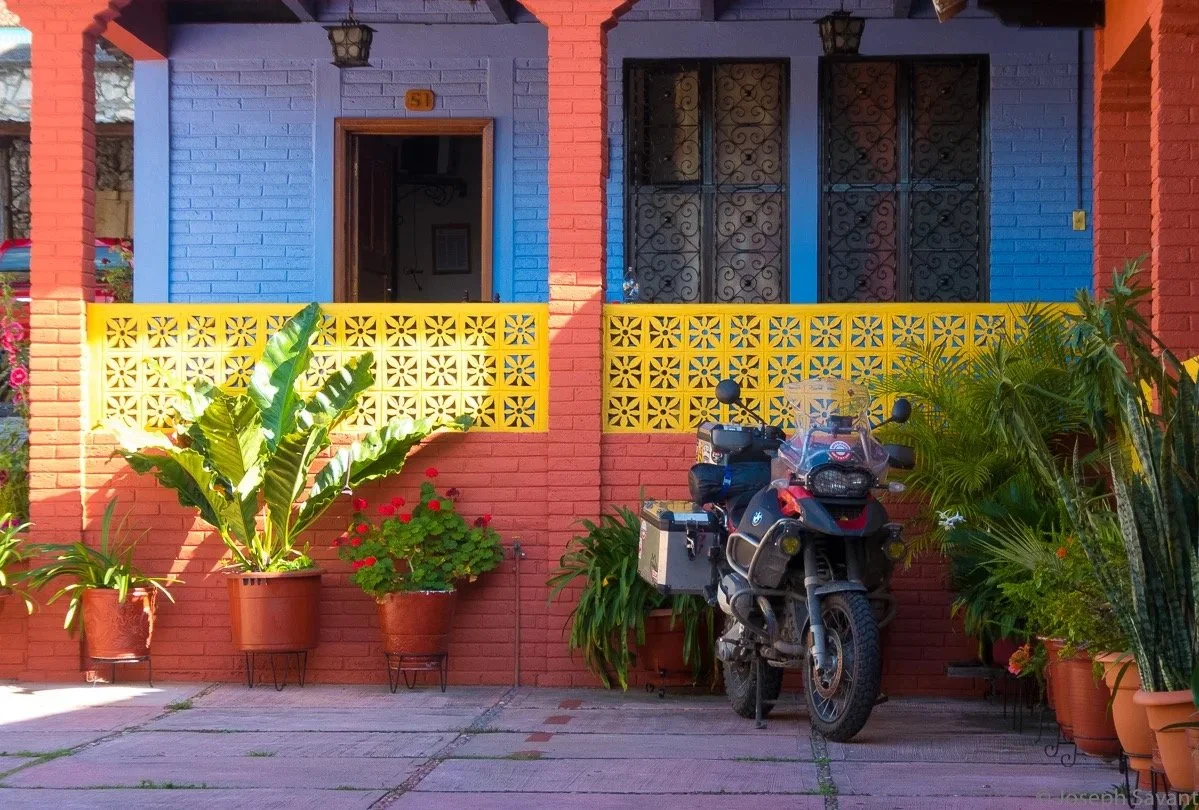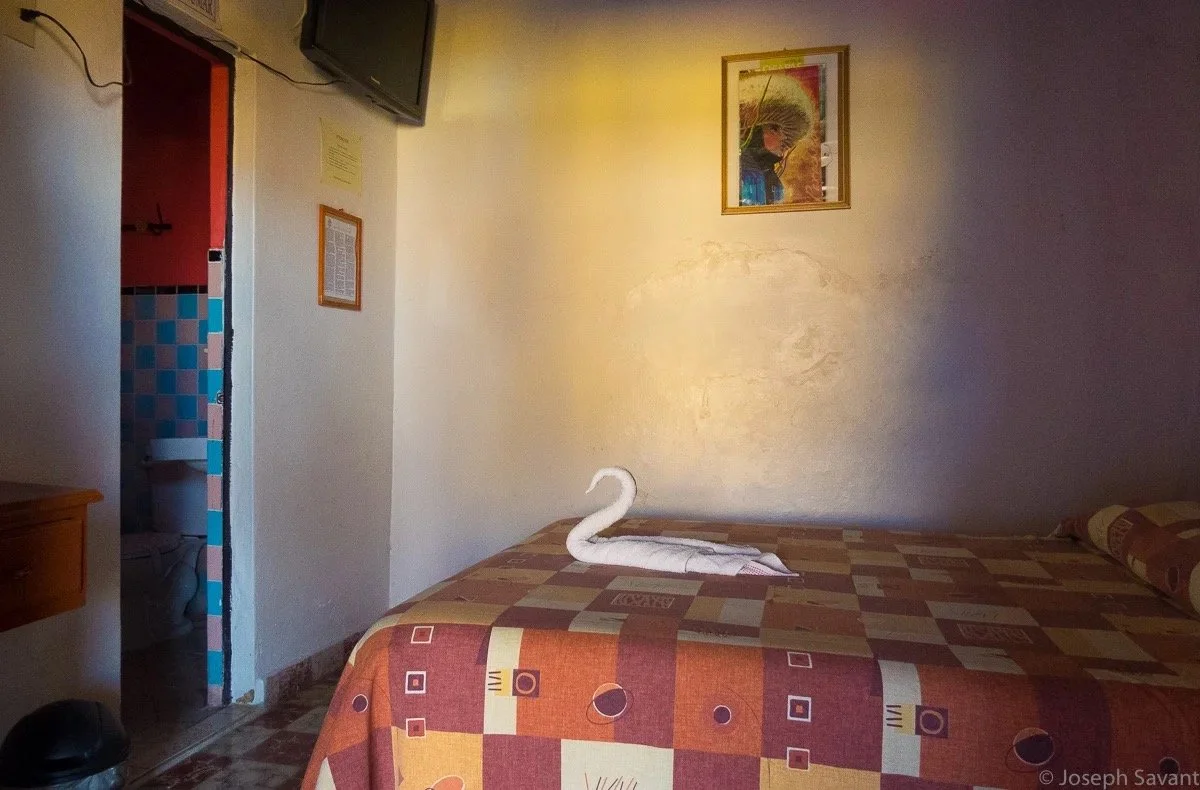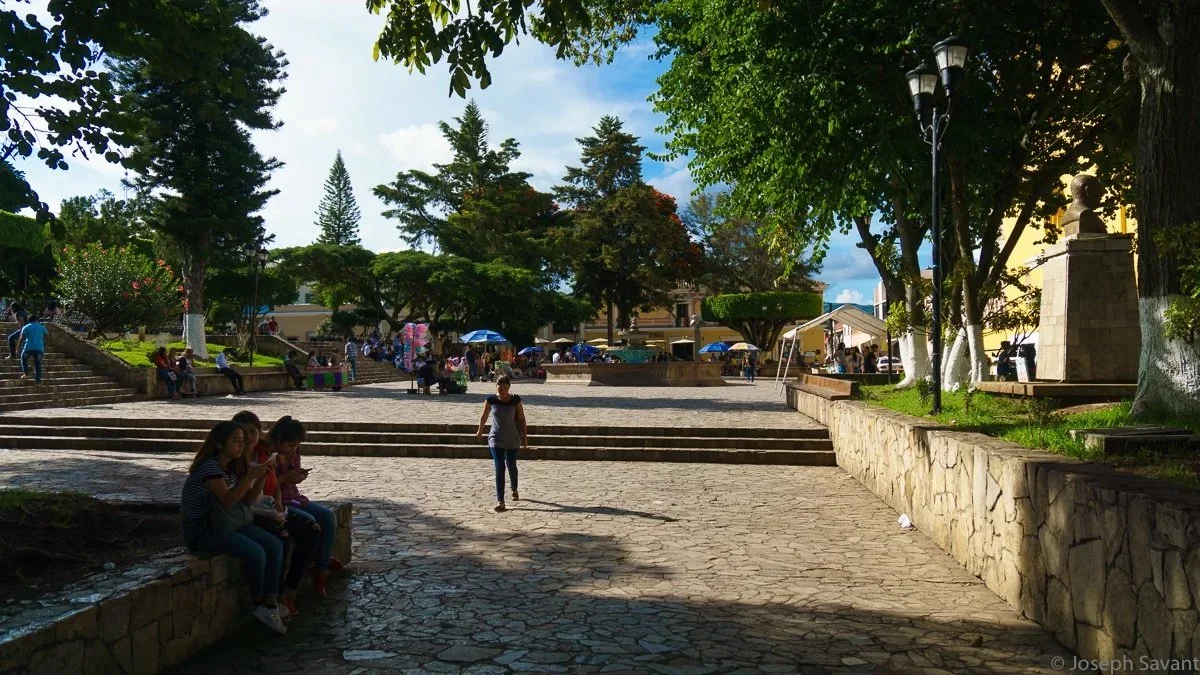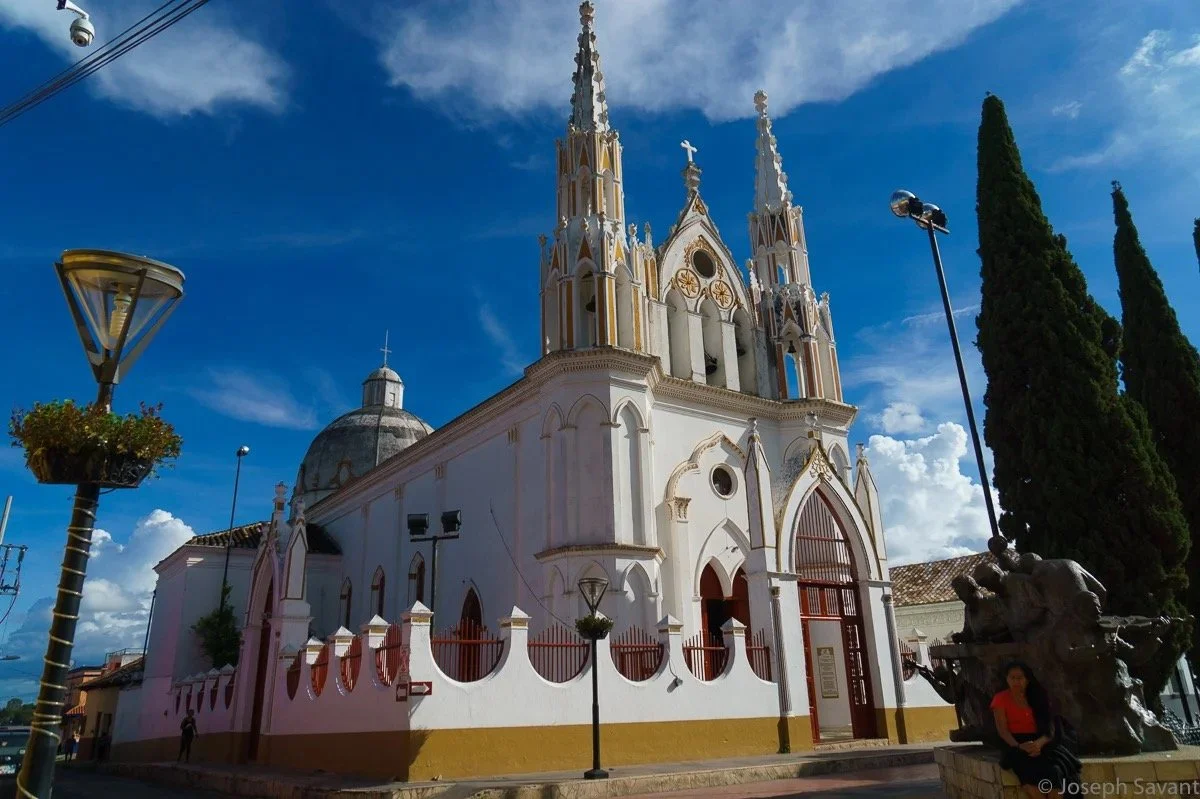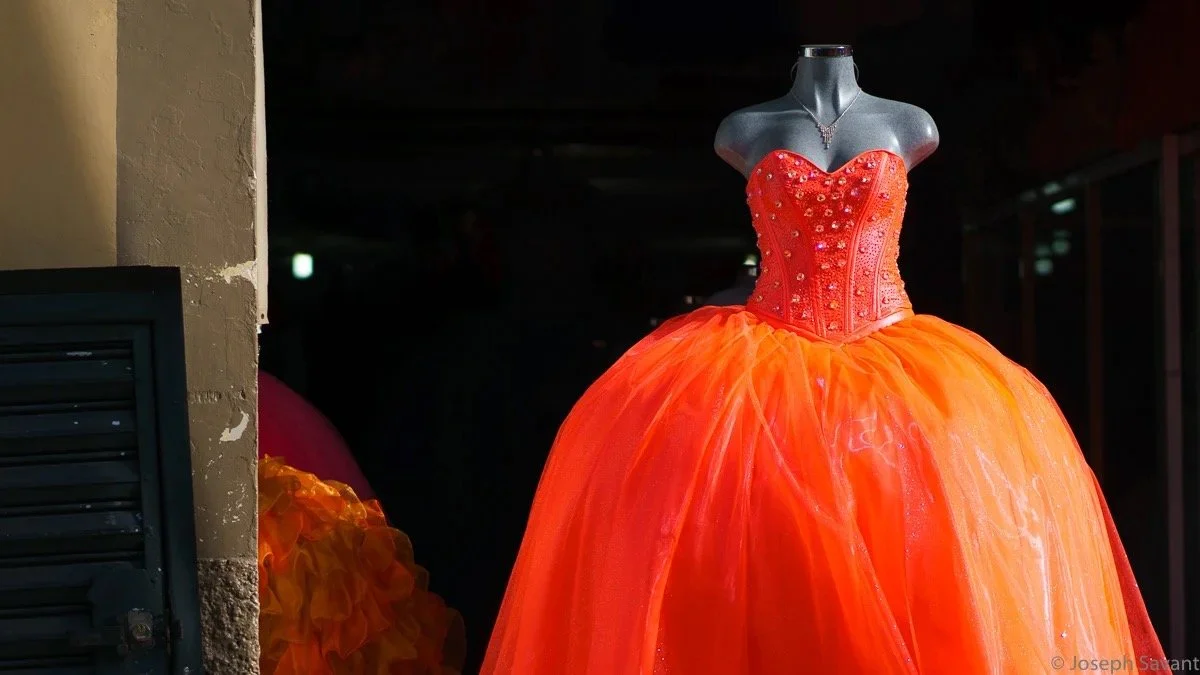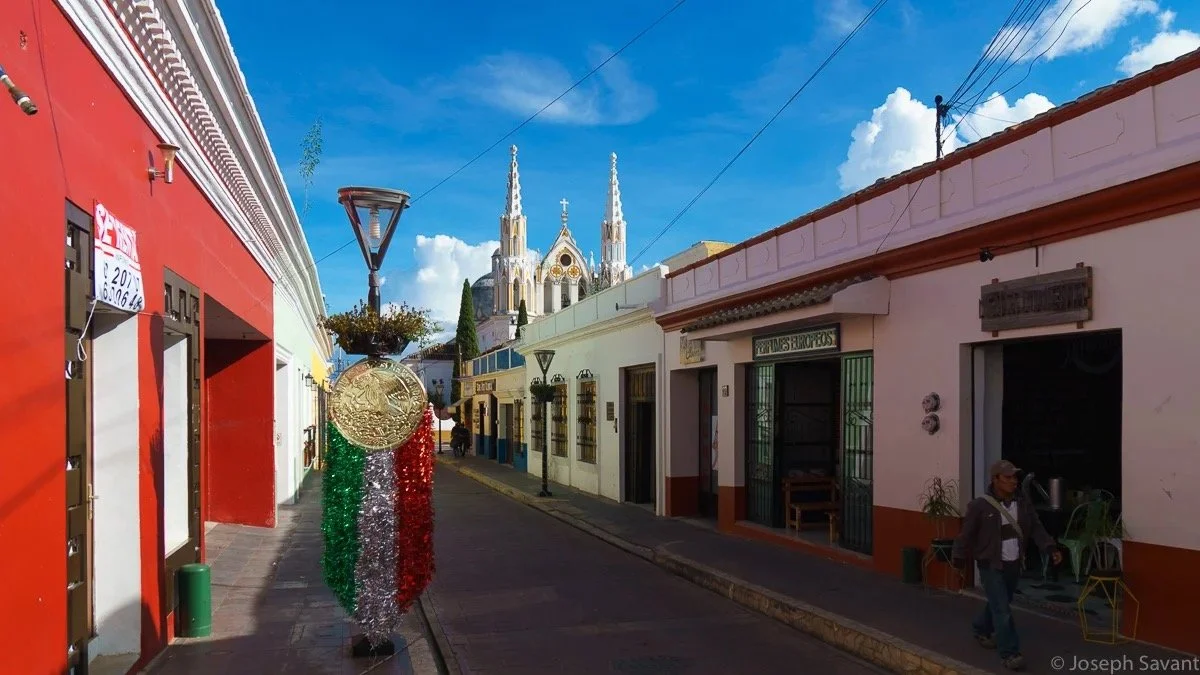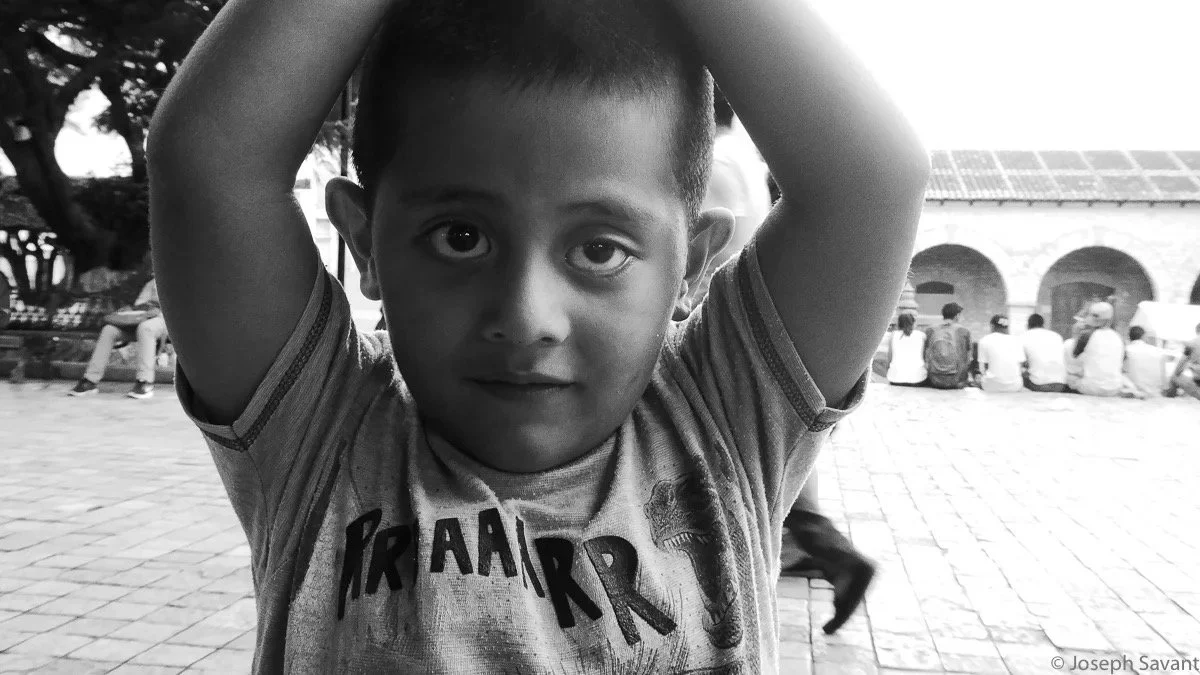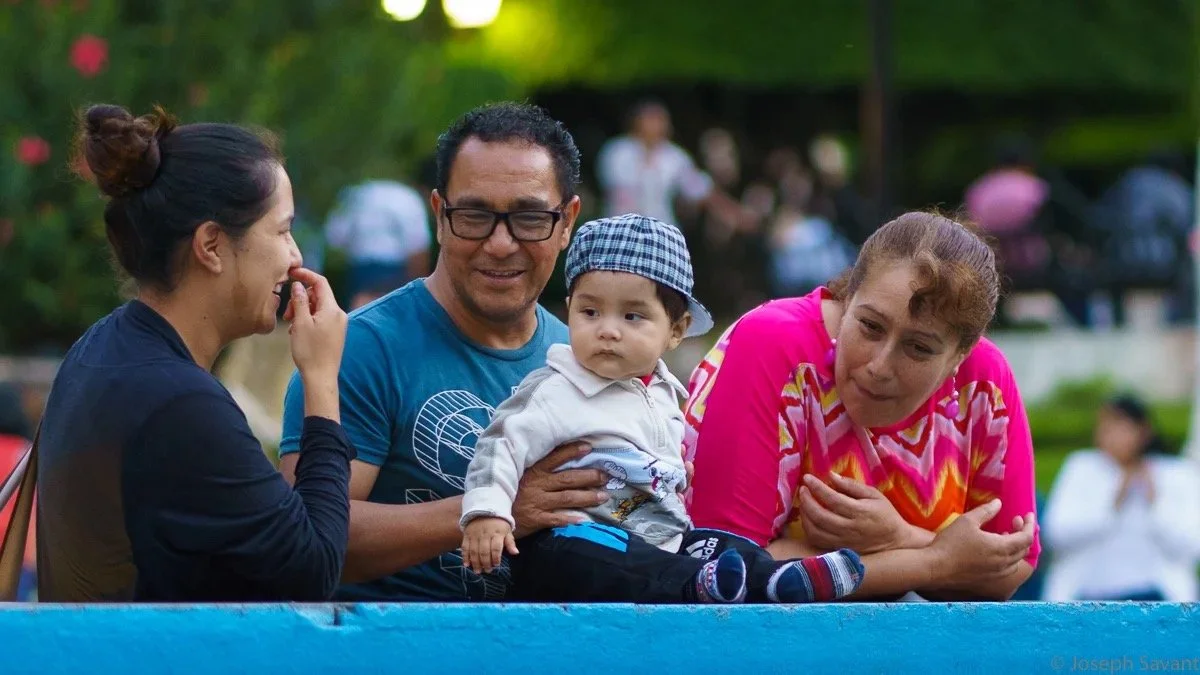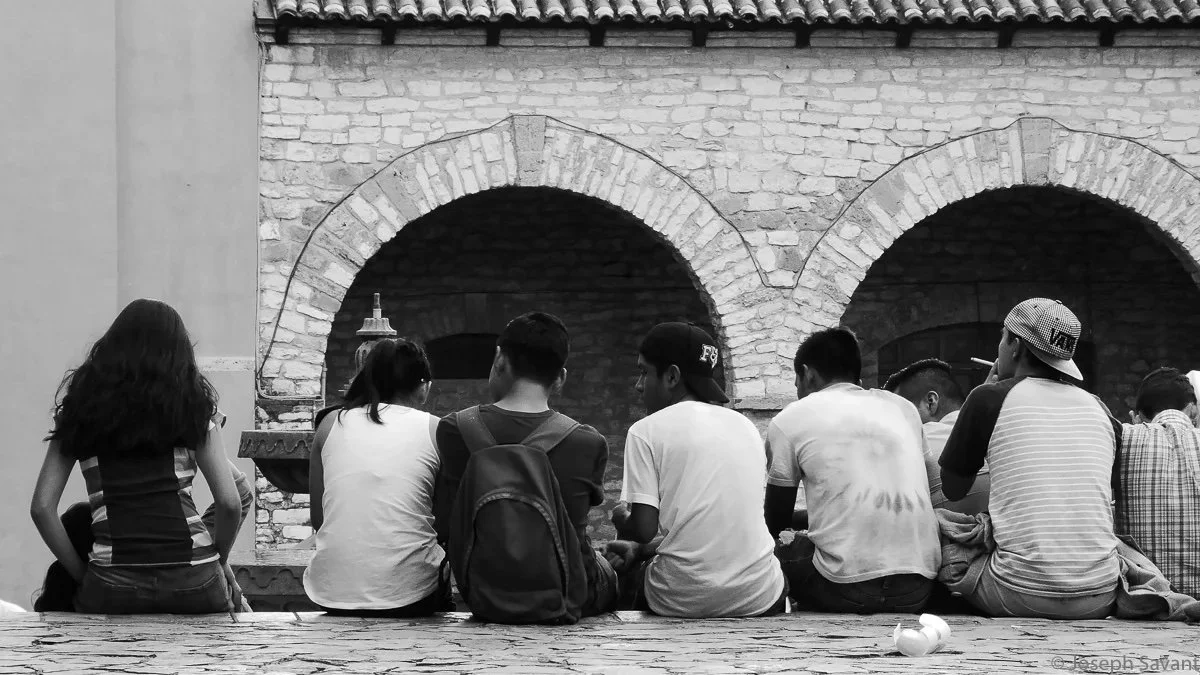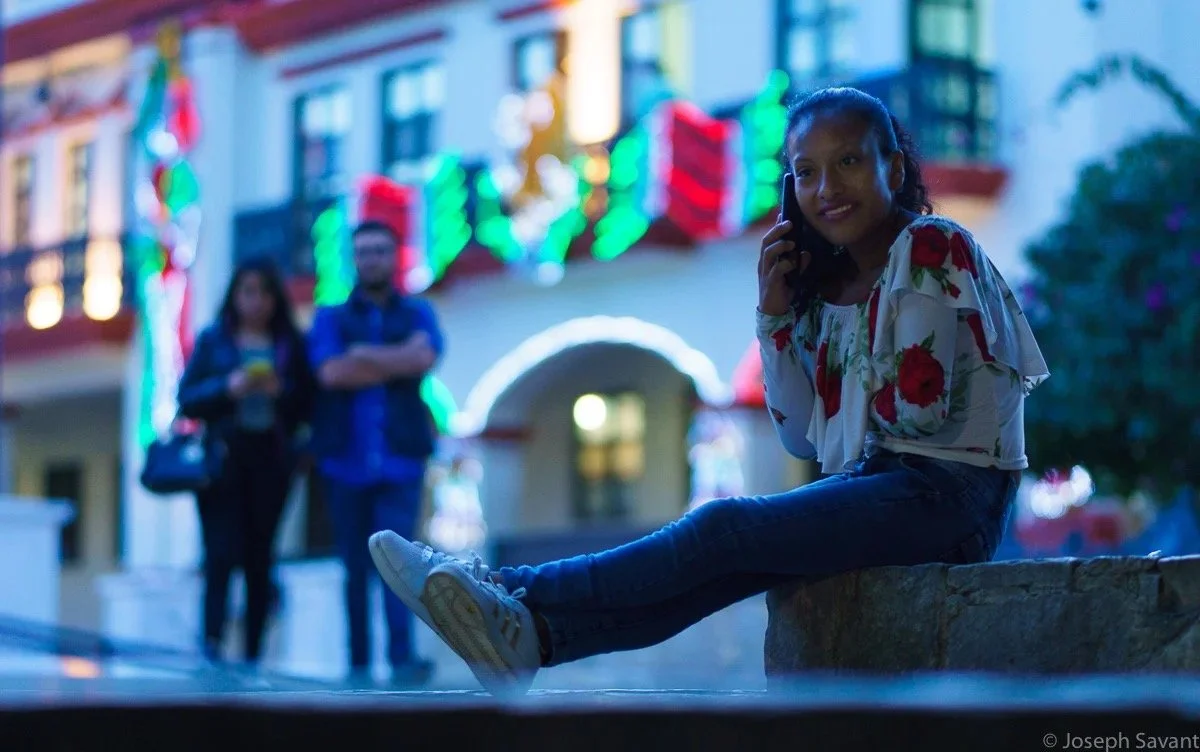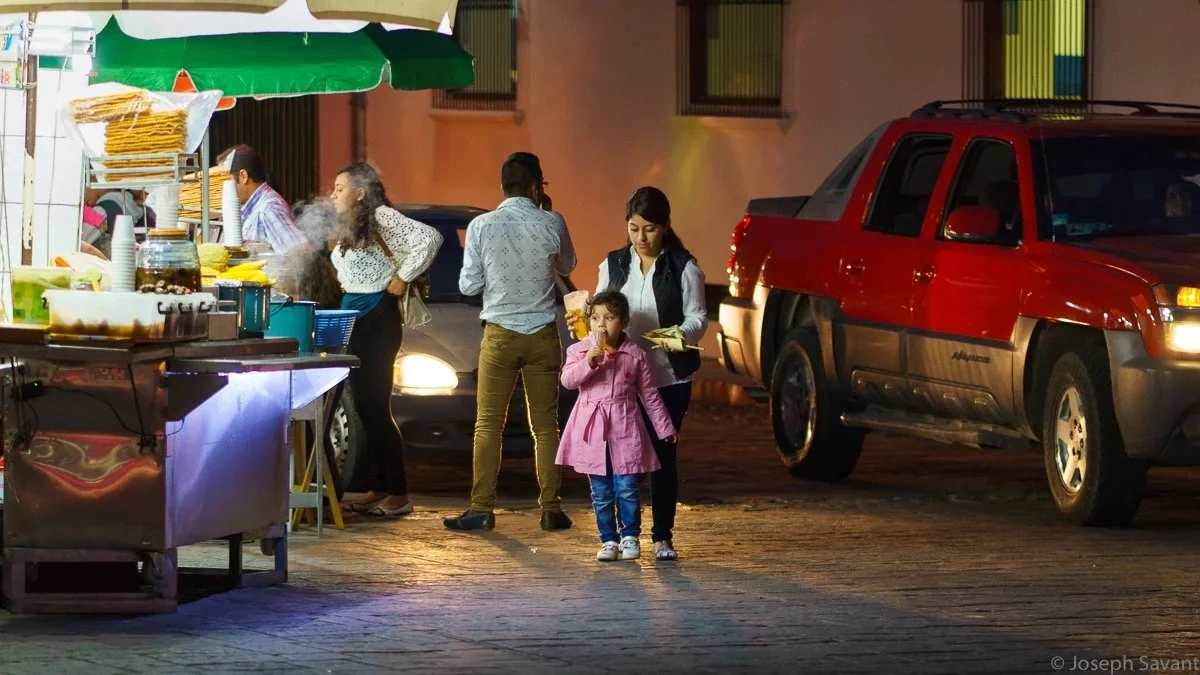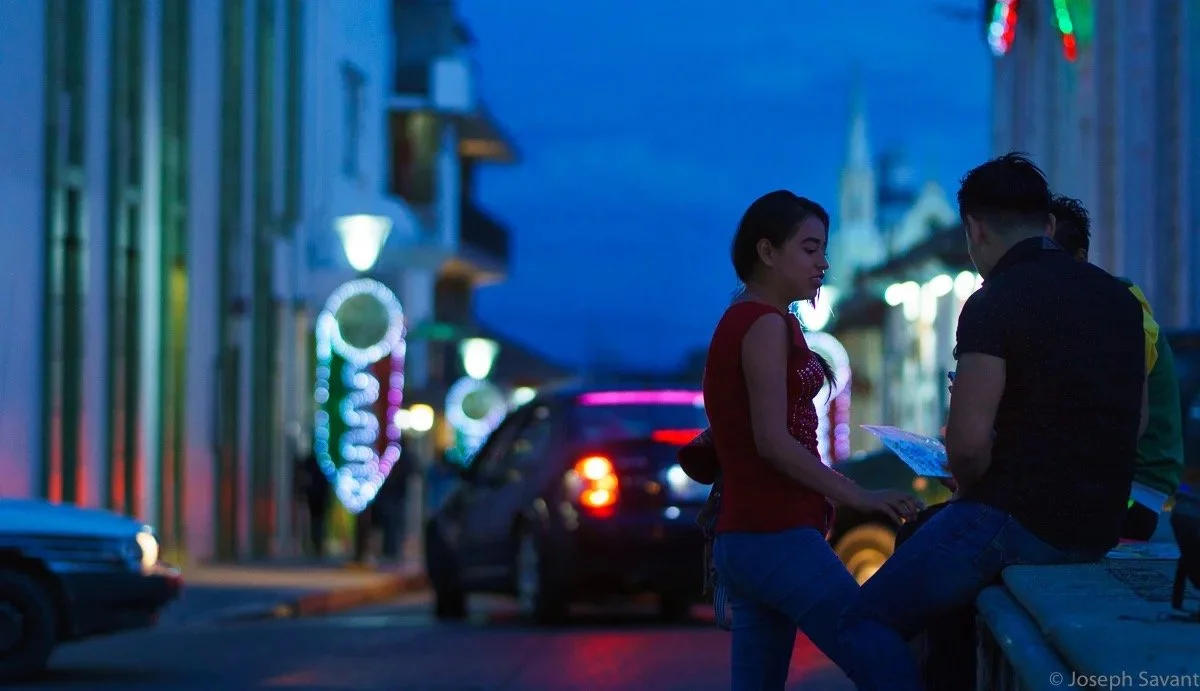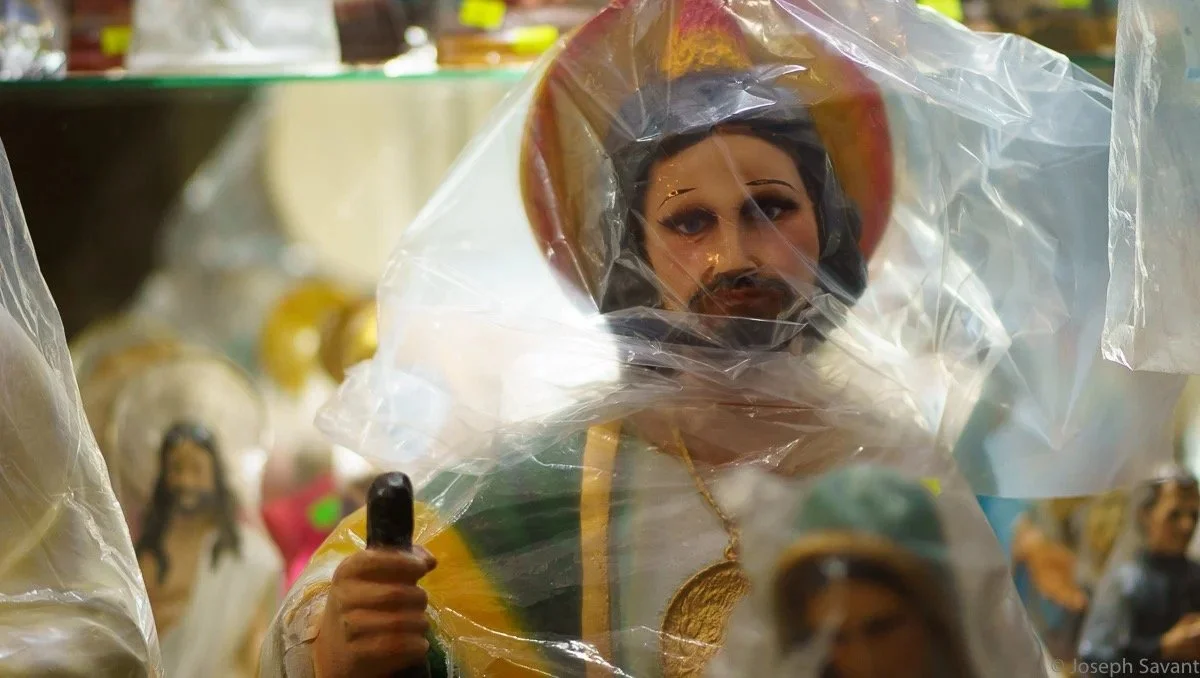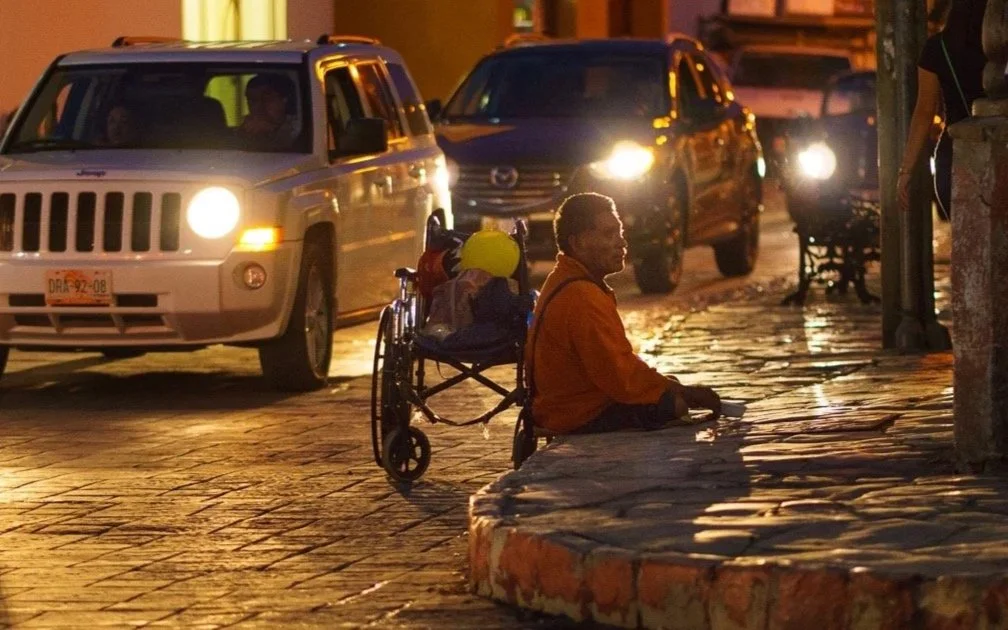9.07.2017
Despite having finished the recent 30,000 mile trip as well as multiple solo trips, I still experience a case of nerves before each departure. I'd returned from Mexico due to my mother falling deathly ill, and spent the summer in Dallas, watching her health slowly improve. Going from a daily life of motorcycle travel in beautiful landscapes to a sudden situation of caretaker in a large city wasn't easy, but I was glad of the outcome.
For me, the unfortunate downside of having spare time means that I have an opportunity to overthink, over-prepare and over-pack. The premise of heading into multiple countries for a long period, facing everything from jungle heat and rains to mountain temperatures and snow, as well as highly remote areas, means much more than normal must be carried. Additional clothing, parts, tools and other items are needed, but the space on a motorcycle has limits, not only for the space but more importantly weight. I am a minimalist when it comes to travel, with less truly being more. Many folks merely add more gear and more bags, strapping things all over their motorcycle until it is heavily overloaded and dangerous. All that gear can be vulnerable to street theft when stopped for a meal or a stretch of the legs and can be a burden physically and mentally.
I spent my preparation time ruthlessly editing gear, buying lighter and/or smaller, saving any degree of weight or space possible. Anything that could do double duty was substituted. For the first time I am carrying a large amount of photo gear rather than my typical small travel system, since this trip would probably never be repeated. I also wanted to carry camp gear, mainly for shelter if stranded. My bike has three hard locking cases and I wanted to try and get everything in them if possible. Surprisingly, I was able to, except the tent, which I put in a small waterproof duffle on the back seat. Despite this trip being the longest and most challenging I've ever faced, I must say it was probably the most minimally packed I've yet done. I brought more things than necessary, but then again I have no idea what daily use and routines will be. Thinning out gear always happens on a trip, so I'm sure a few things will be moved, tossed or donated along the way.
The deadline for leaving North America is usually around September, which without major delays will put you at the south tip of Argentina about February, which corresponds to July in North America. Ushuaia is roughly the equivalent of Alaska with ice and snow often arriving as early as March or early April. My mother's health was still an issue, and the need to get on the road was approaching fast. If I missed it, I'd have to postpone the trip a year, but I also didn't want to leave with her health so poor. She told me that I should go ahead and go as her health might stay stable for many months and one couldn't live life in a guessing game. The decision to go ahead with my trip was a difficult one, as I knew there was a real possibility she might not live. When I rode out the day of leaving, I felt no joy at what lay ahead, only concerns about the future.
From Dallas, I made my way south towards Laredo, seeing a few friends in Austin and San Antonio before stopping for a week in the tiny town of Dilley, Texas, south of San Antonio. My friend Hank, a world traveler and expert mechanic, has a BMW motorcycle repair shop called "MotoHank" located in the town. He serves many world motorcycle travelers who come through Laredo into the U.S.
Aside from our friendship, I wanted to have my bike checked over before embarking. After a new set of Heidenau tires, Hank checked the bike thoroughly since it now carried over 60,000 miles on the odometer, not exactly a new bike to head south on. I was disappointed to find the drive shaft was showing early signs of bearing failure, not to mention the repair and replacement cost, but I was also very glad a severe problem had been caught early.
After a few days of waiting out a hurricane in the tiny town of Dilley, I rolled onto Interstate 35 for Laredo and the crossing into Mexico. It felt good to be moving in the mid-sixties temperatures and sunshine of a rare cool day in the first week of September. The town of Cotulla and its mass of quickly built oil-boom hotels and restaurants slipped by as I settled into the rhythm of the road. The howl of the Heidenau tires rang in my ears until I passed through the magic 65 mph line where they go silent. I tried to block my thoughts of all that might lie ahead and just take in the day and weather. It's far too easy to let one's mind wander as to all the "what if's" that might lie ahead.
The exit for Texas Highway 255 finally came up after an hour of droning south past the endless flats of scrub mesquite. I'd decided to skip the long crossing lines in Laredo and go 25 miles north to the Colombia Solidarity Bridge crossing. The highway to Colombia has always been a toll road, but I was pleasantly surprised to see pieces of tape covering the word "toll"on every sign - an actual toll road that had paid for itself.
My decision to avoid the lines at Nuevo Laredo and go north to Colombia proved a good one. There were no people at the crossing, either coming in or going out. I paid the $3.50 bridge fee and headed across the muddy green Rio Grande bridge. Halfway over, I crossed the line into Mexico, making my adventure now "official."
Pulling under the inspection port on the Mexican side, I got my first red light and siren for inspection on any trip into Mexico. I climbed off the bike as the guard began a barrage of questions in Spanish, of which none I understood. I stuttered back "no hablo Espanol." He pointed to each locked case for me to open as he continued speaking Spanish. I wasn't sure what he was saying, so I randomly replied "Argentina", assuming he was asking where I was going. His eyes got wide and he shook his head as if I were crazy.
I pointed to myself and said "gringo loco". He didn't respond but tapped on my duffel and asked about it. I couldn't think of the word for "tent" so I just said "camping". He stared for a bit, then lost interest with a "bueno" and turned away just as the inspection alarm went off again. In the inspection port, there stood an identical red BMW R1200GS Adventure like mine. The guard spun back around and looked at me like "What?", doing a double take at each of us again. I shrugged and made a goofy face, then headed inside for the Inmigración and Aduana process. It was quick and easy. I got my passport stamped and entry visa paid, then paid my motorcycle deposit and was on the road in about 15 minutes.
For anyone entering Mexico, if you can get to the Aduana in Nuevo Laredo before 9 am, the lines are reasonable, but if not, consider the Colombia crossing about 30 miles north of Laredo. It adds about 30 minutes each way, but bypasses the craziness of Nuevo Laredo and the hour or two it sometimes takes in the lines. Many times I have been through that crossing and there have been little or no people, except on holidays.
If you've never done it before, the entry process into Mexico is as follows:
Go to Inmigración first, present your passport, fill out the visa form you receive, return it to an immigration officer. He gives it back. Next, you take the immigration form, your passport, vehicle title (and/or registration), and driver's license to the little combination snack & copy kiosk. Pay for copies with a few pesos. Next, take the copies and originals over to the Aduana window. You'll pay a $400 deposit for the motorcycle ($200 if it's pre-2000) which is refunded upon exiting out of the country, plus $29 fee, then $52 for the tourist visa. Credit cards are accepted other than for the copies. You will receive paperwork and a windshield sticker. Keep every scrap of paper. The windshield sticker is supposed to be placed on the bike windshield, HOWEVER, I have been told by other experienced travelers to simply leave it off, as it immediately and easily identifies you as a foreigner. I never put my sticker on, and have never been asked at any checkpoint. Take the payment receipts back to Inmigración for proof of payment. The officer will give you the lower portion of the visa form.
The process is "similar" at each crossing but can differ depending on crossing and officers. Recently at both Laredo and Colombia, they've been demanding vehicle registration and NOT a title, turning away those without. I always carry my title and registration. Today however, they didn't even mention registration. Such is Mexico.
Santiago, a quiet little "Pueblo Magico" south of Monterrey, was my destination for the night. It is the right distance for a full day's ride from Laredo. It is a pleasant and serene town, surrounded by mountains and a great place to spend a night or two. From Santiago you can either head due south towards Vera Cruz along the coast, or go west on some fantastic twisting roads across the mountains to the western high desert.

